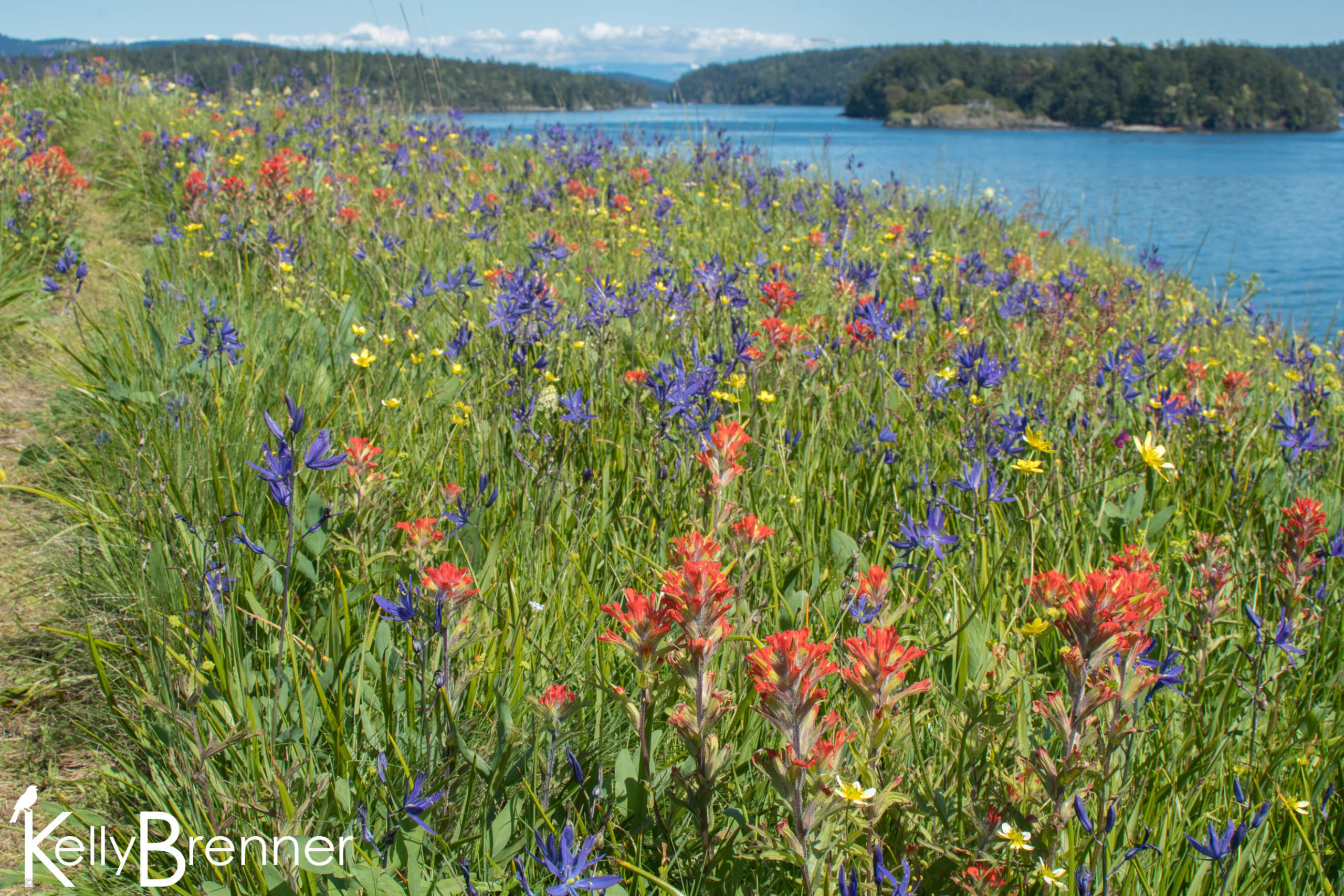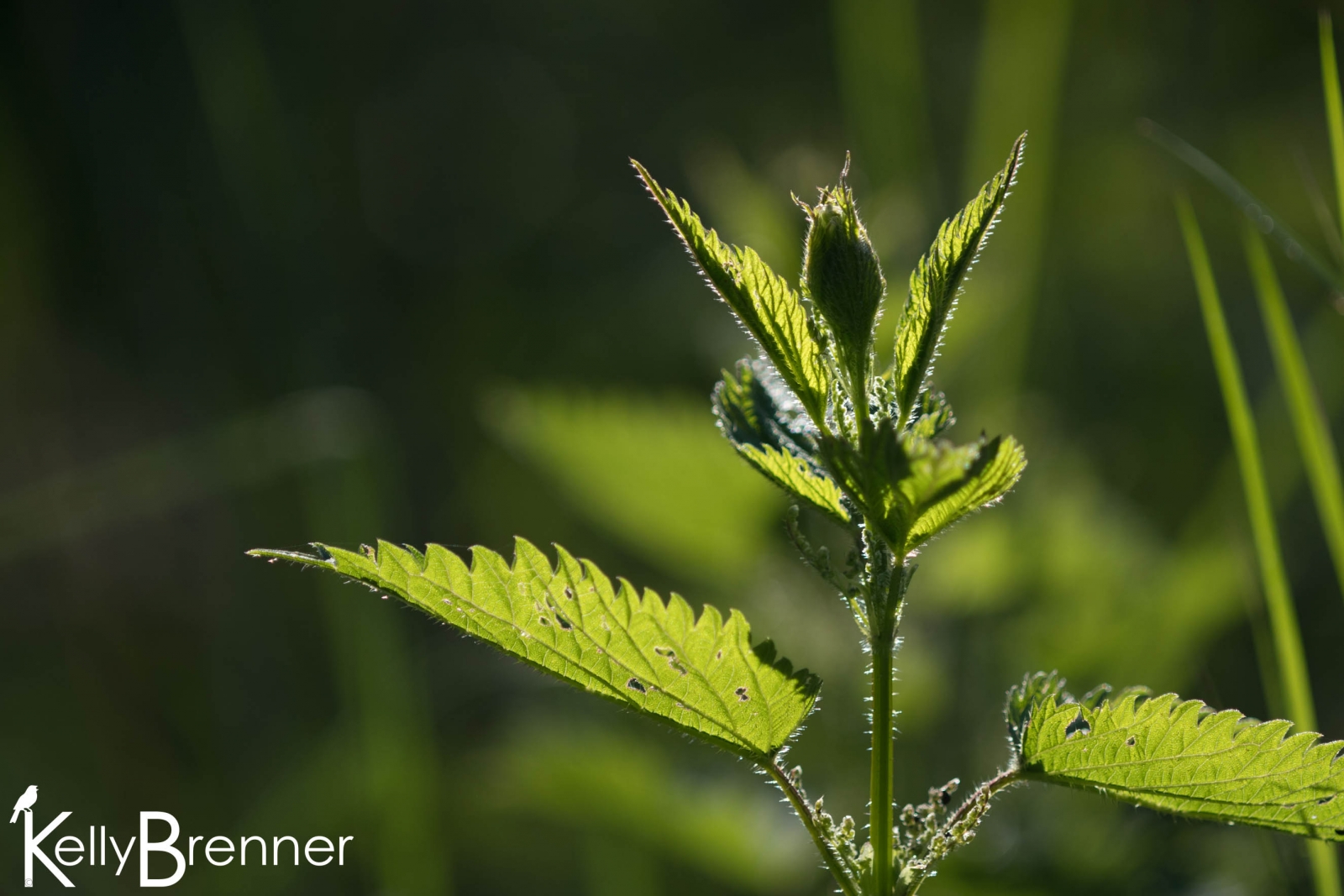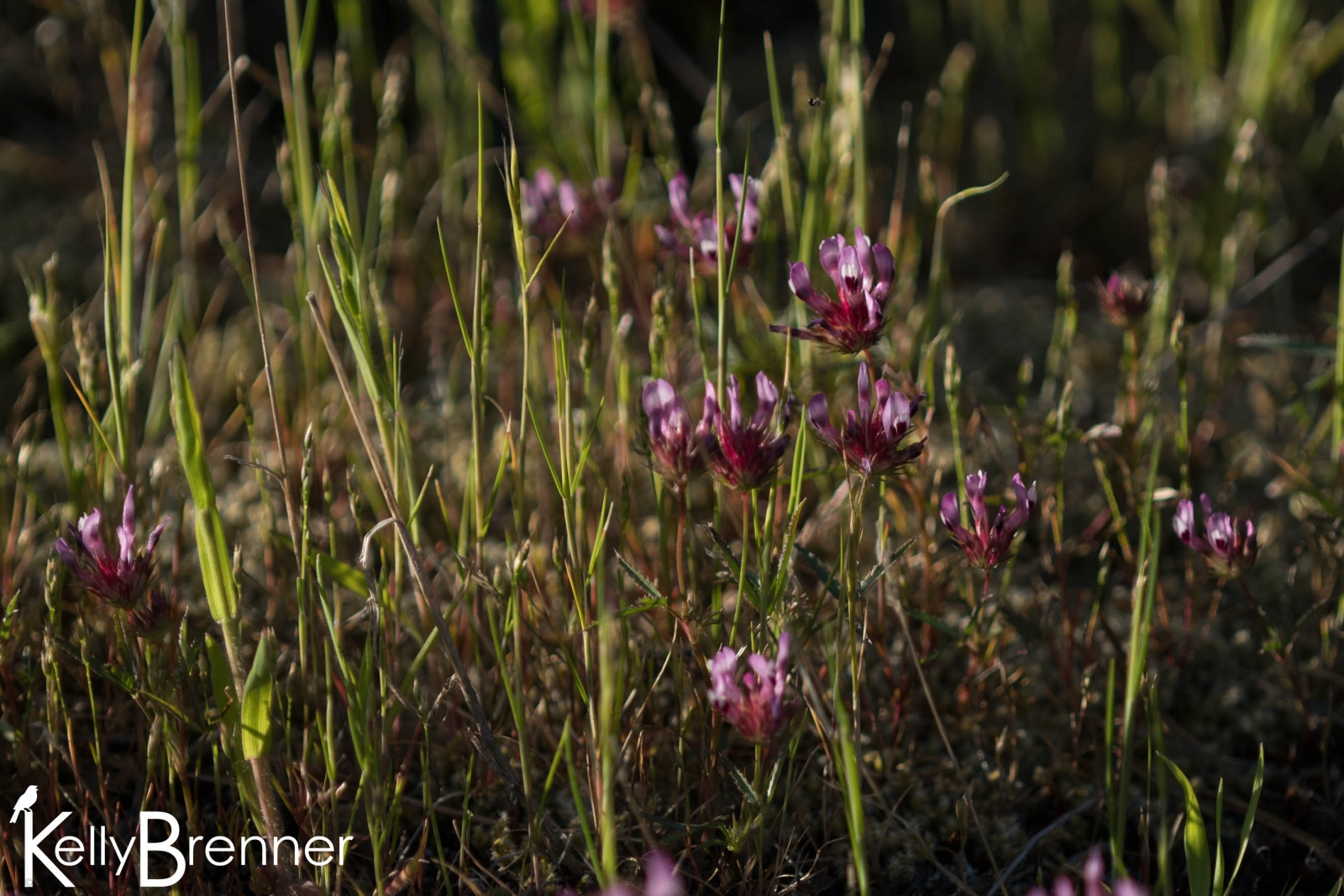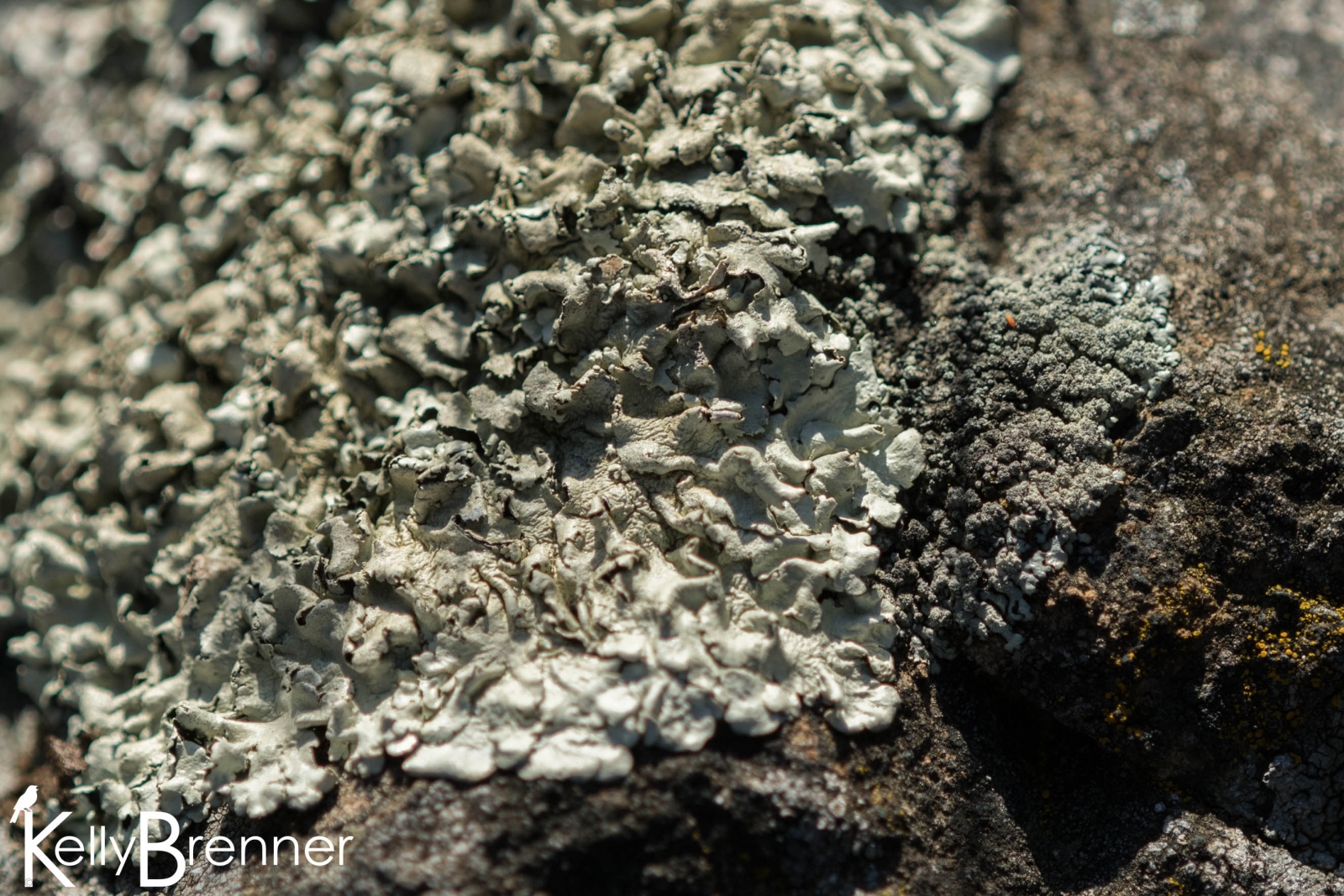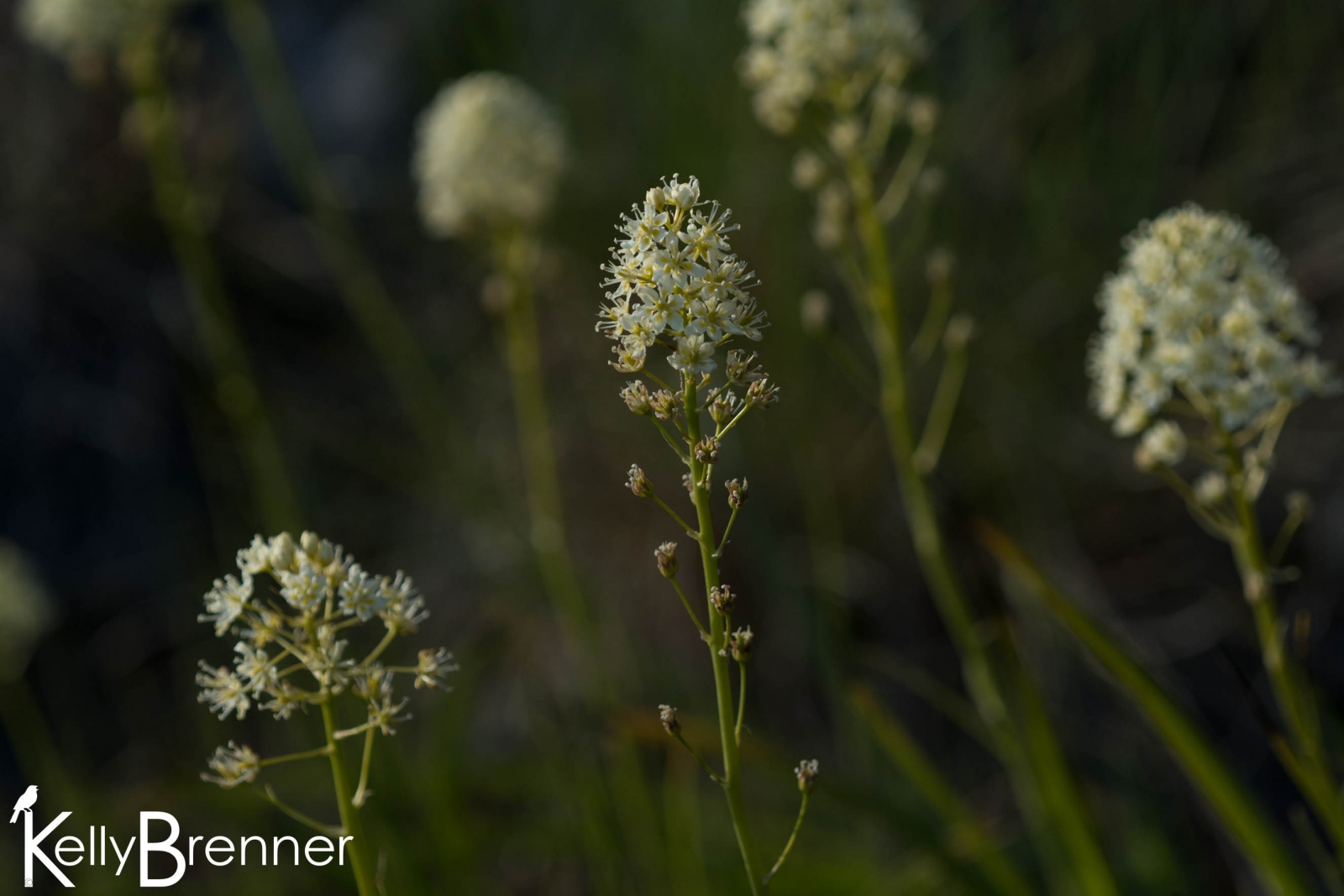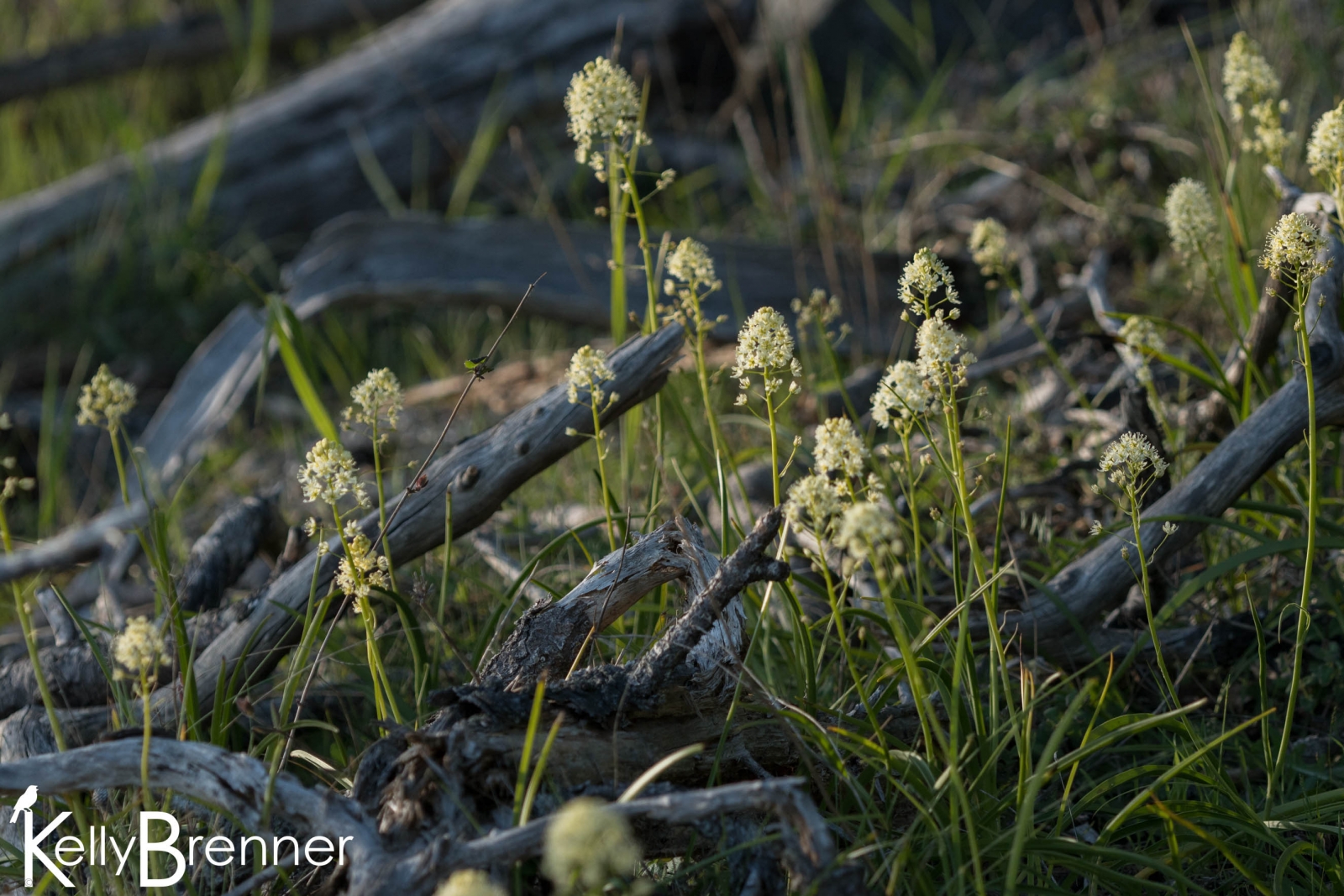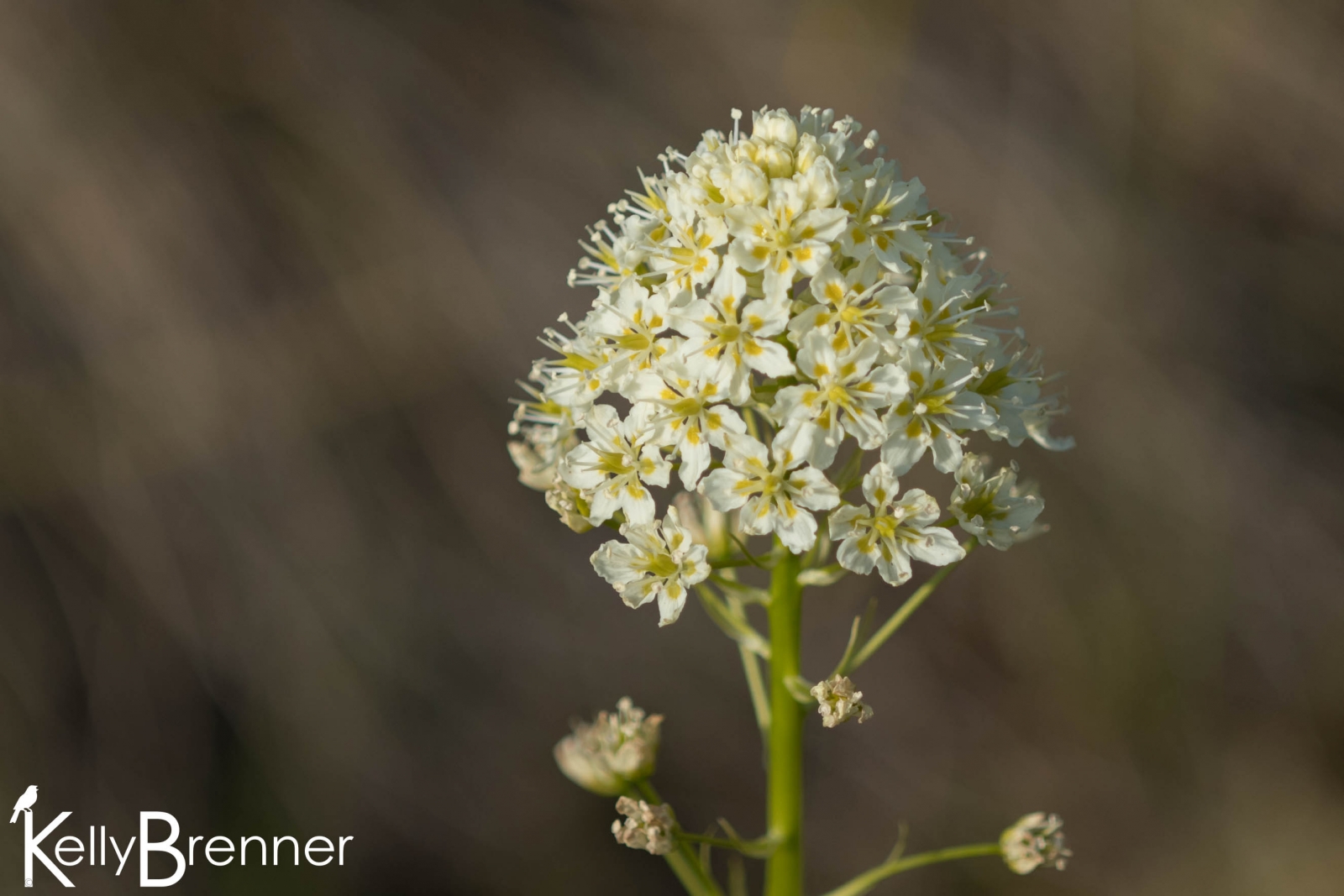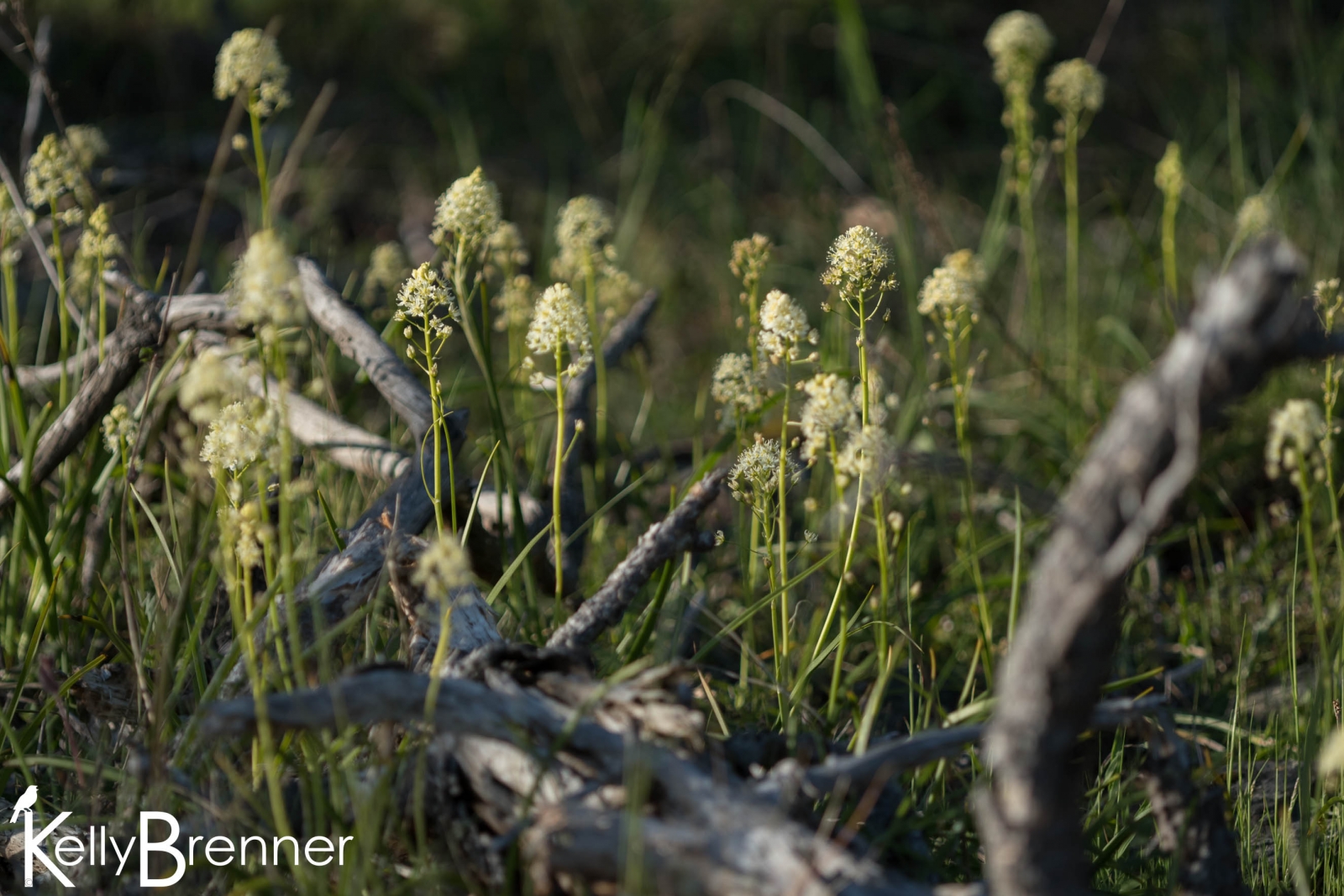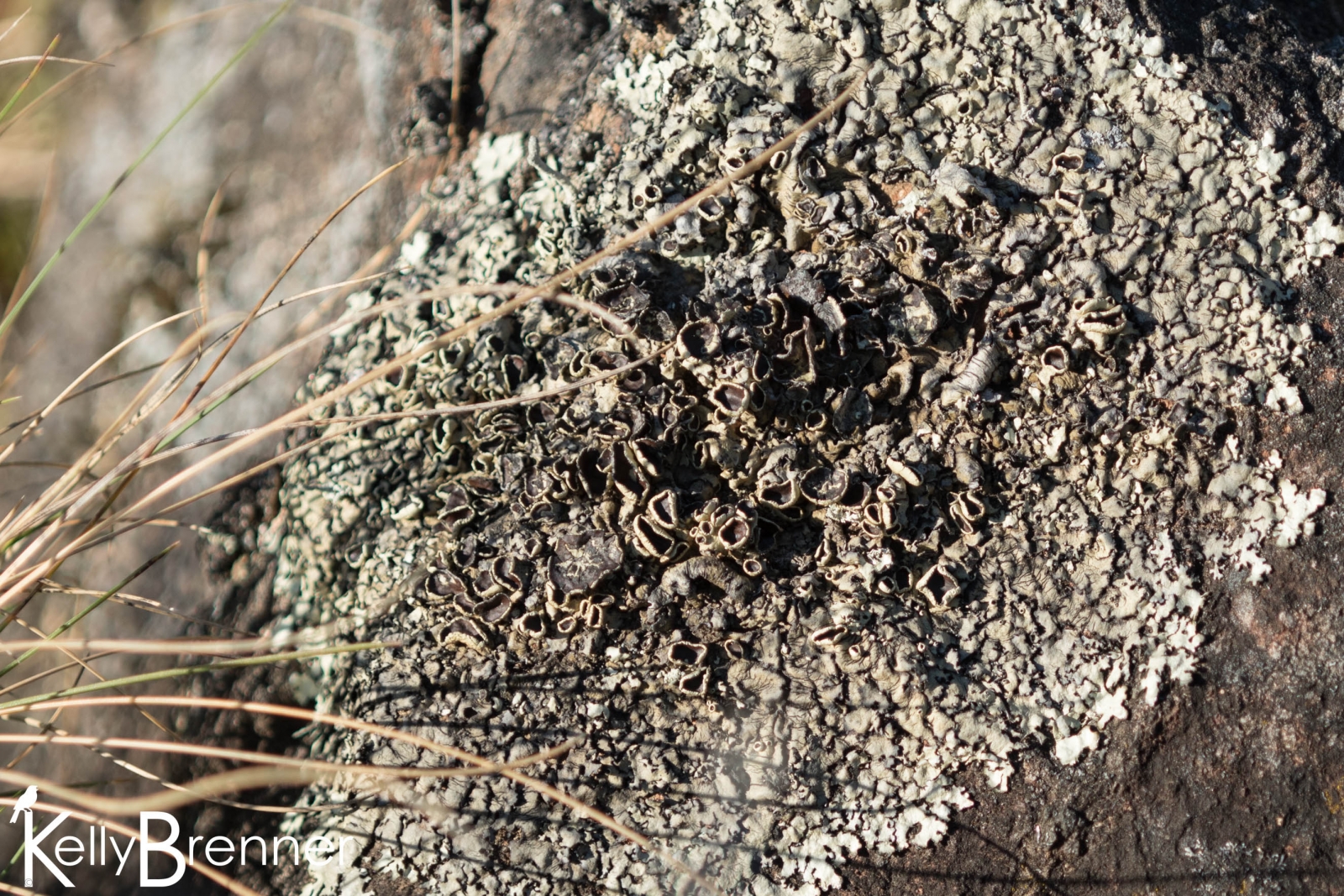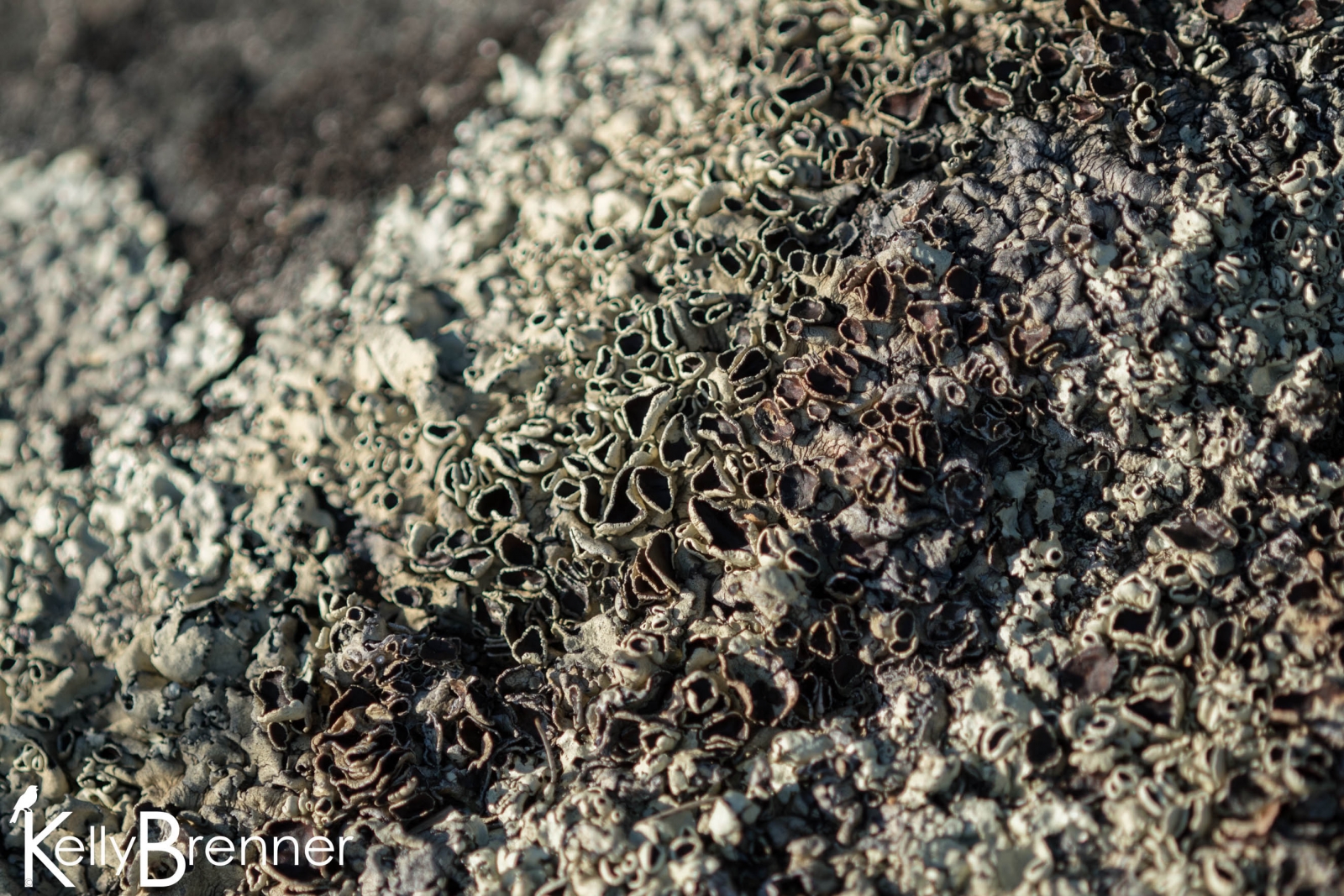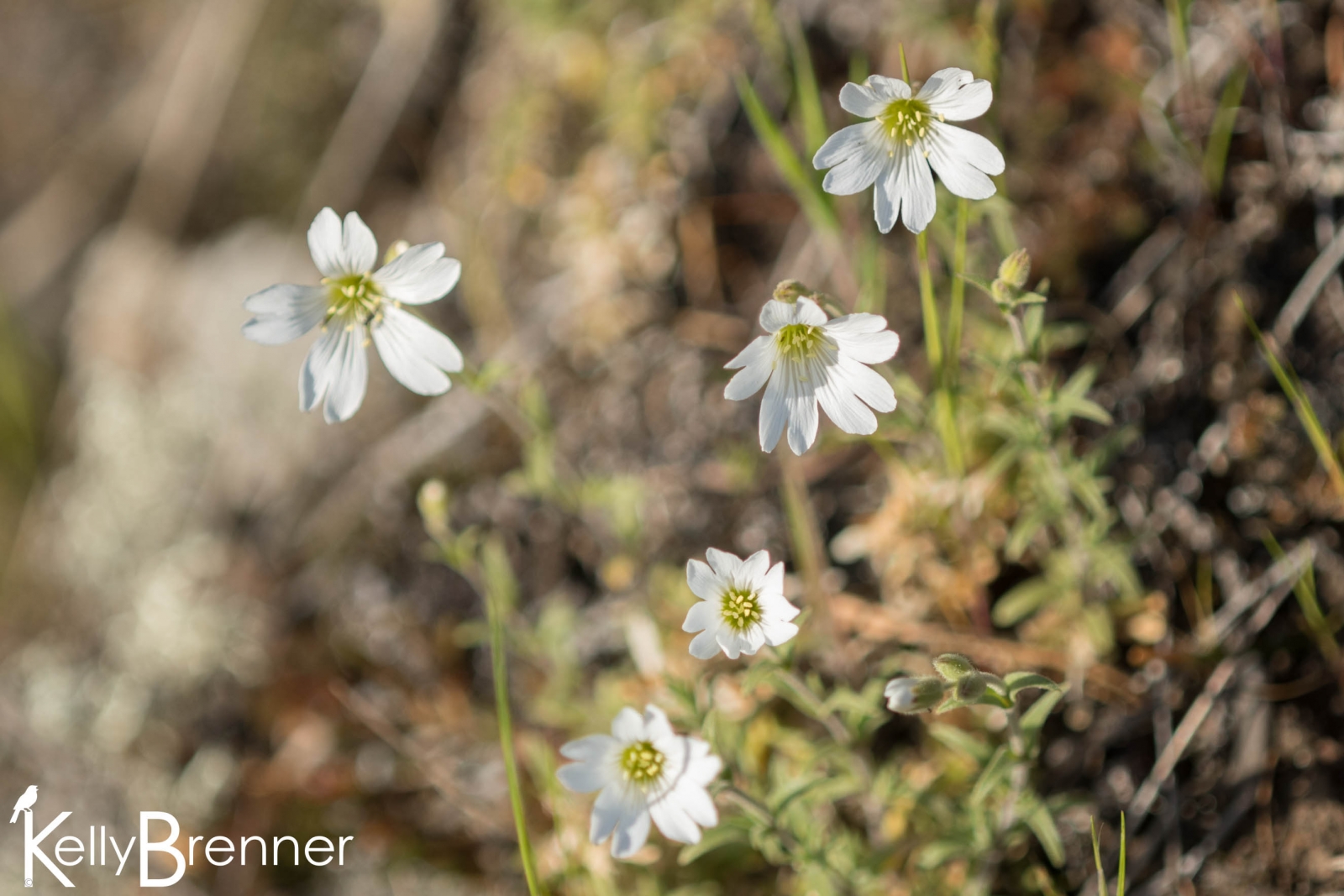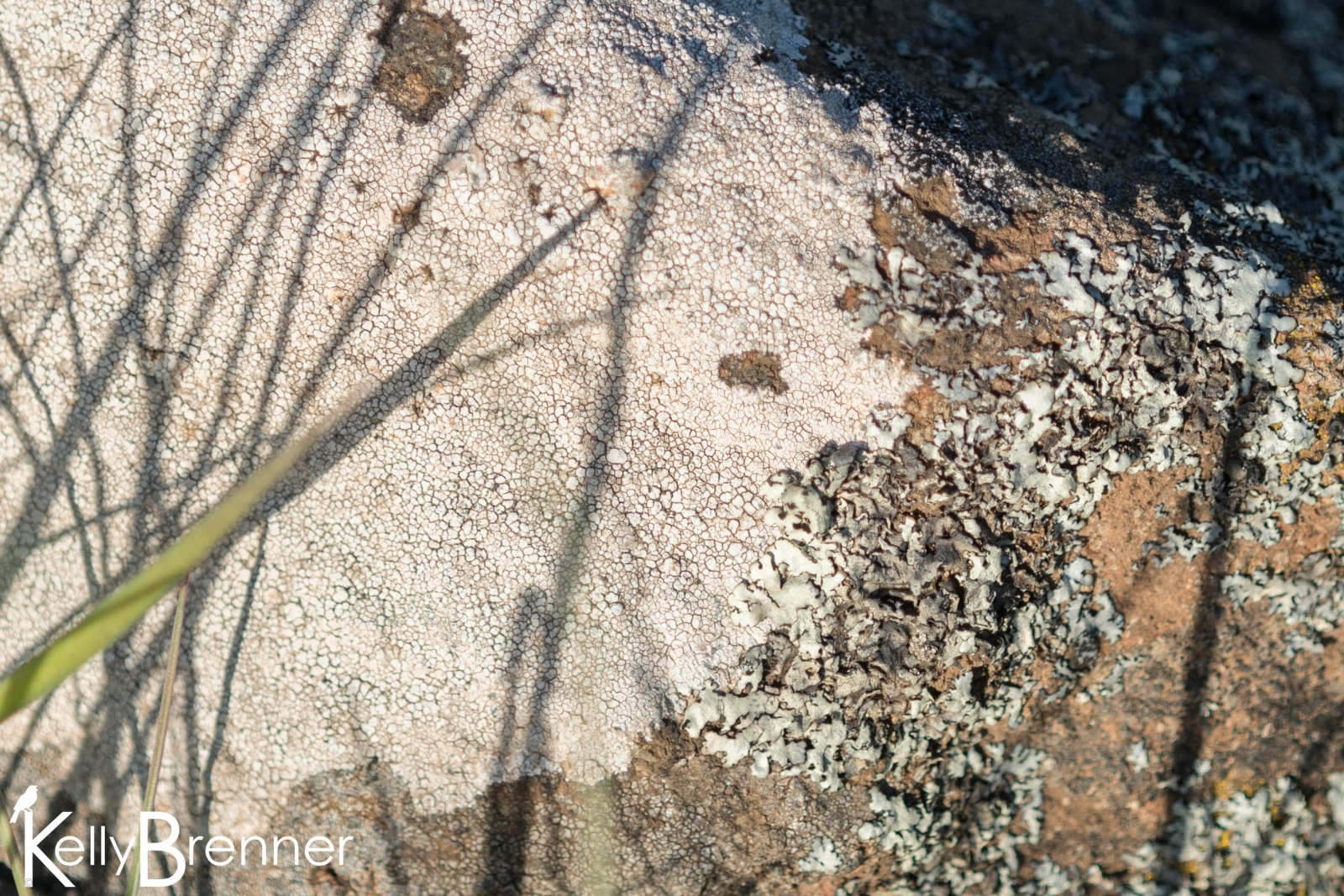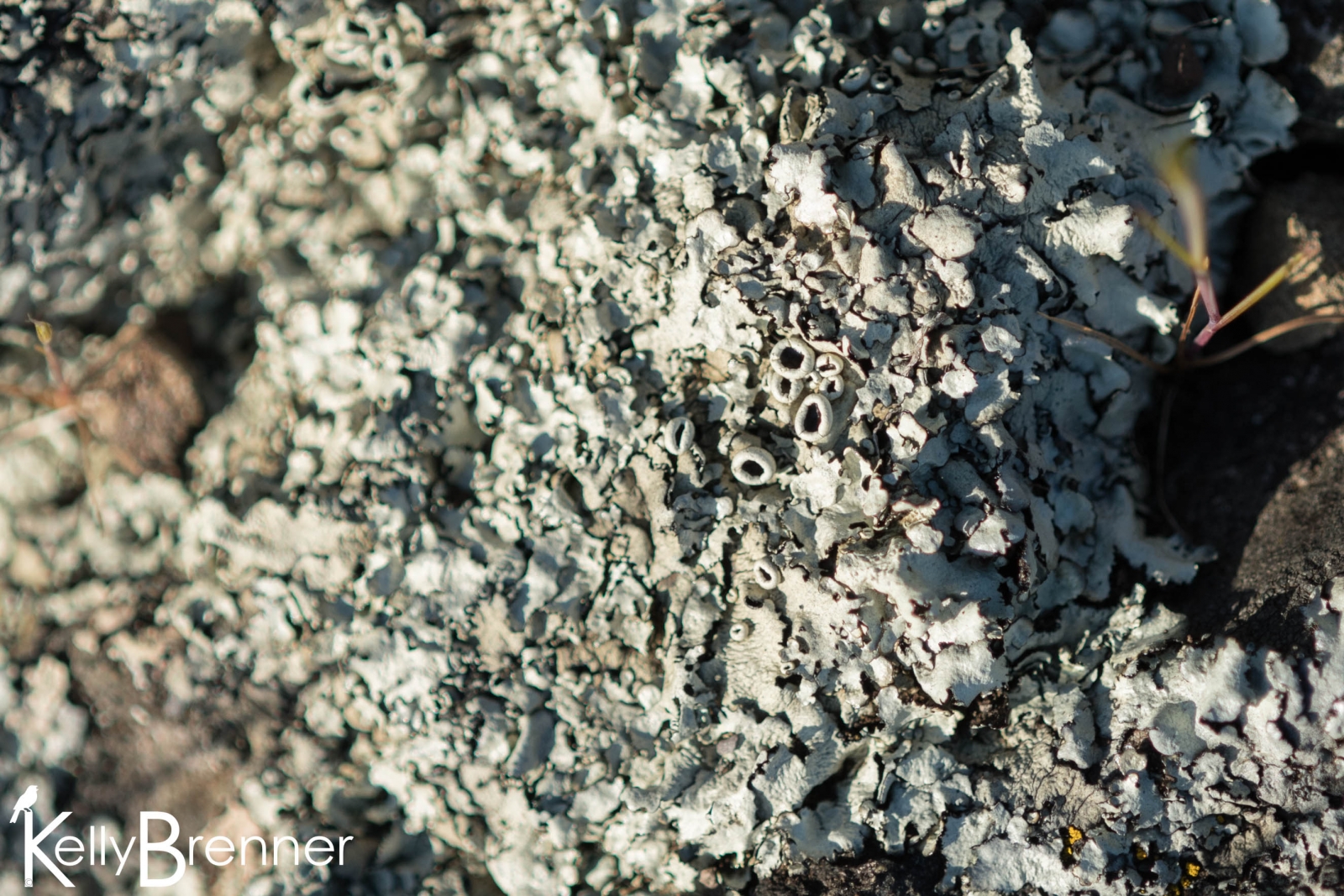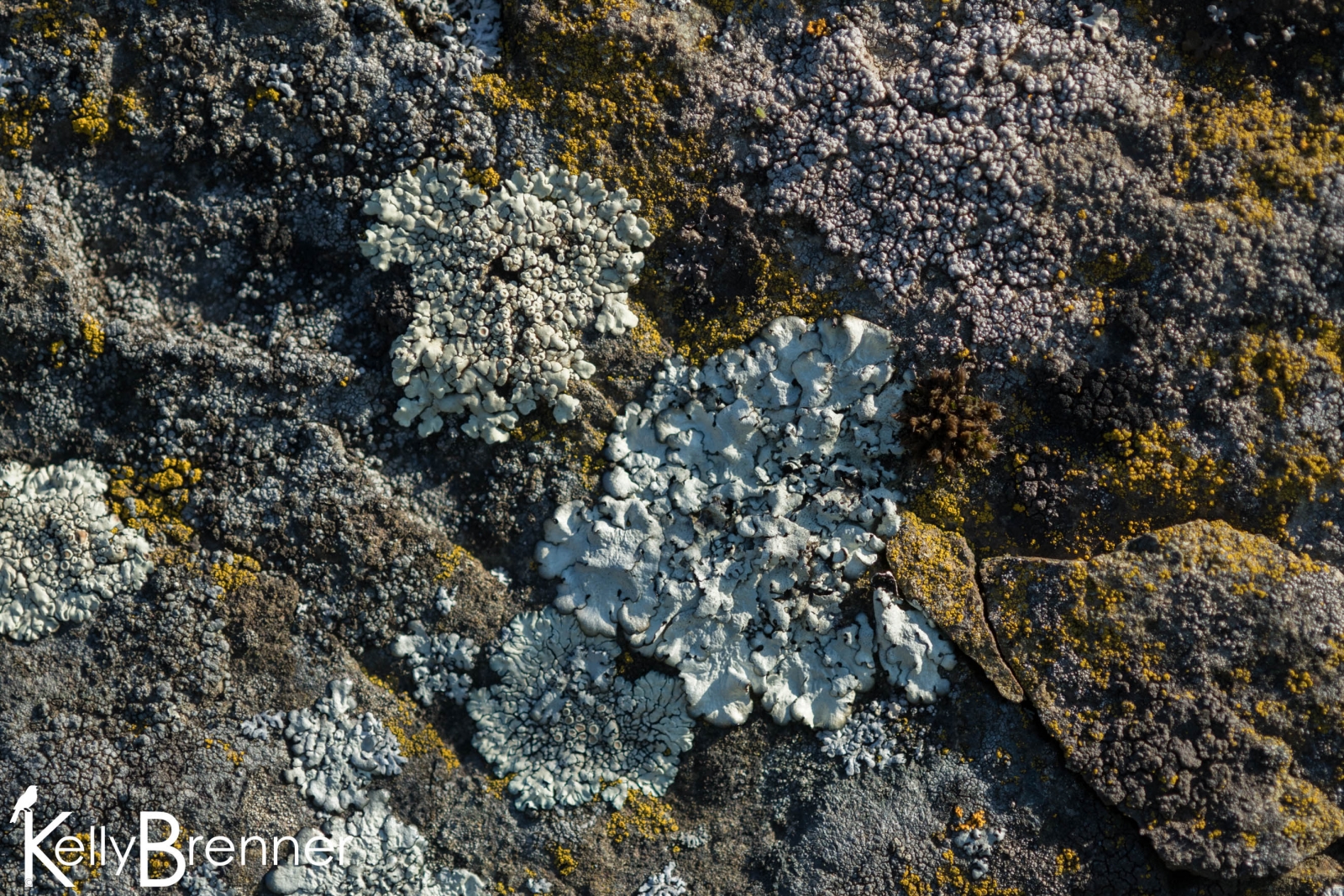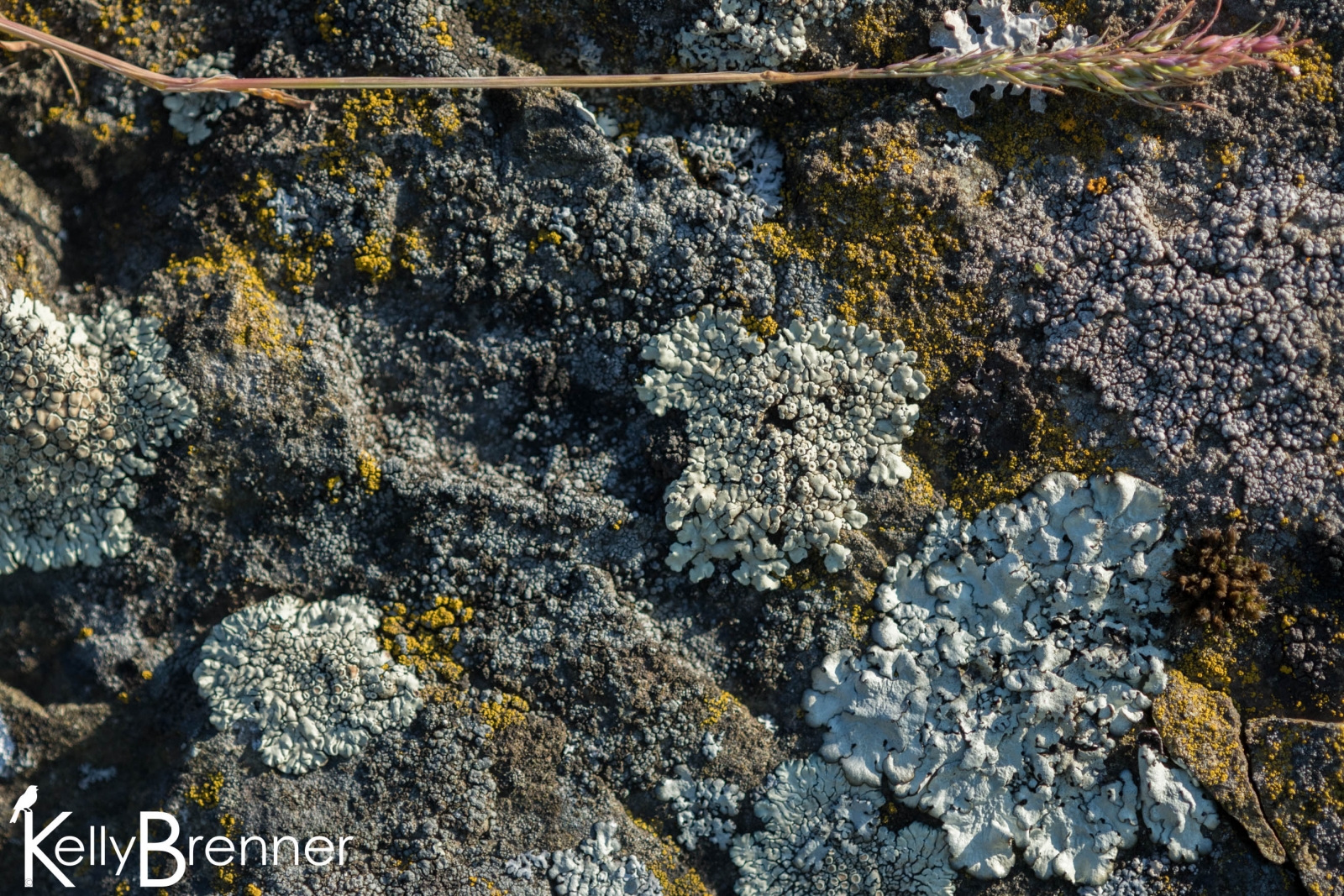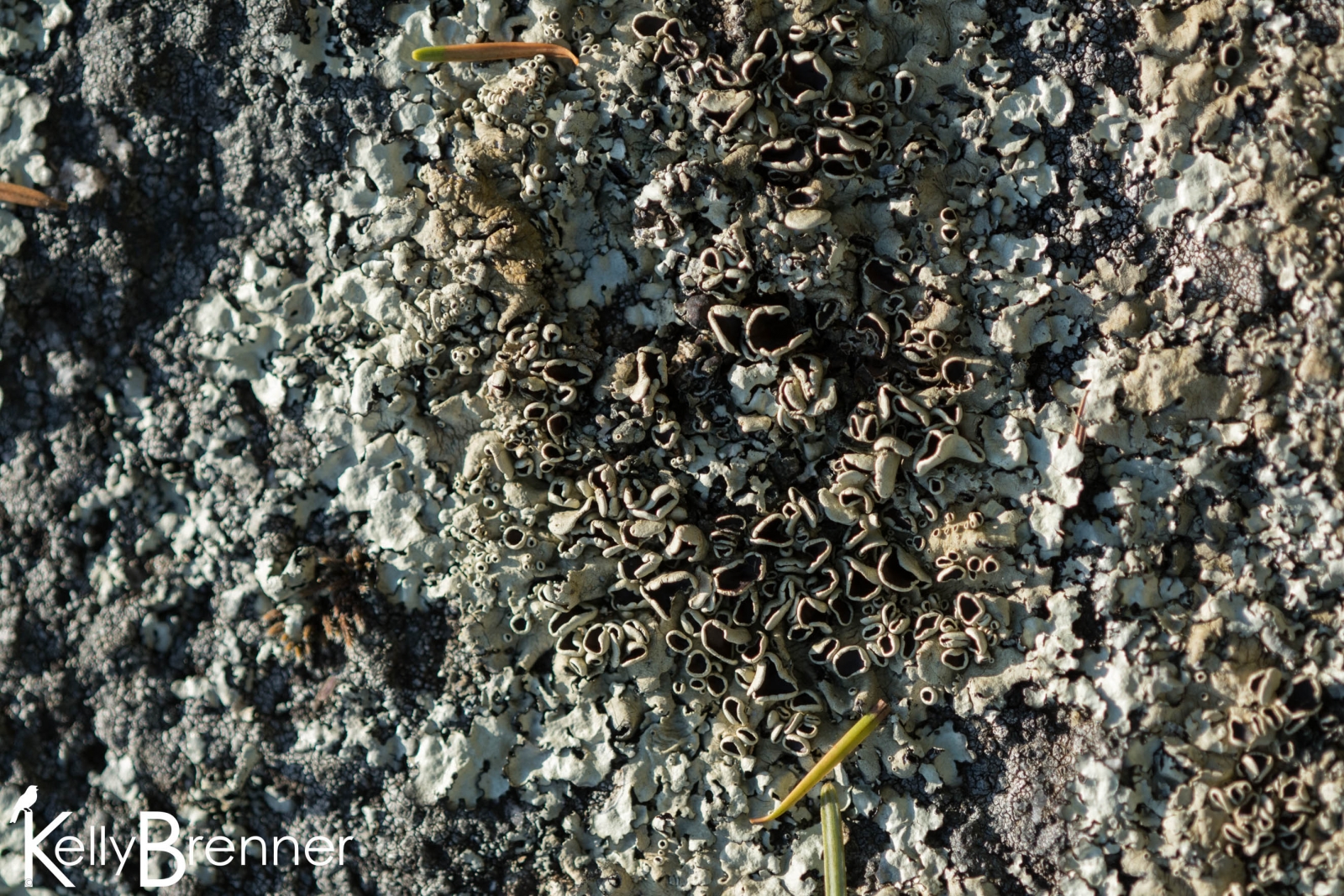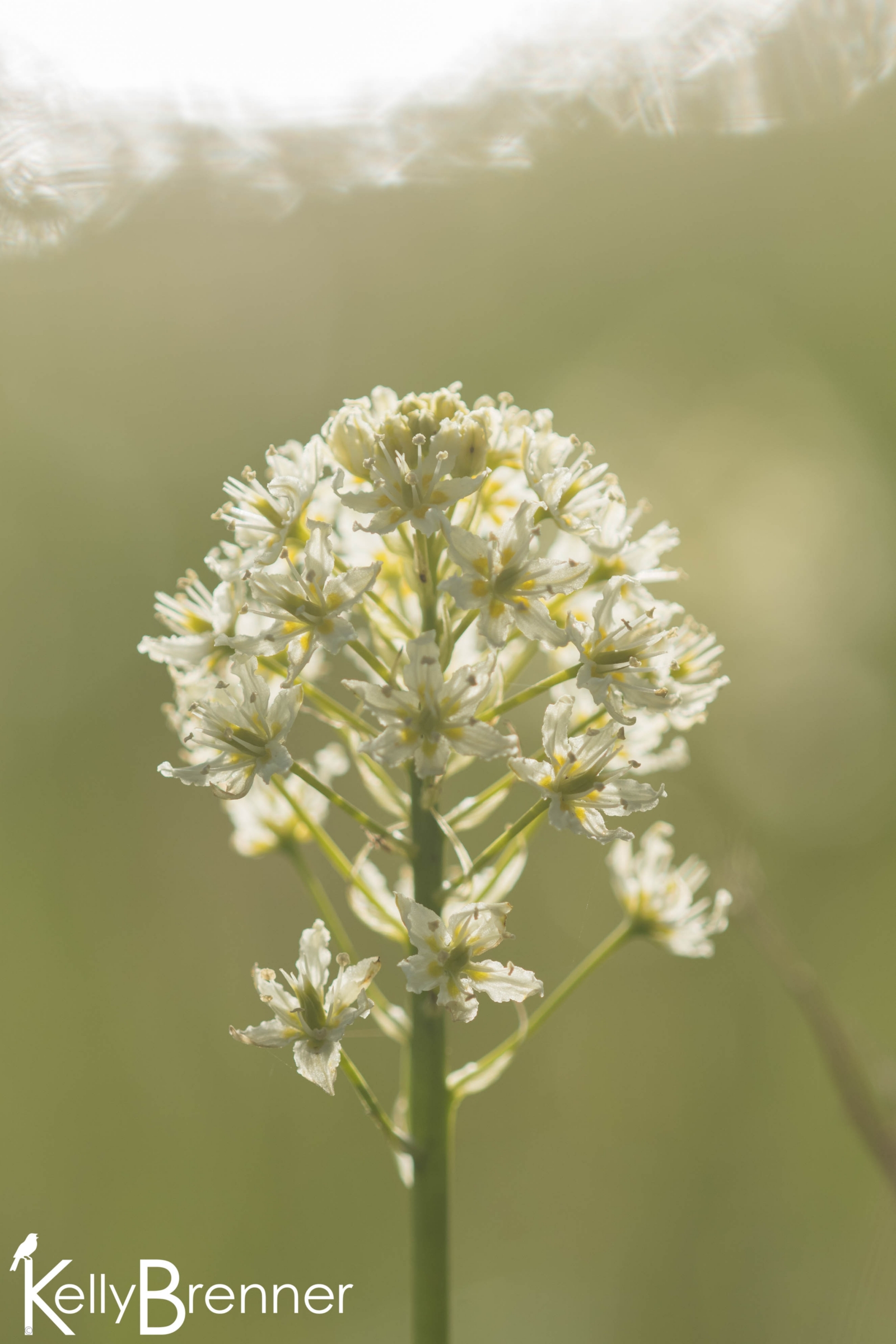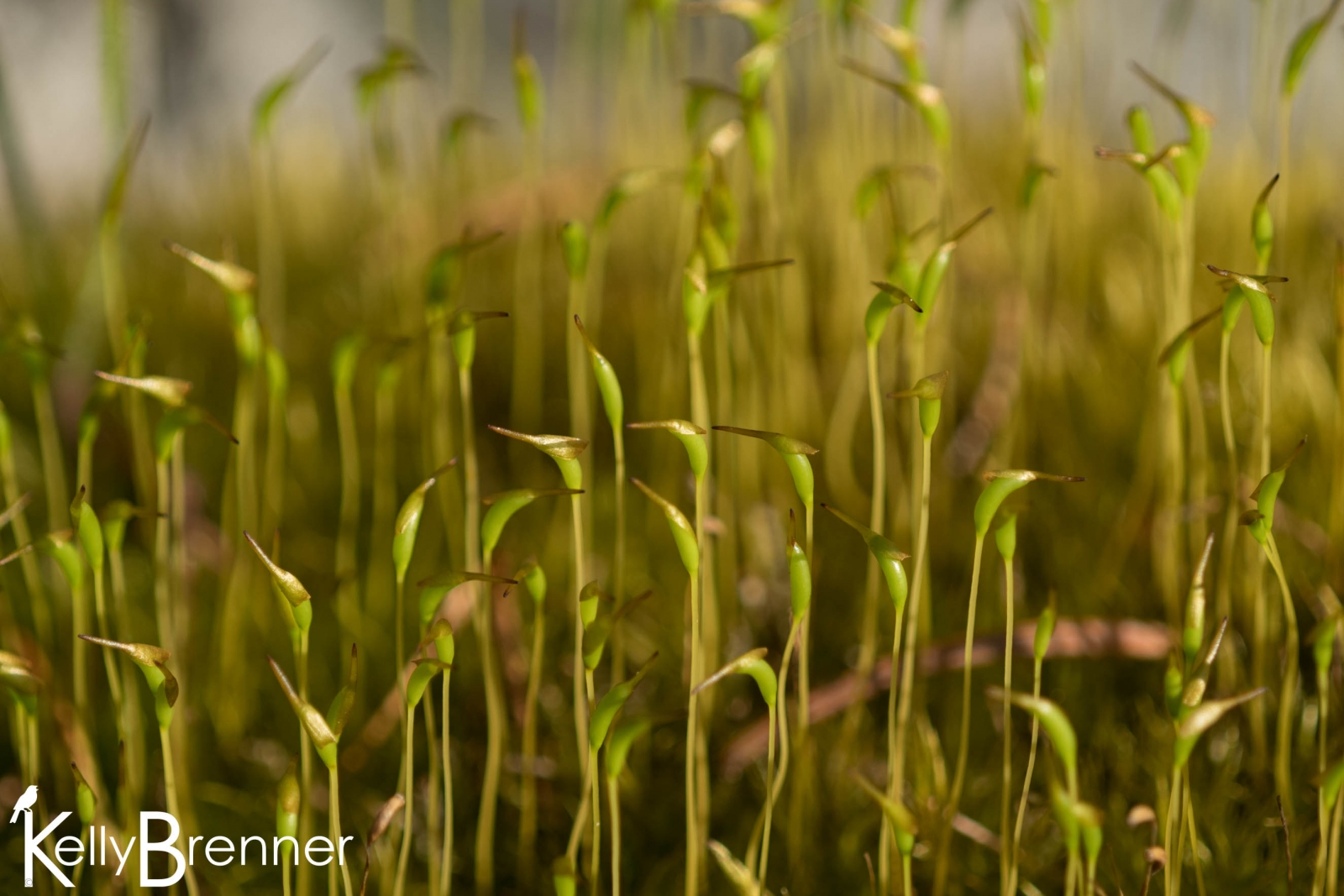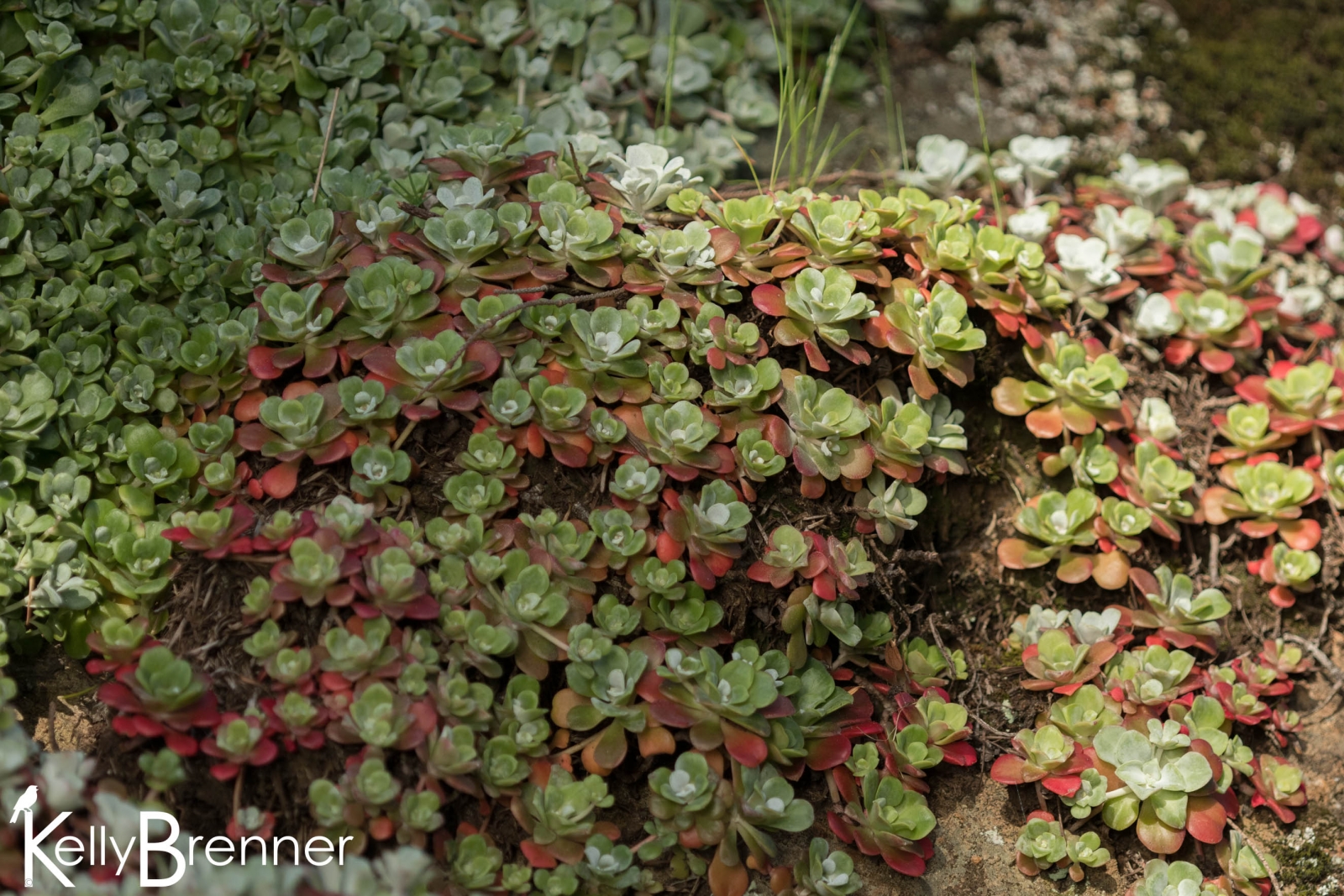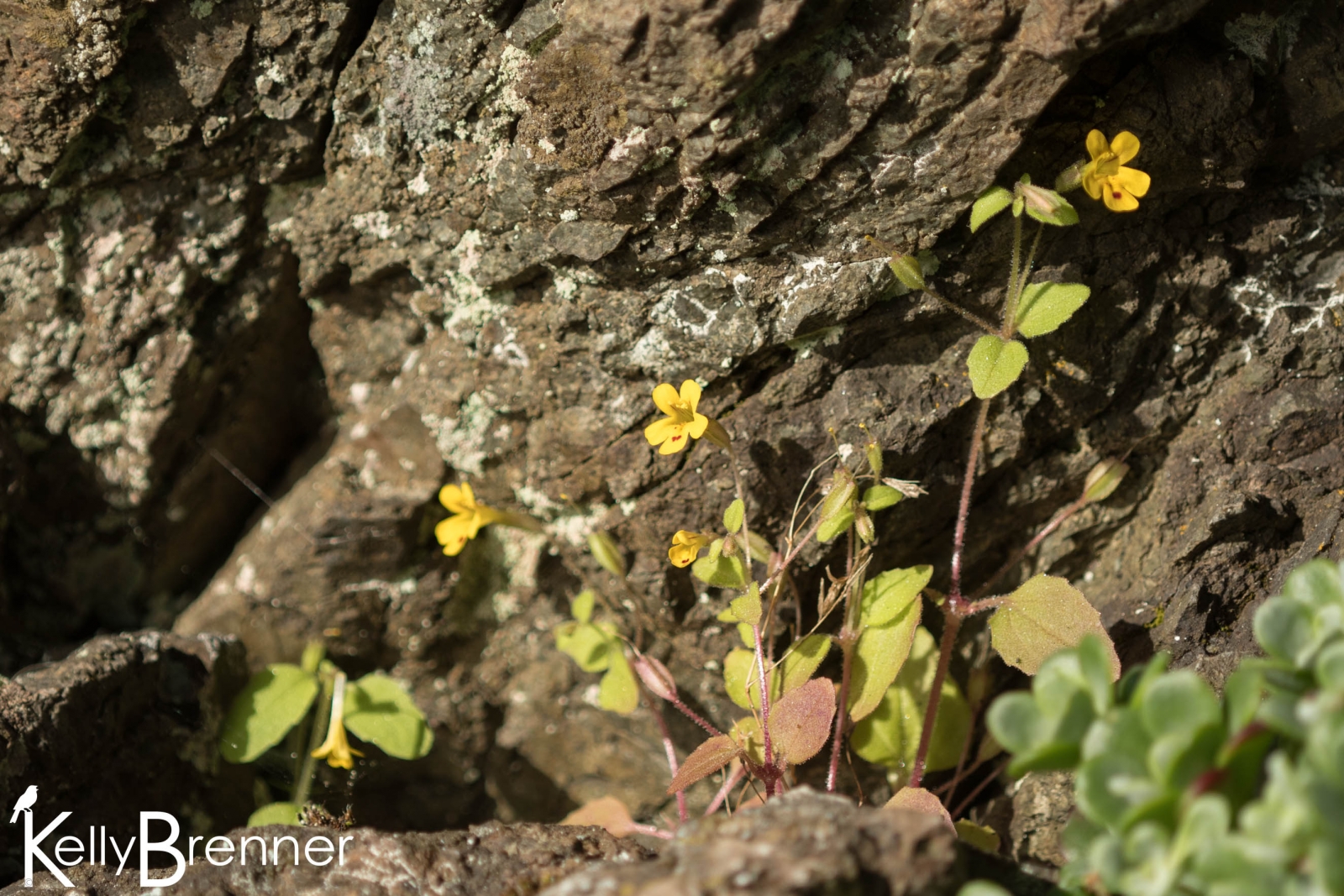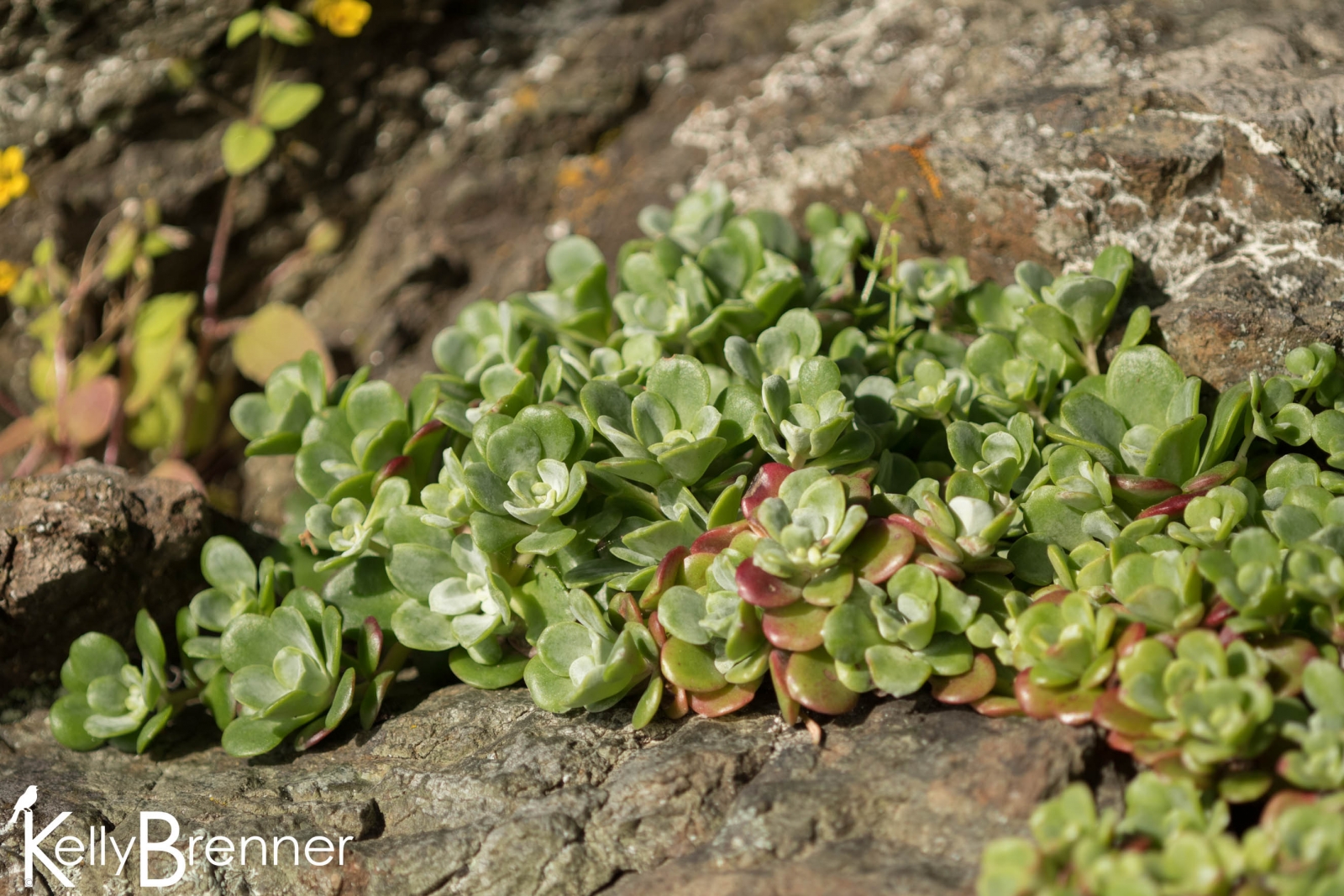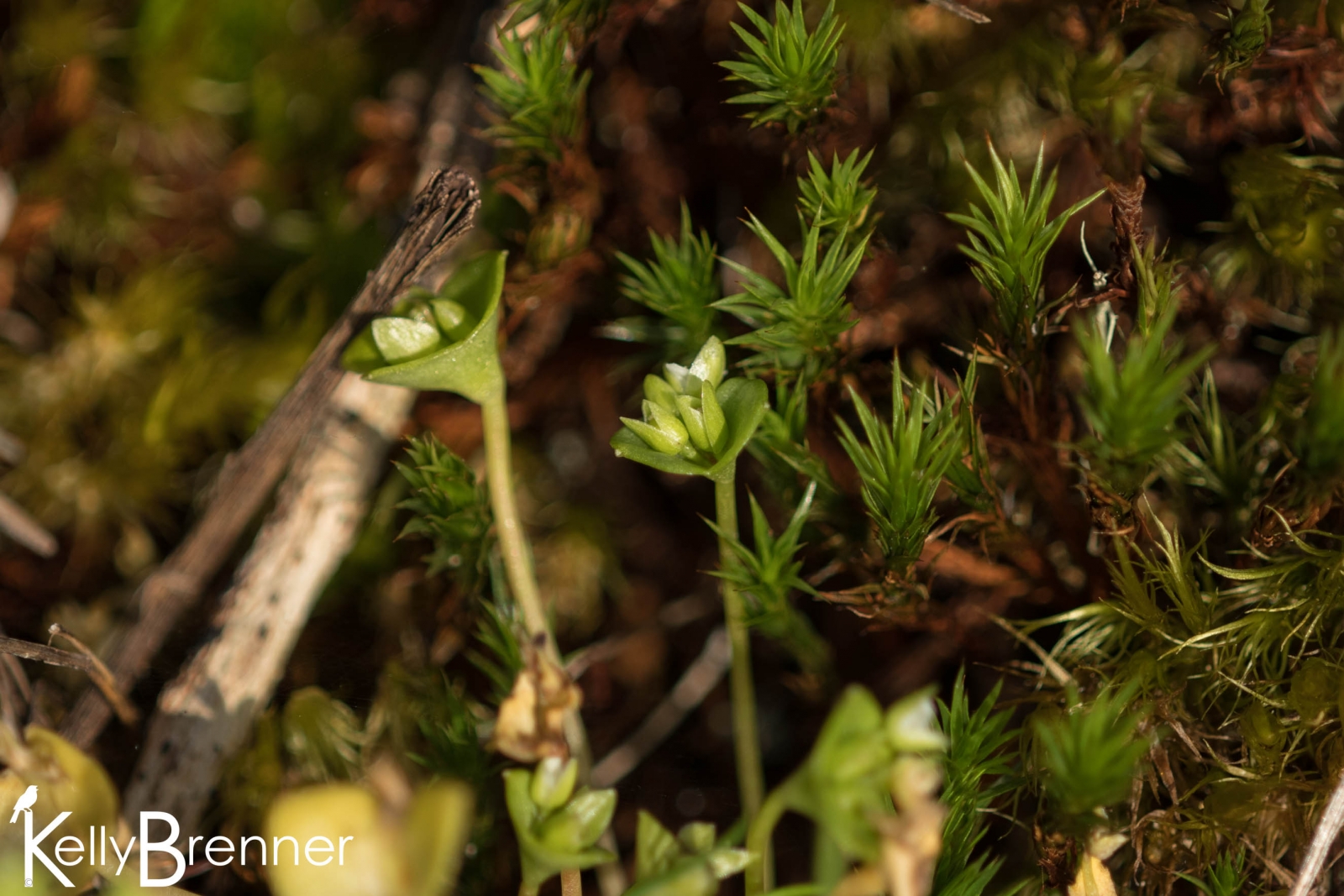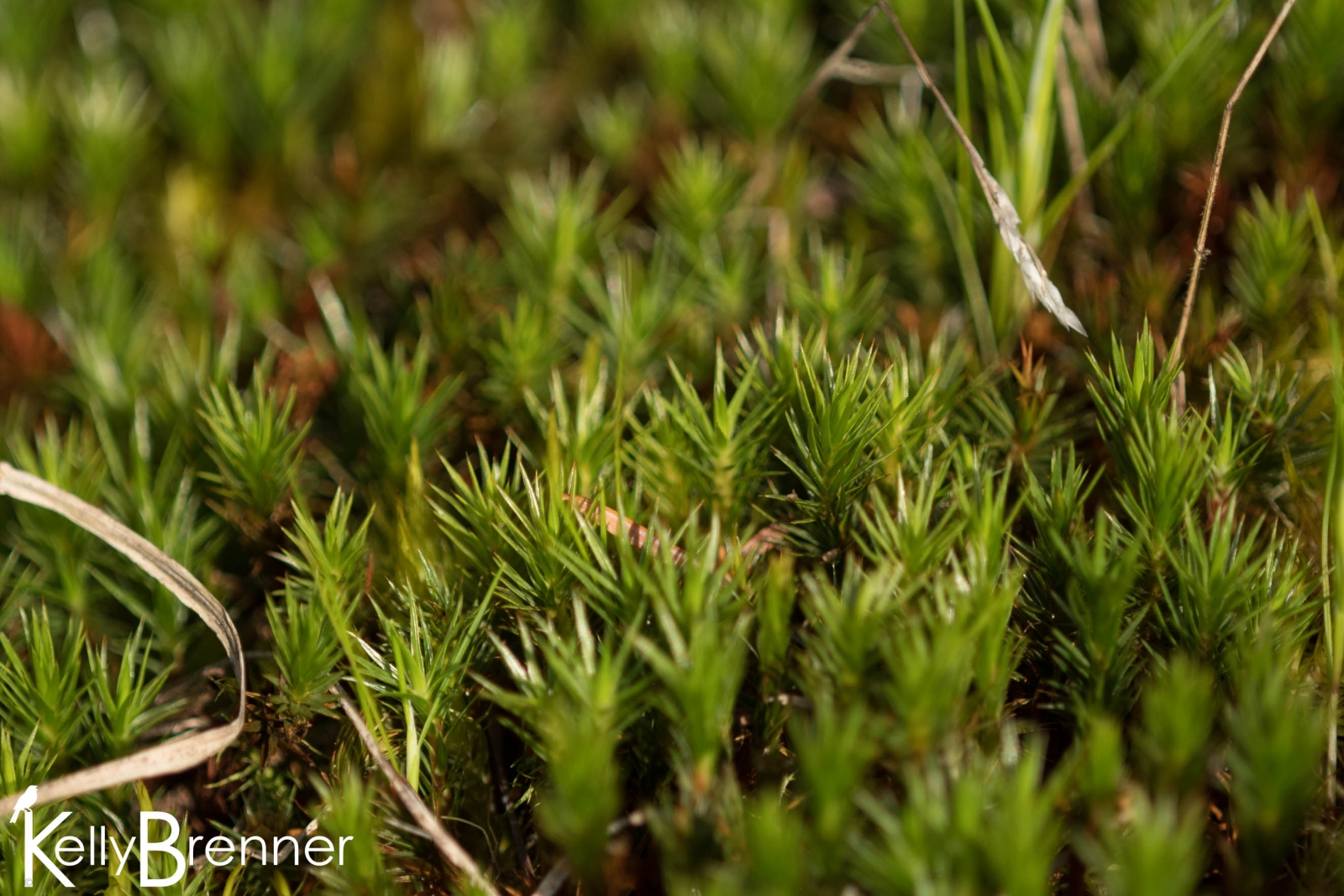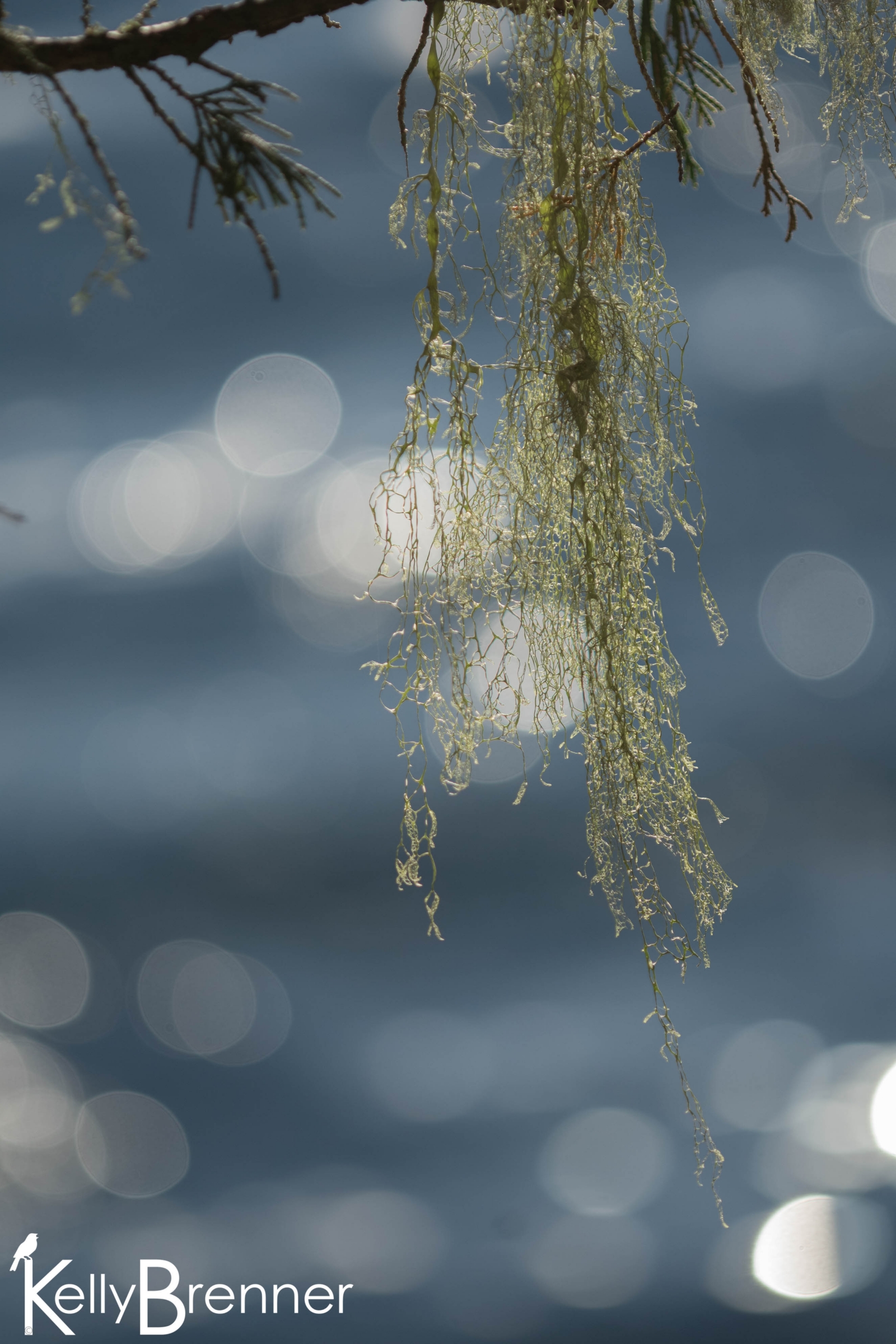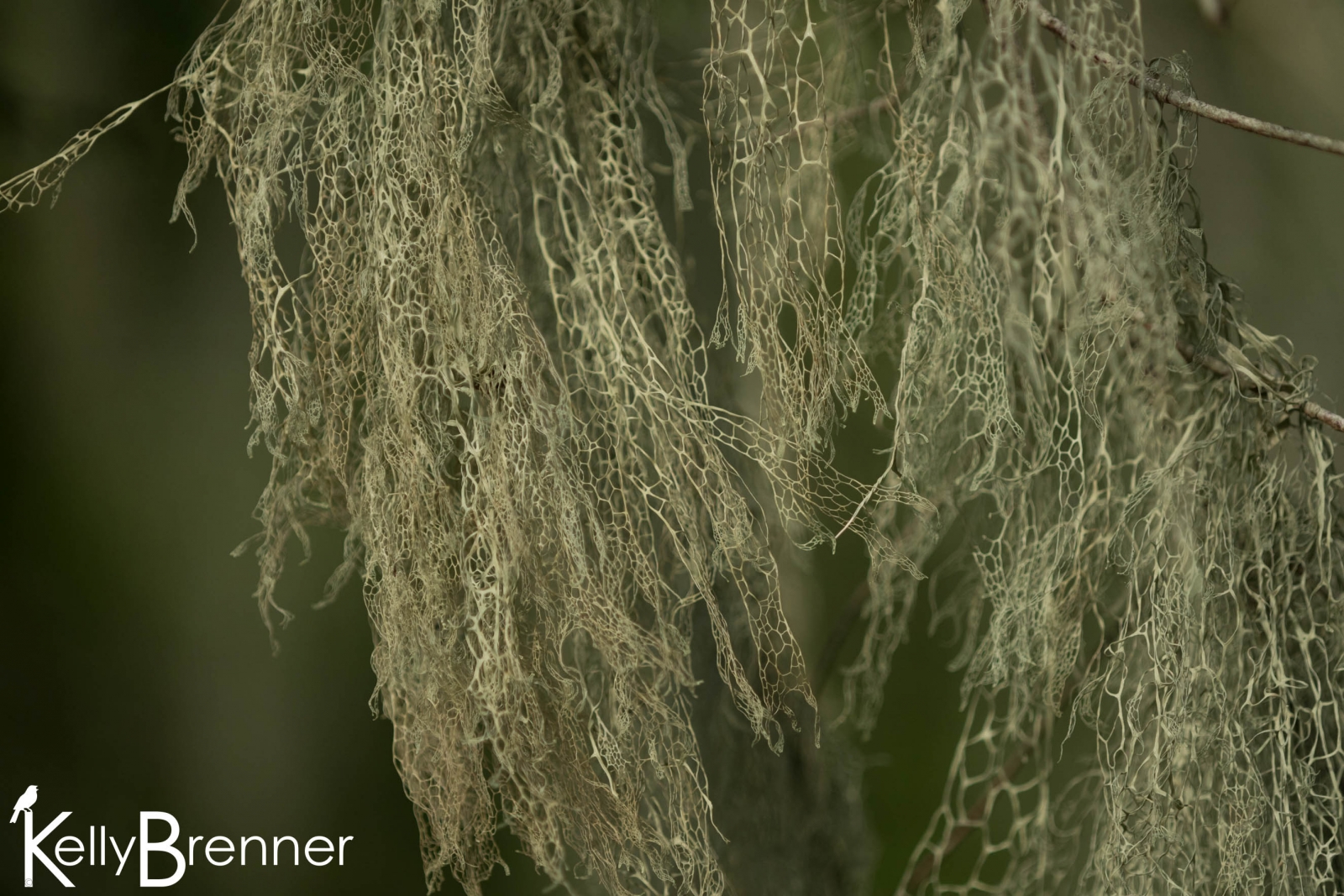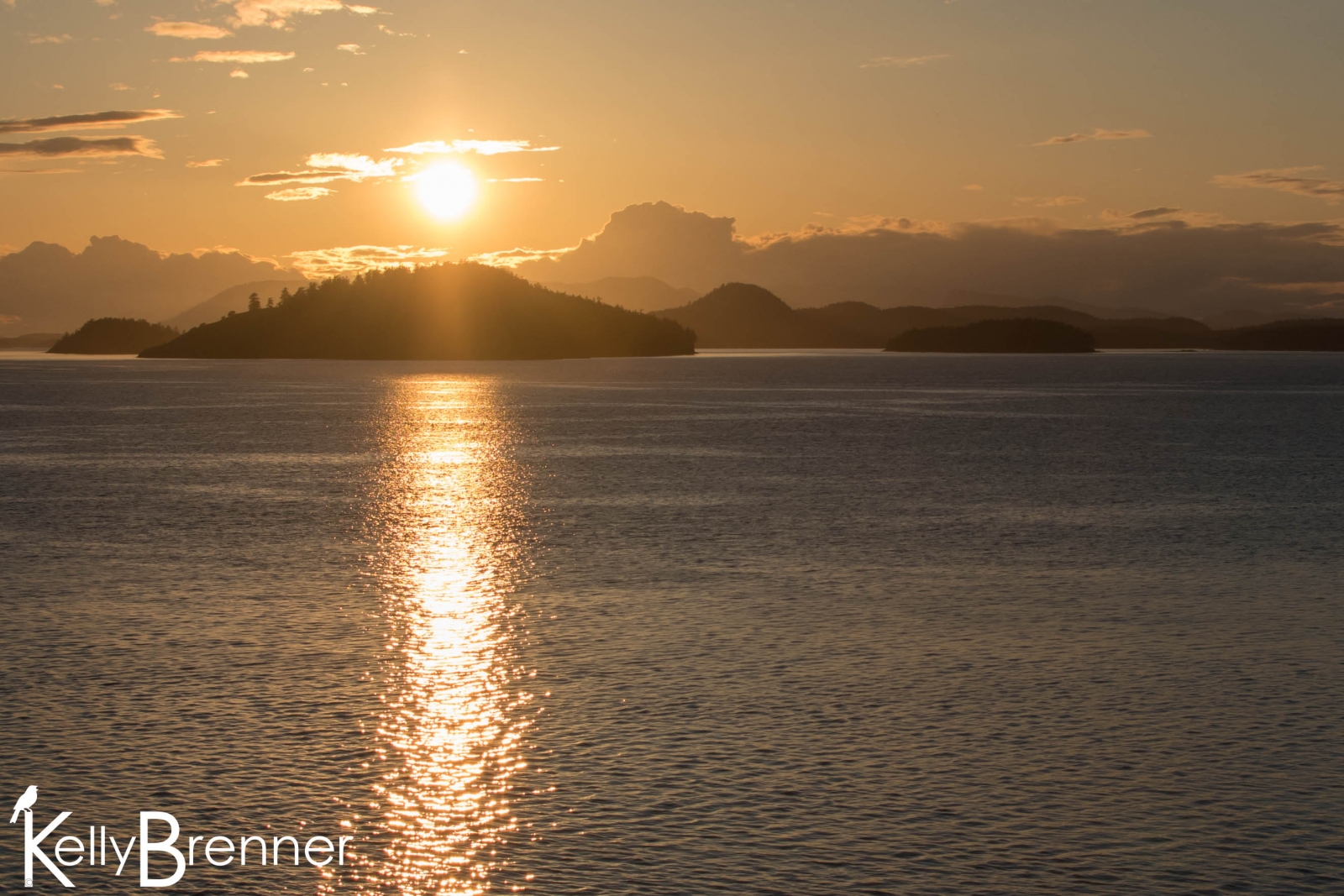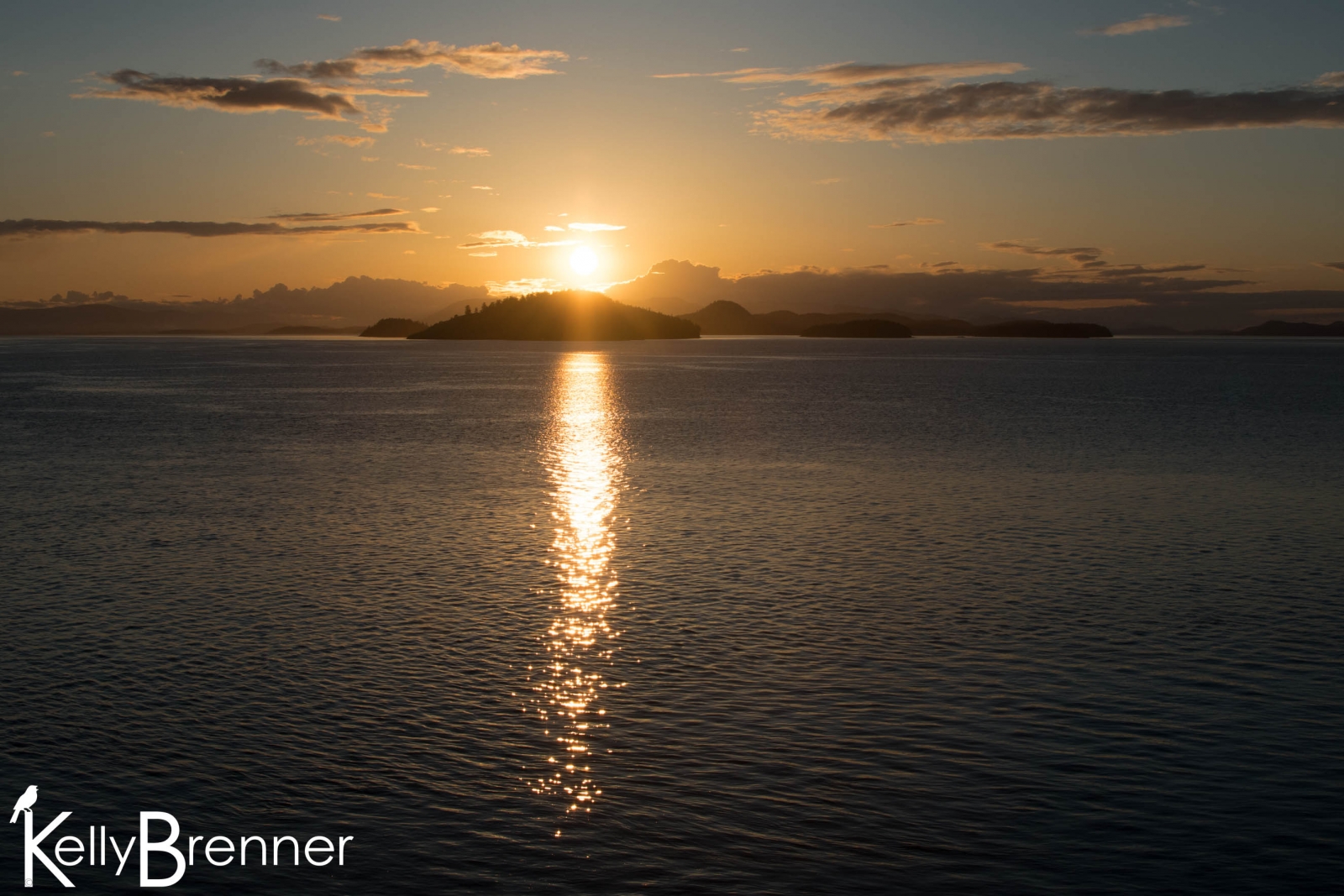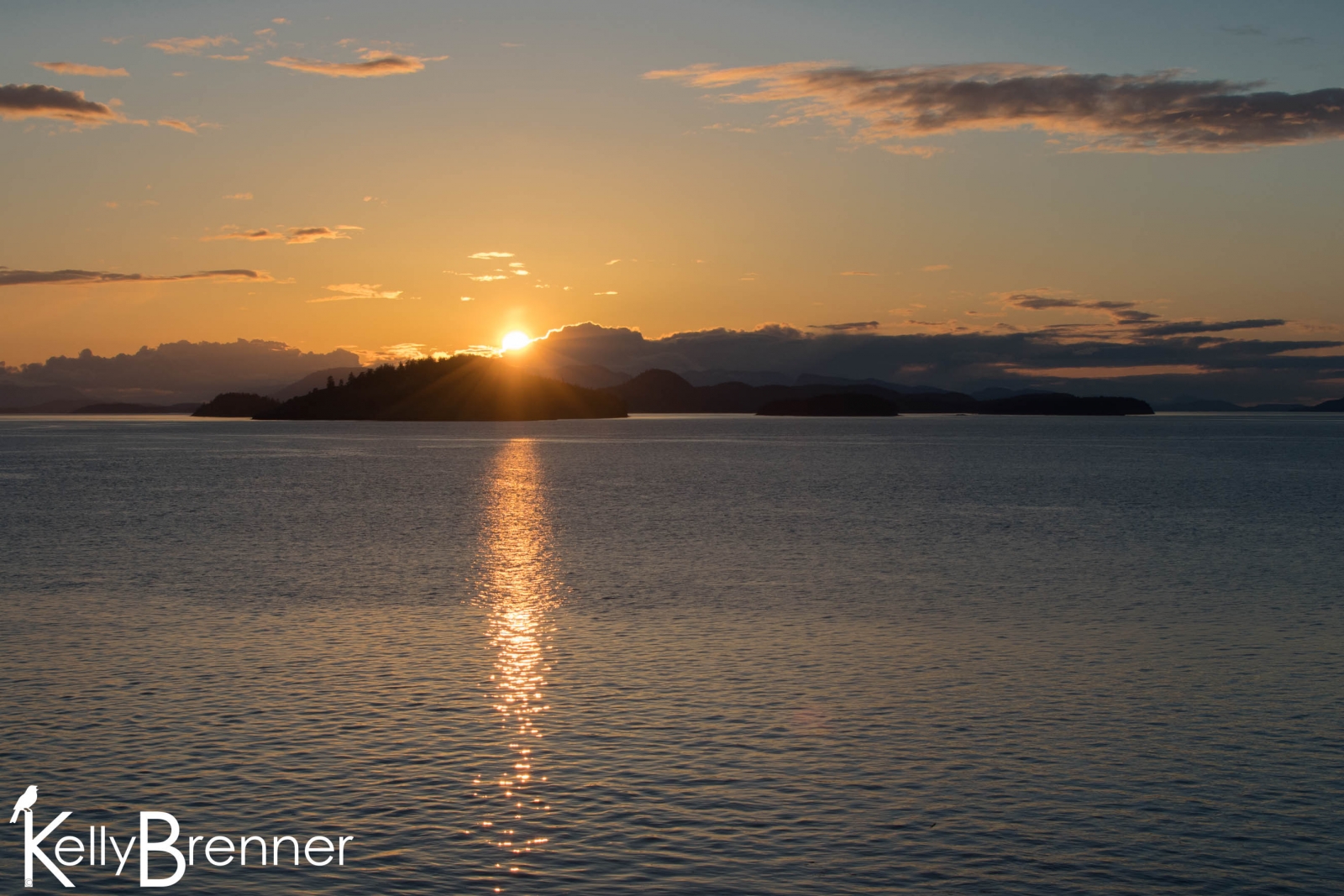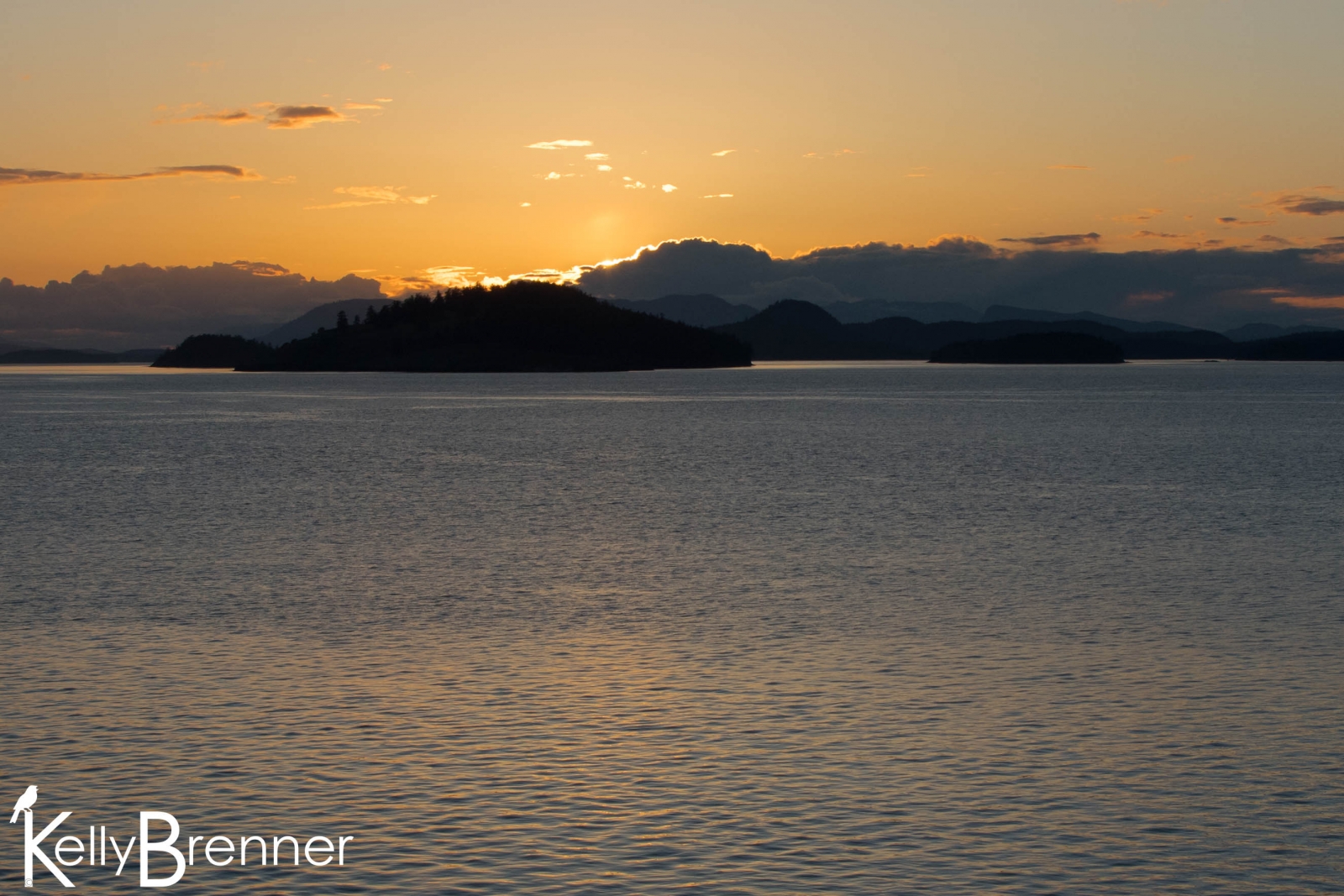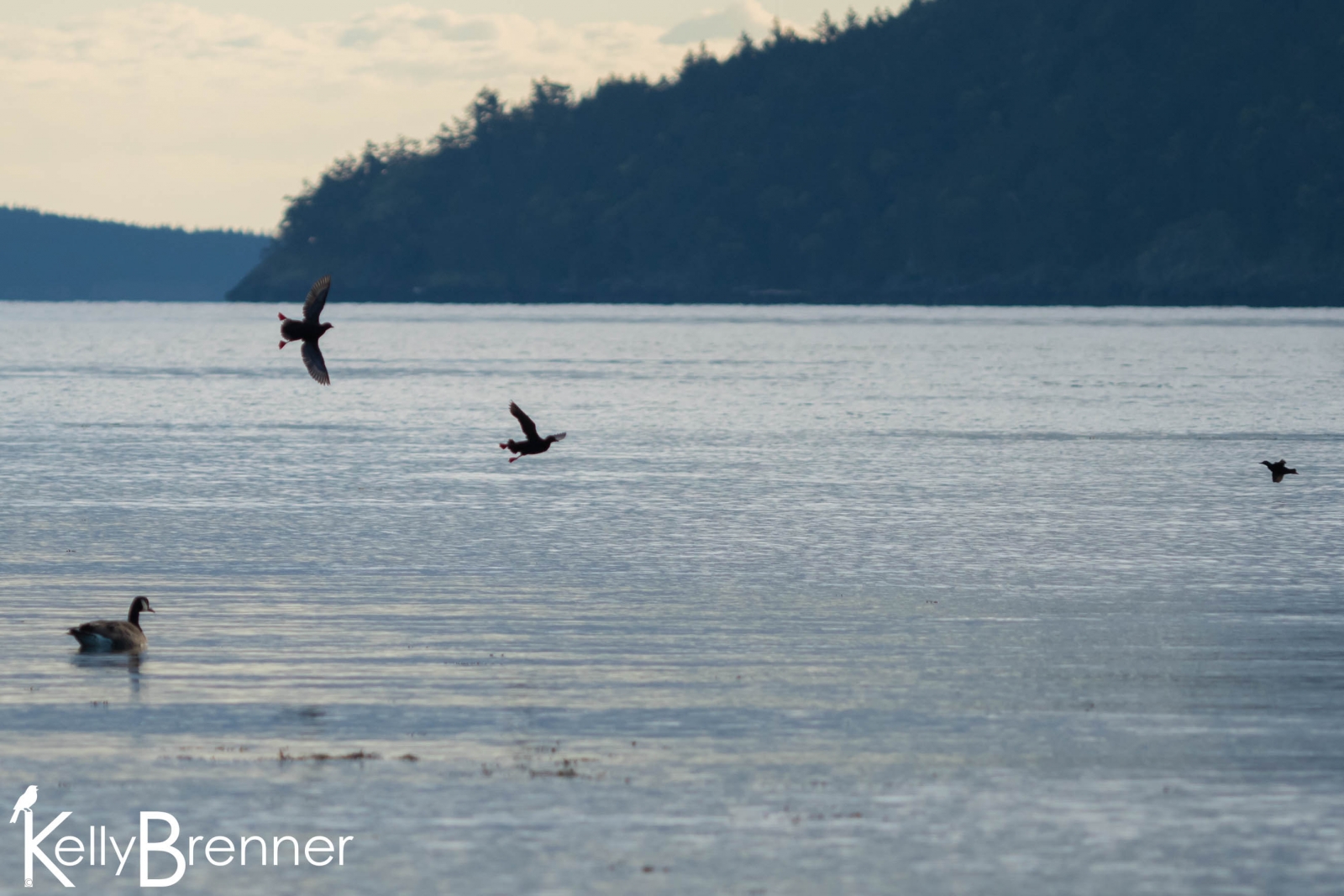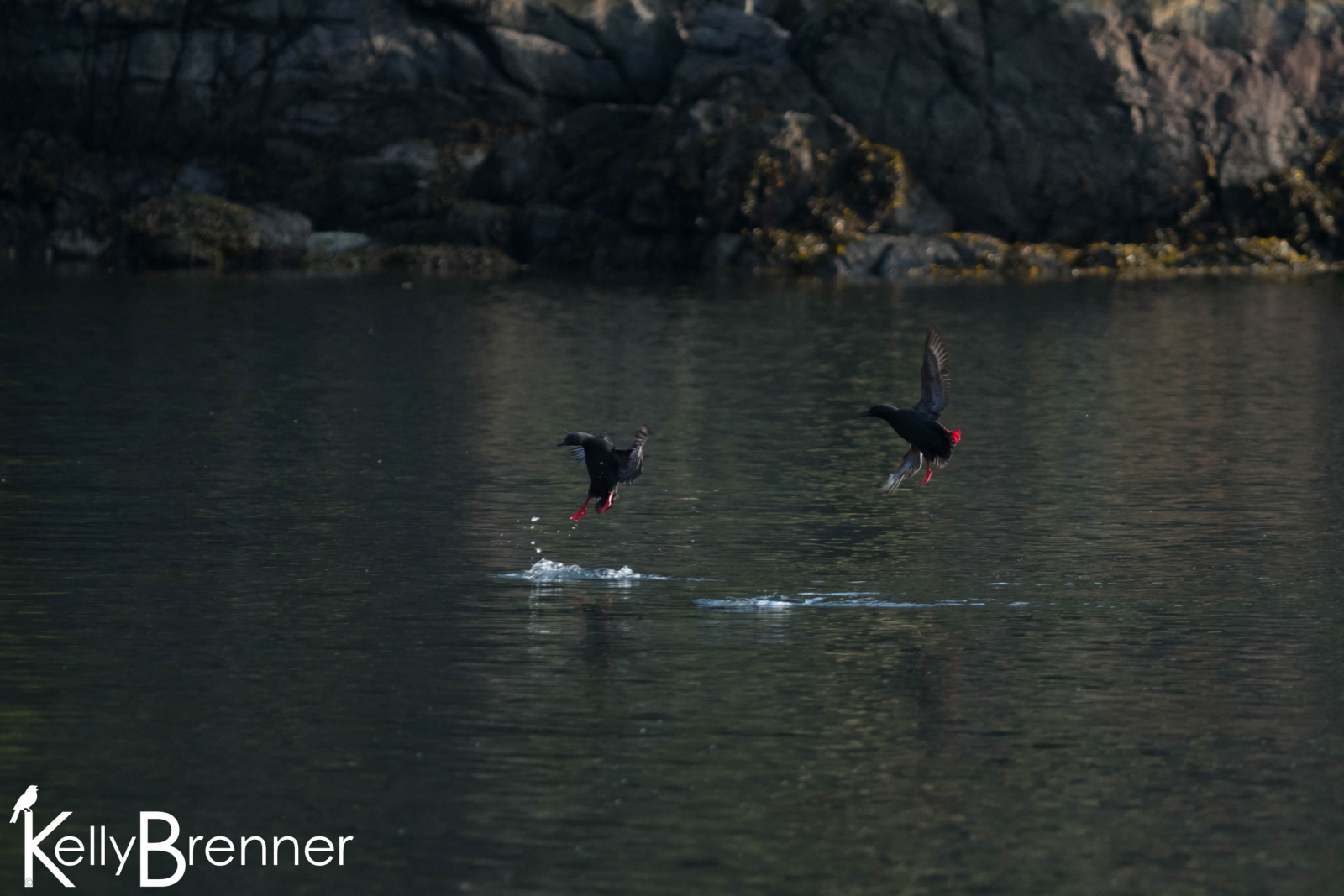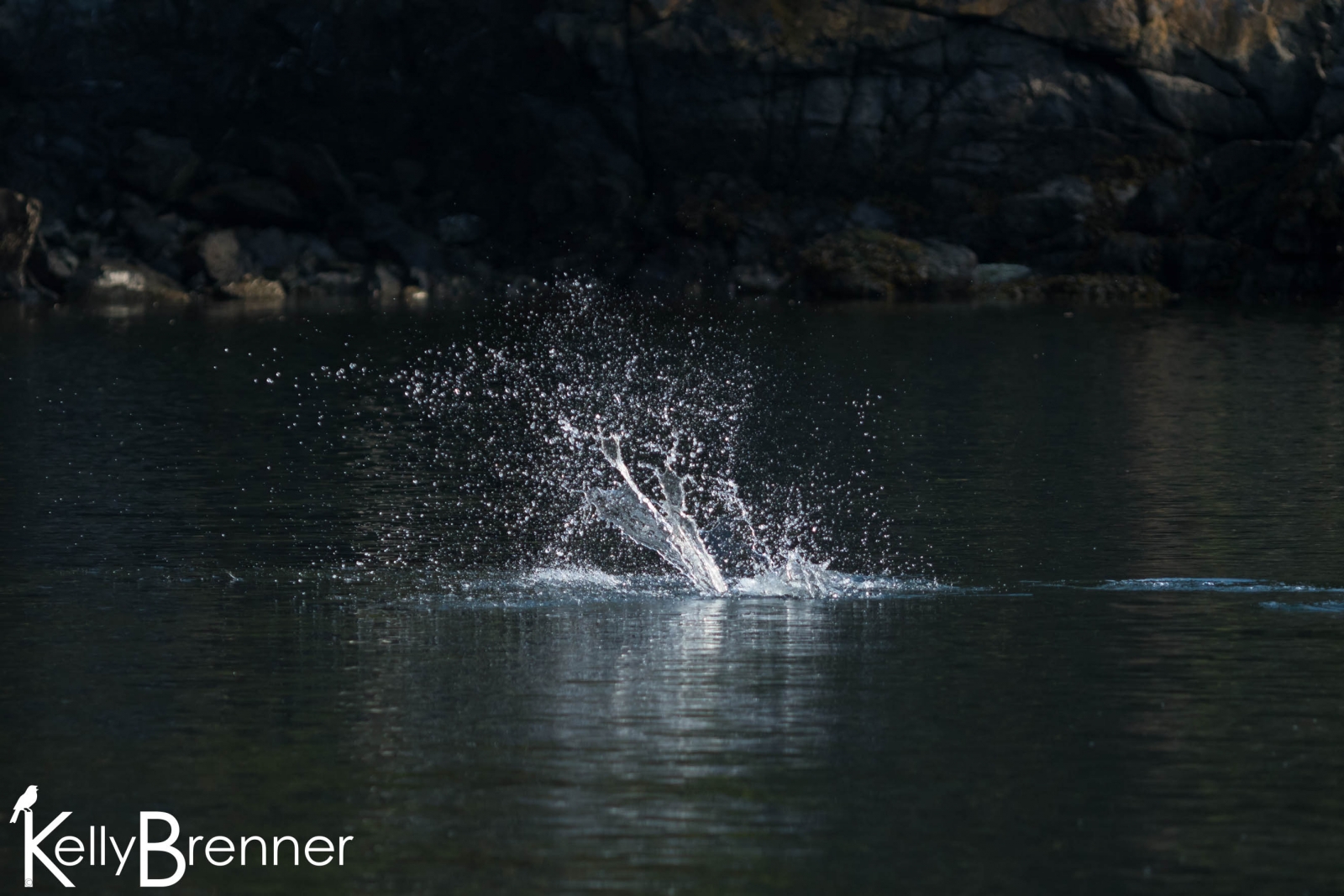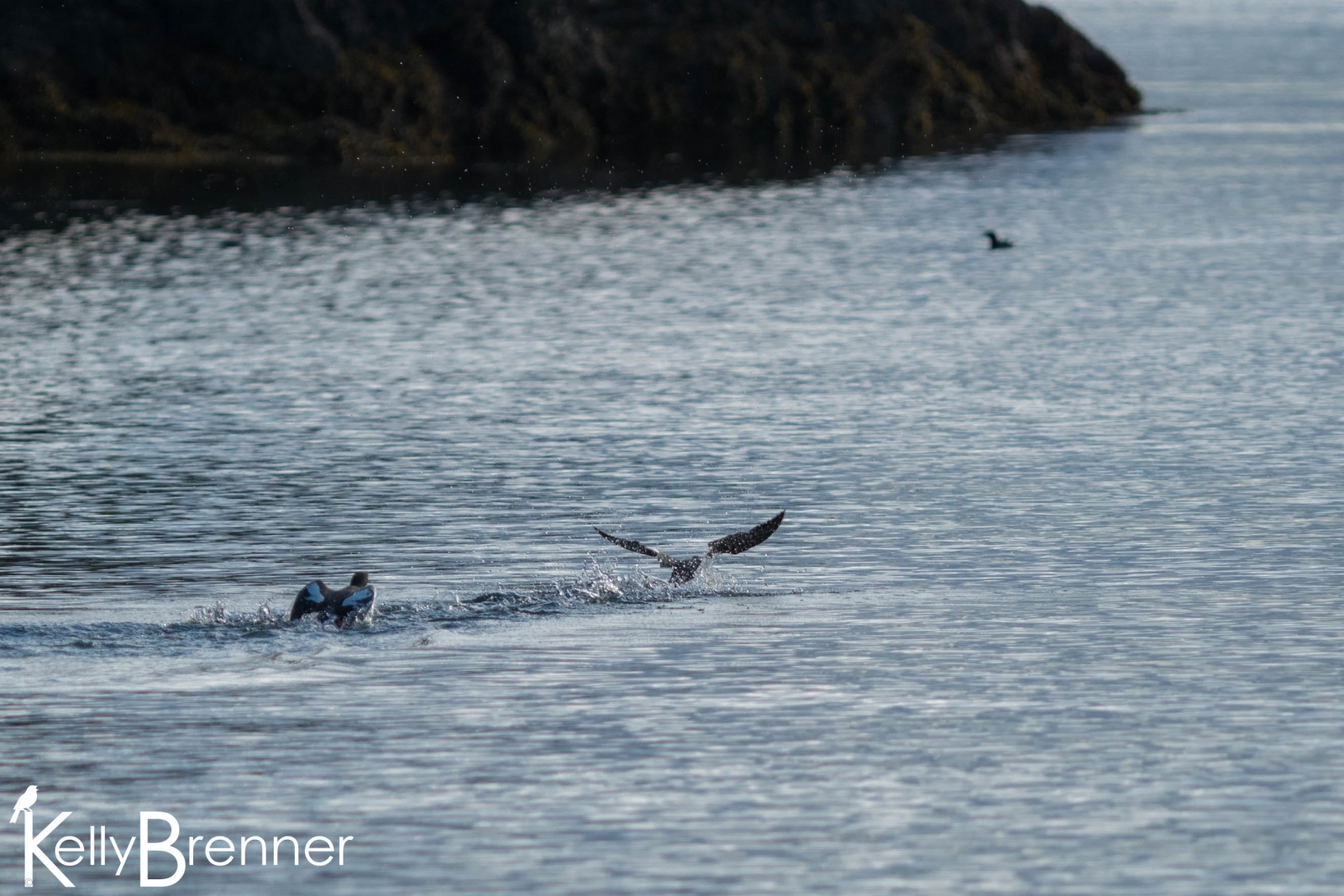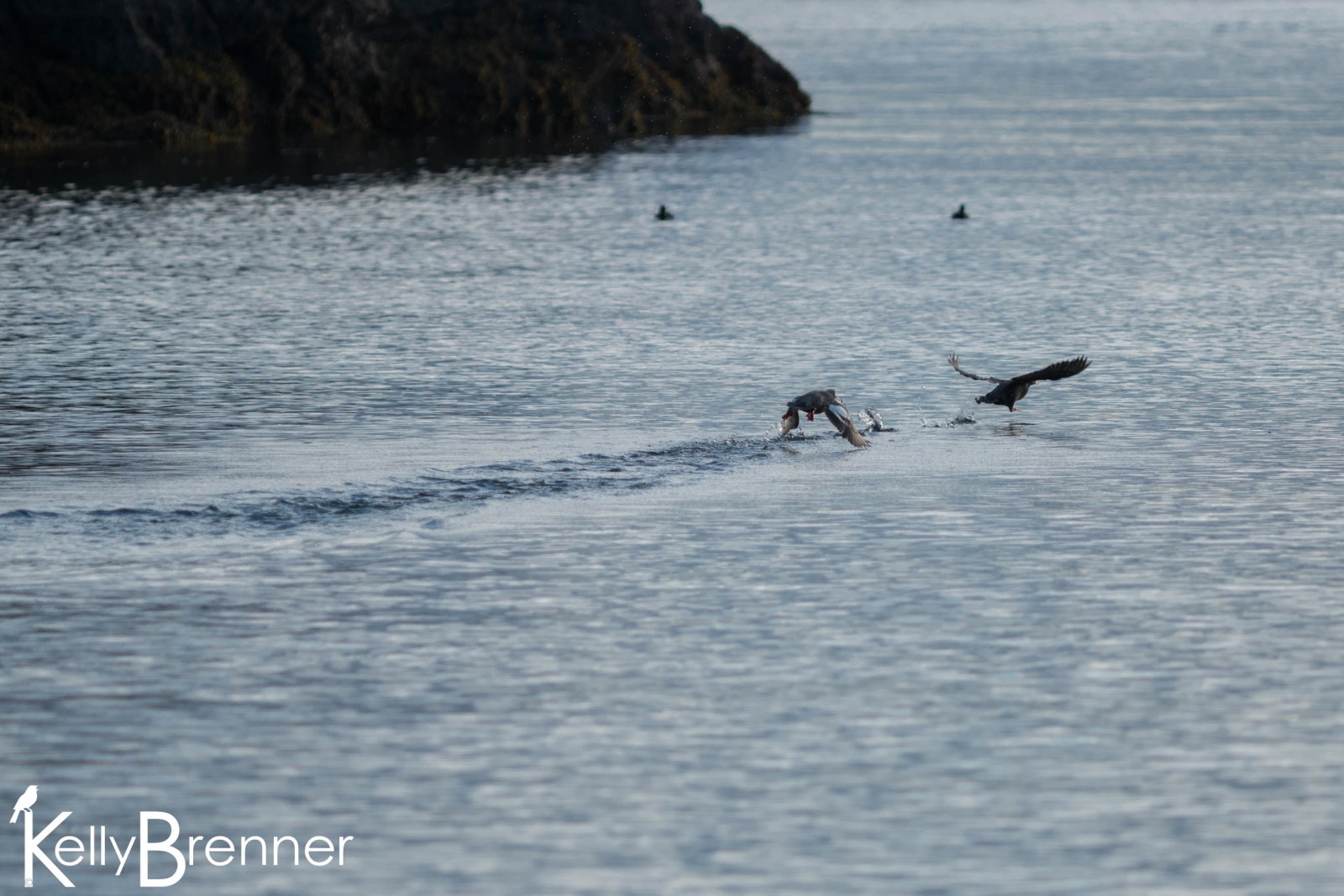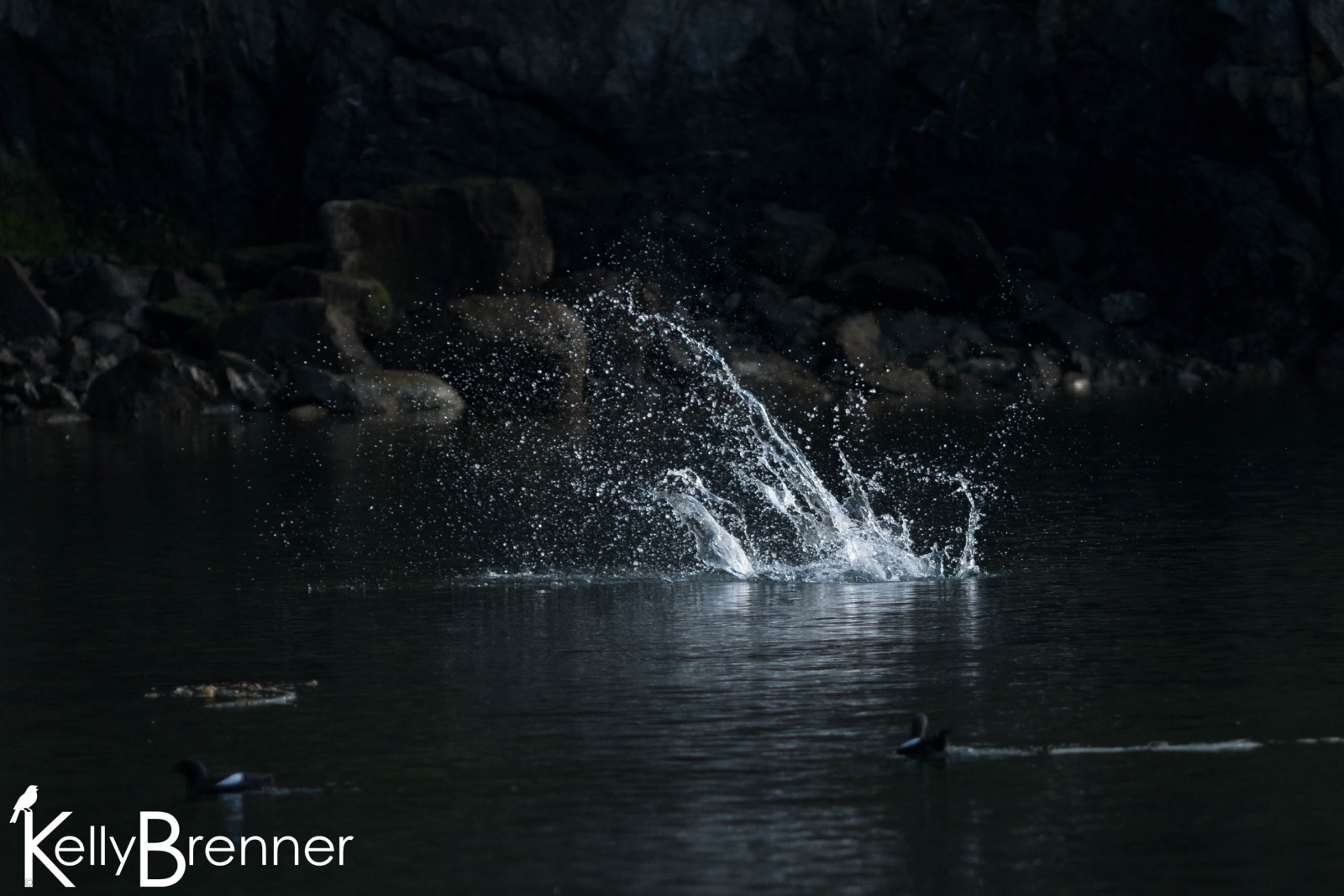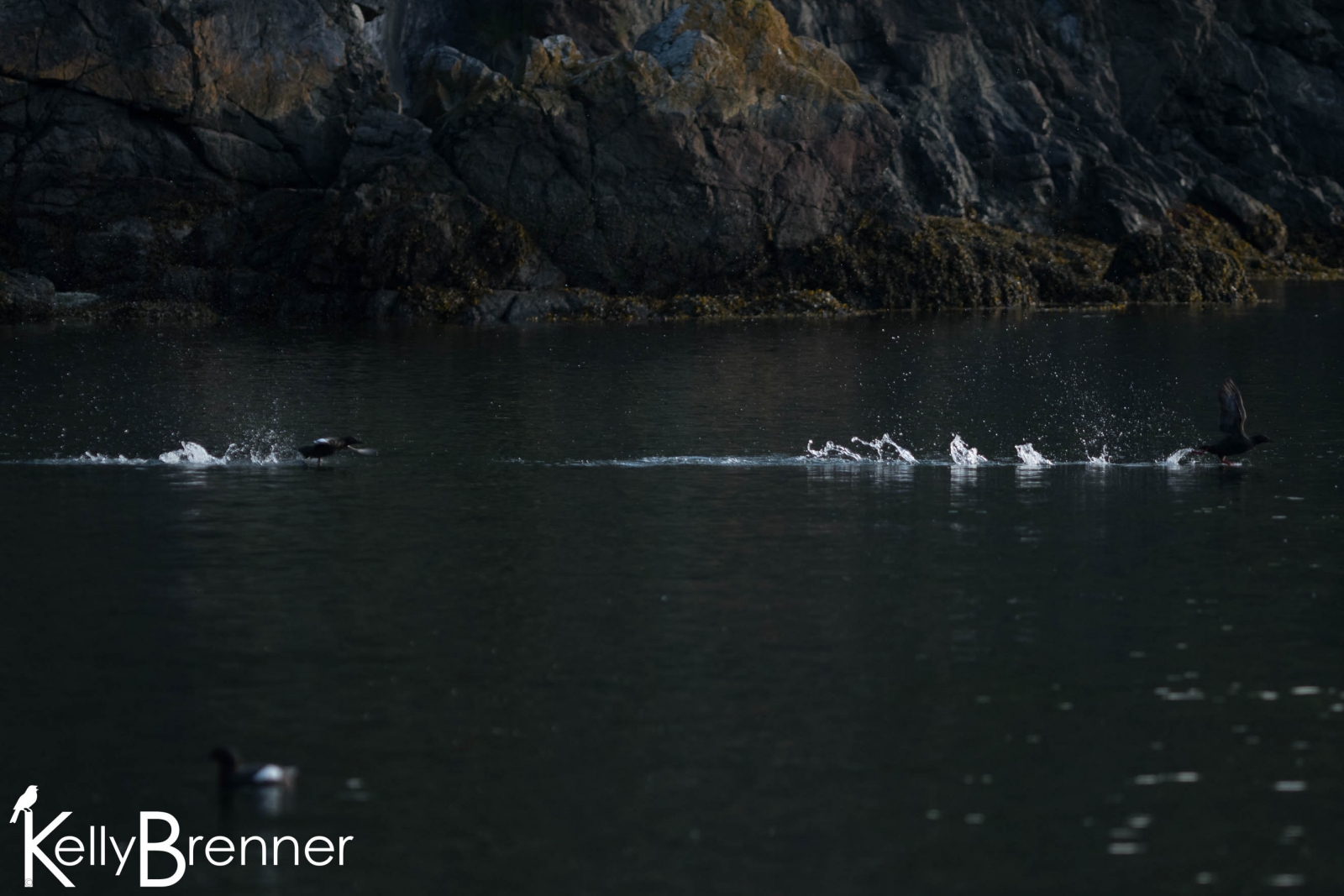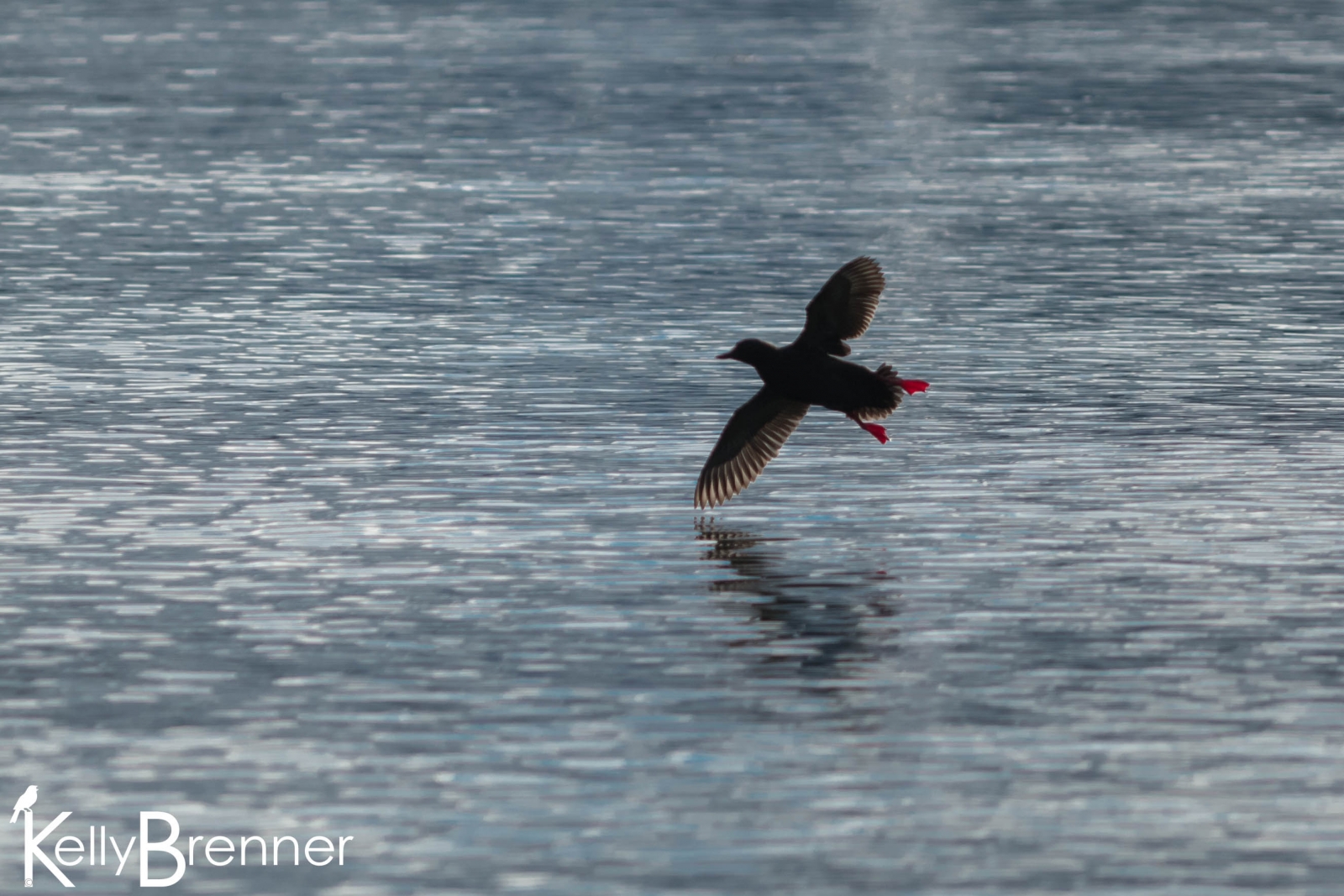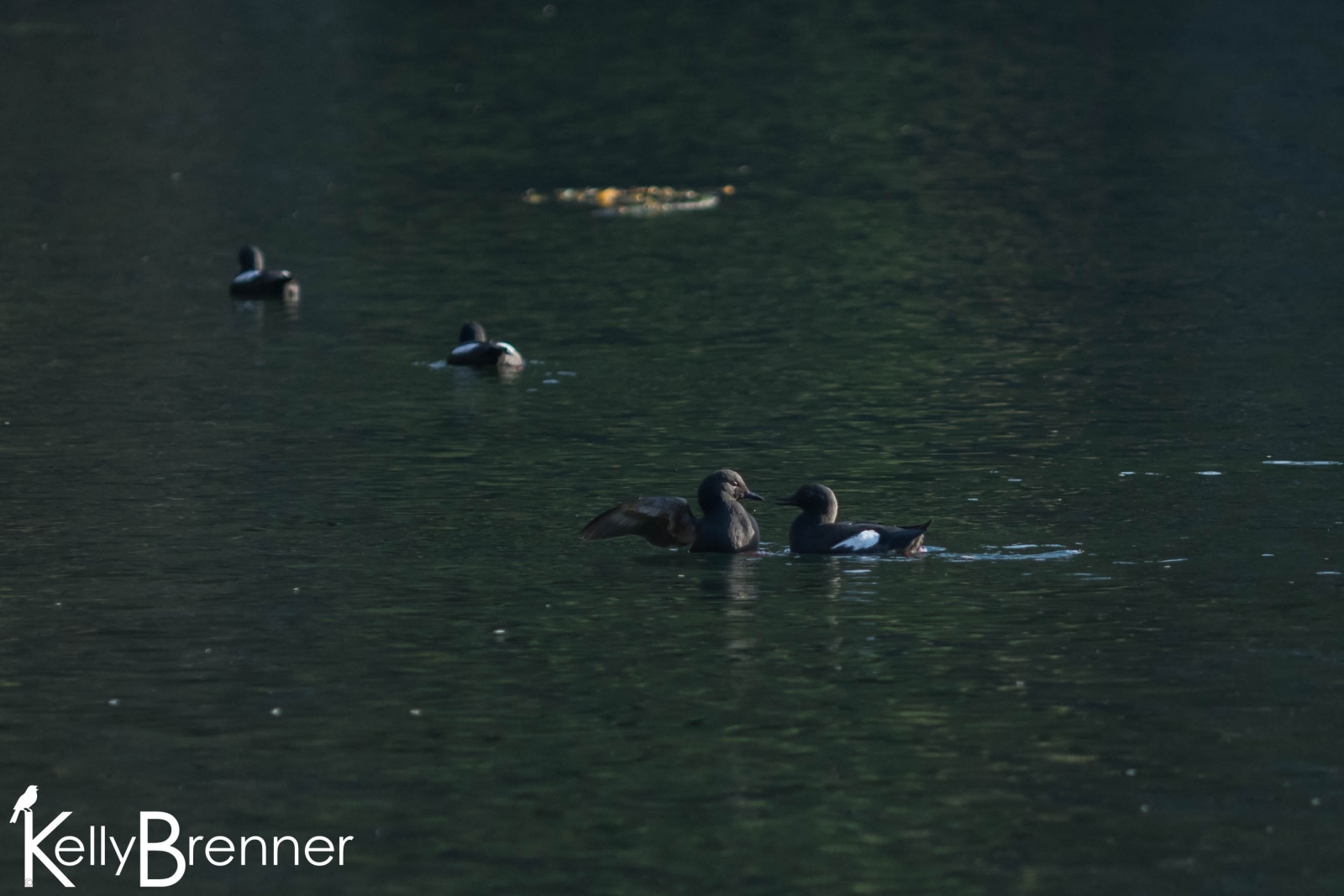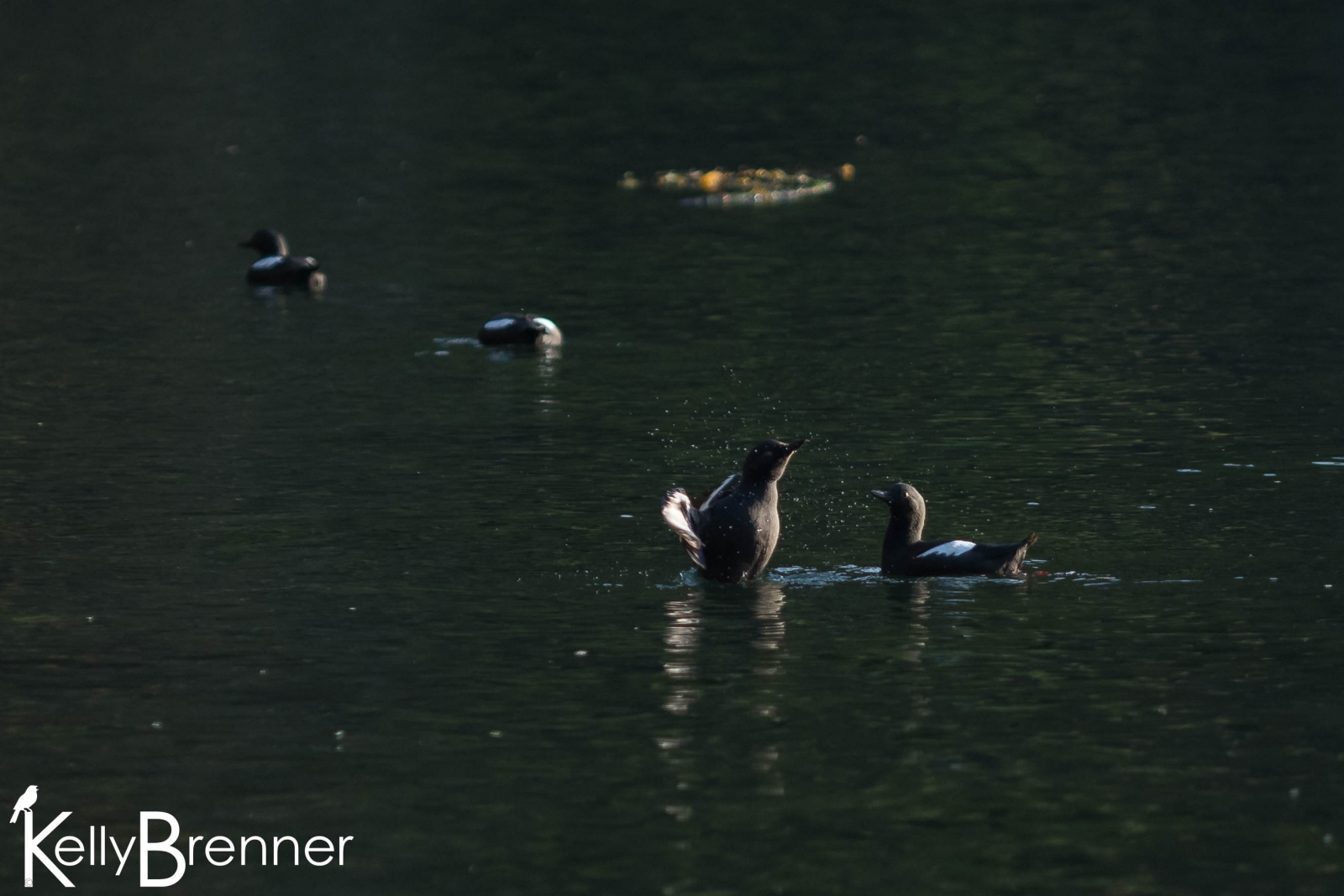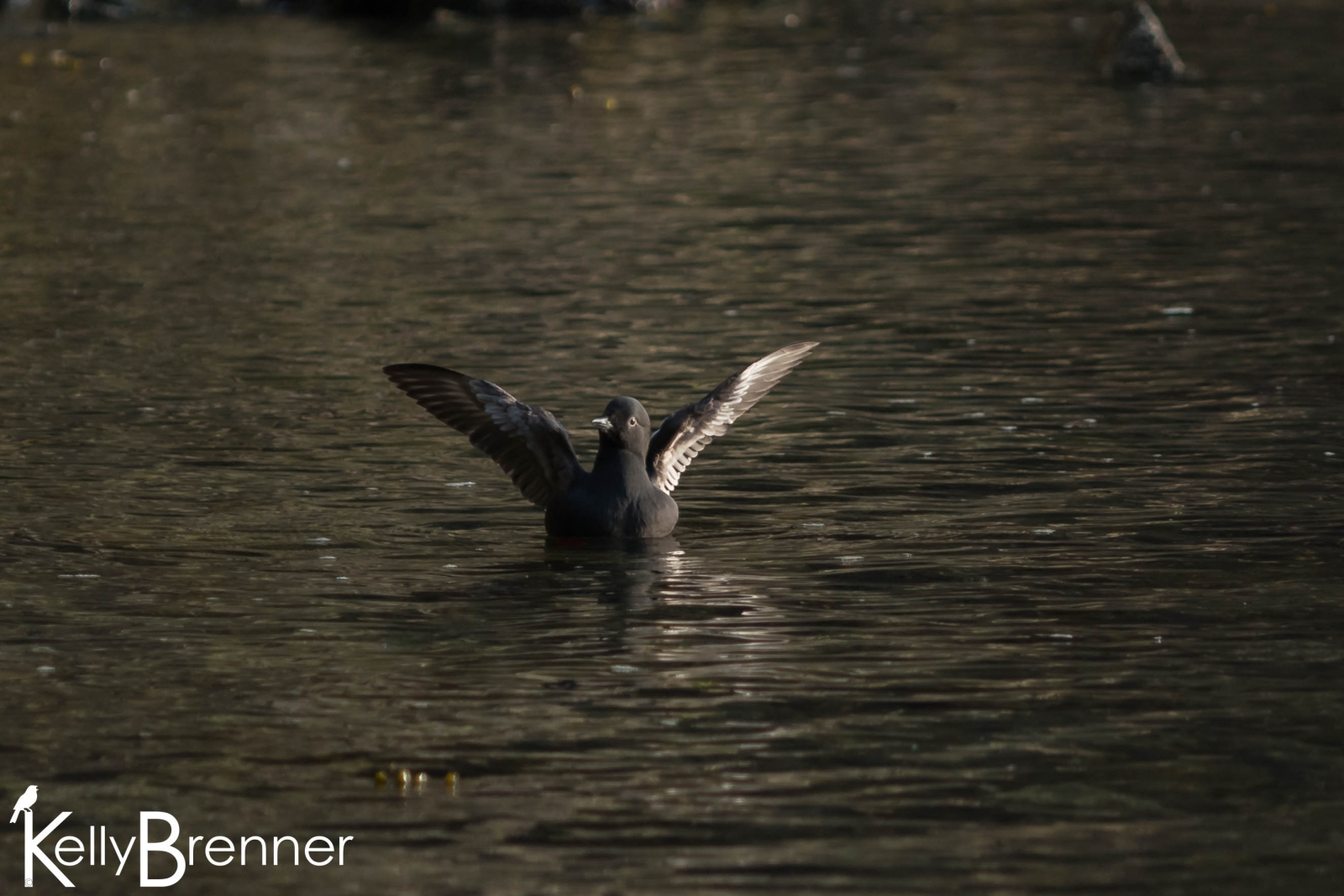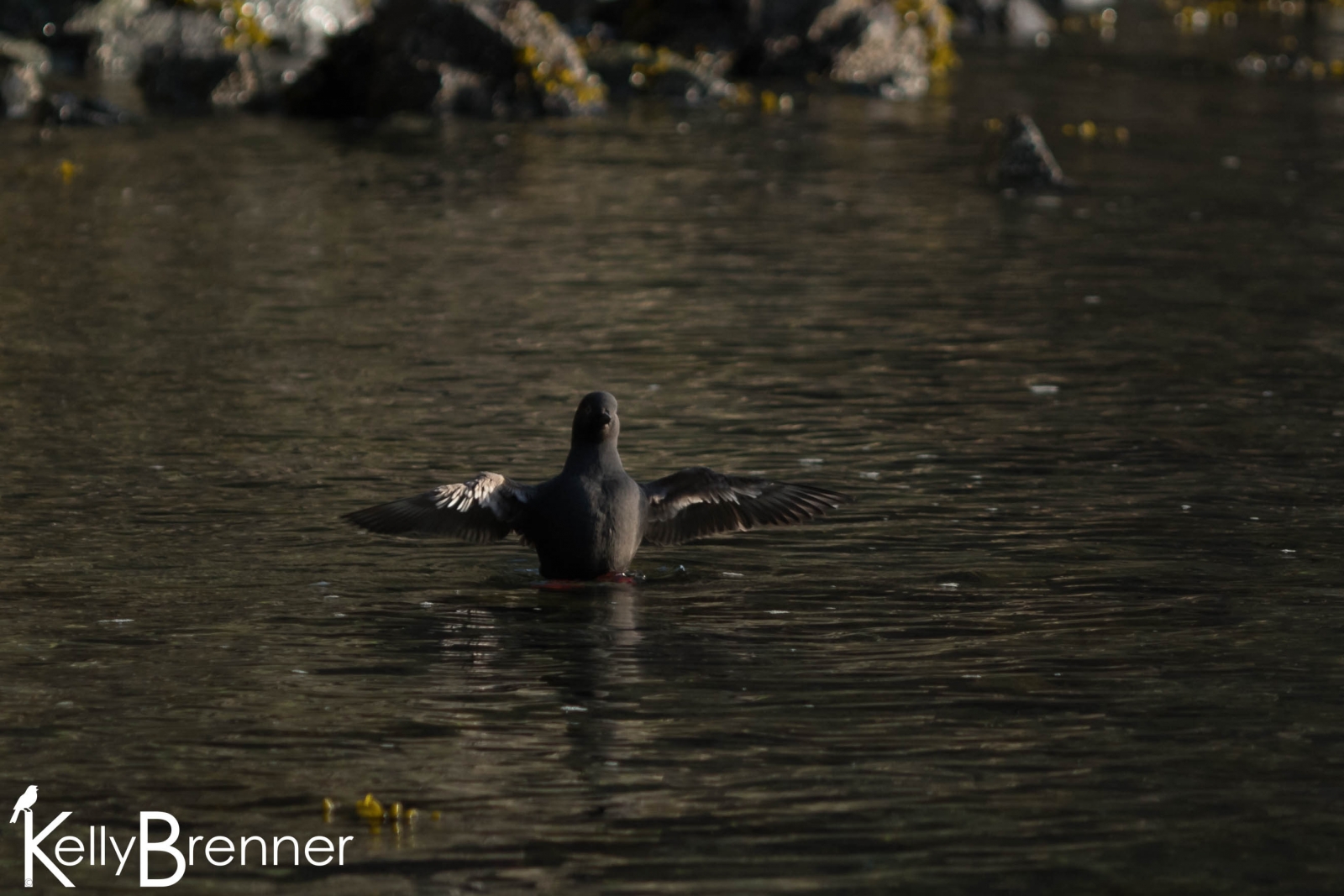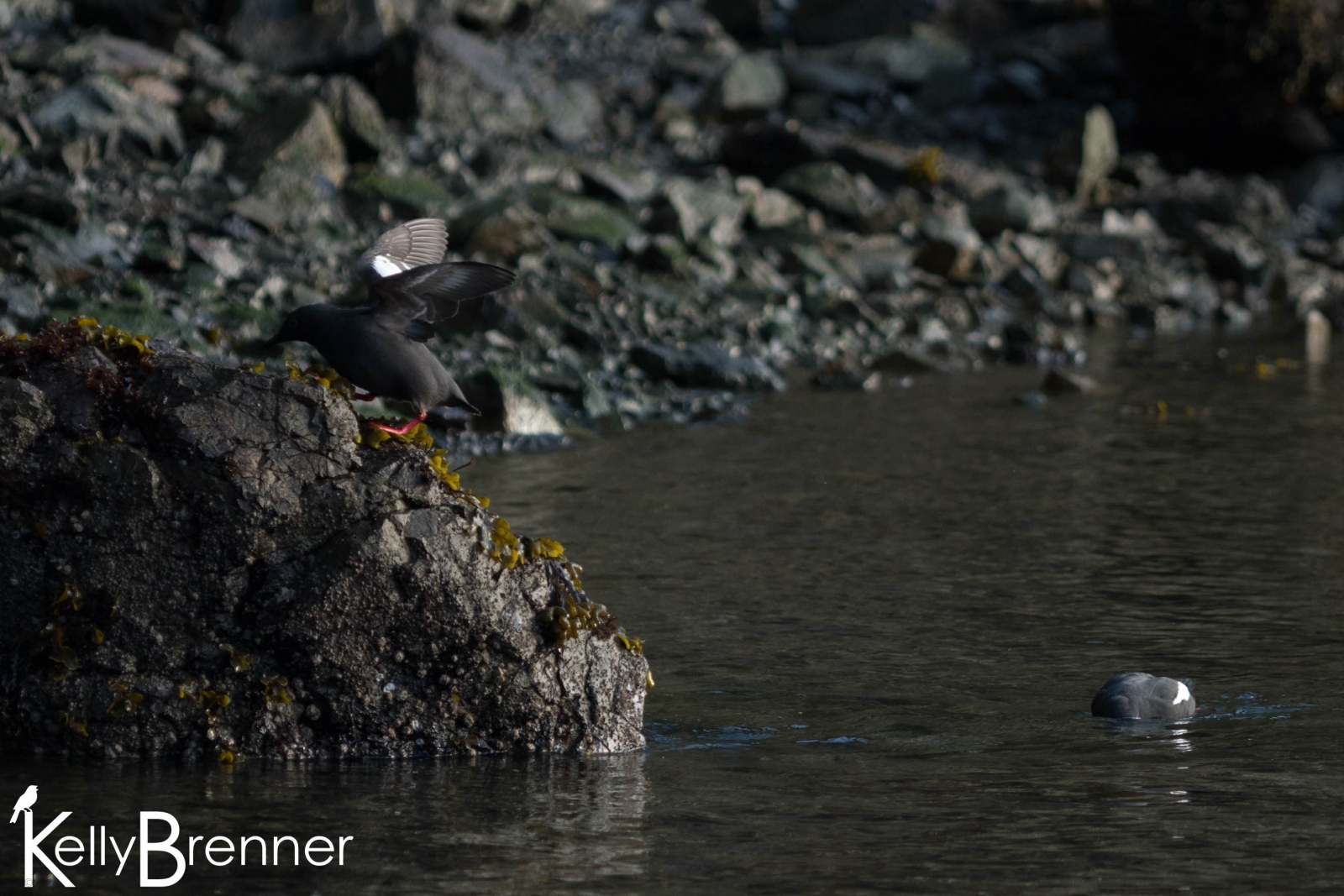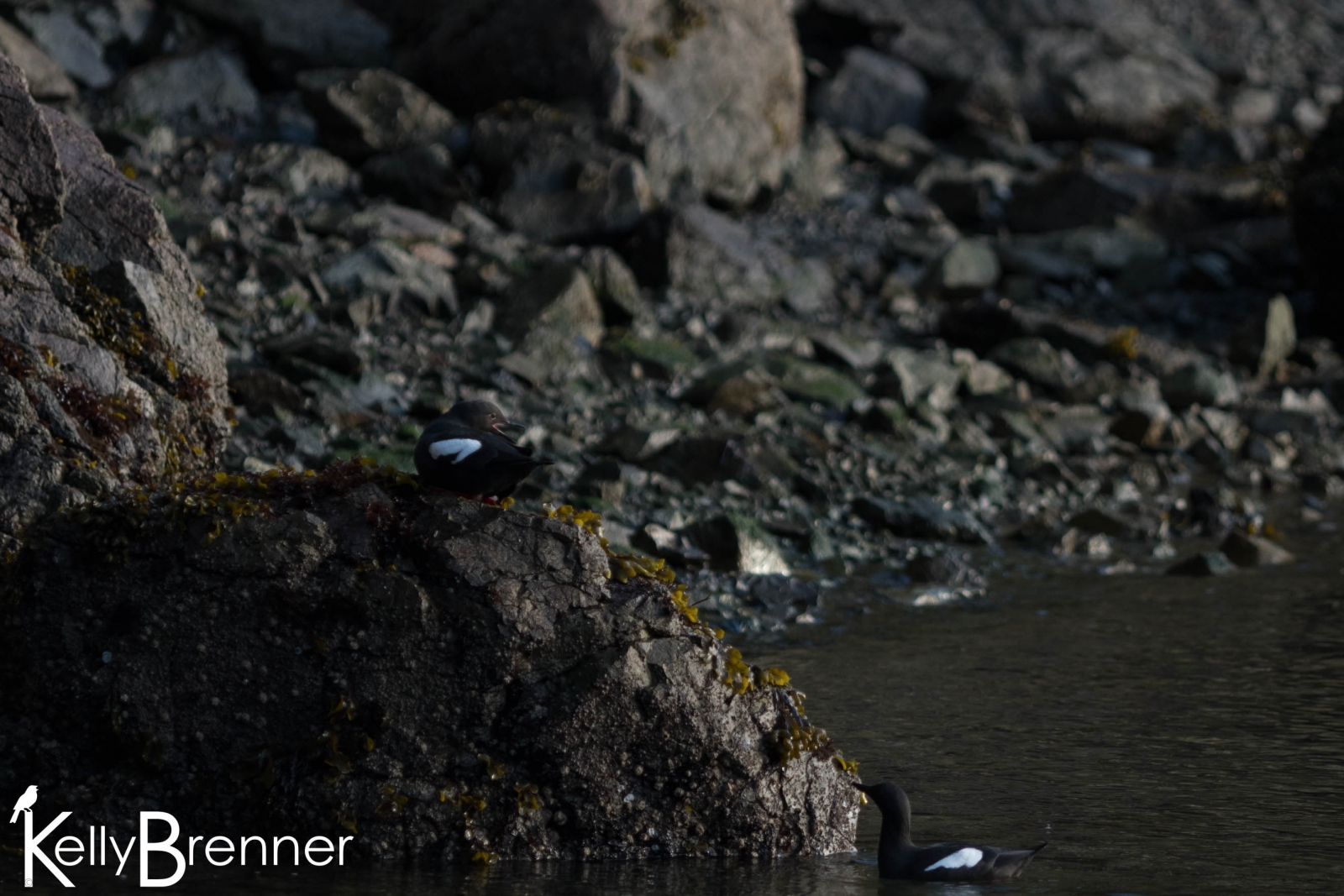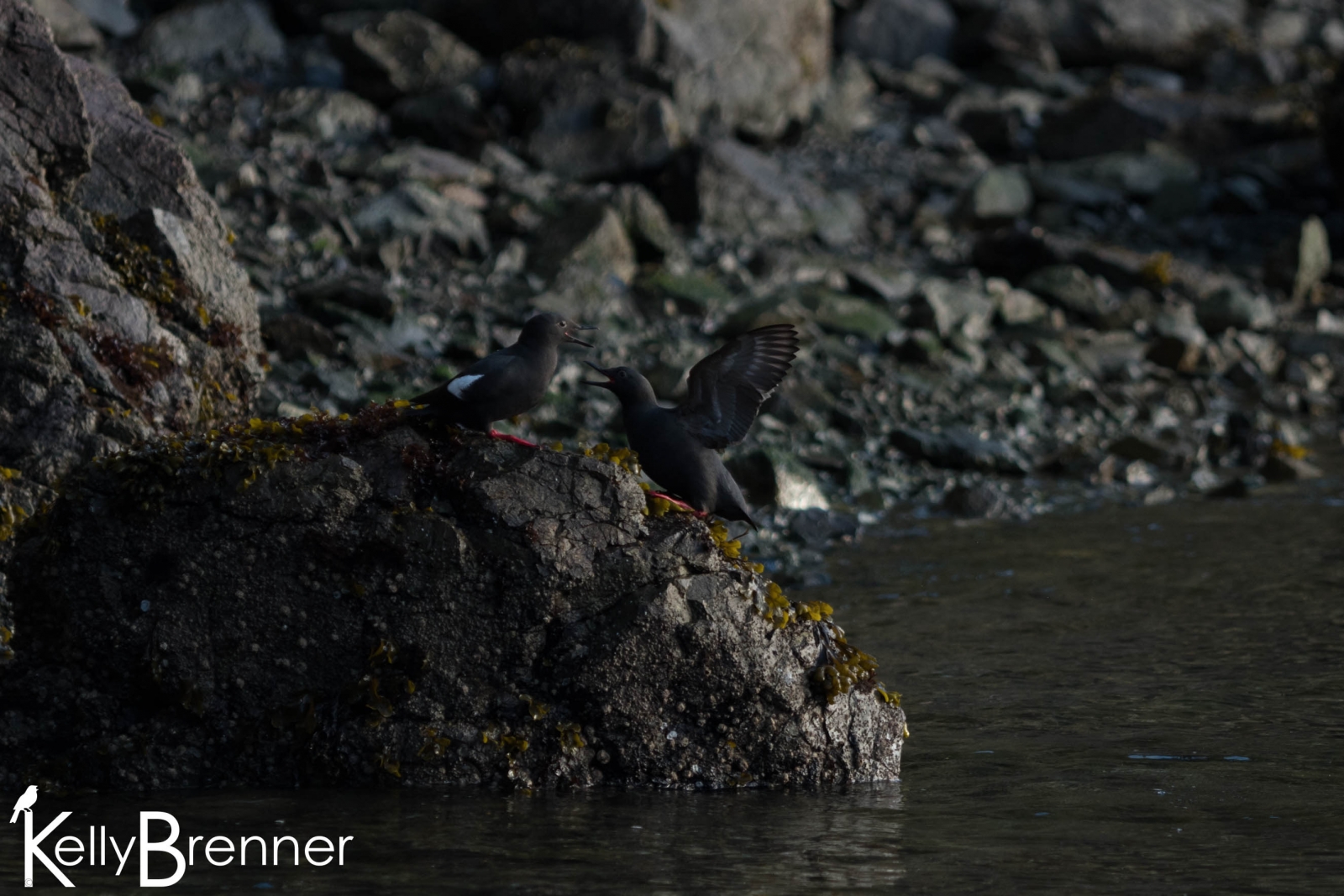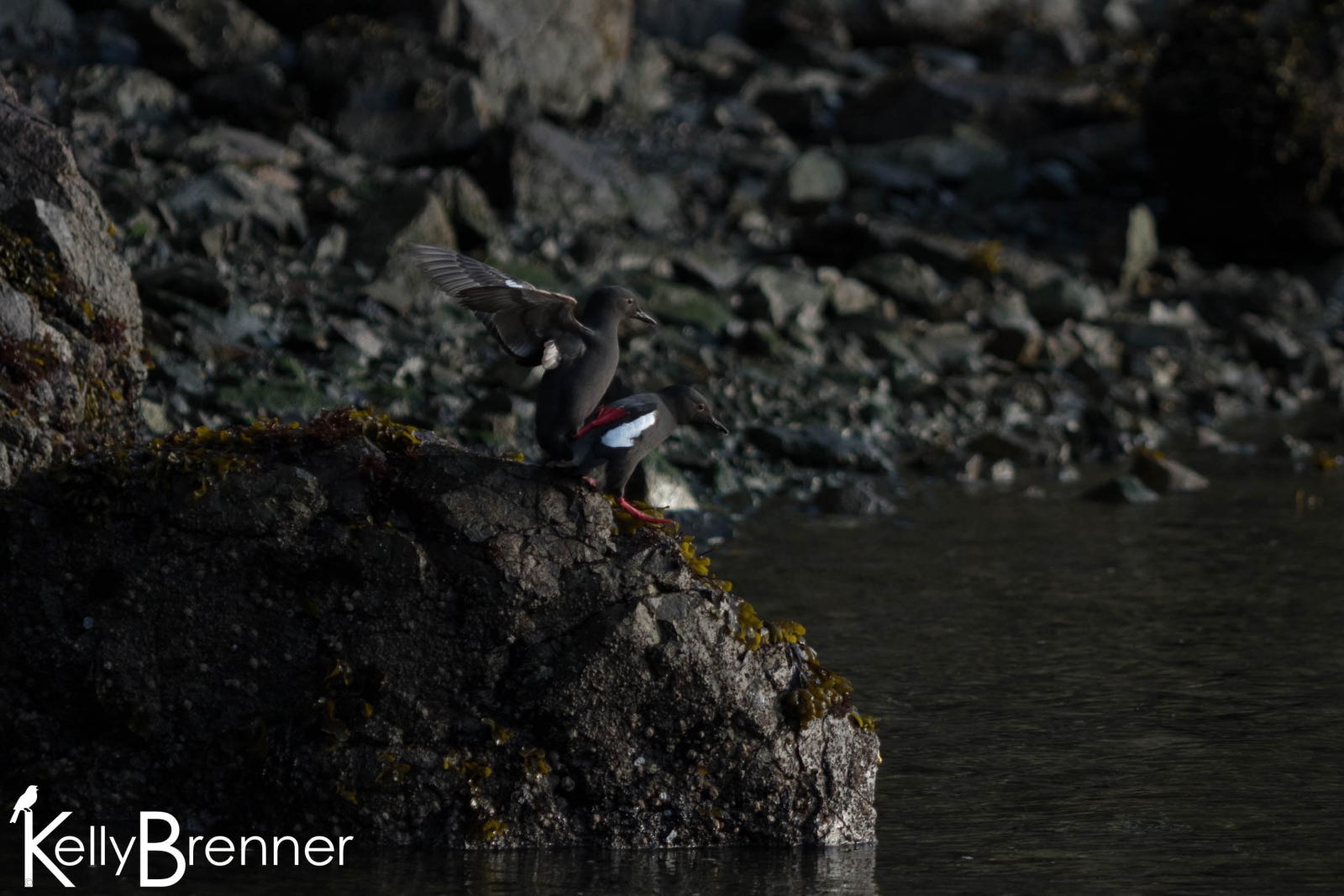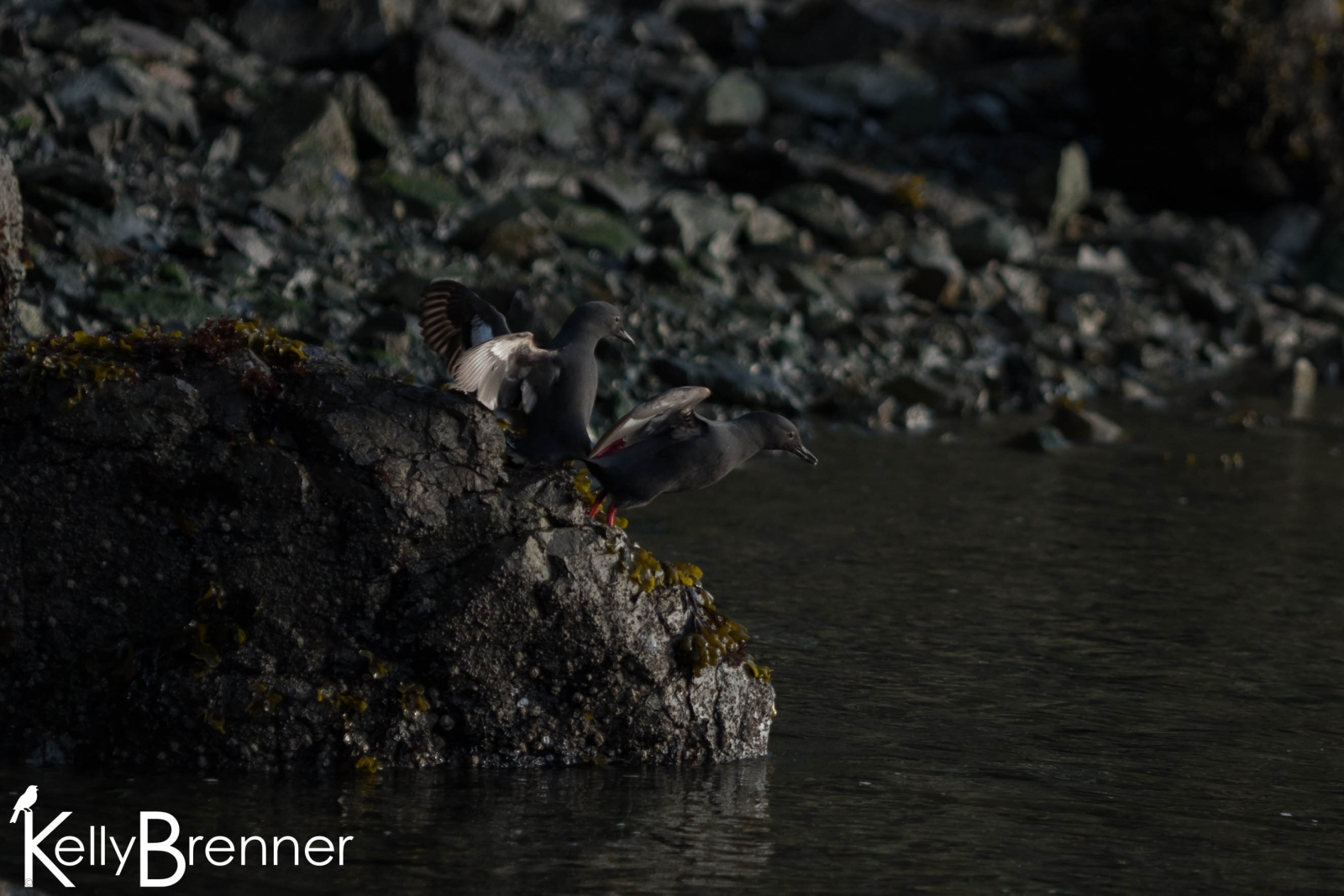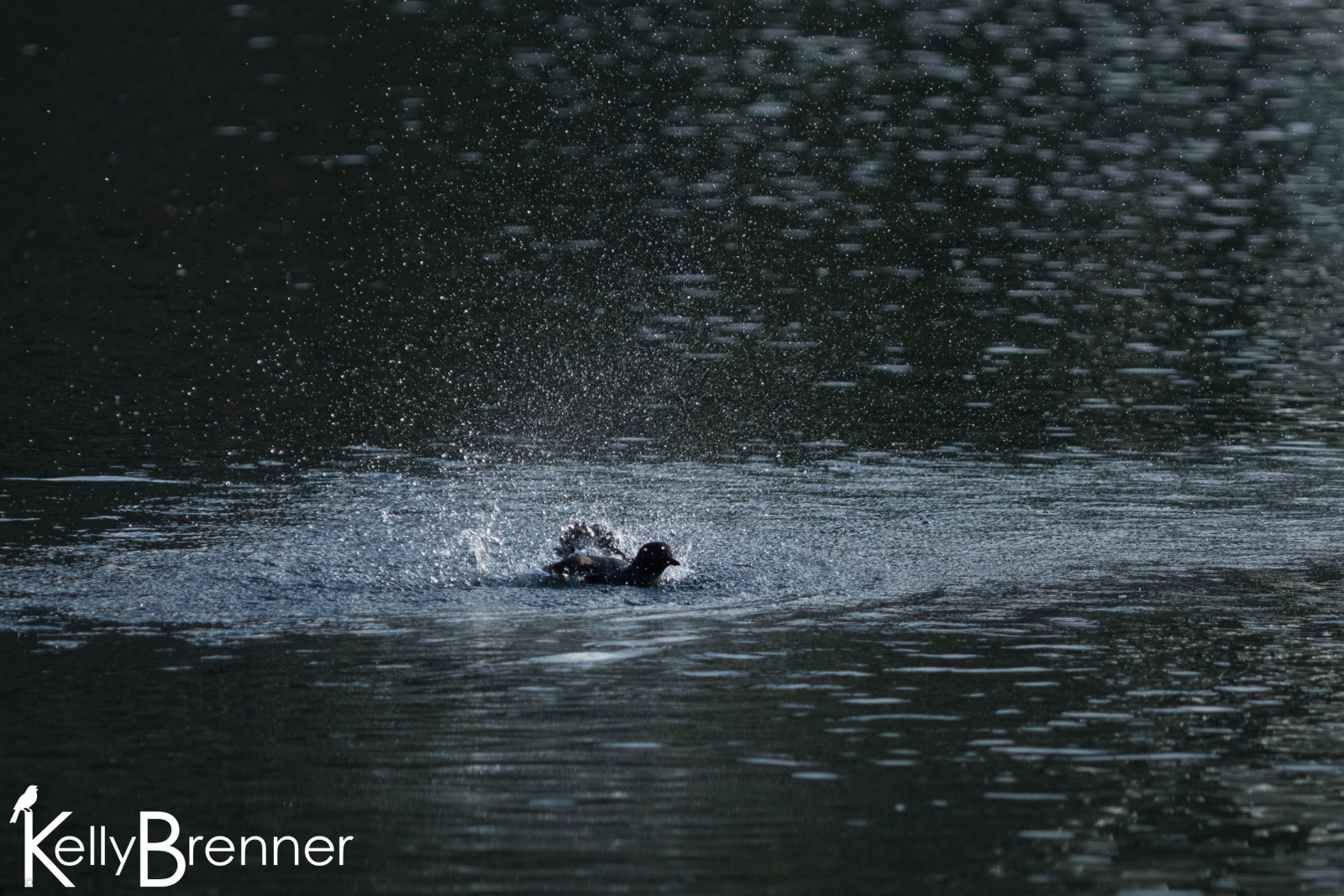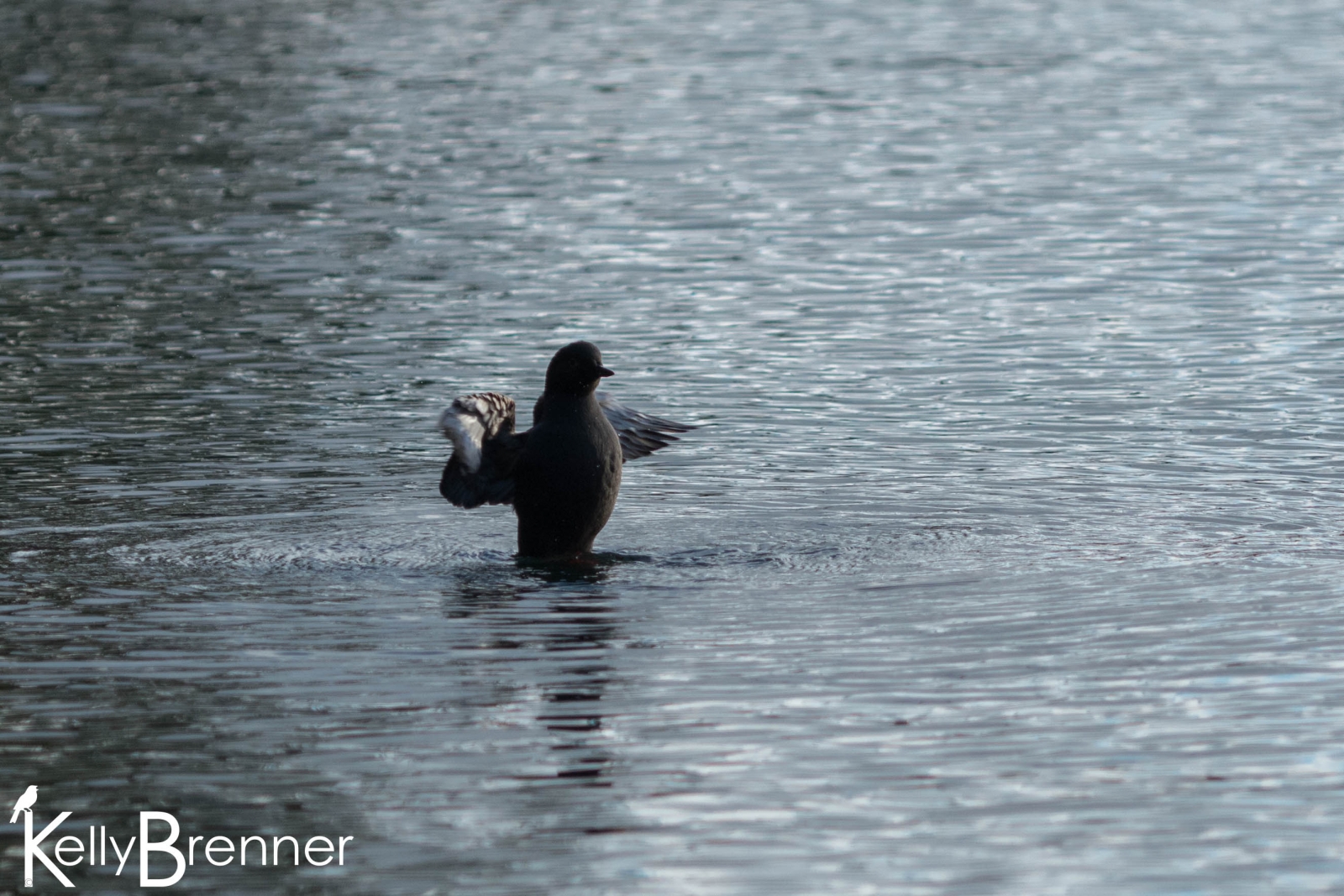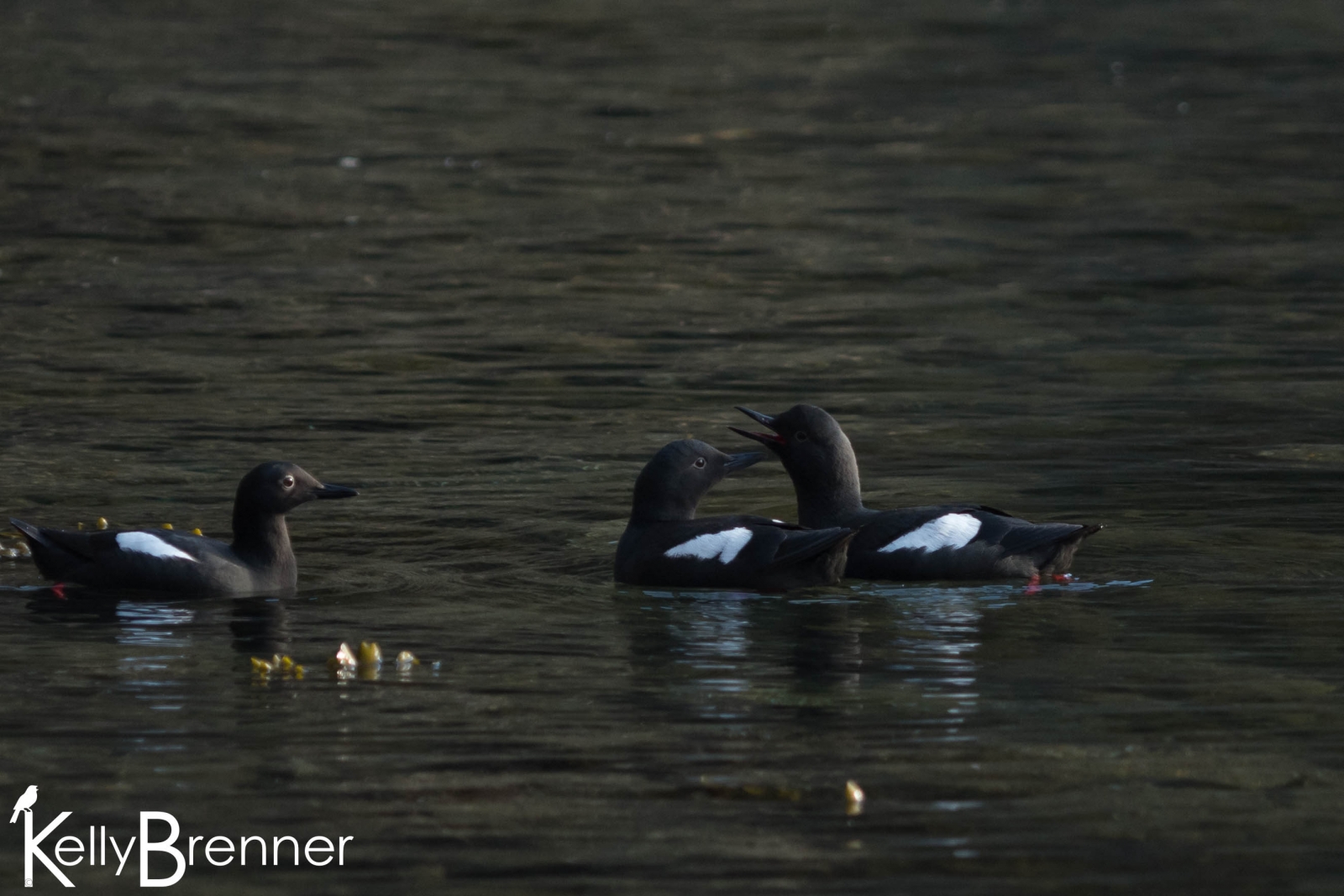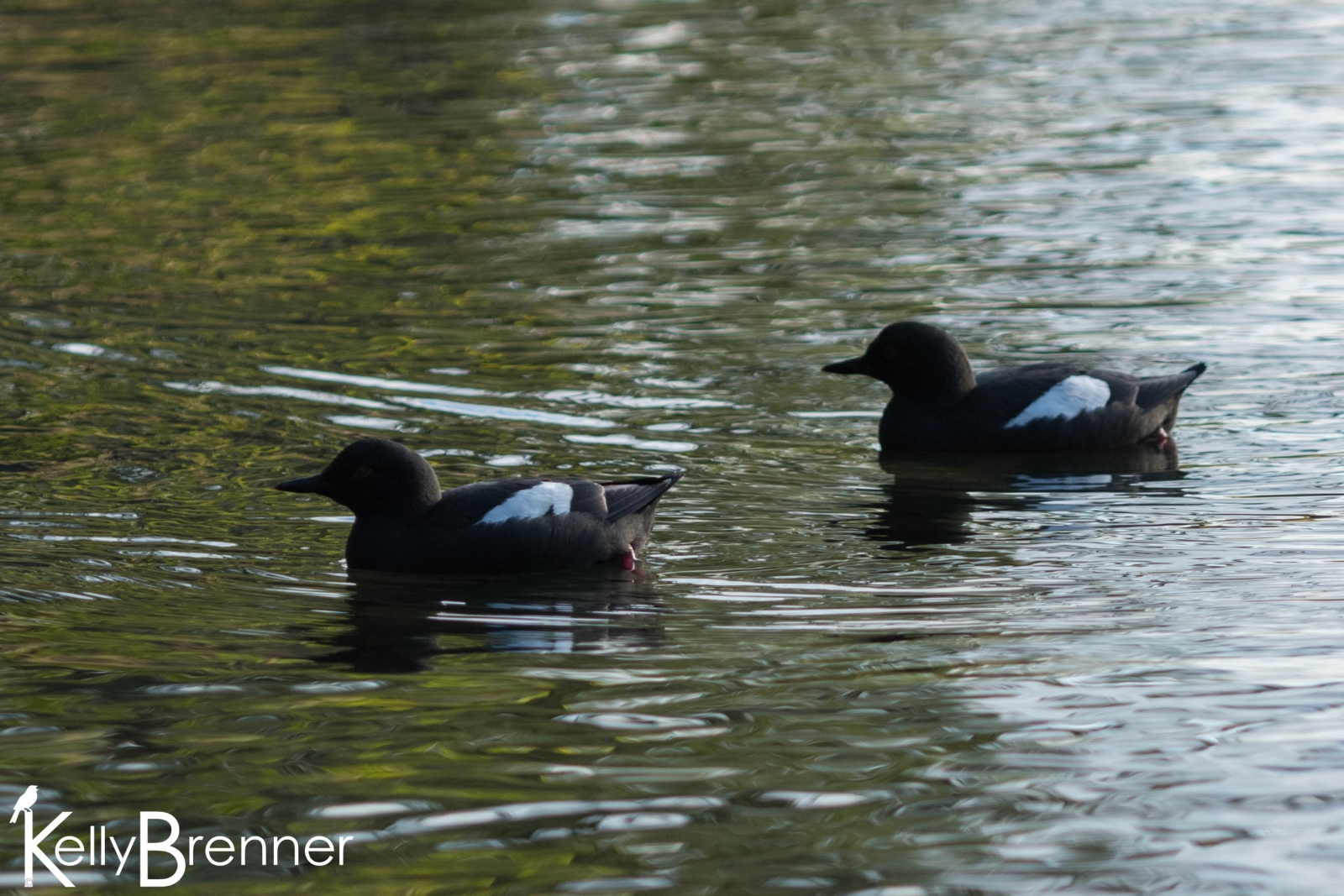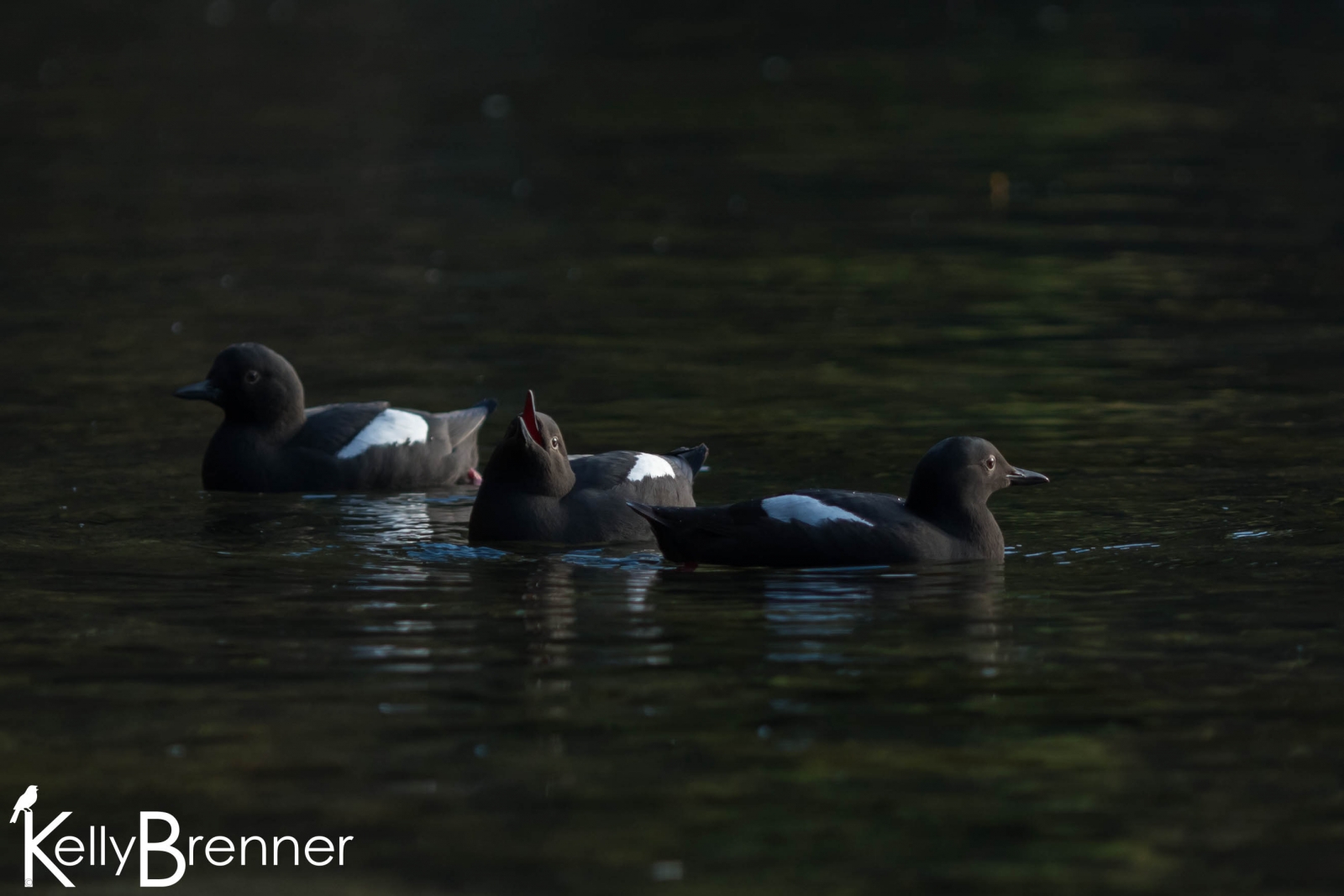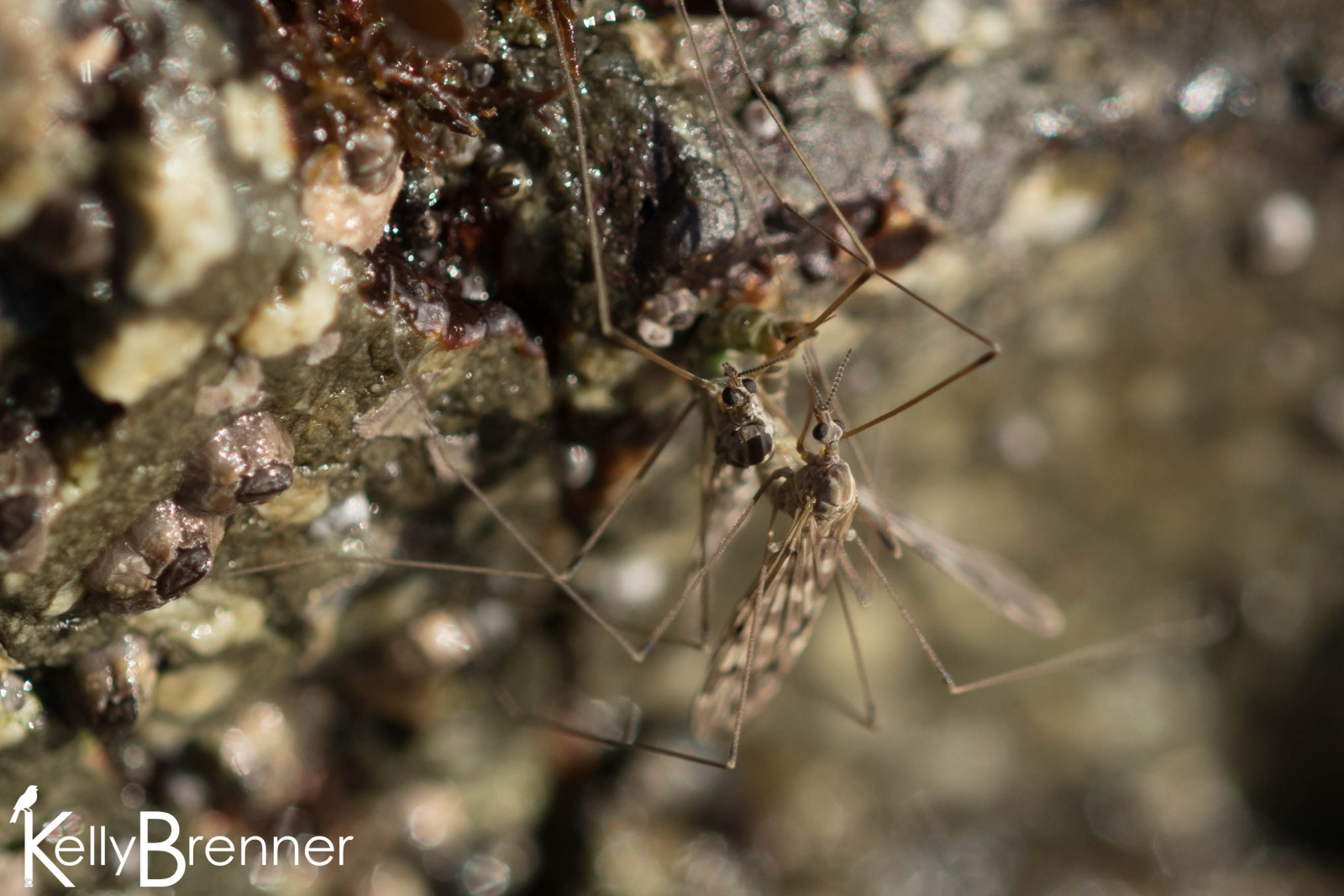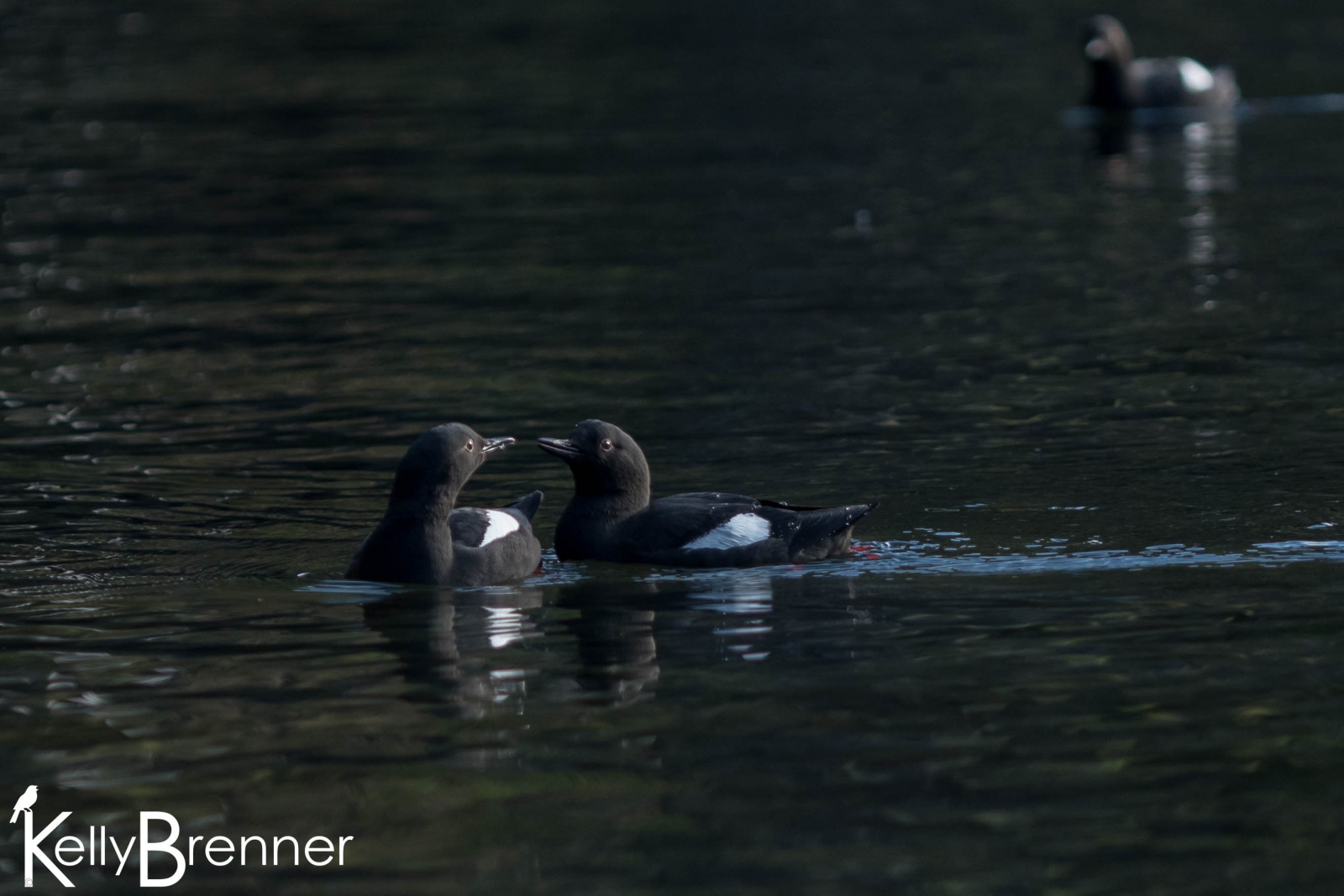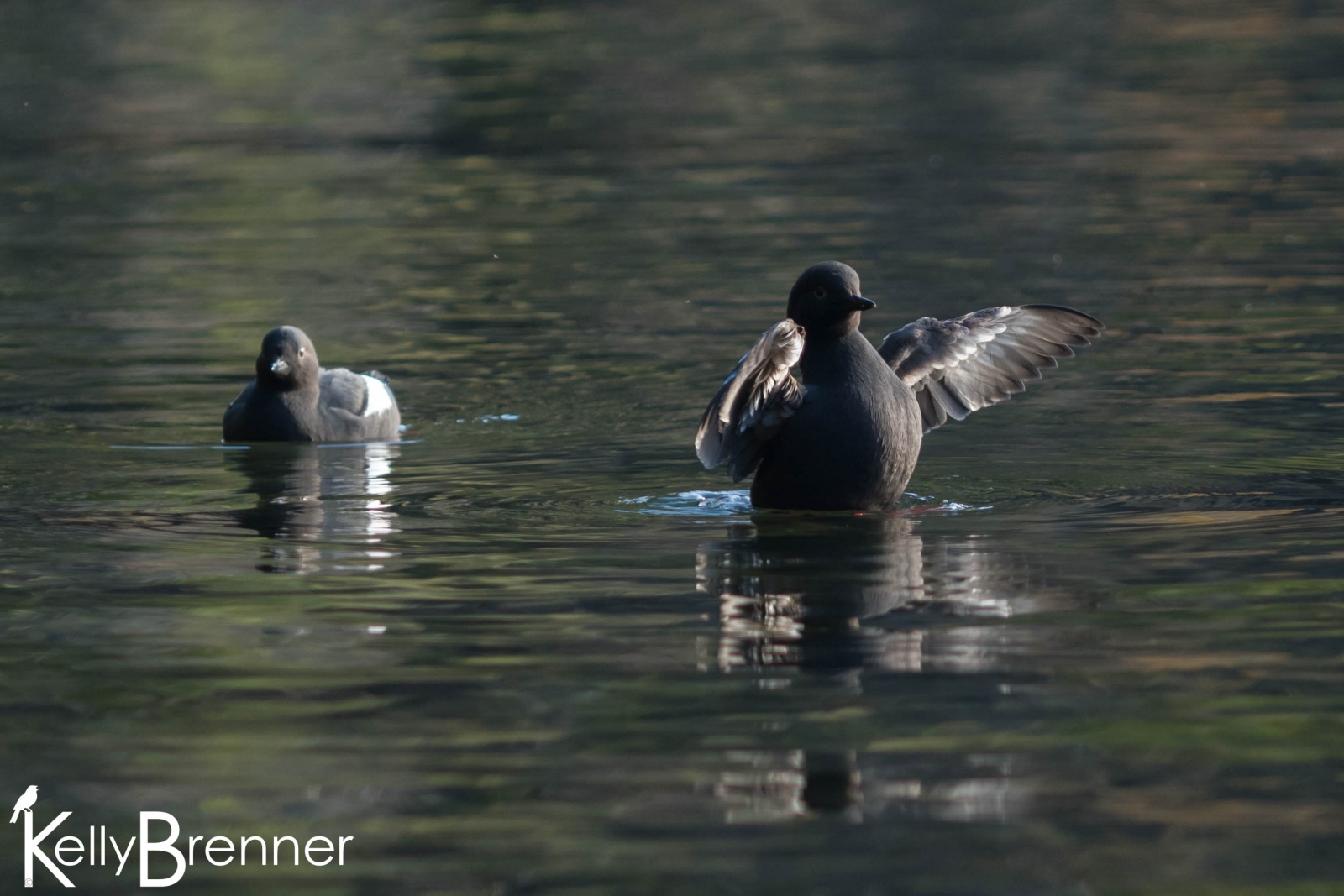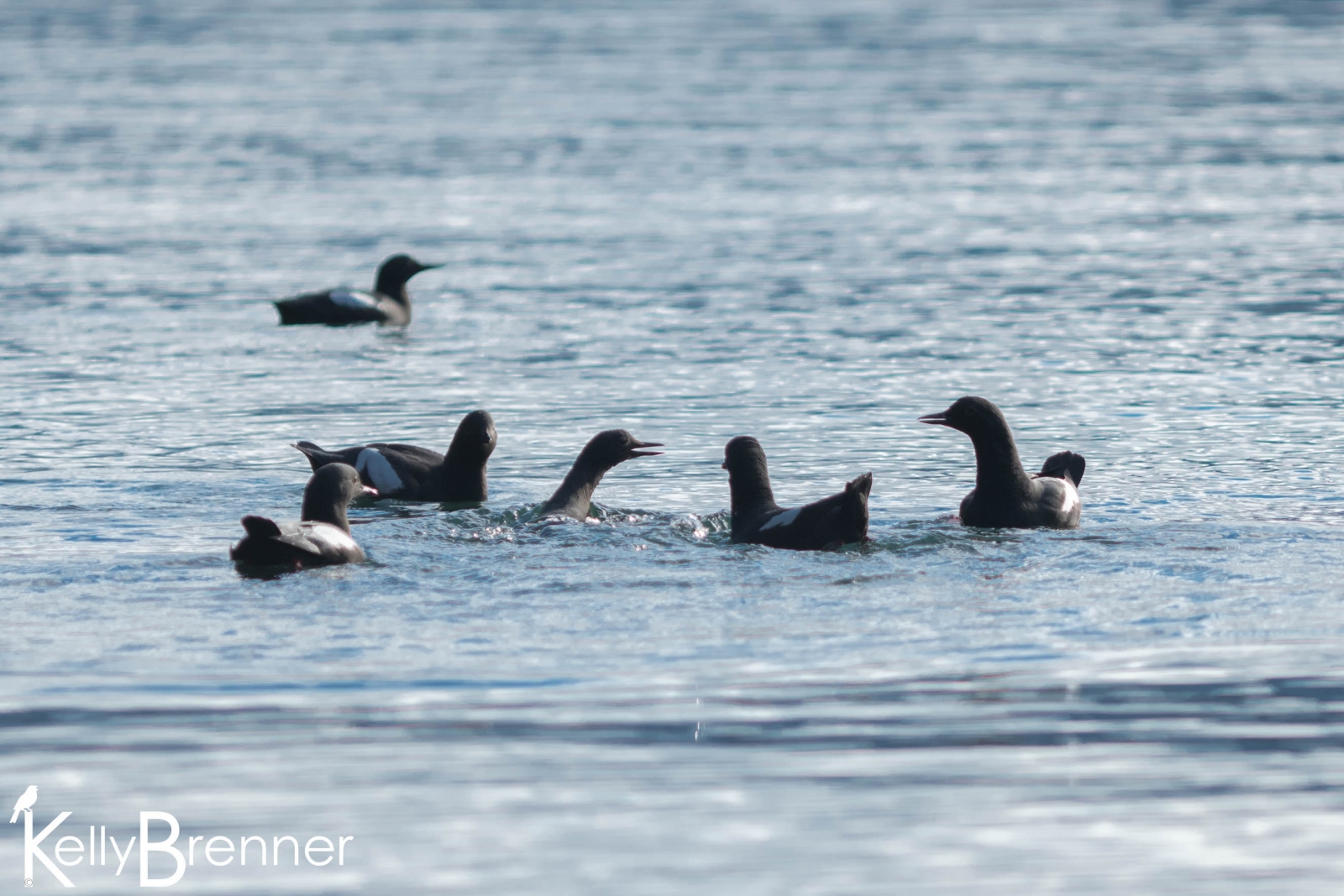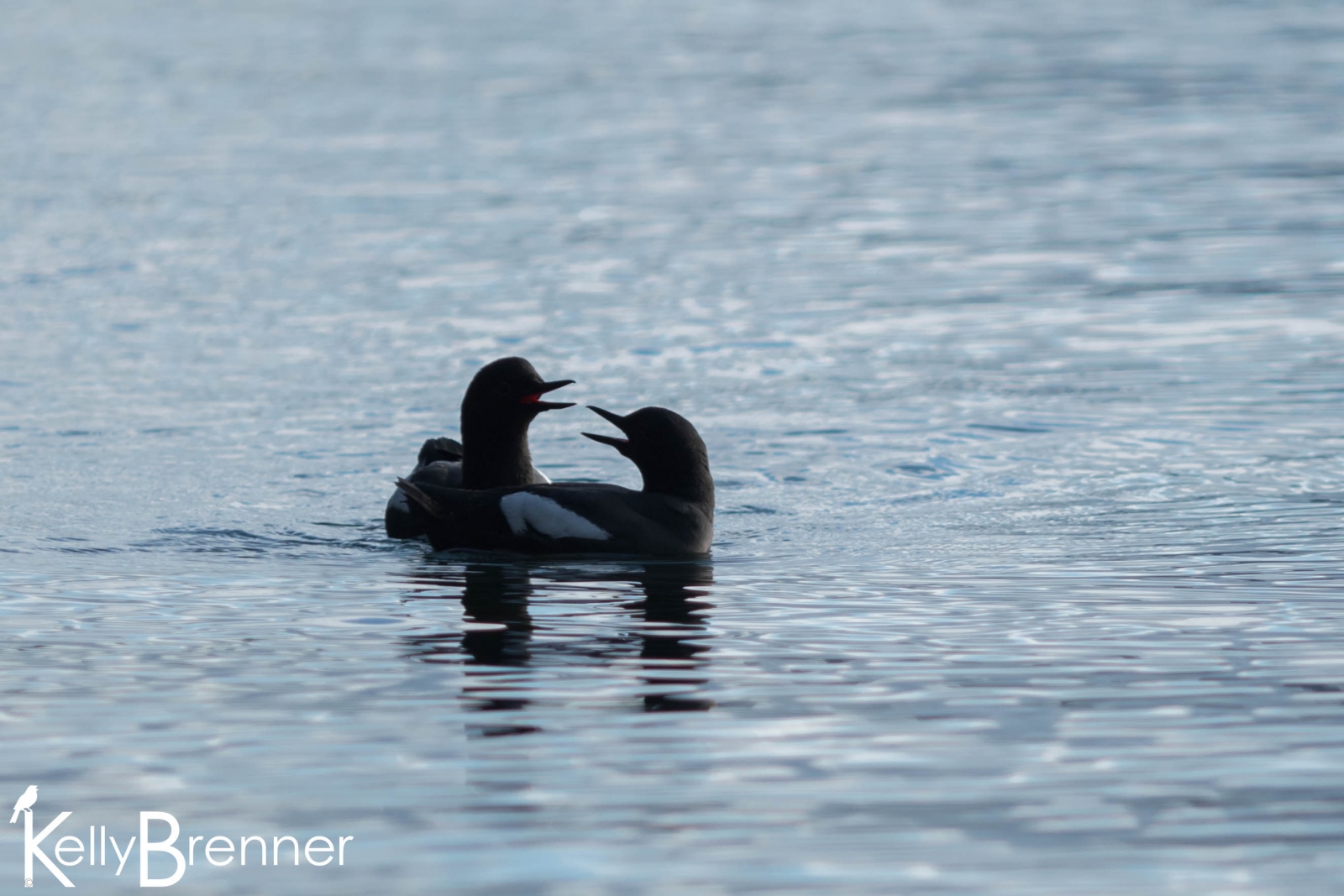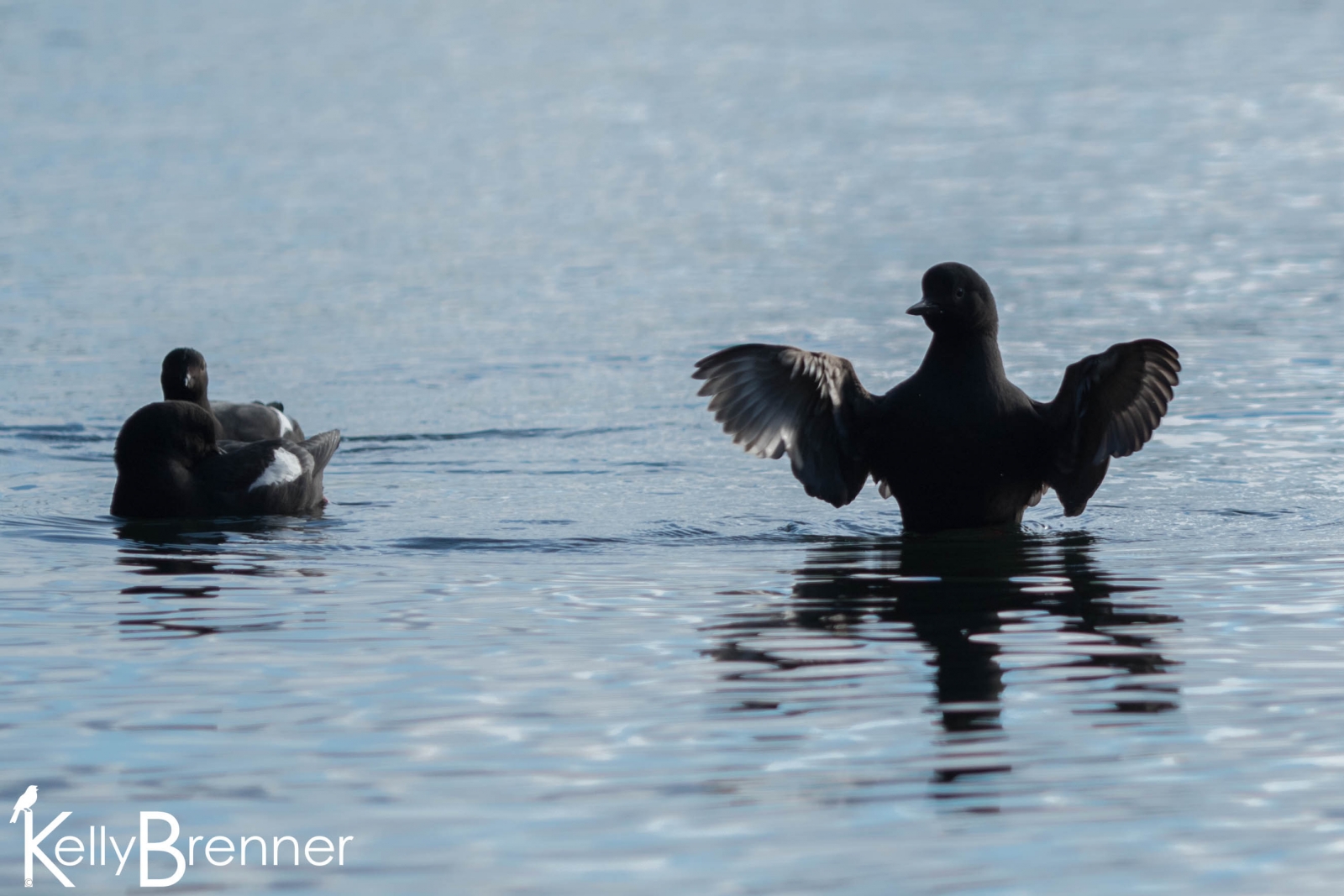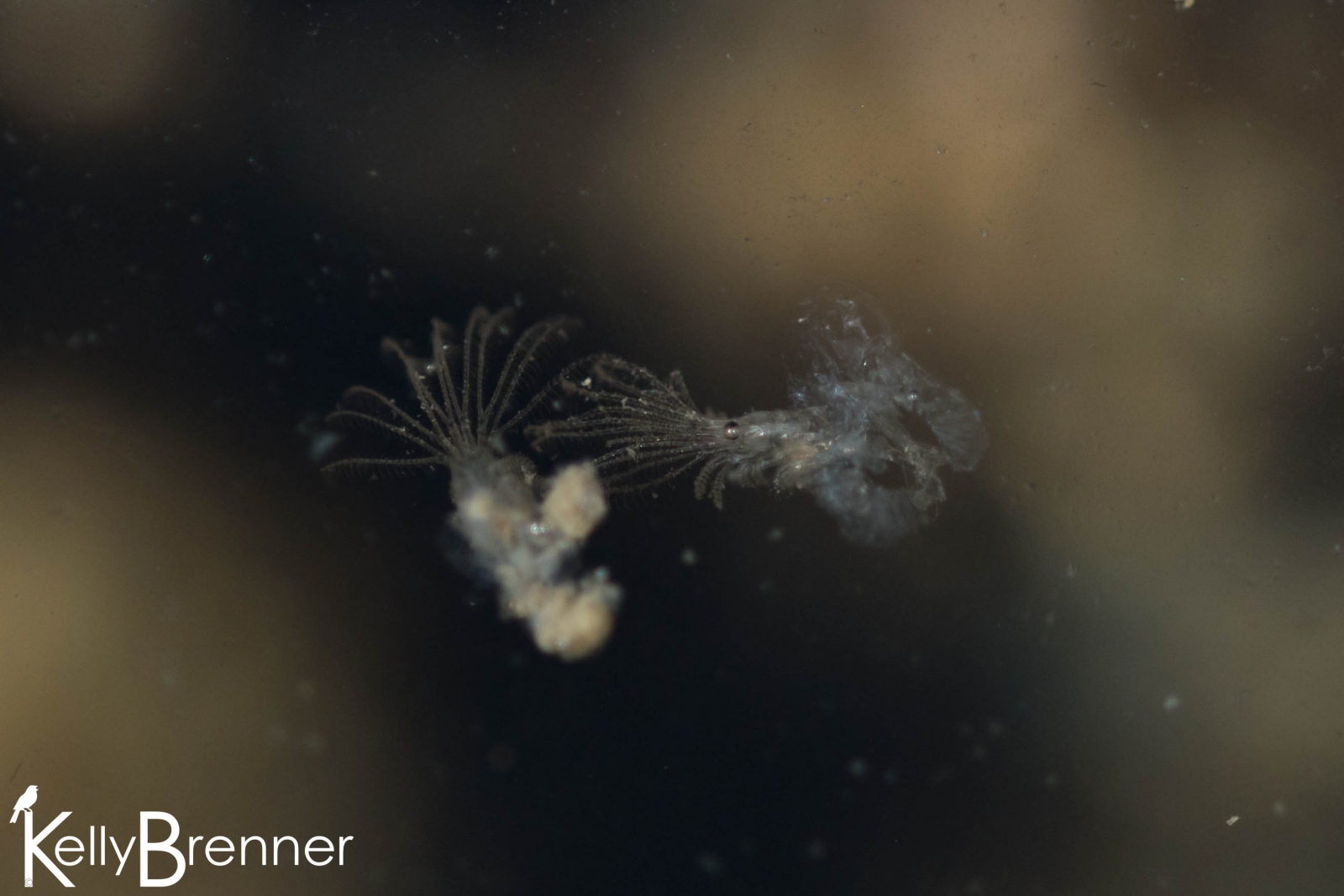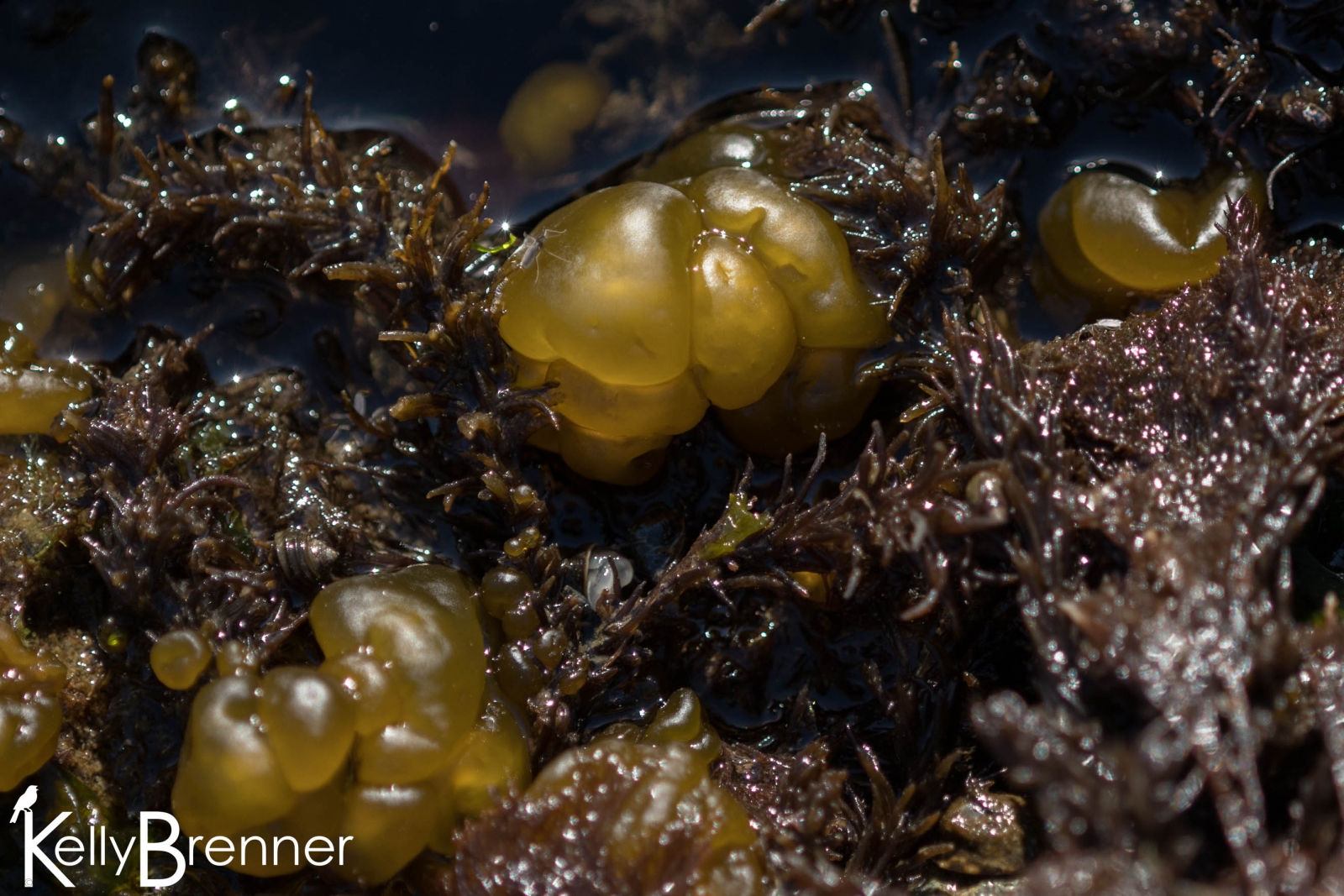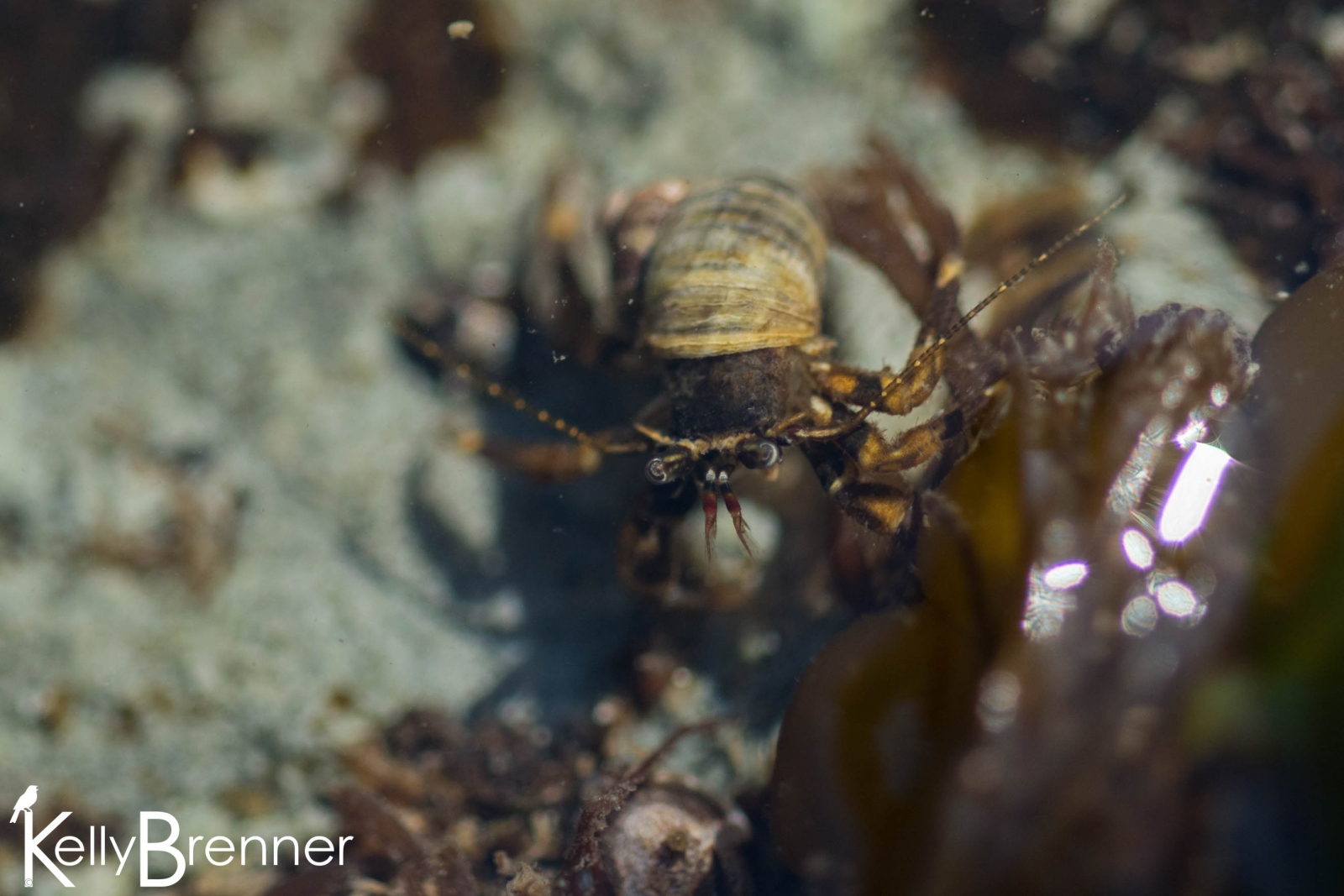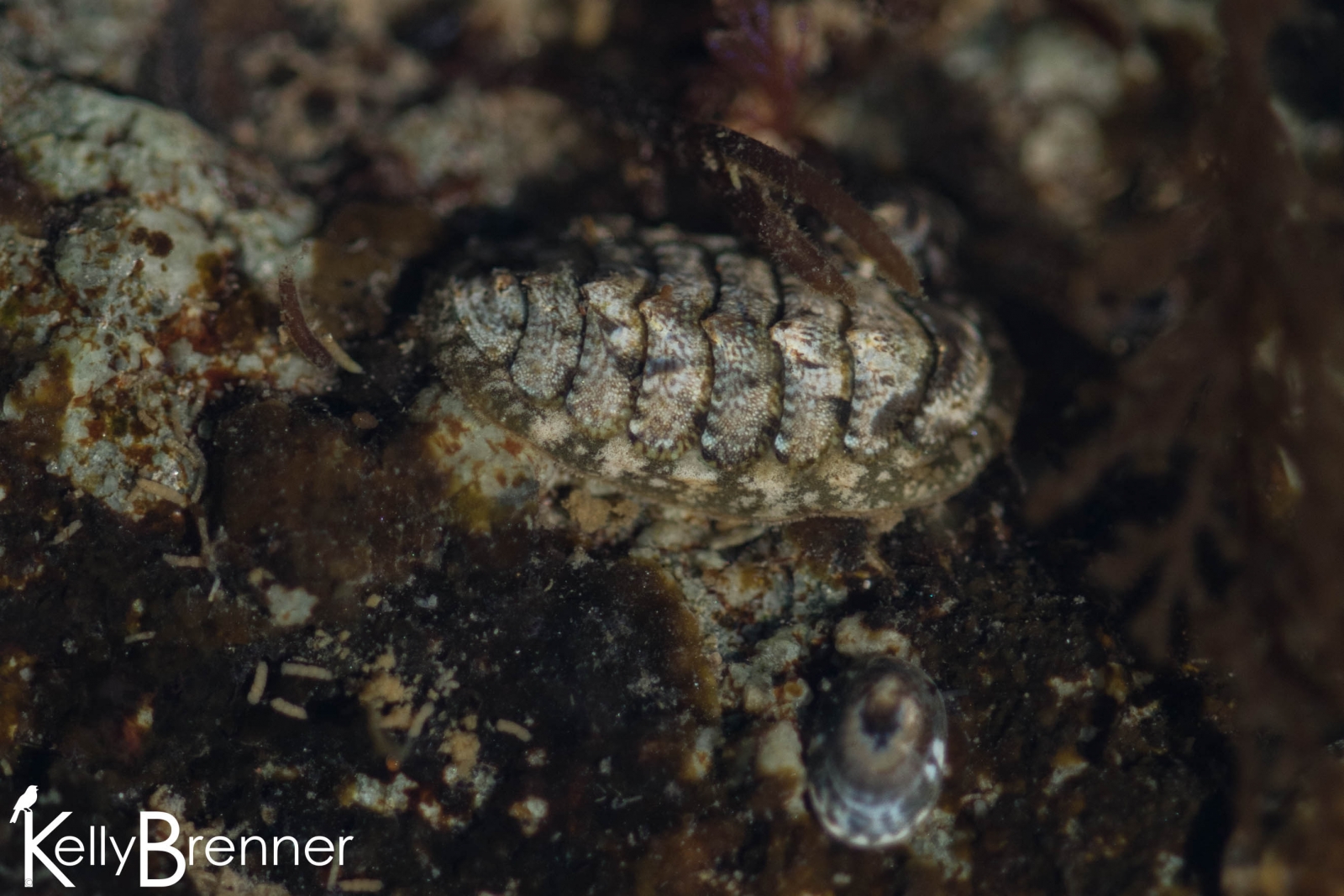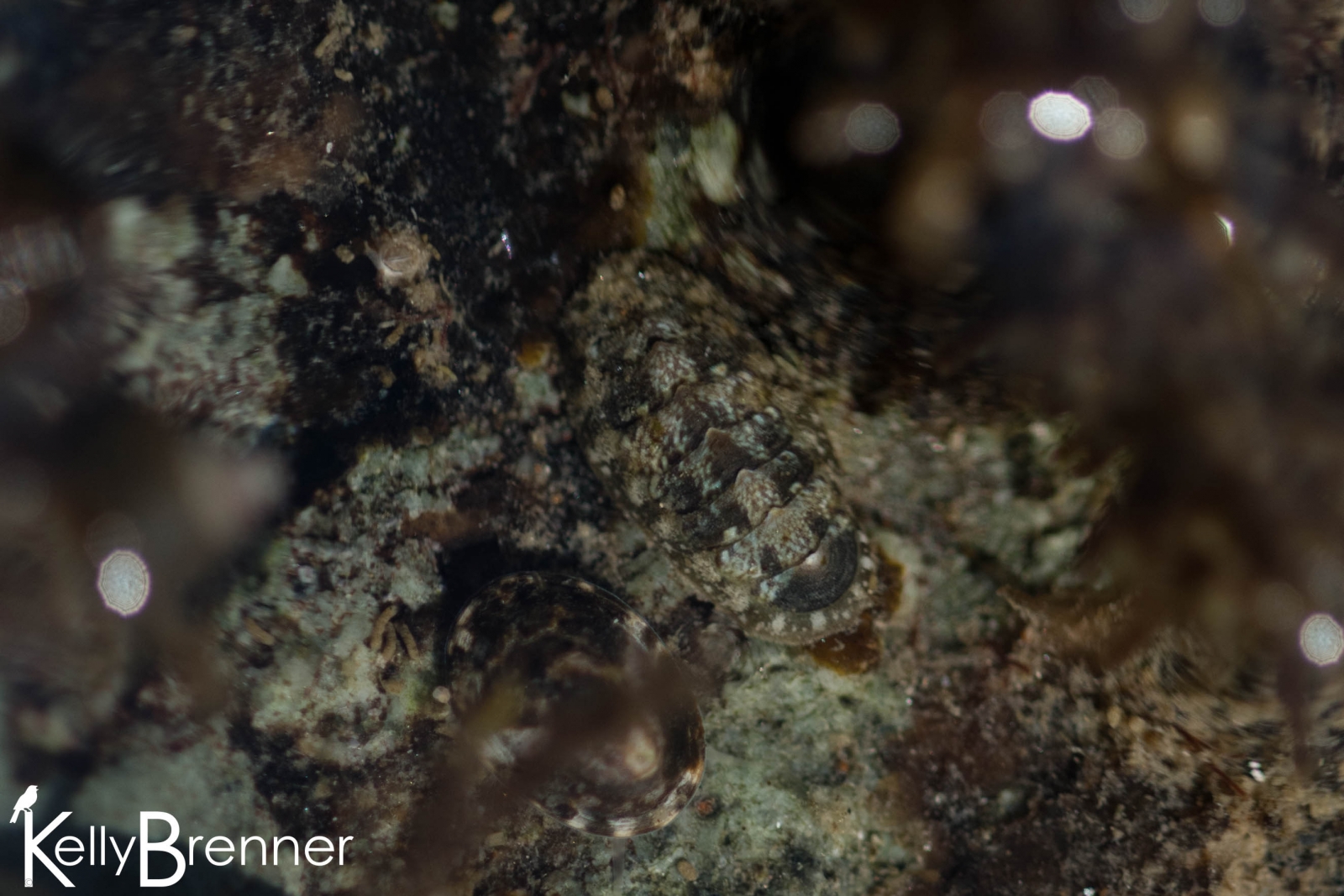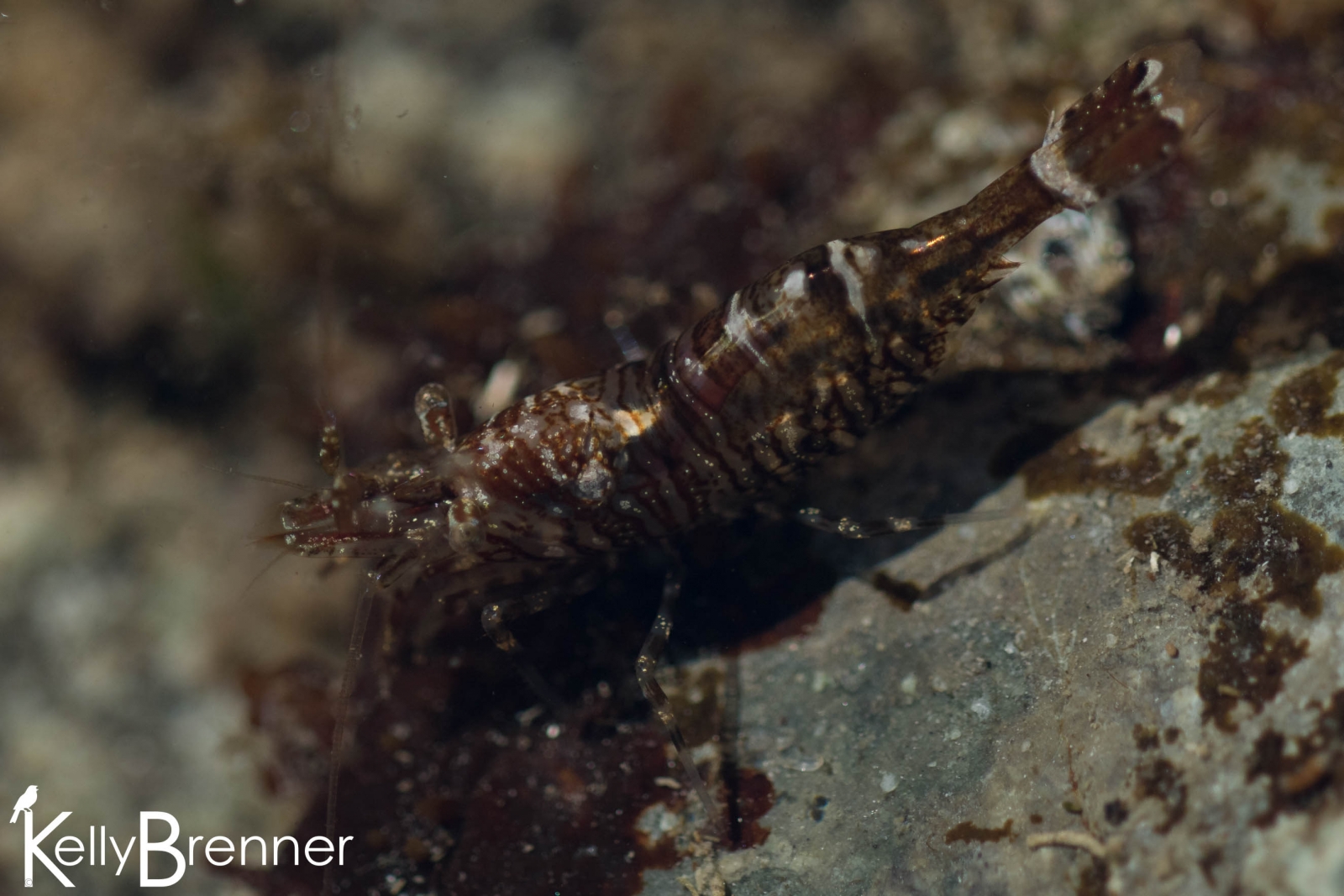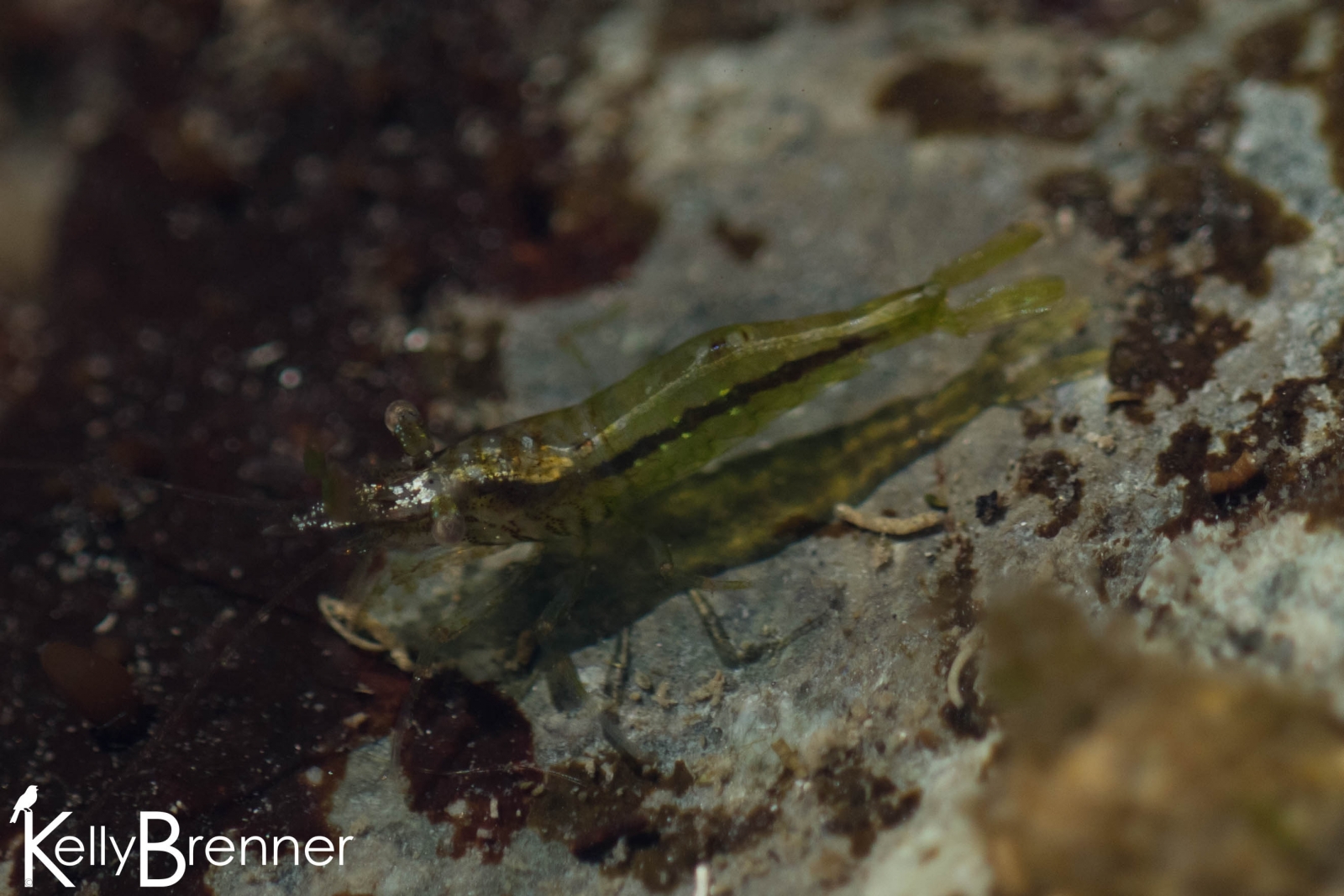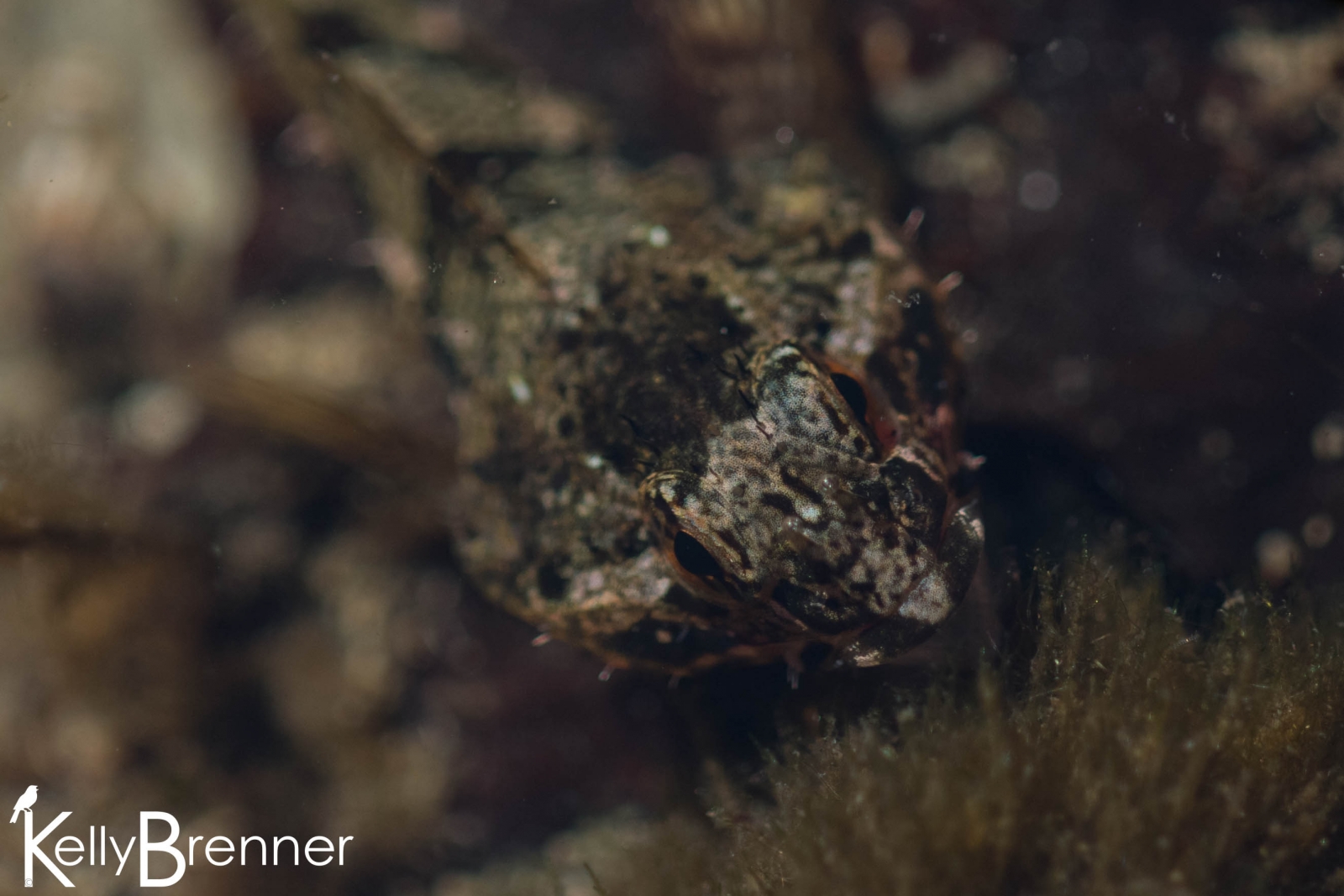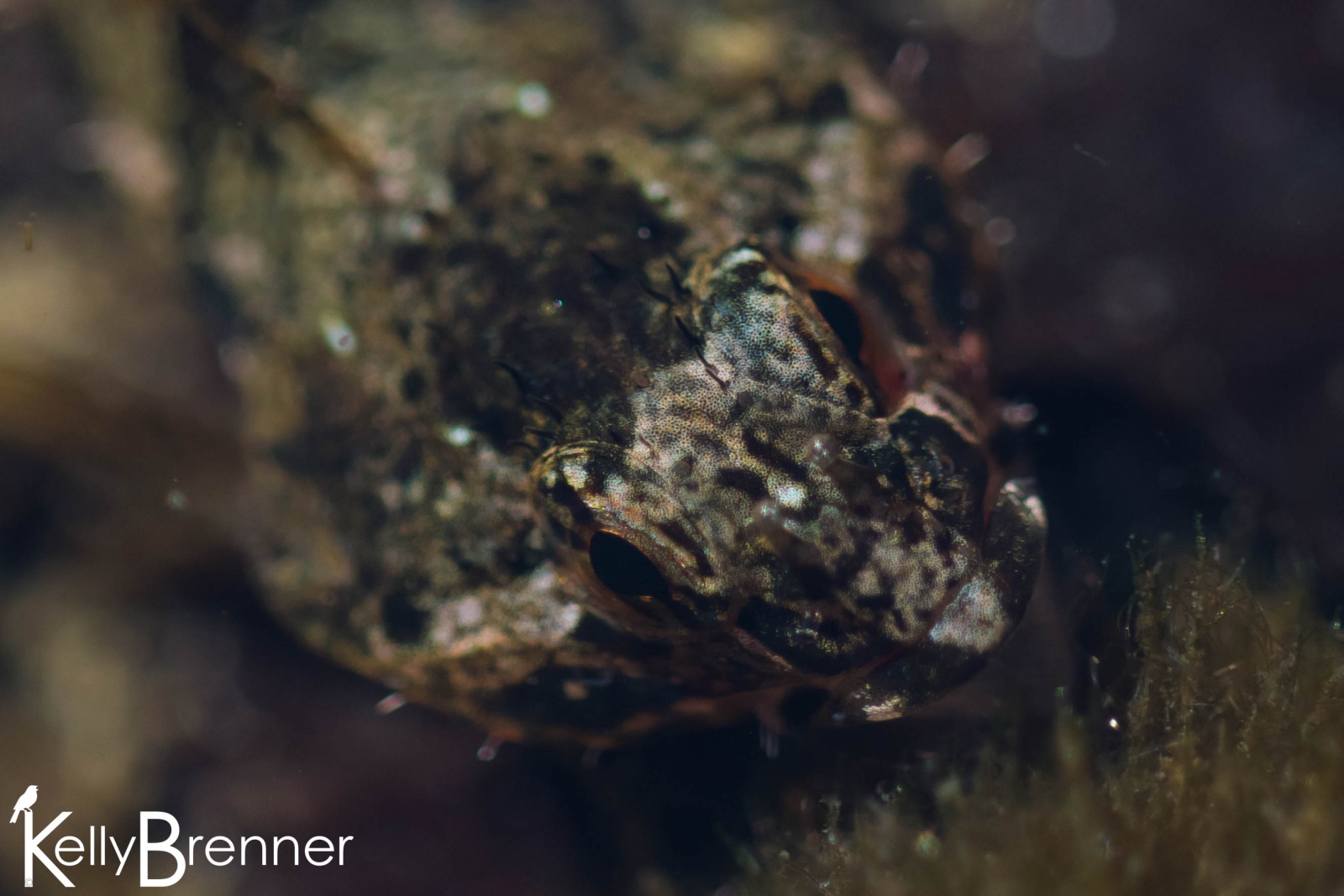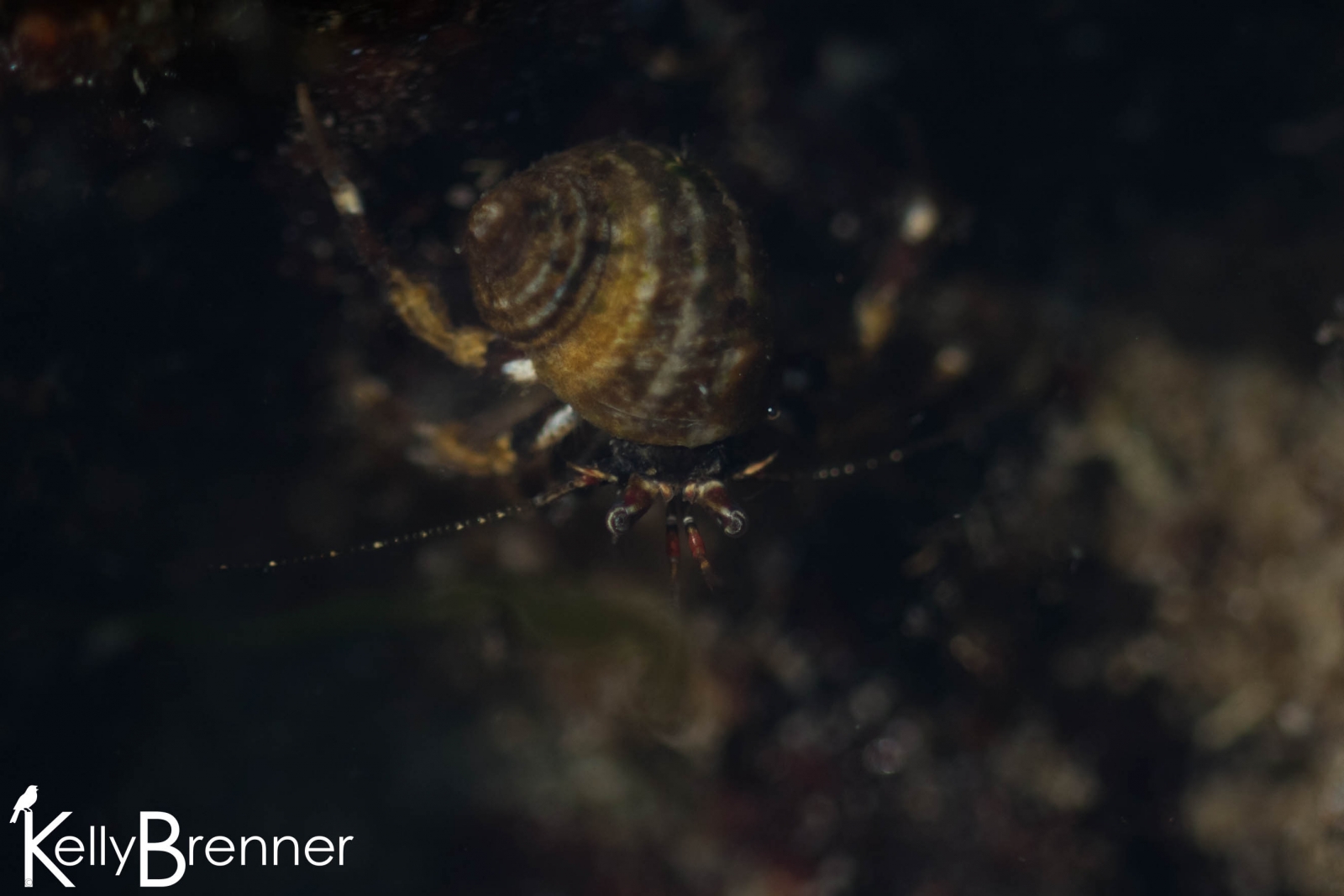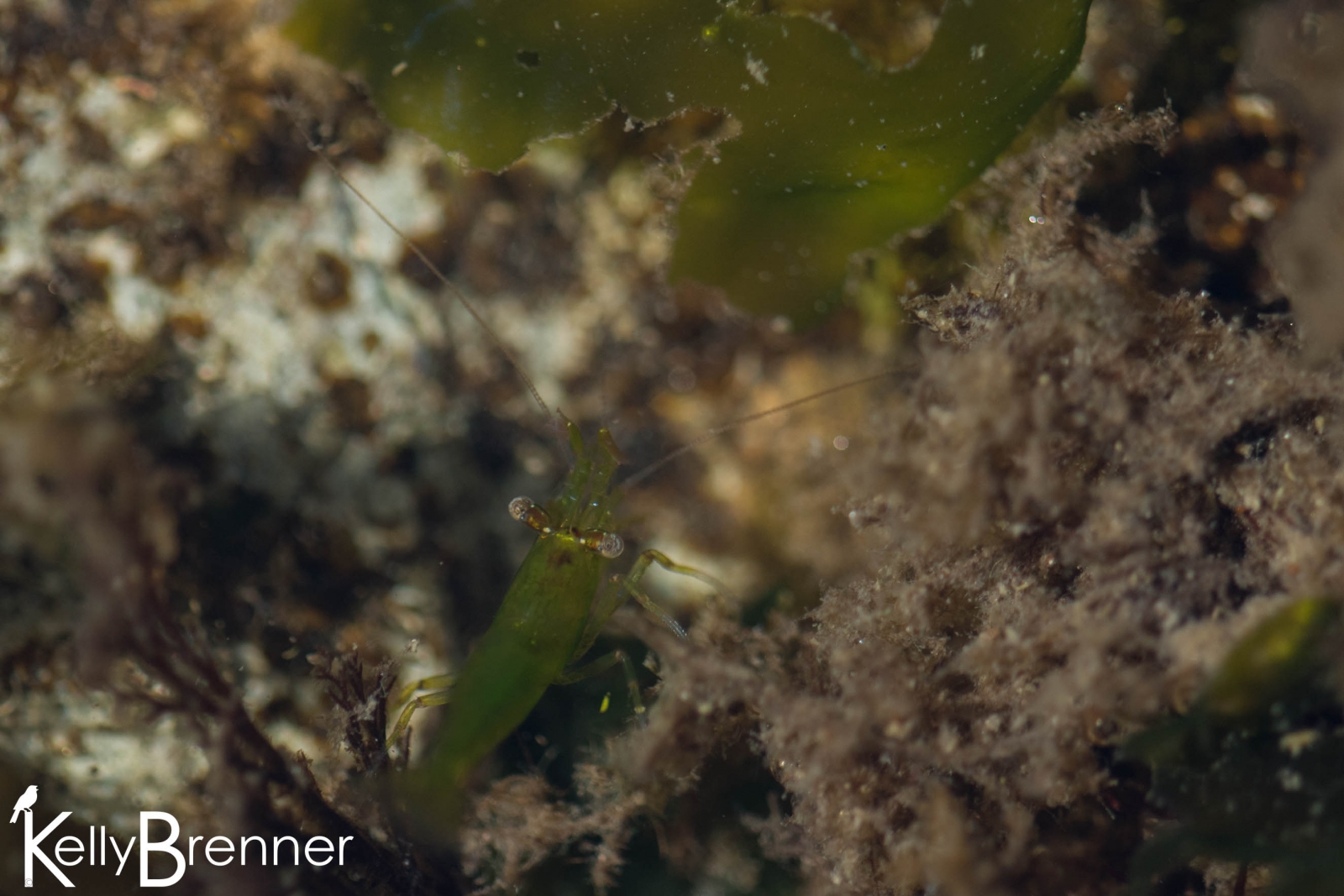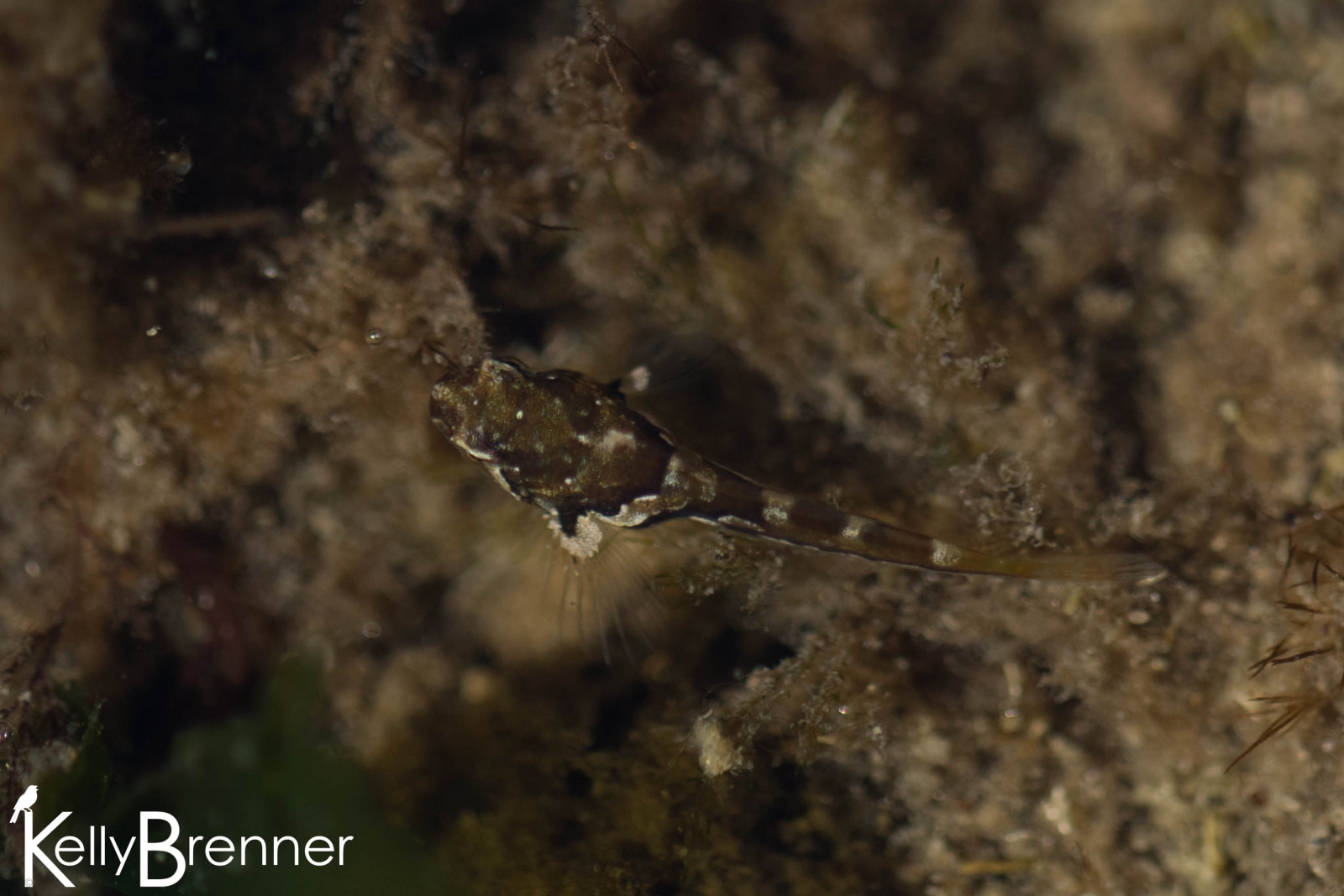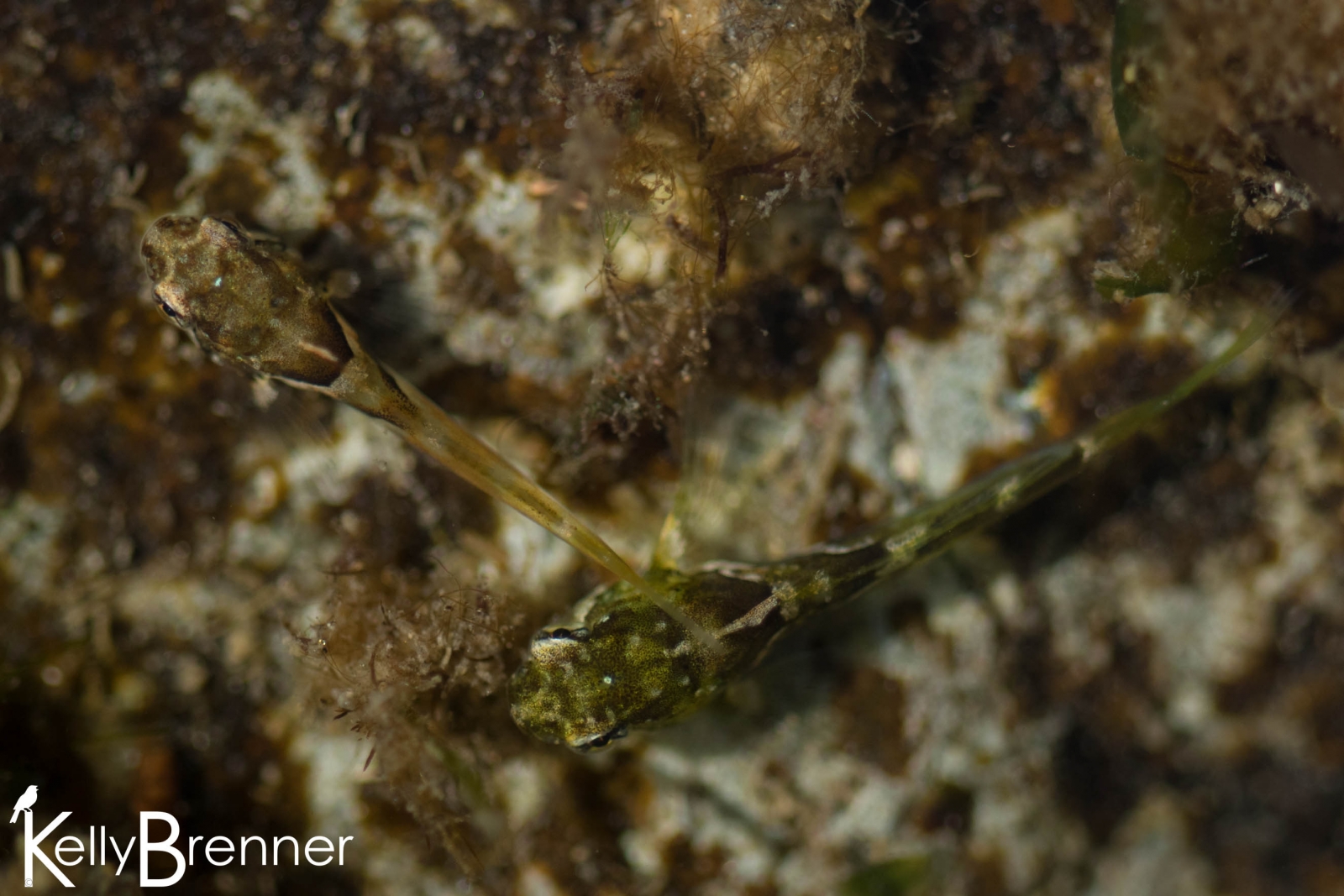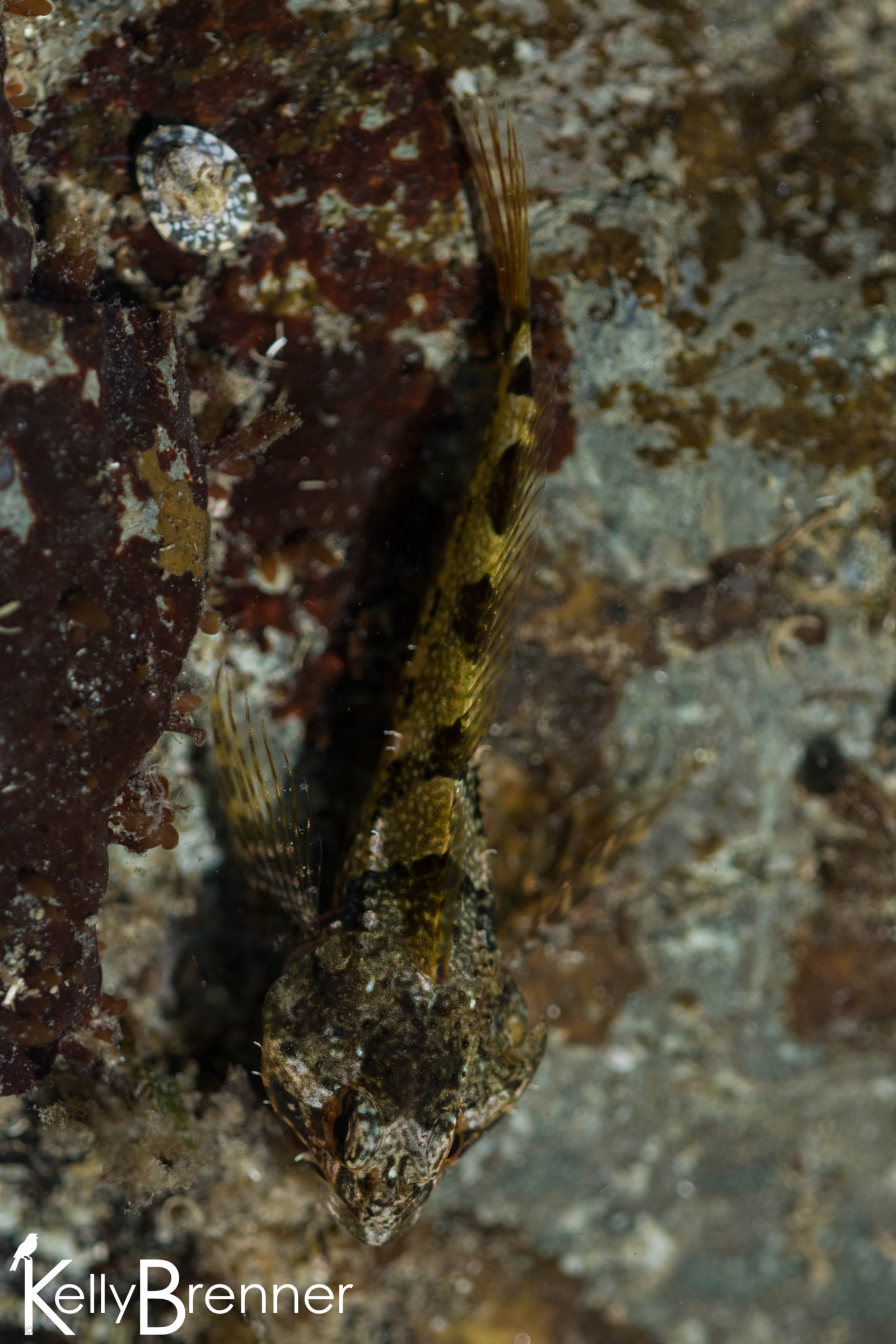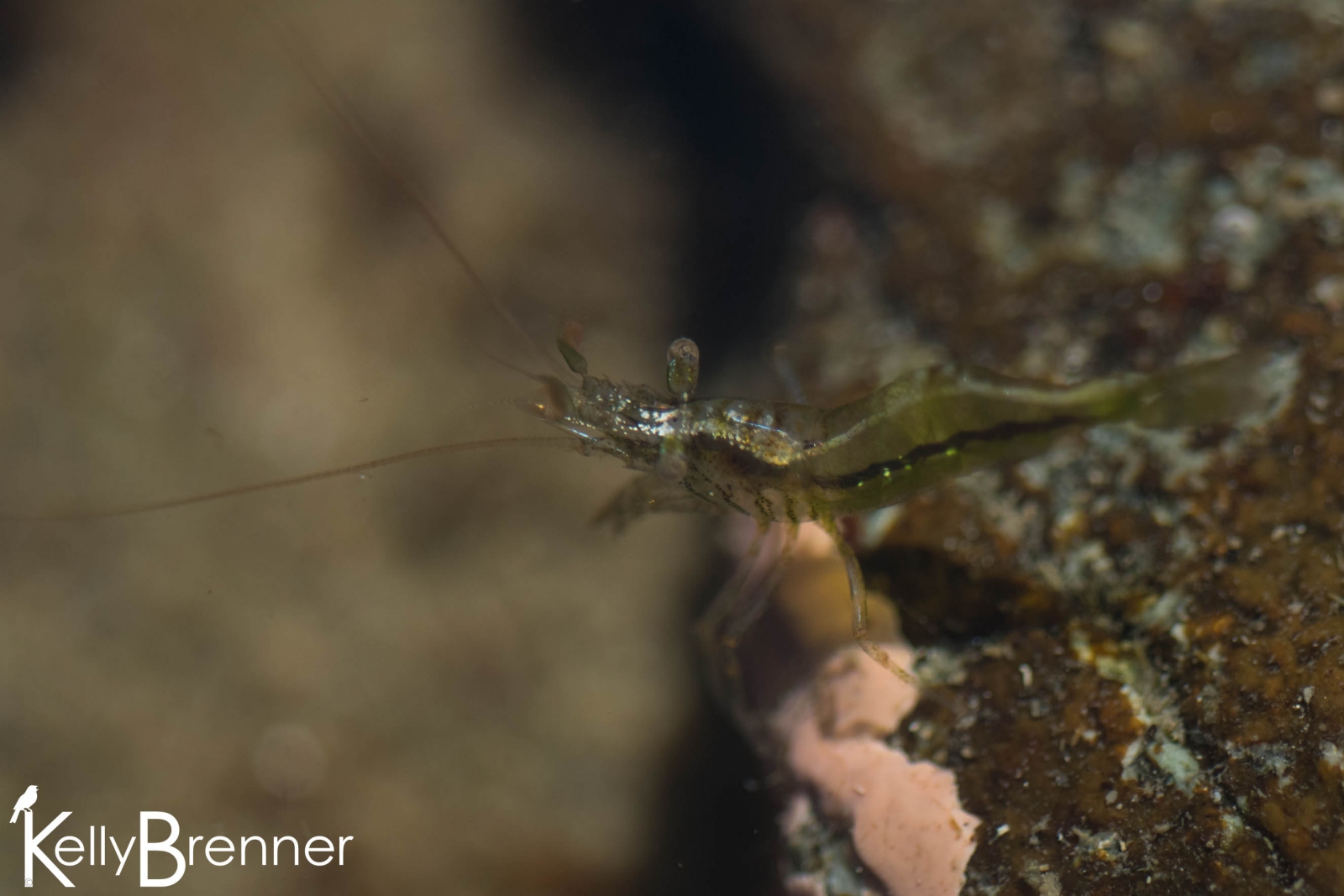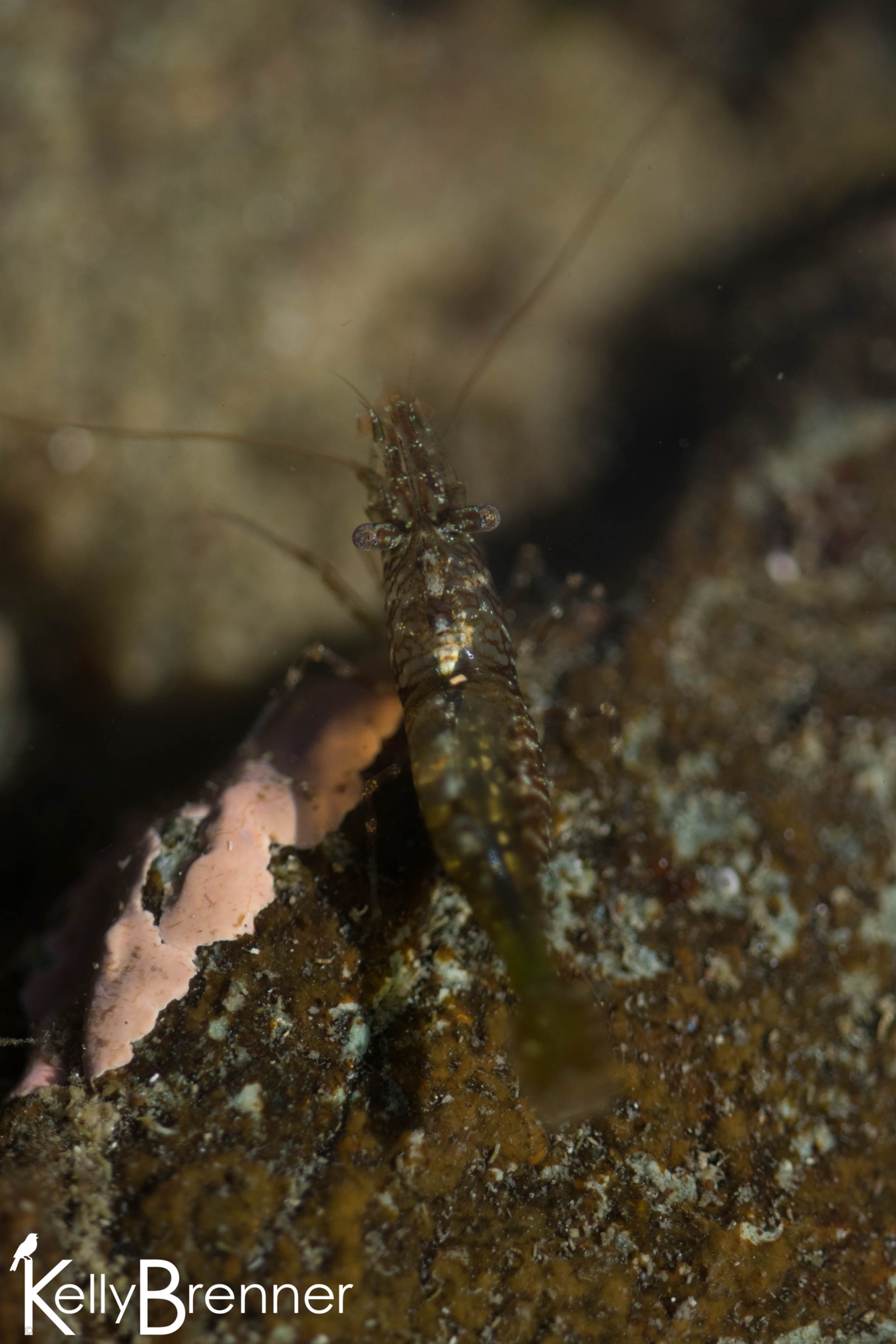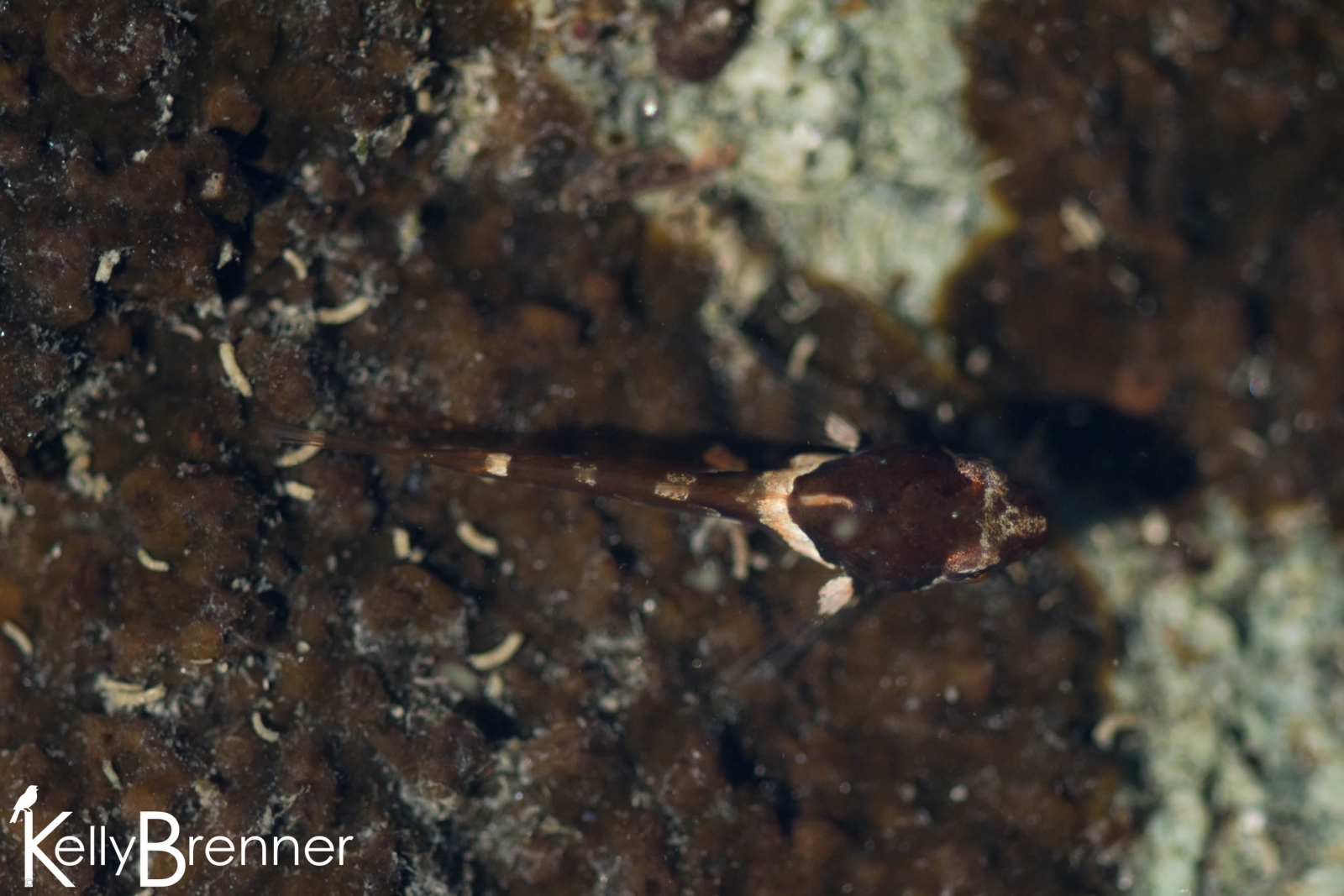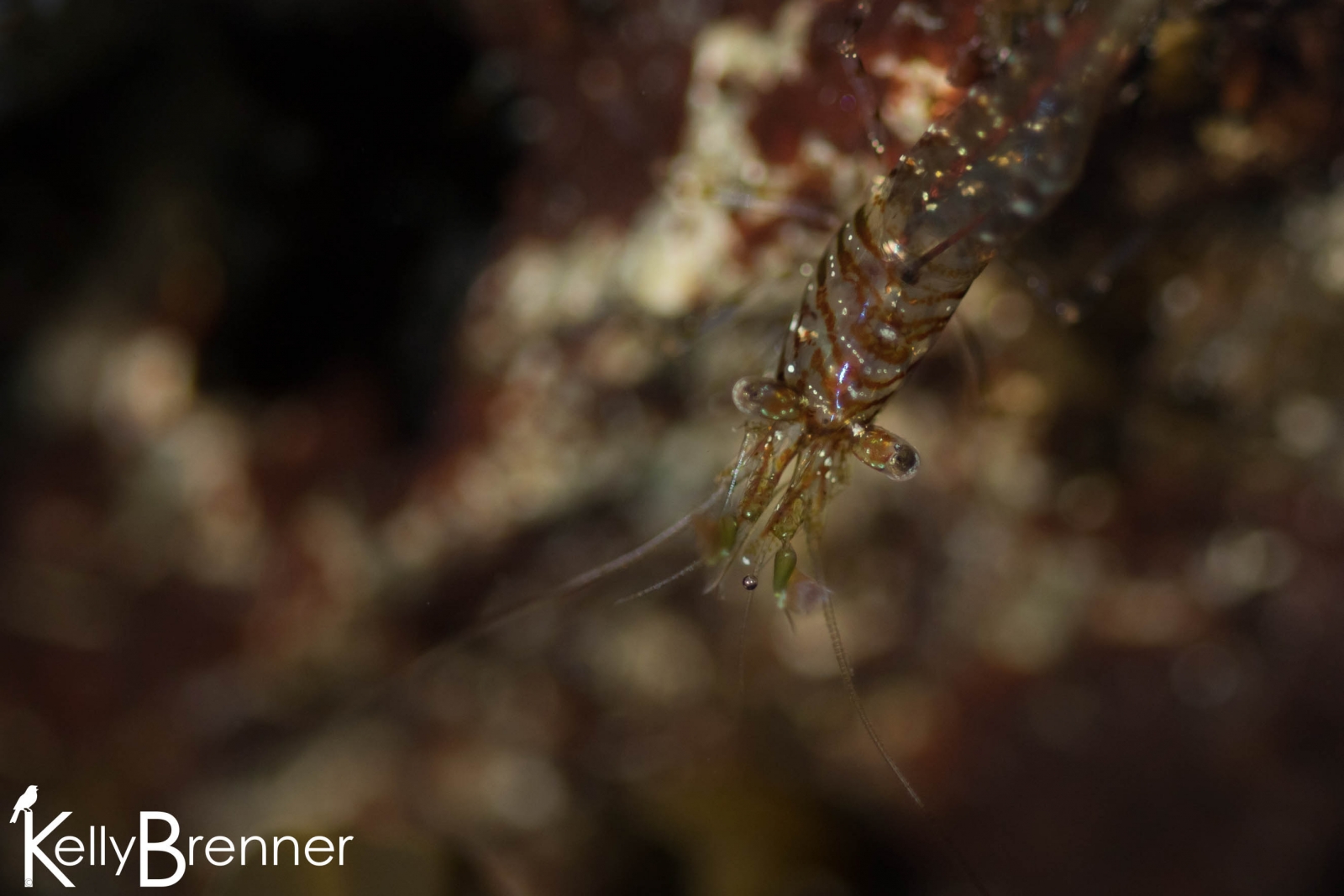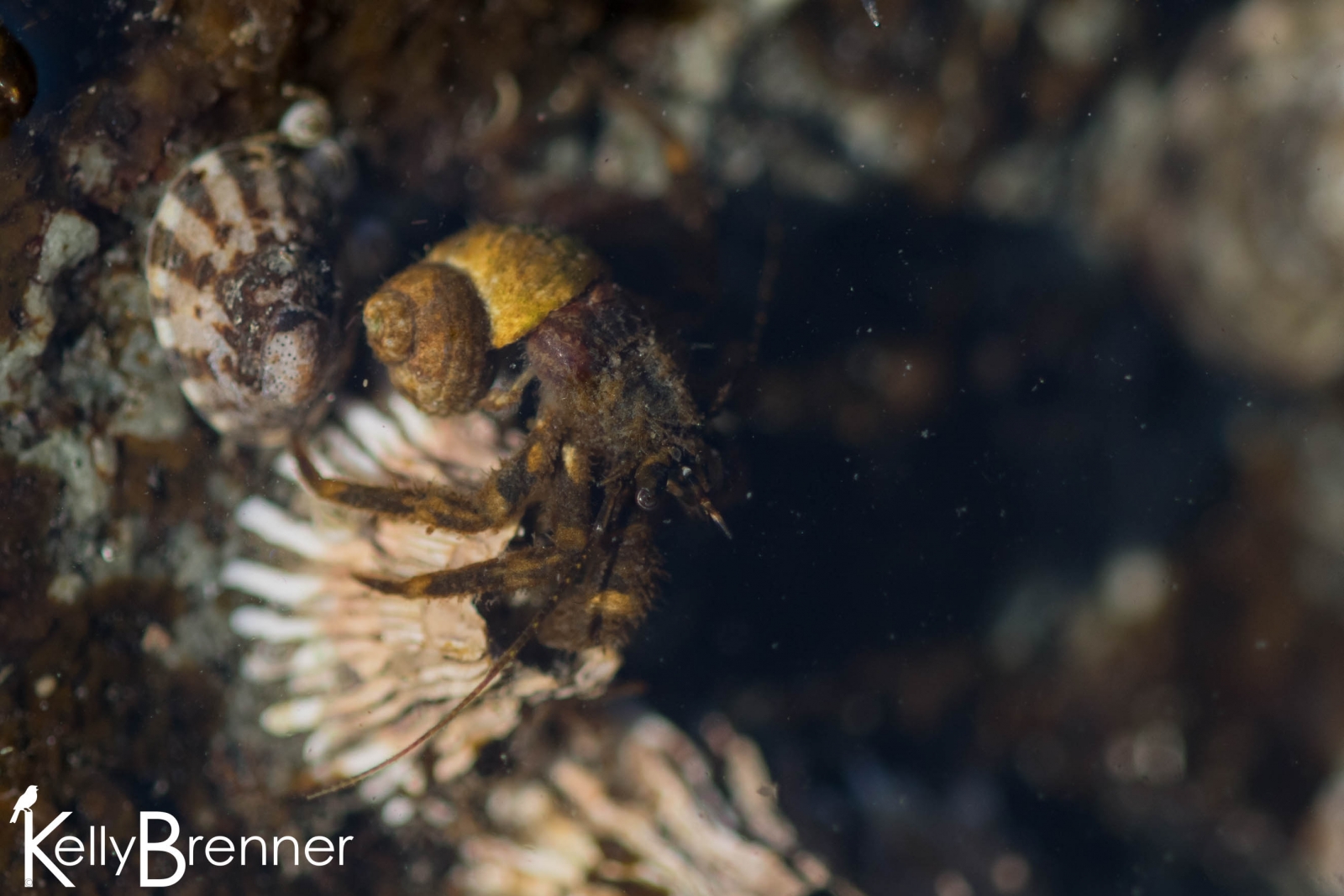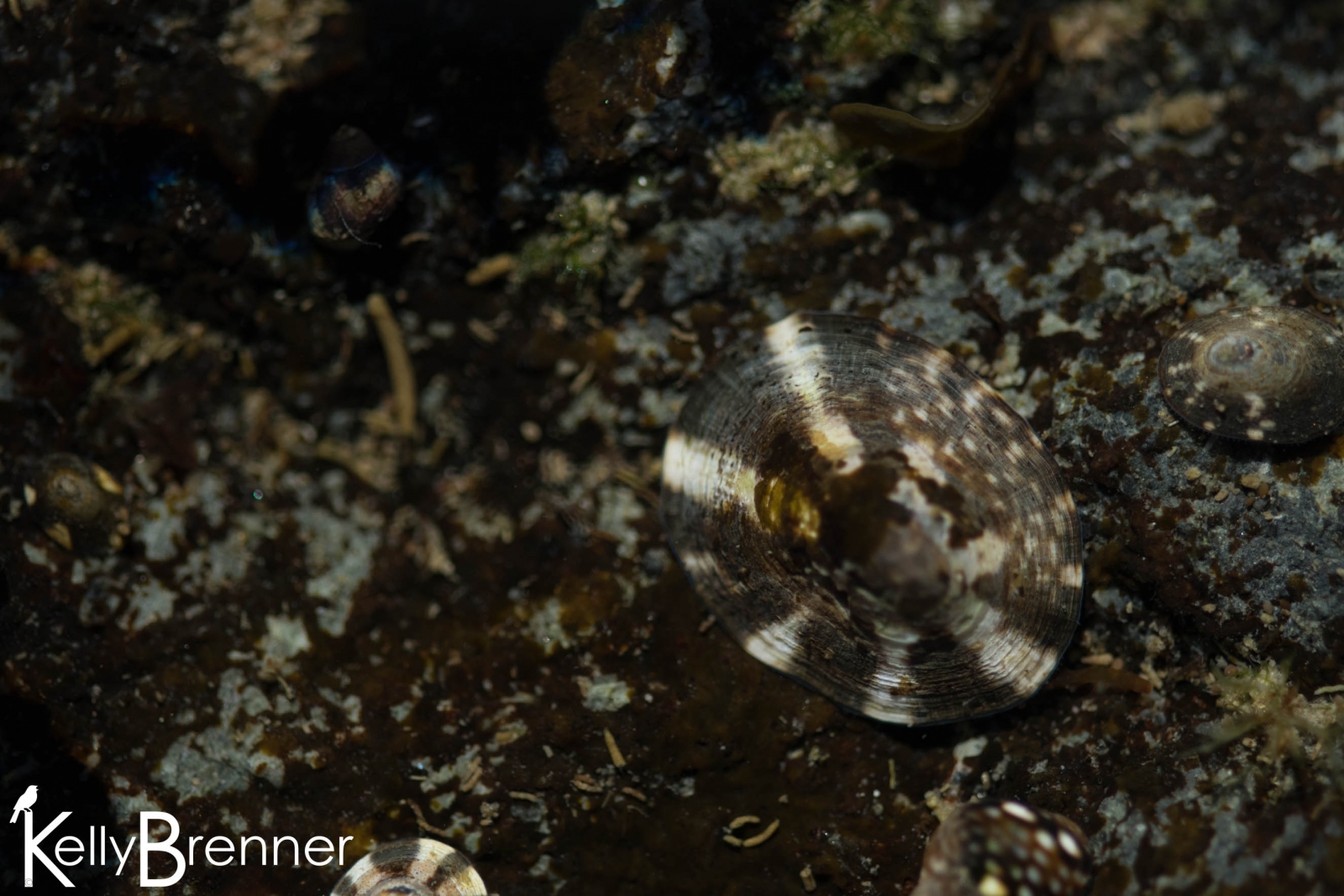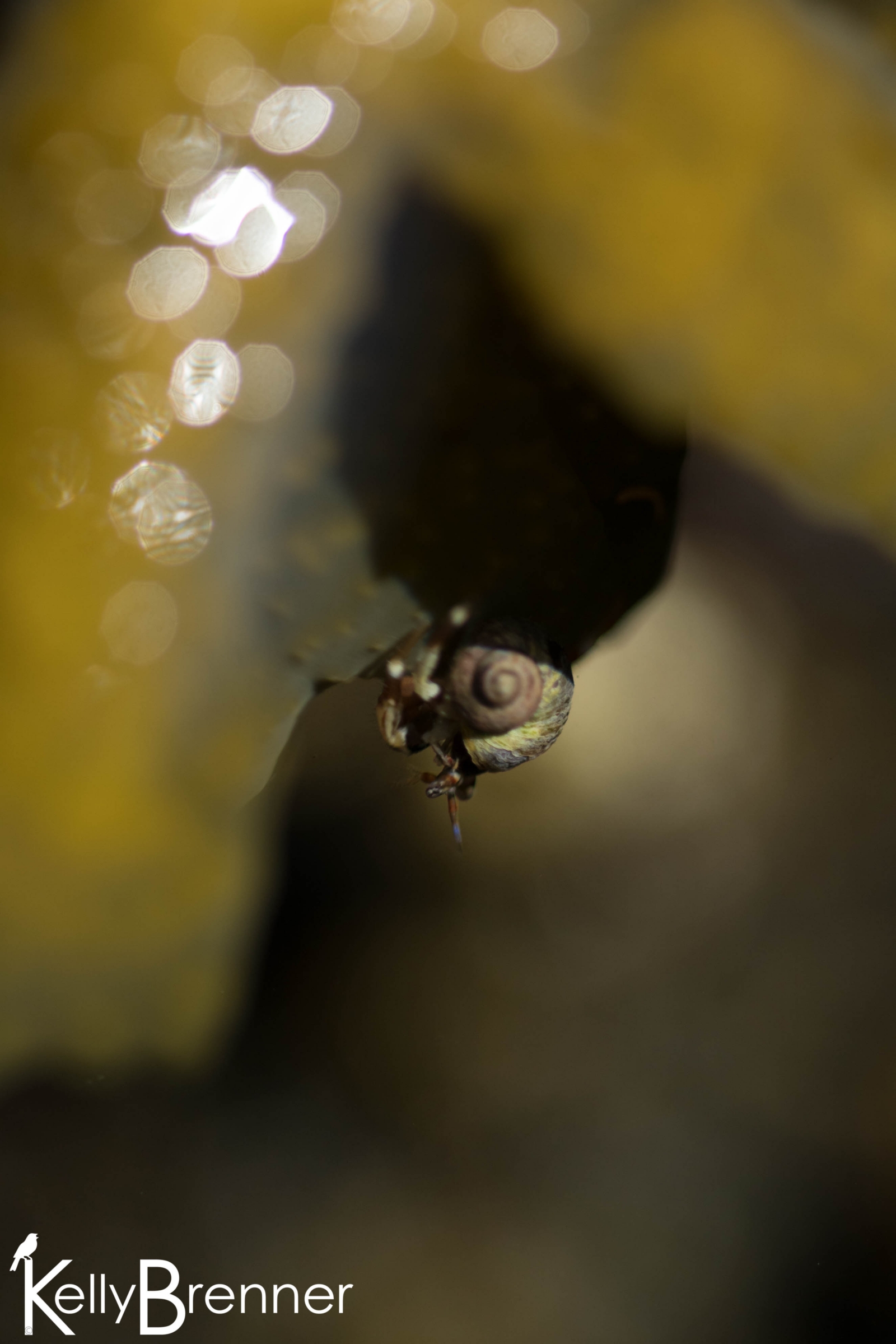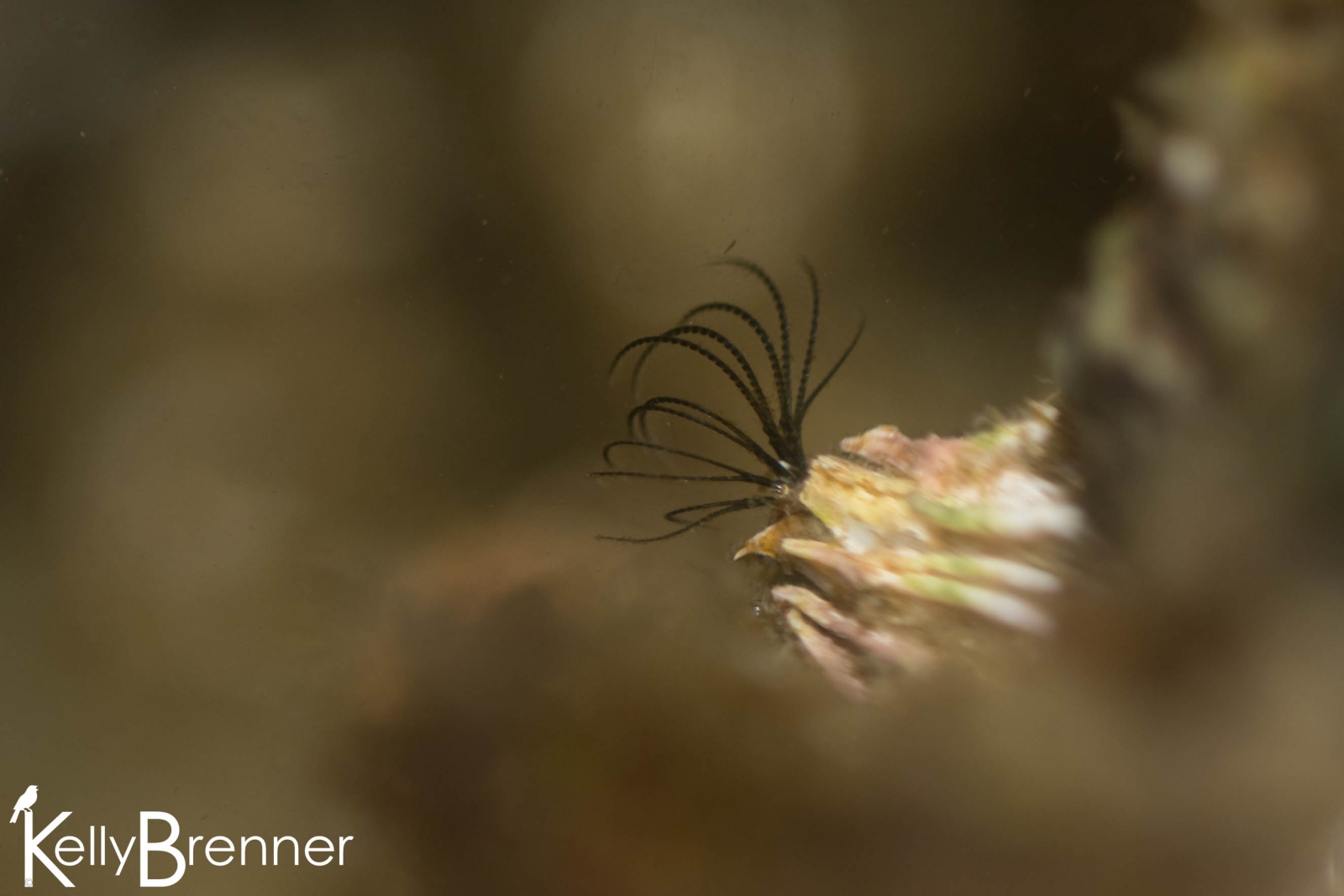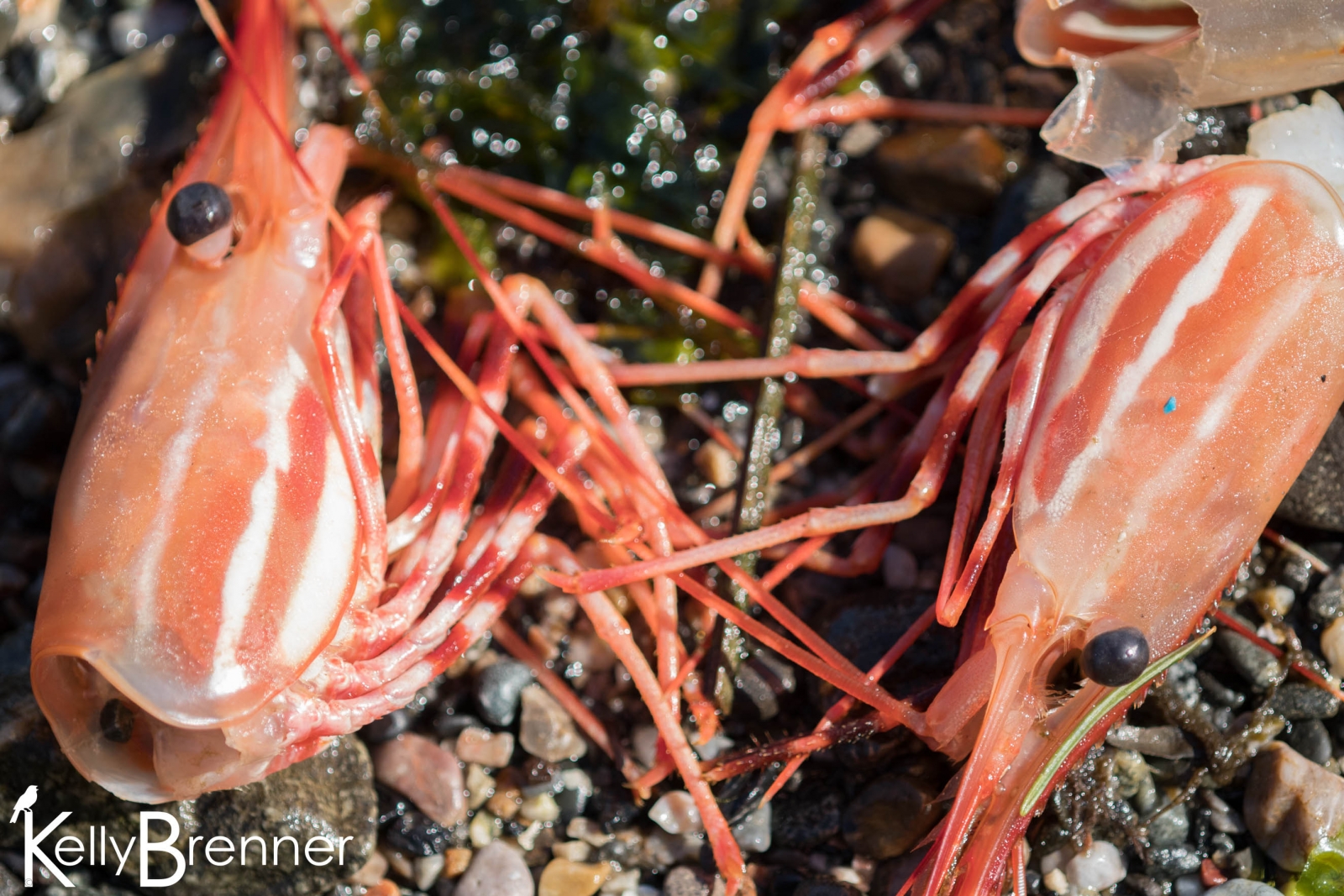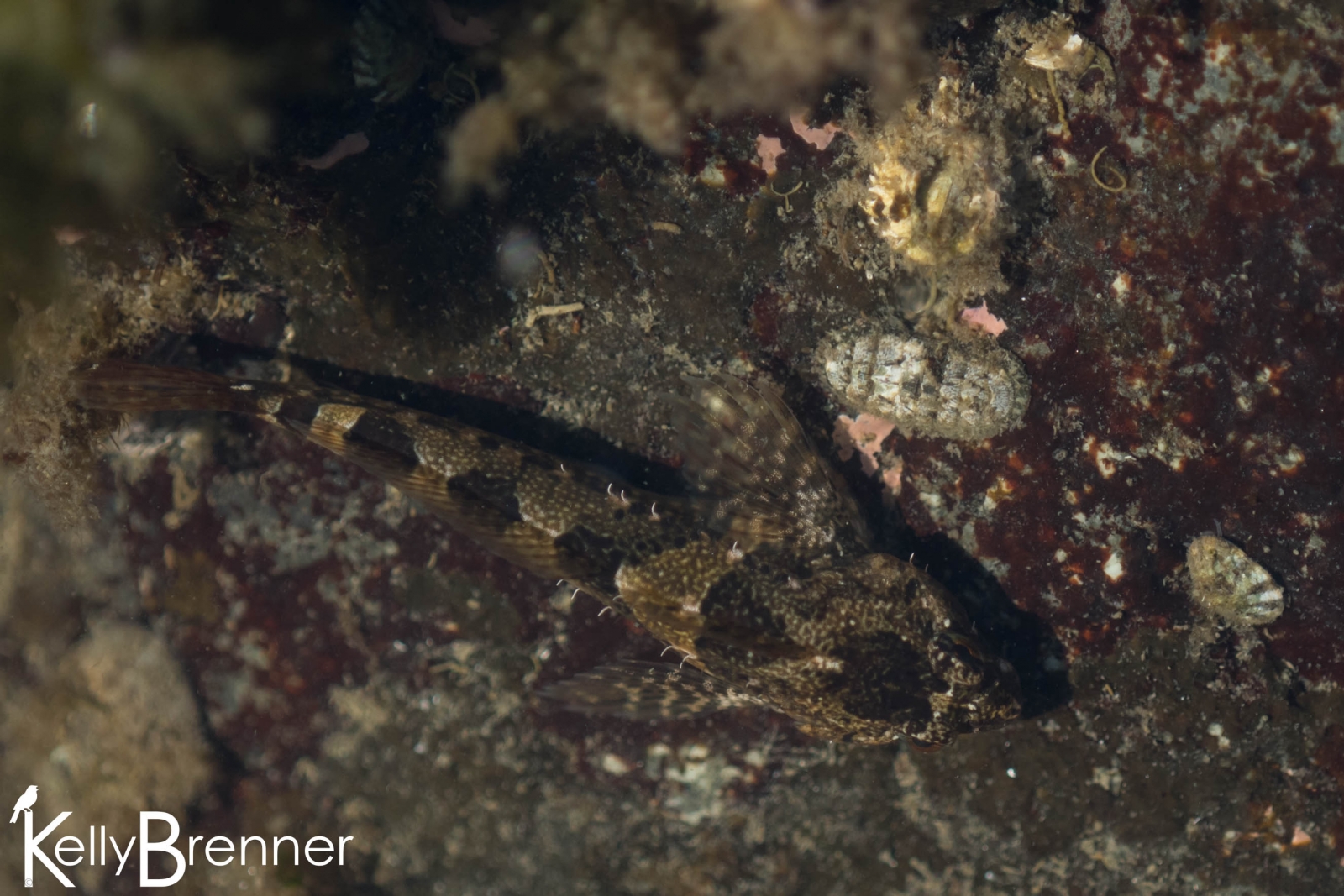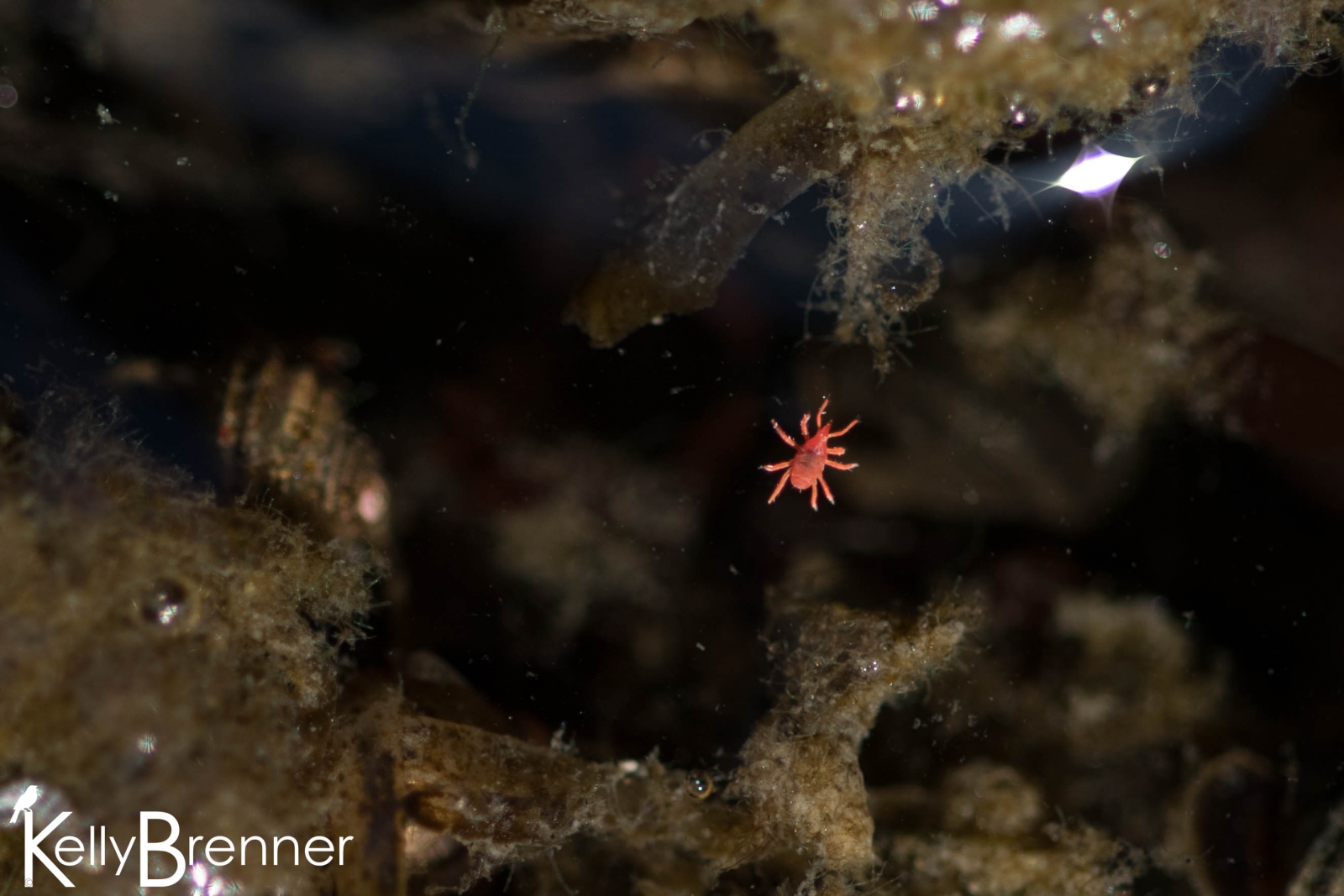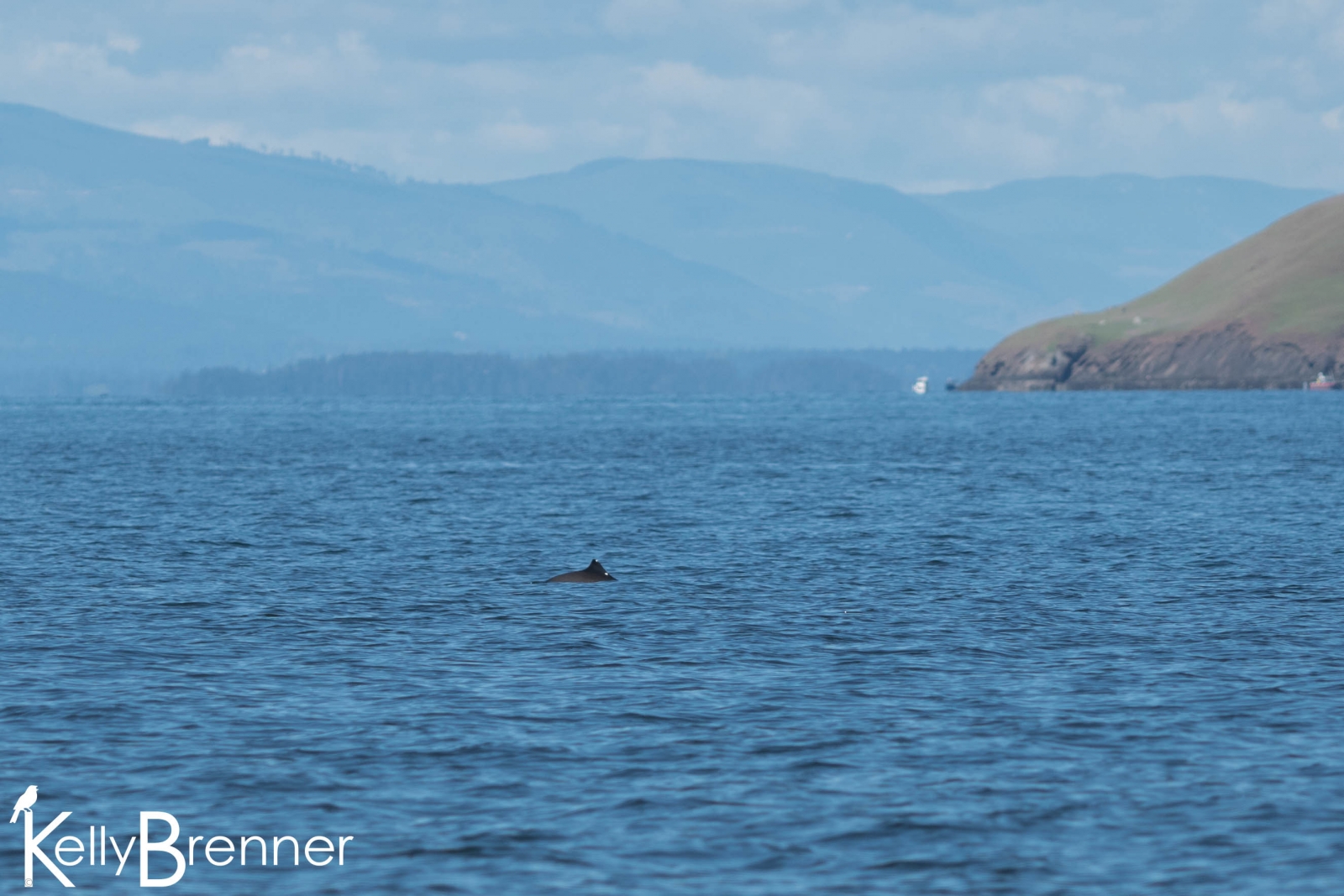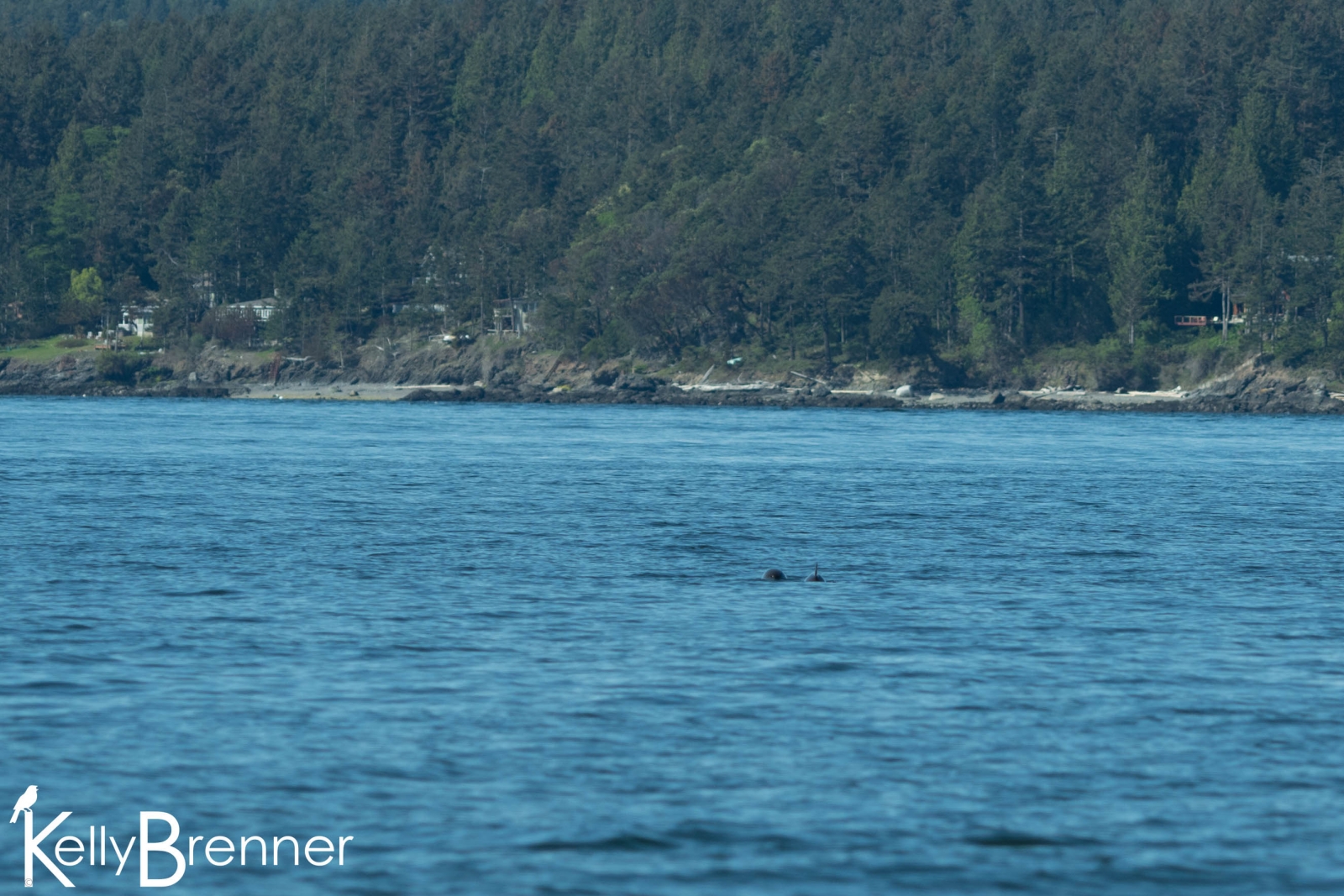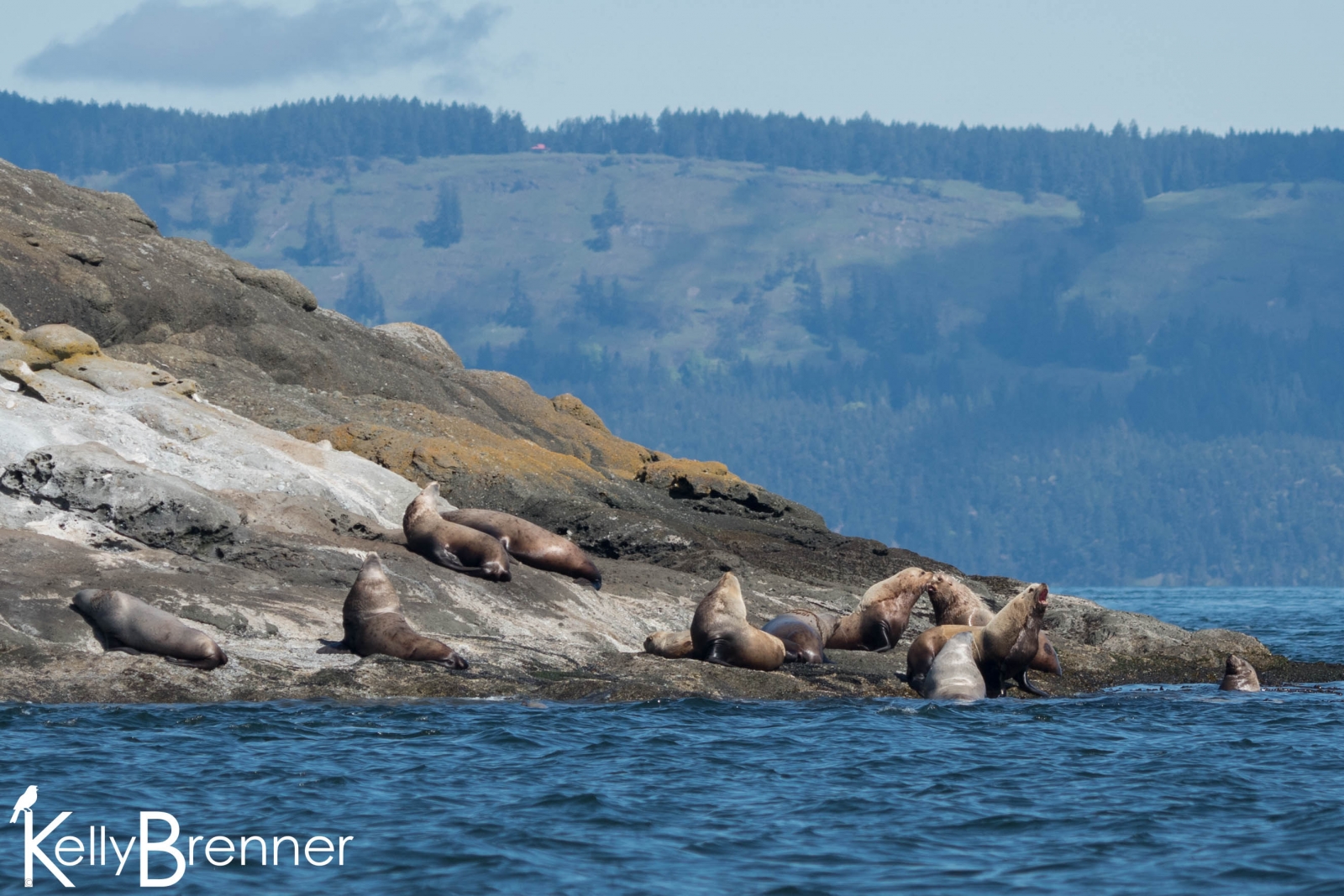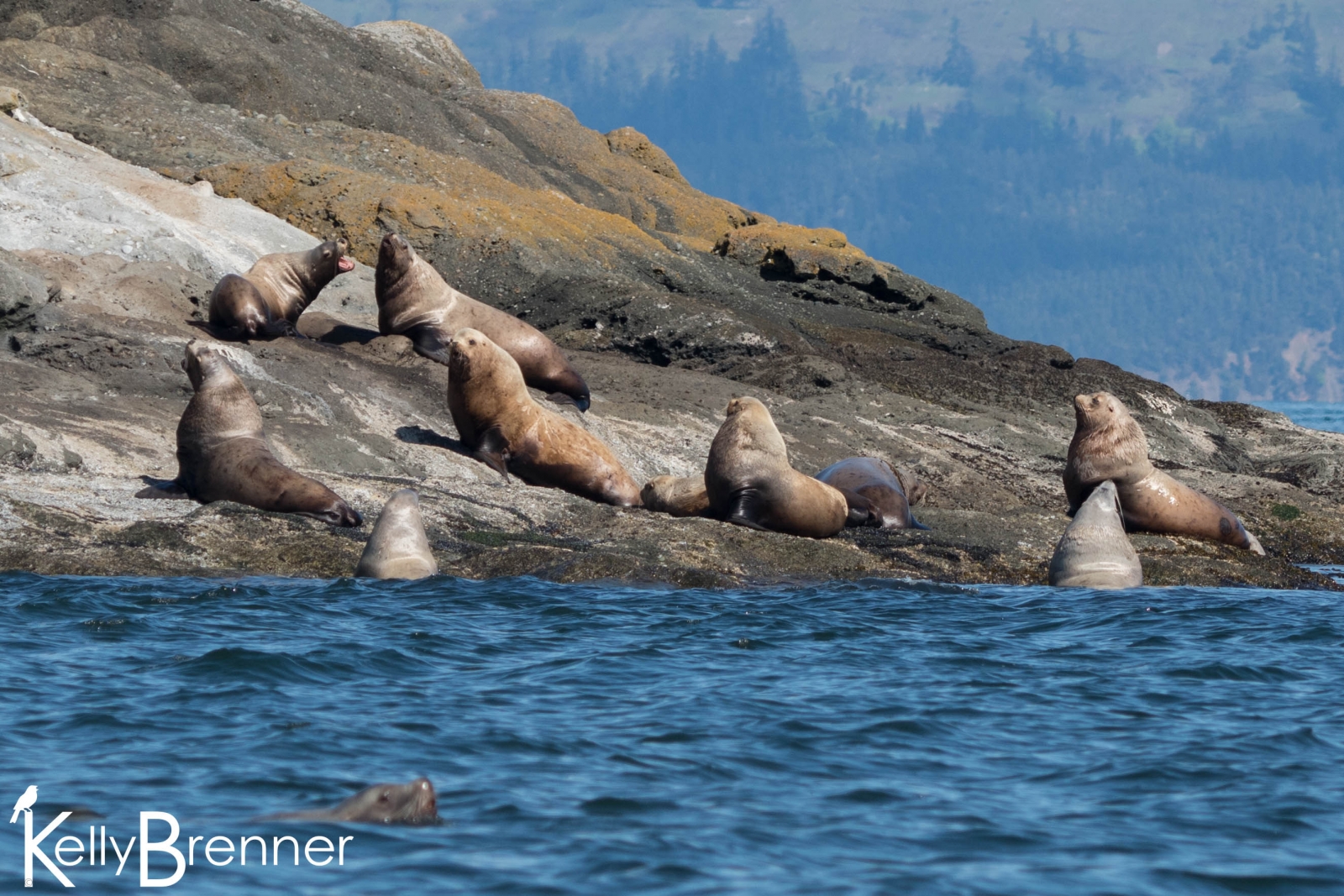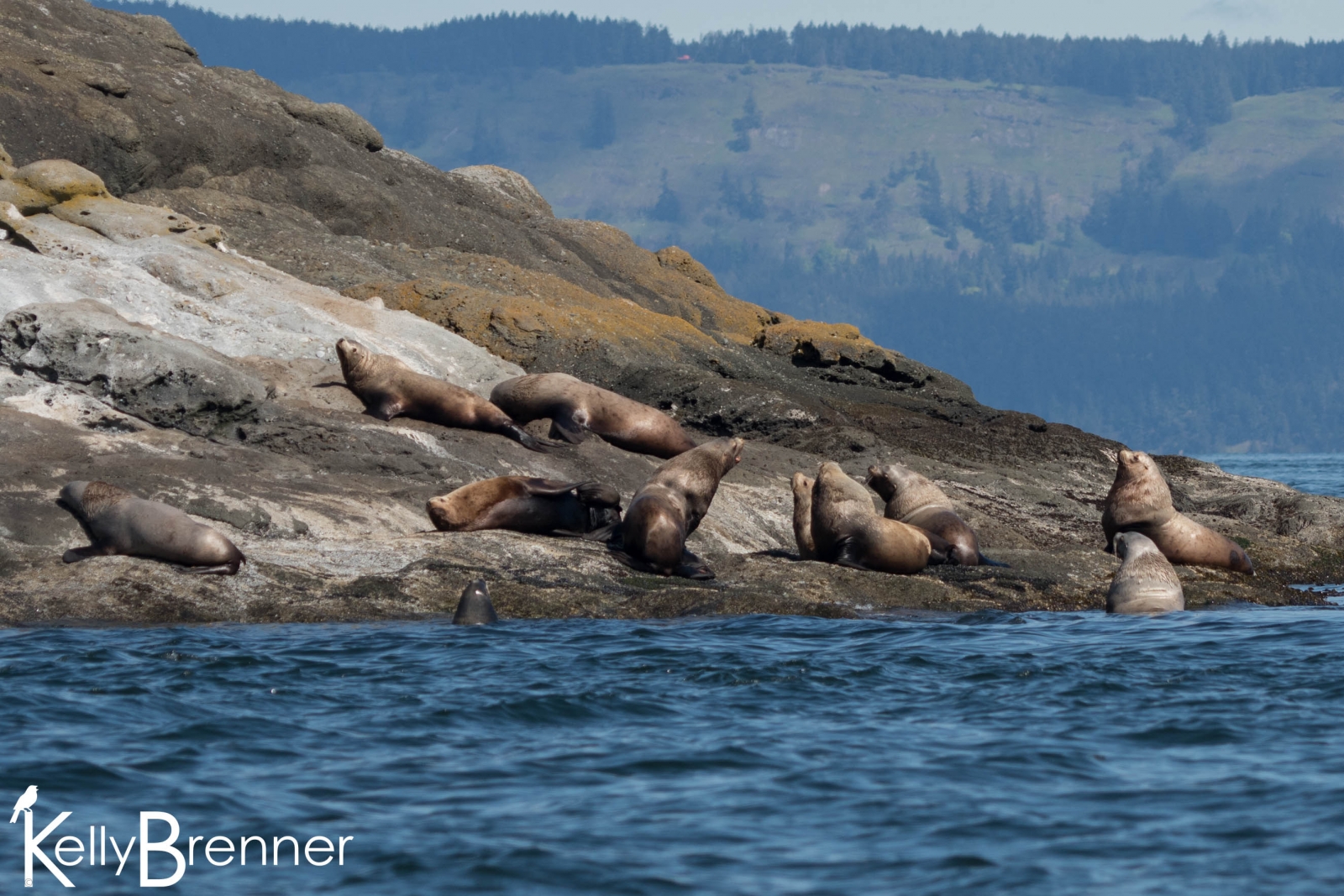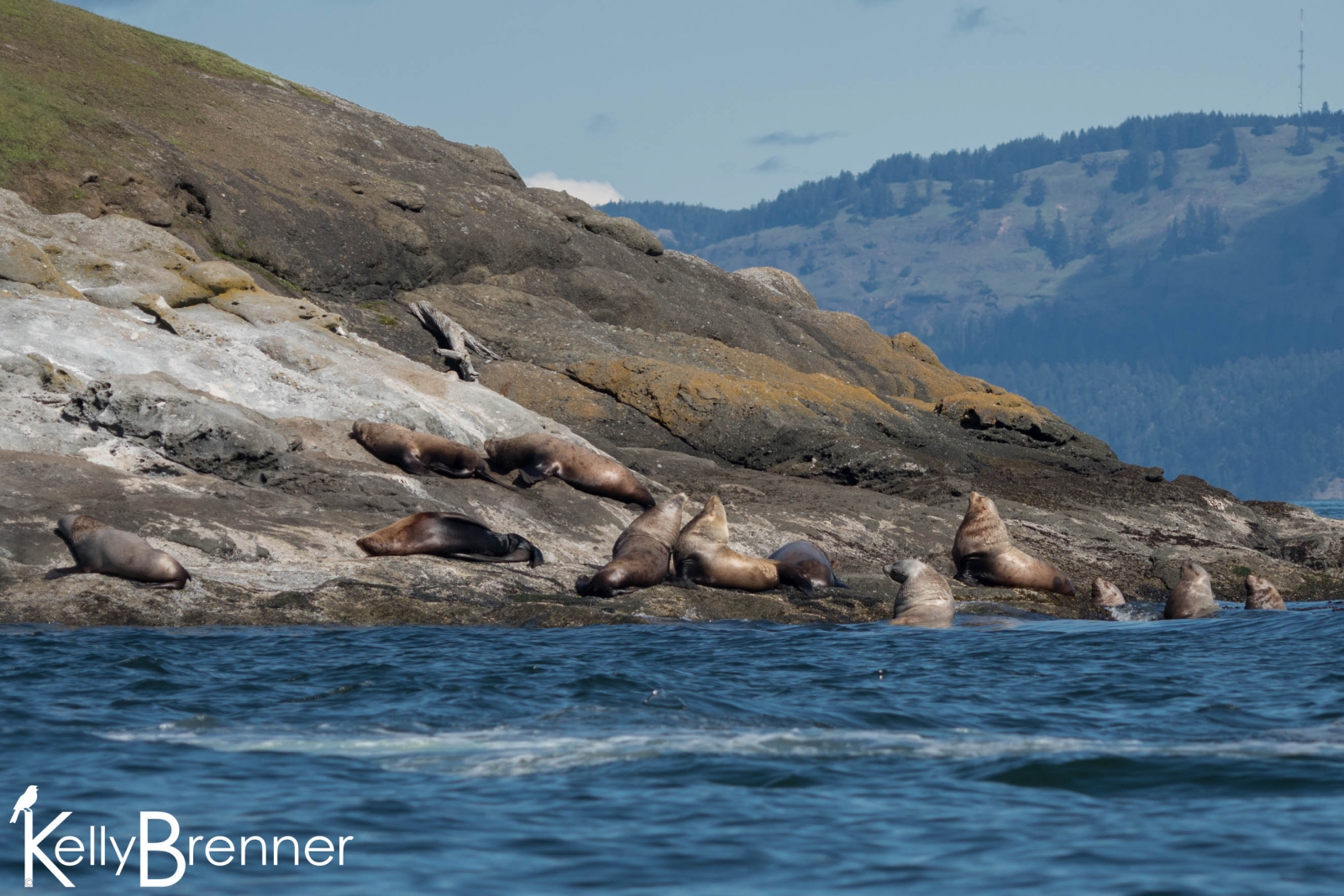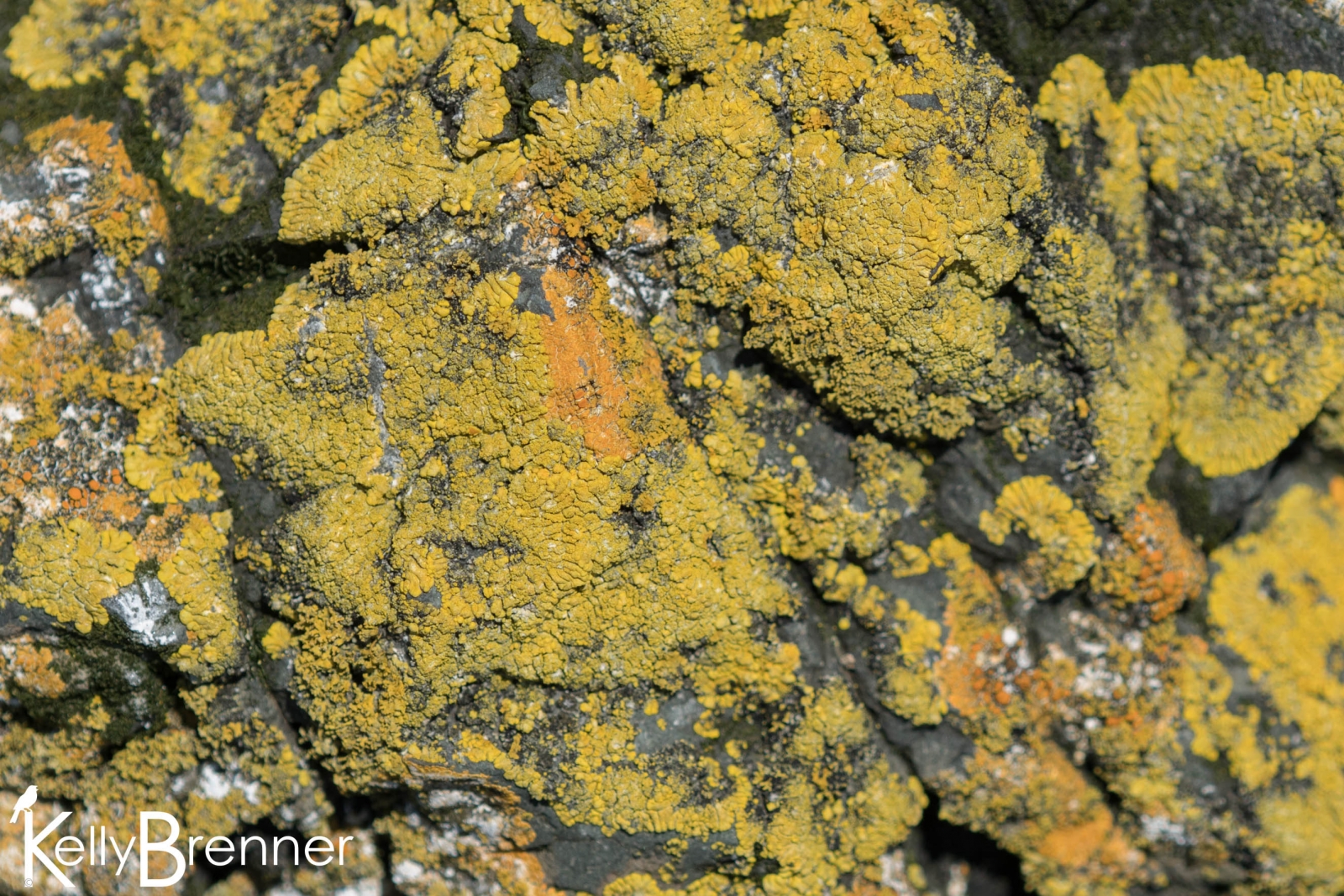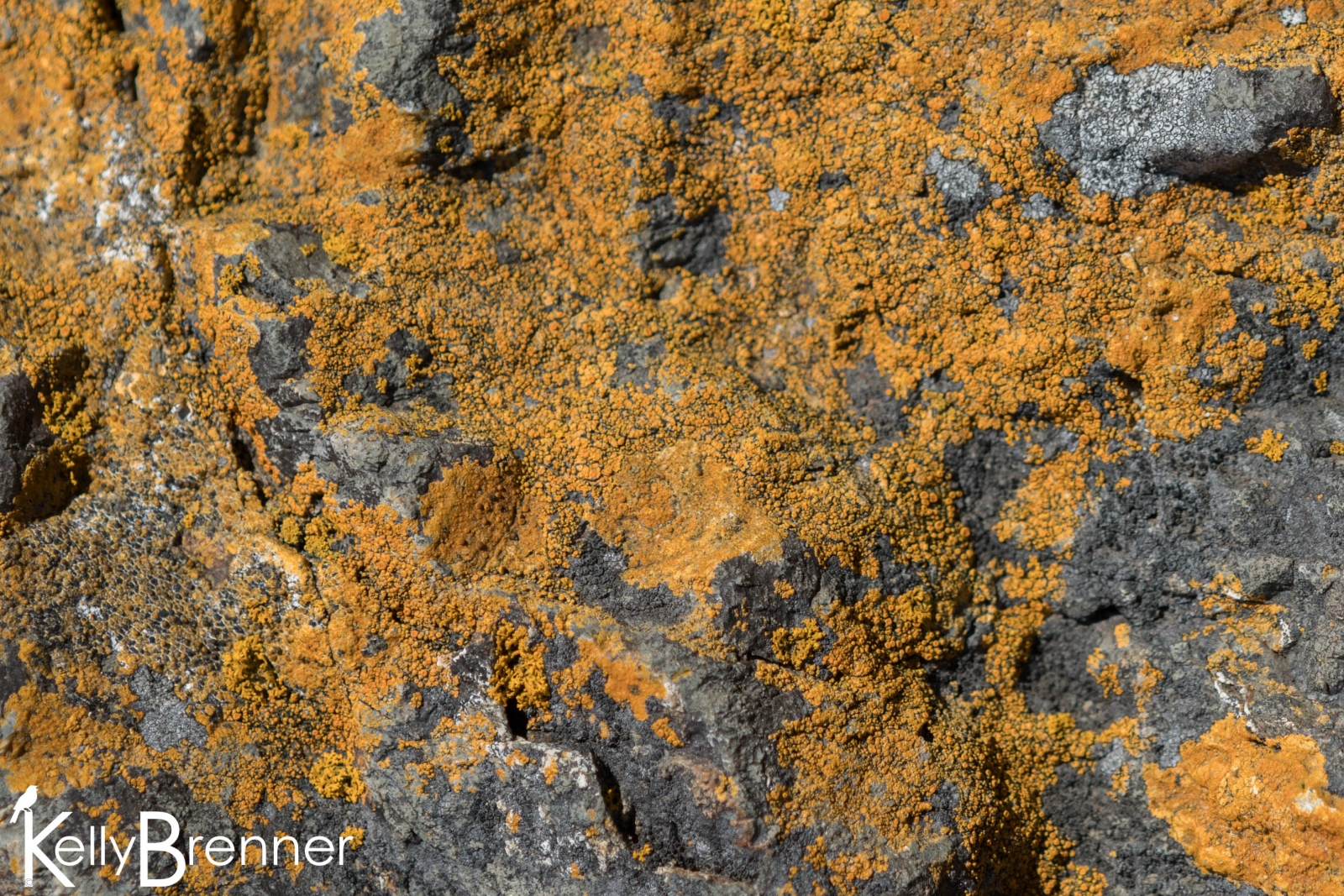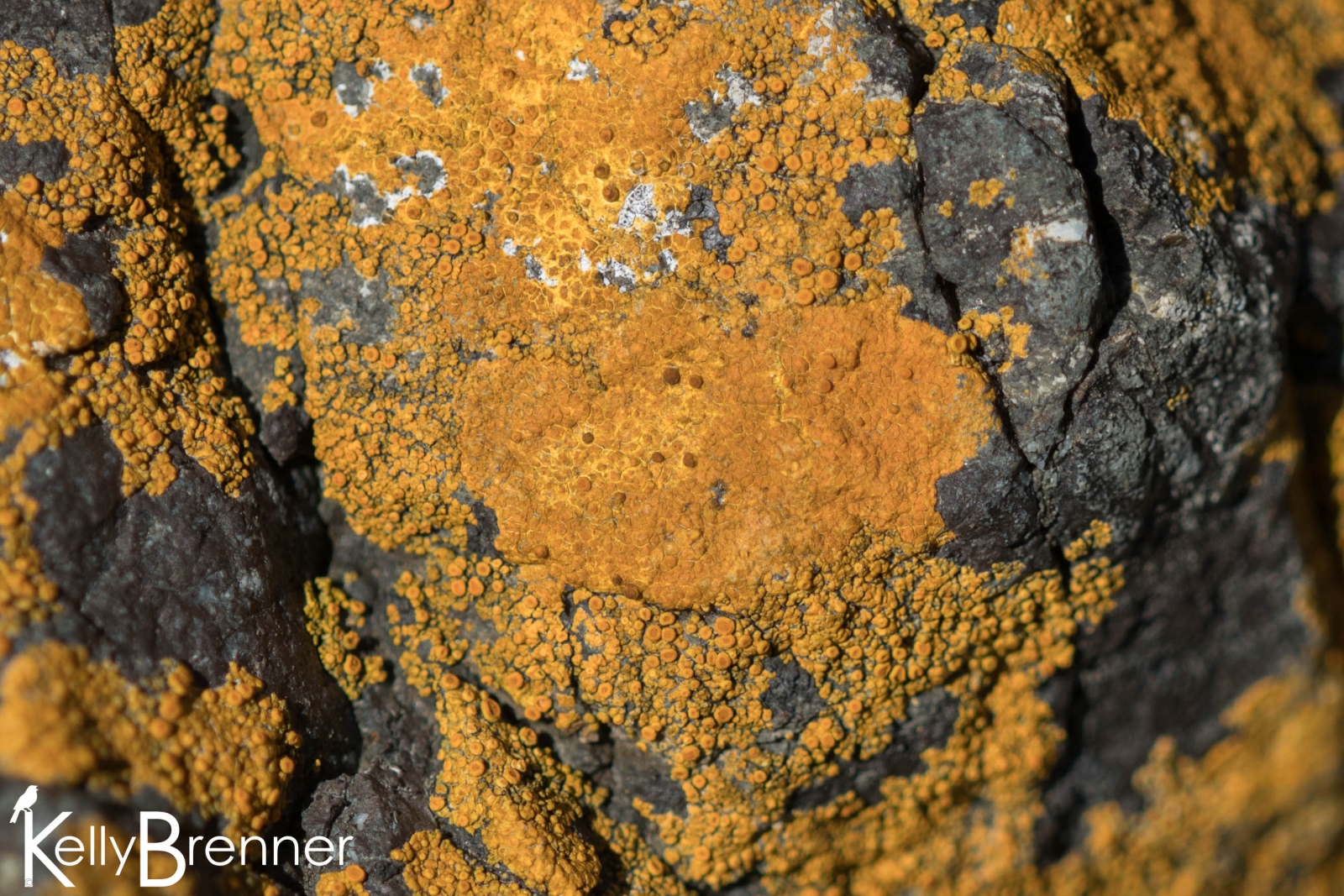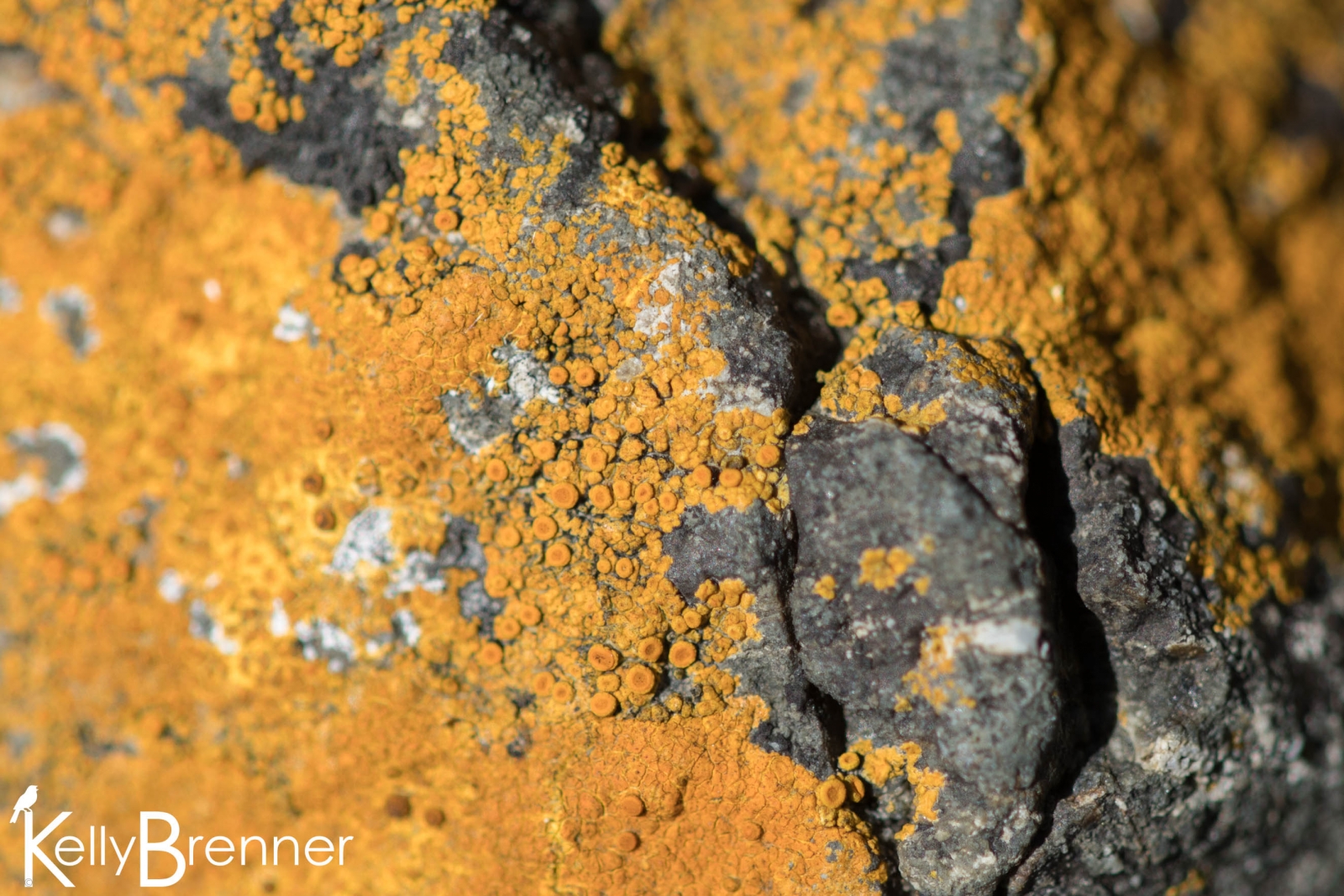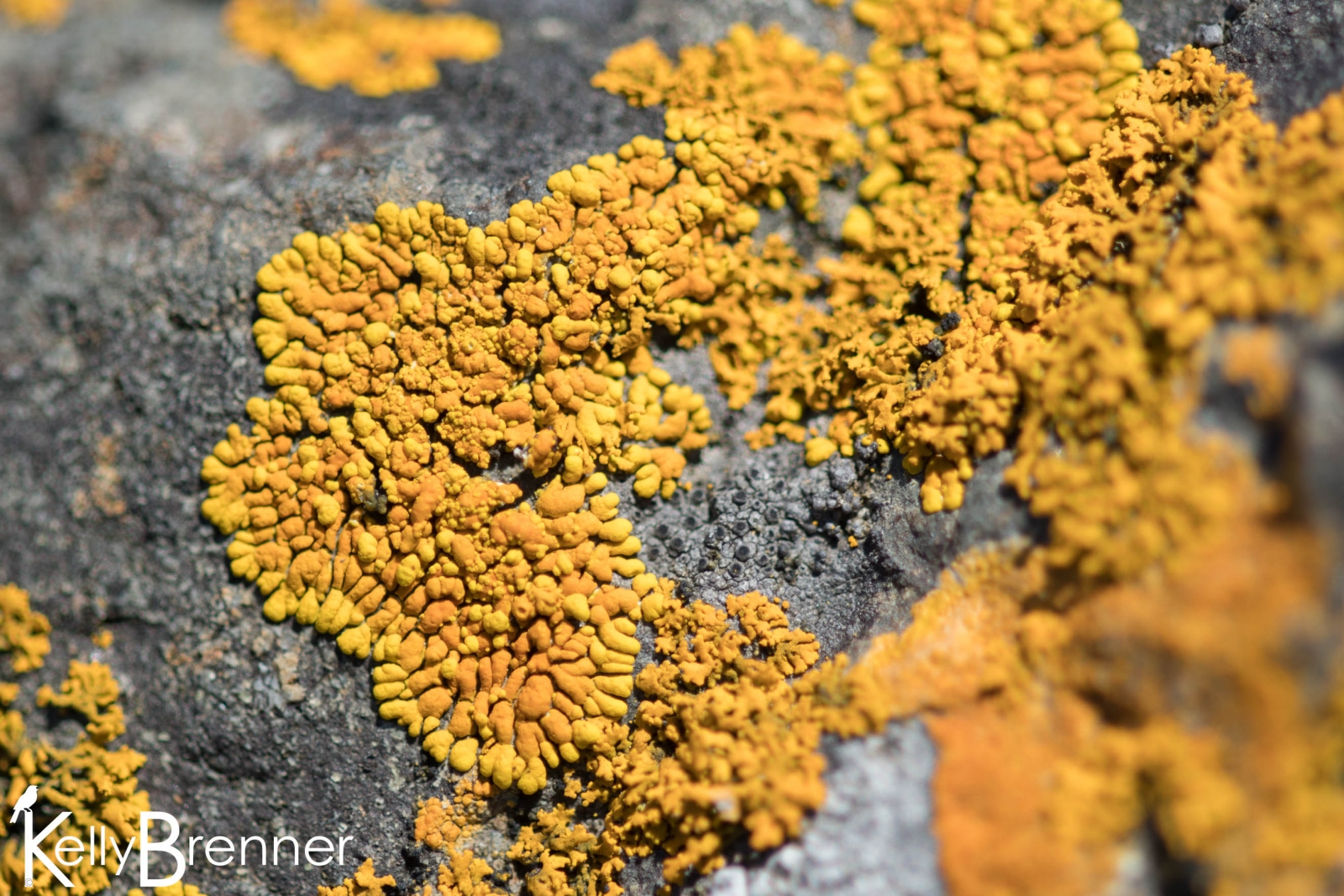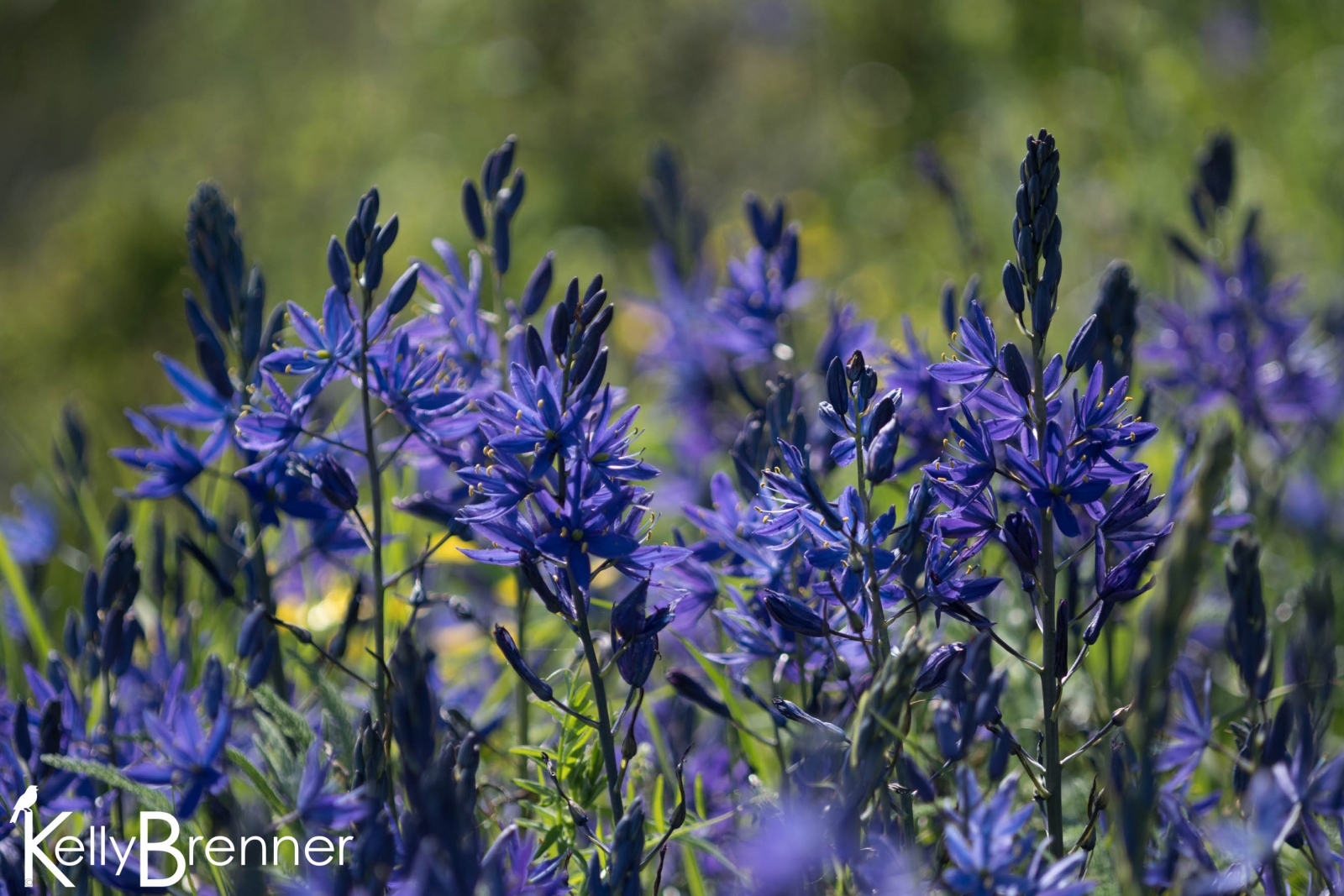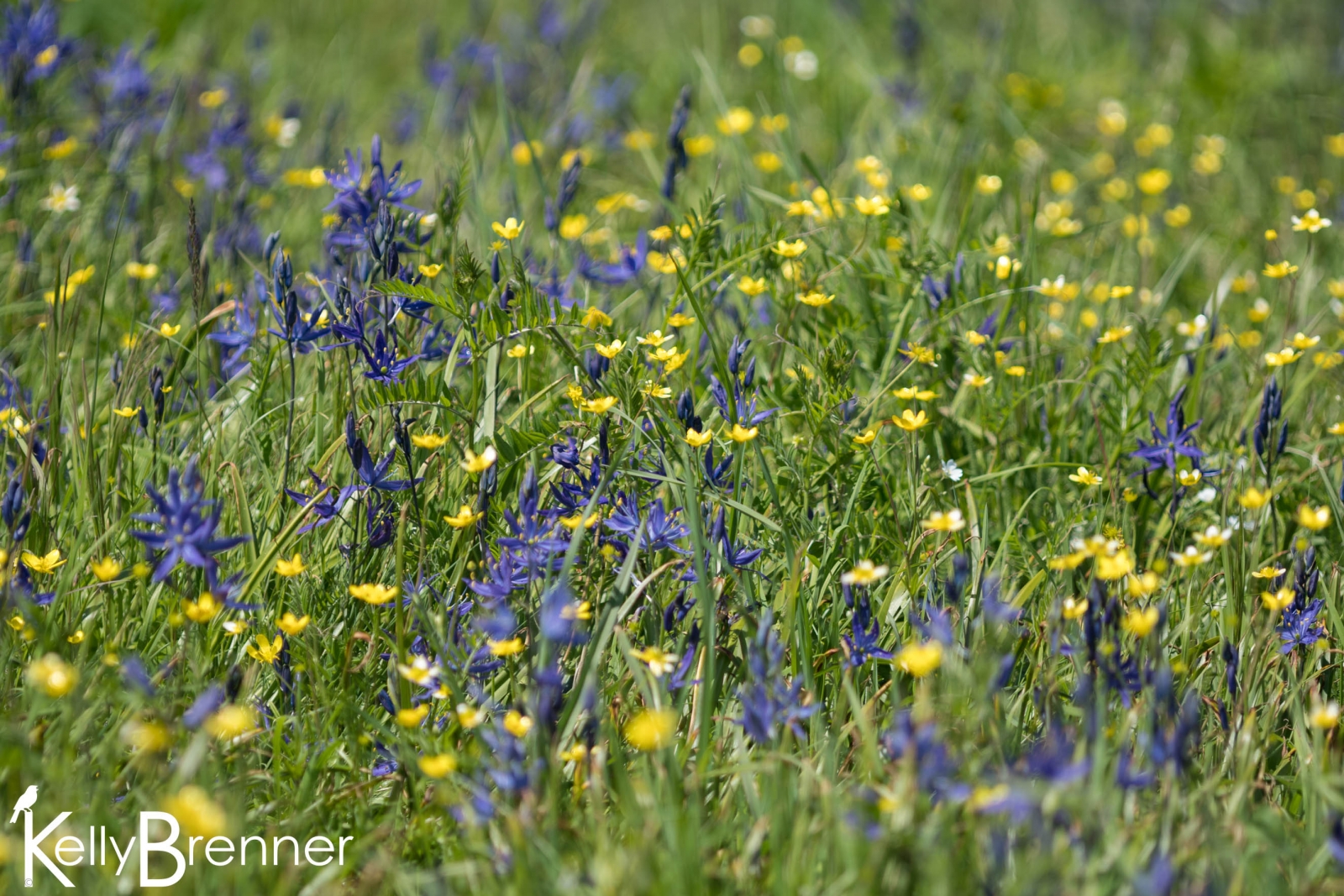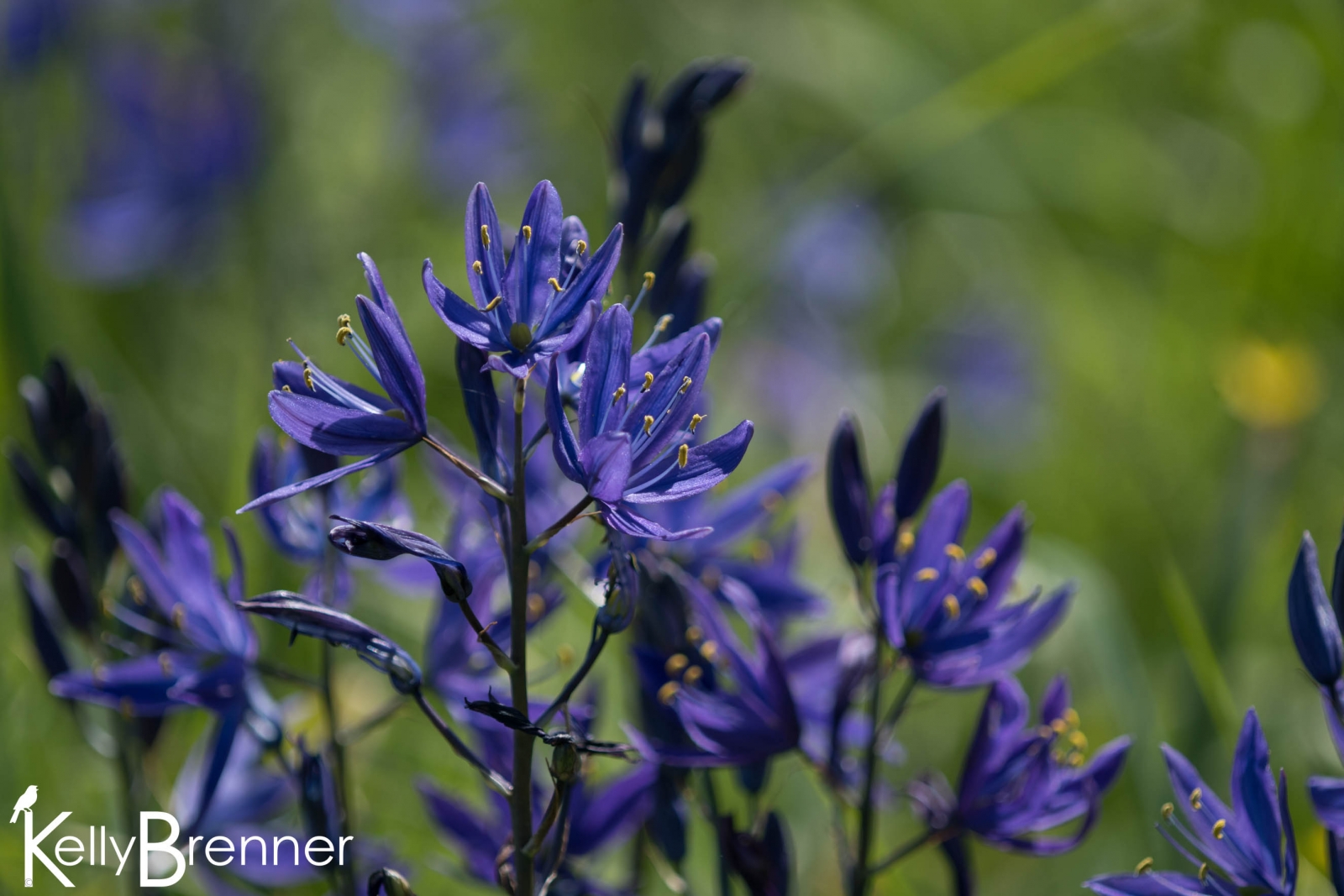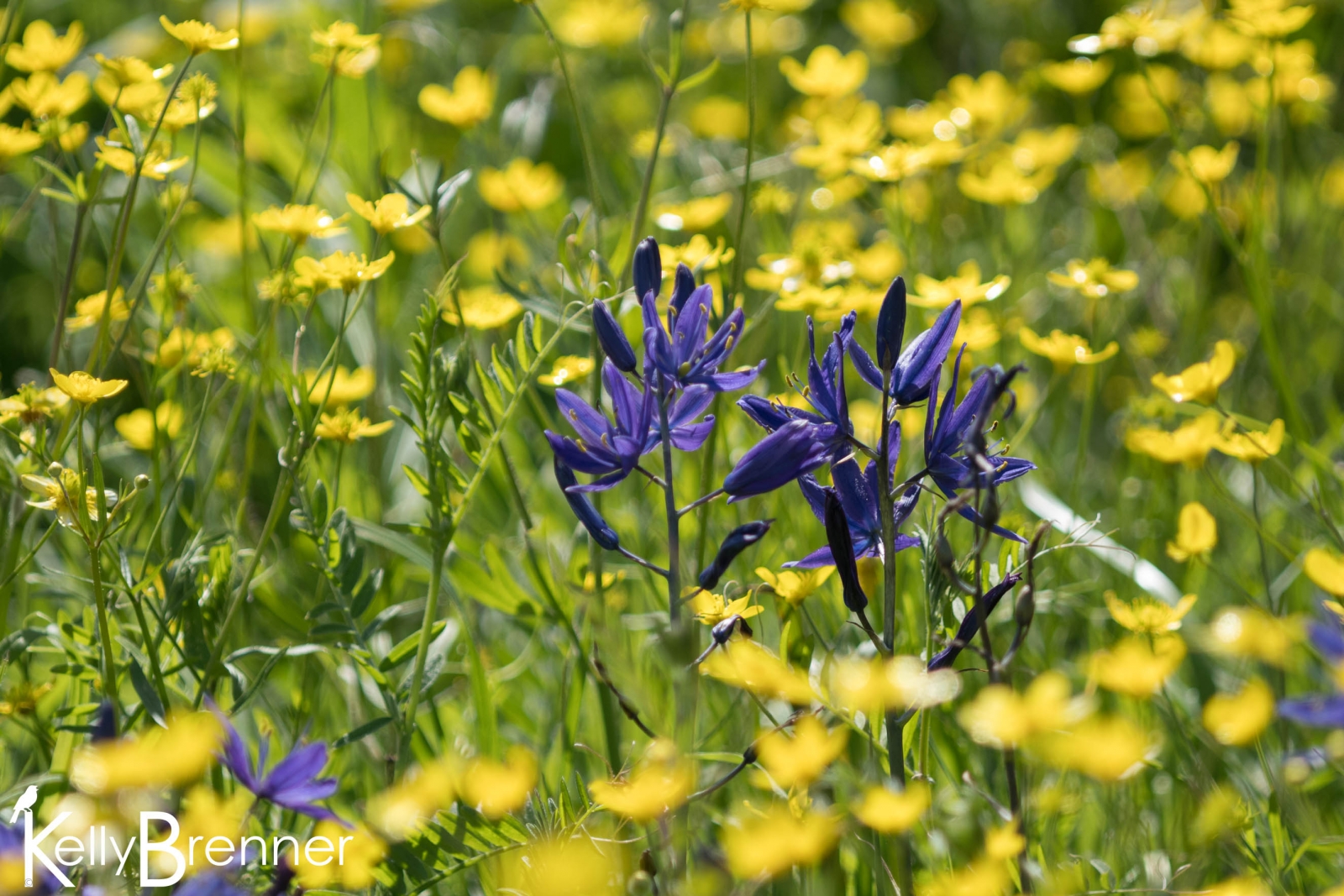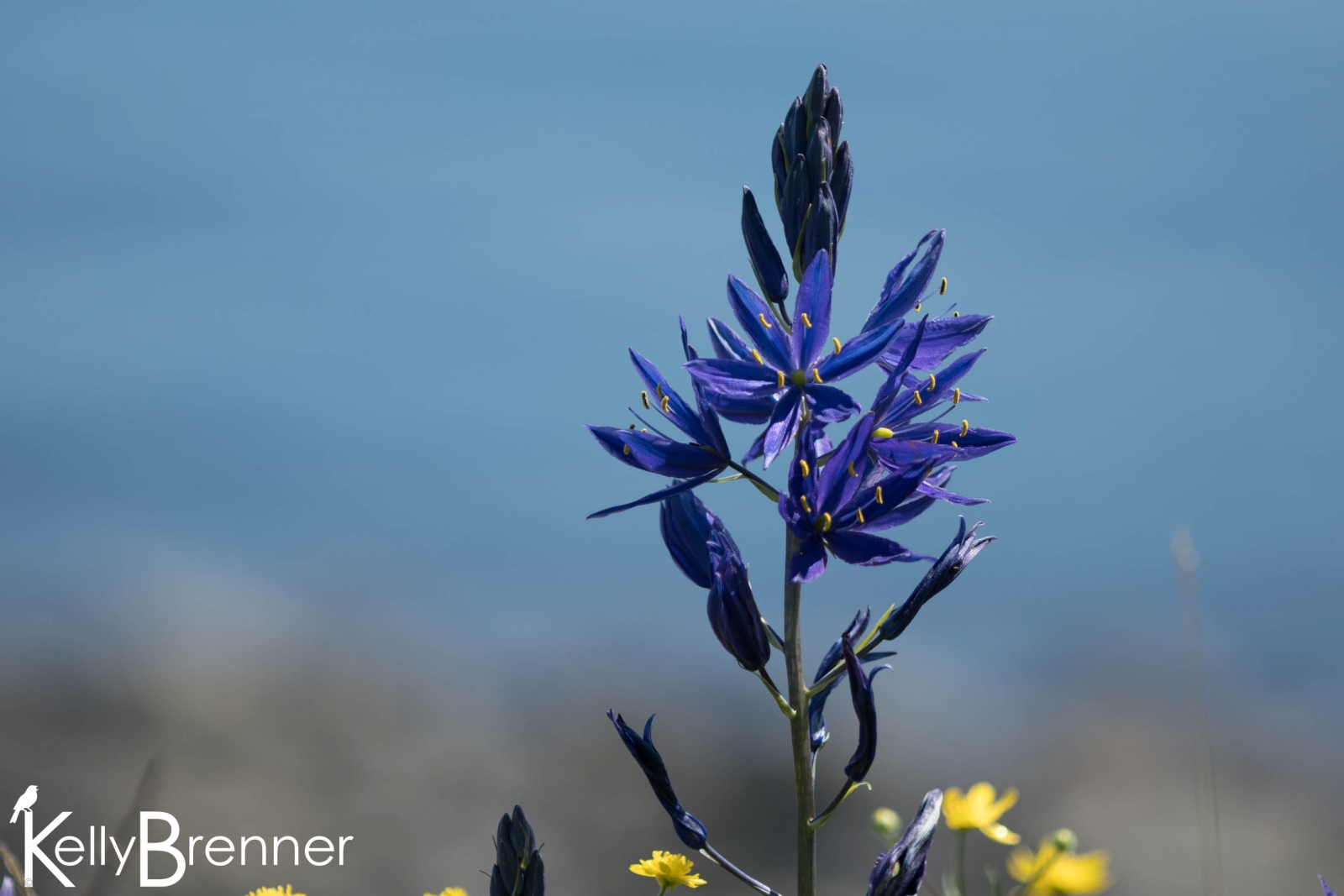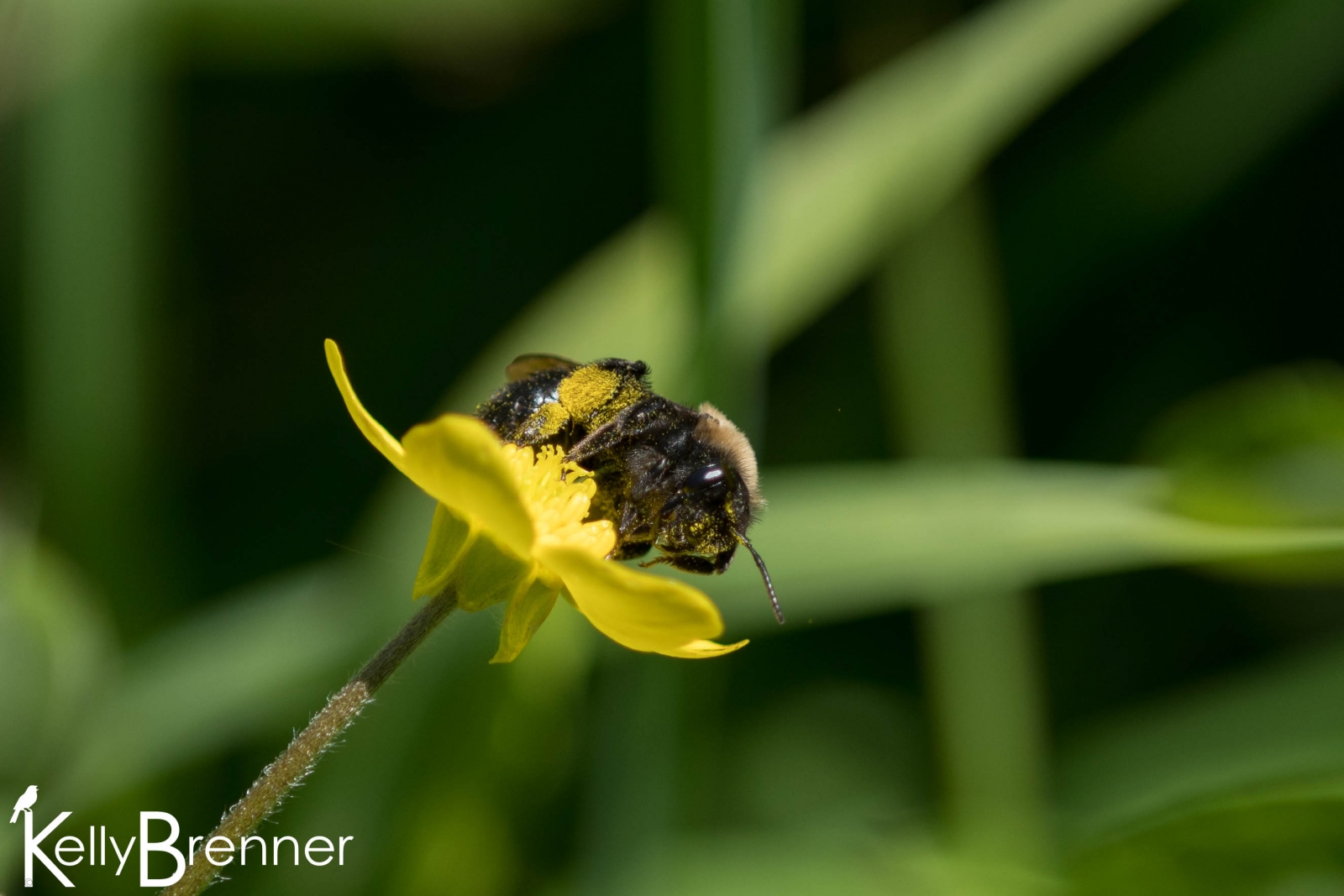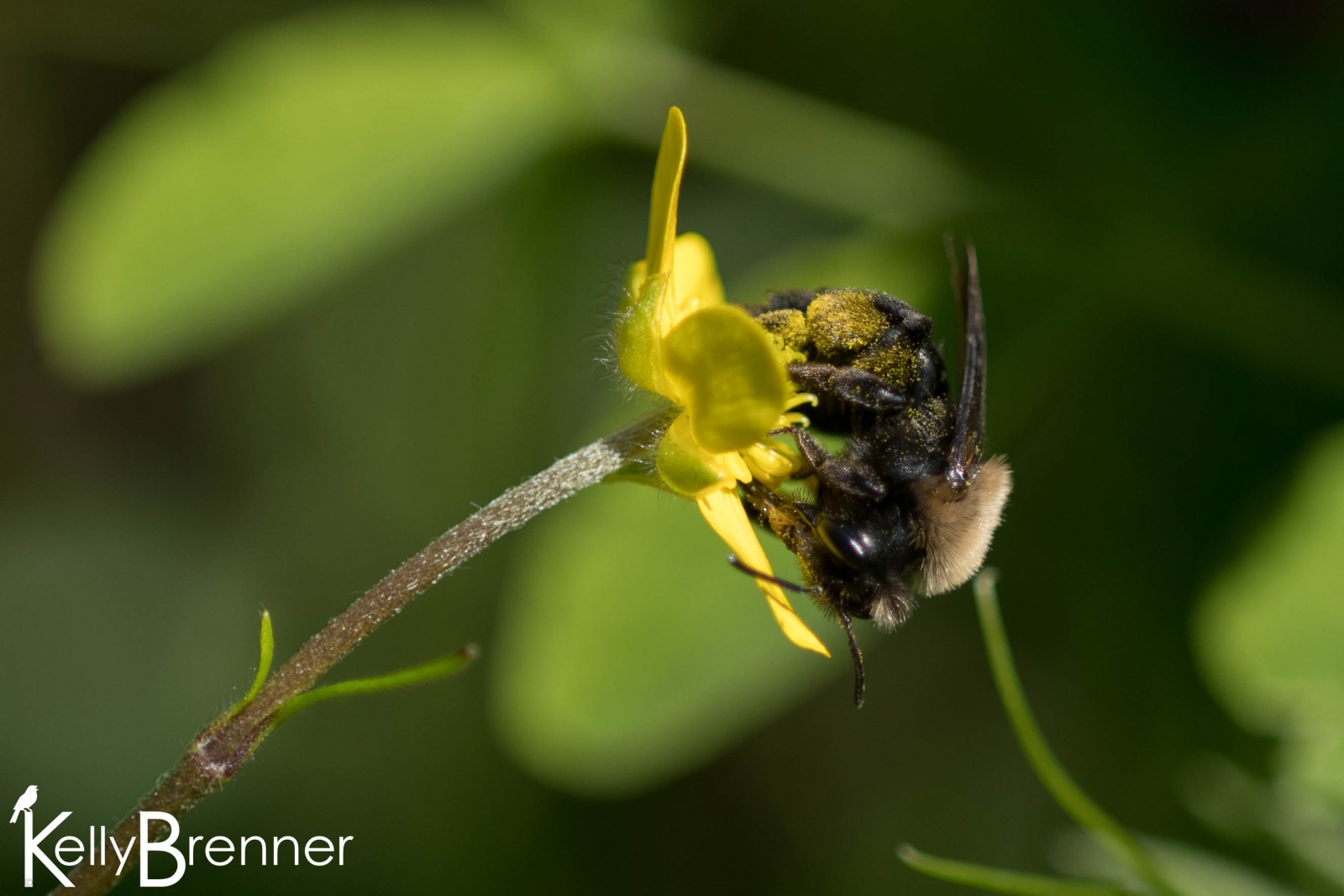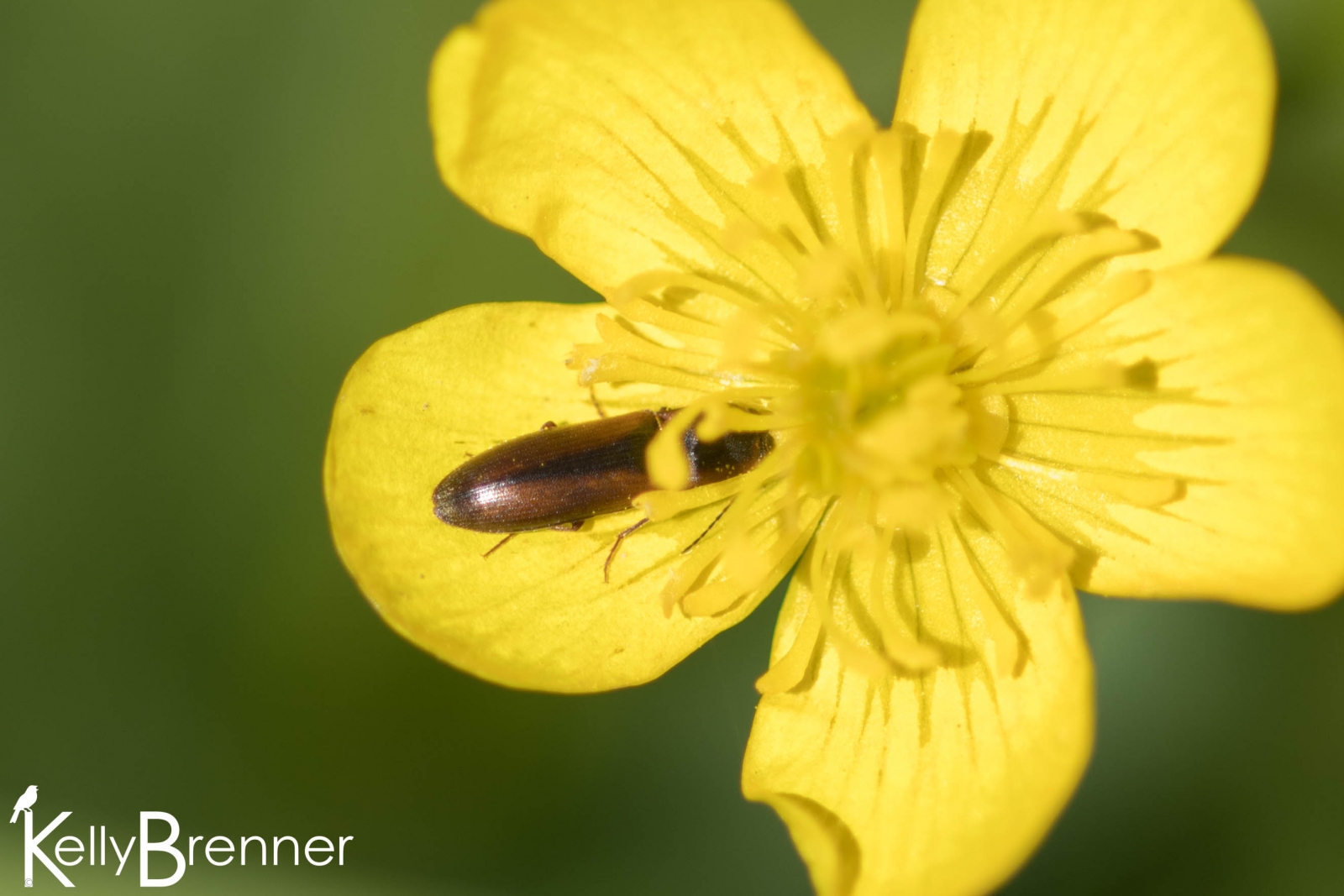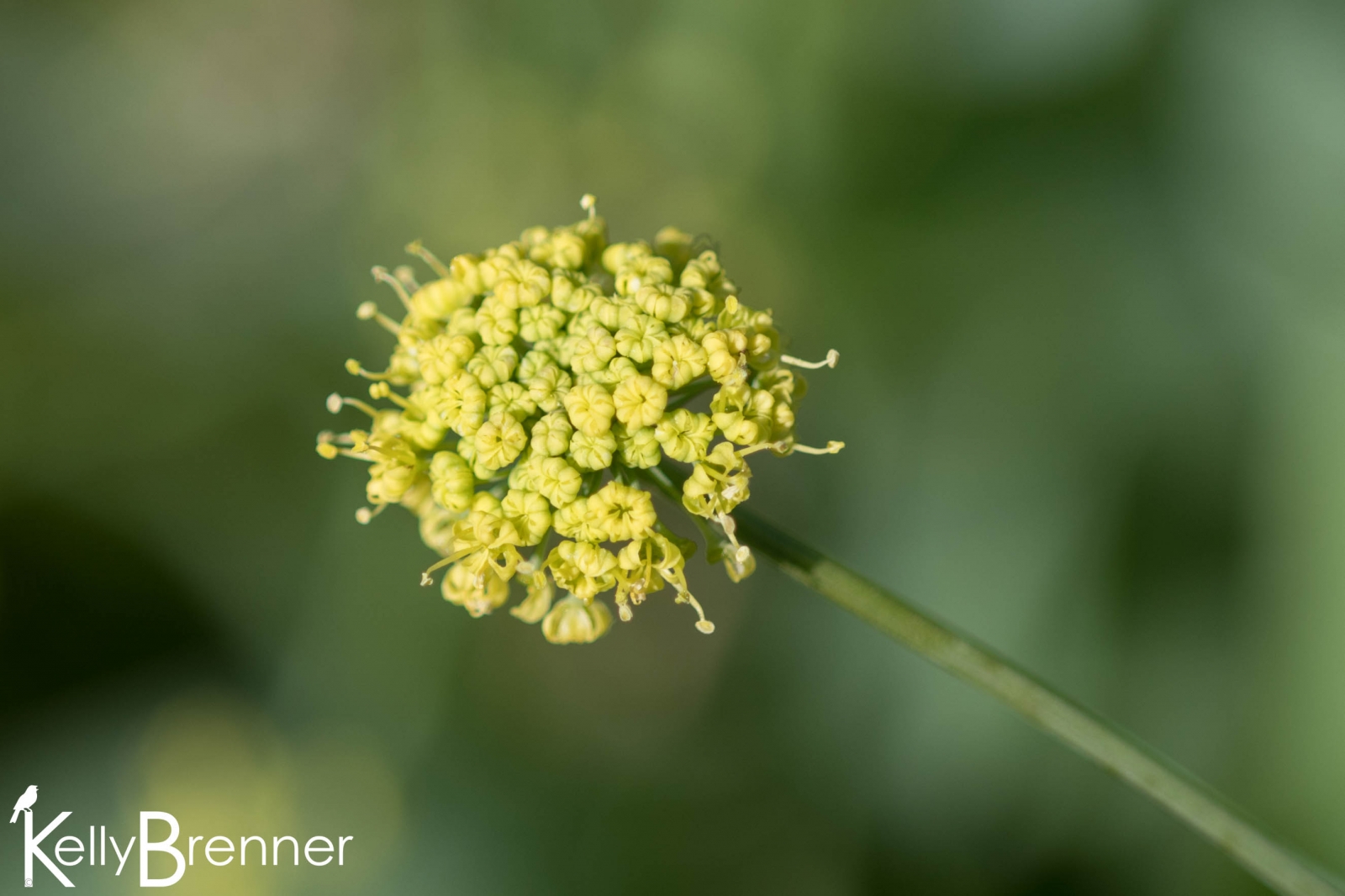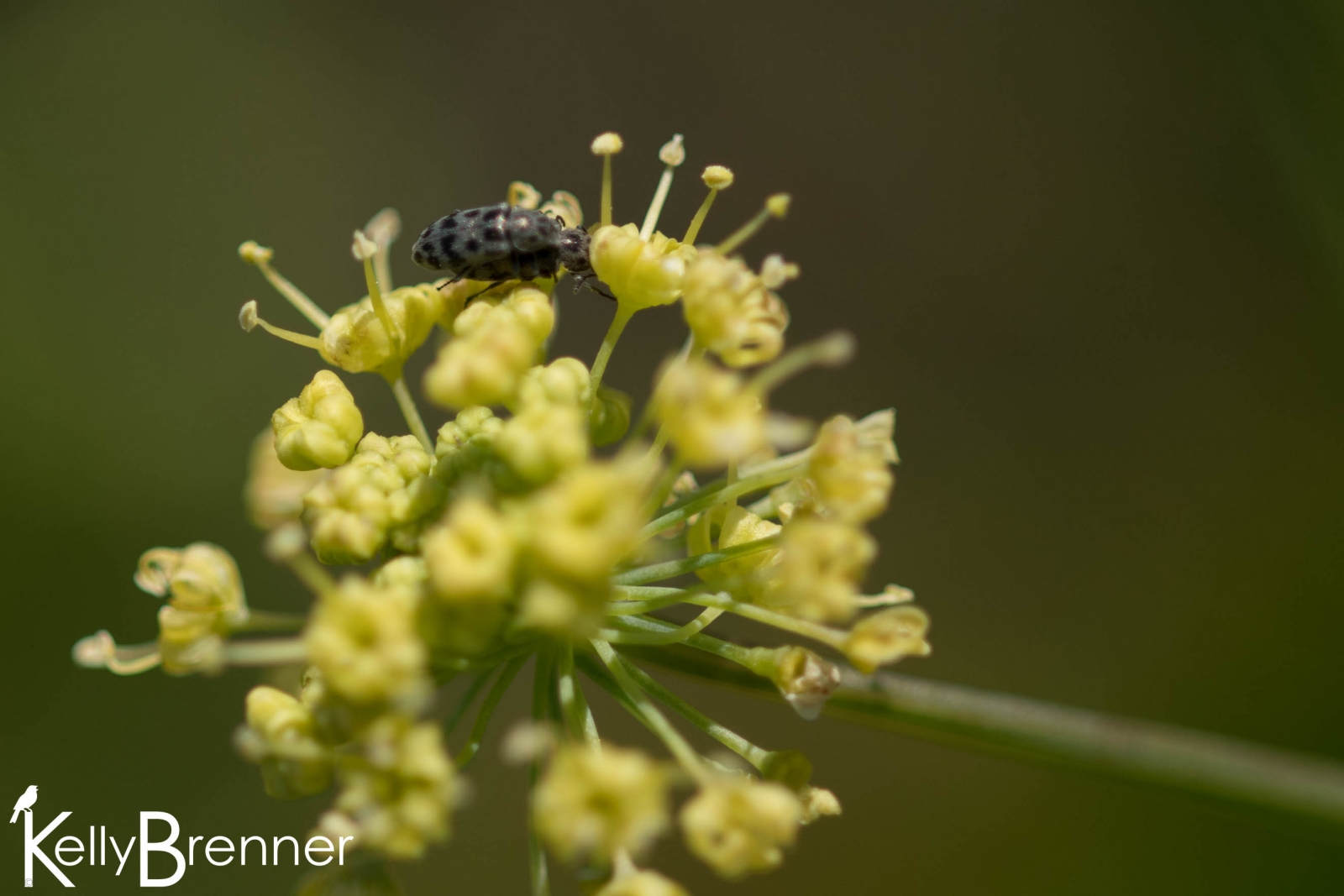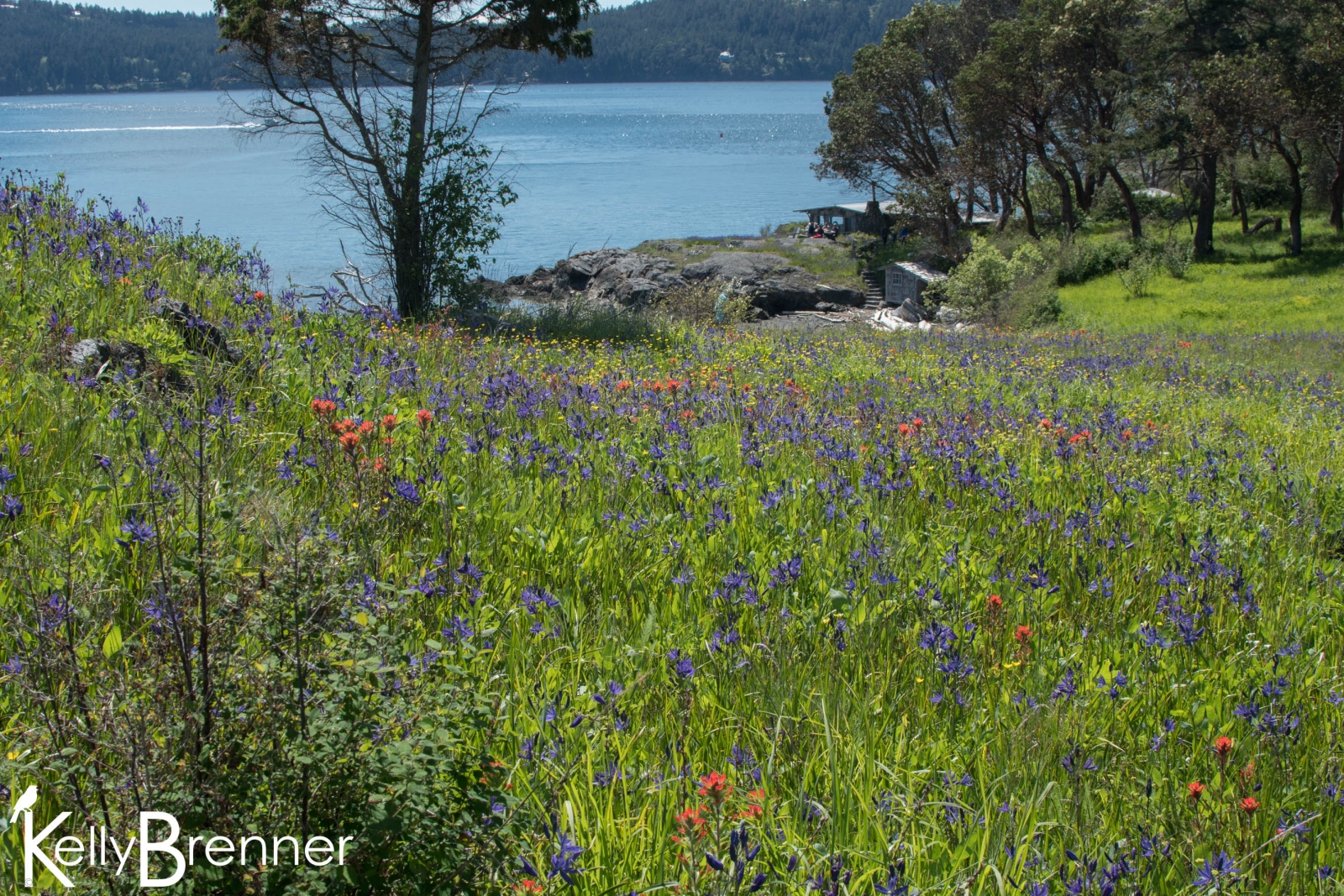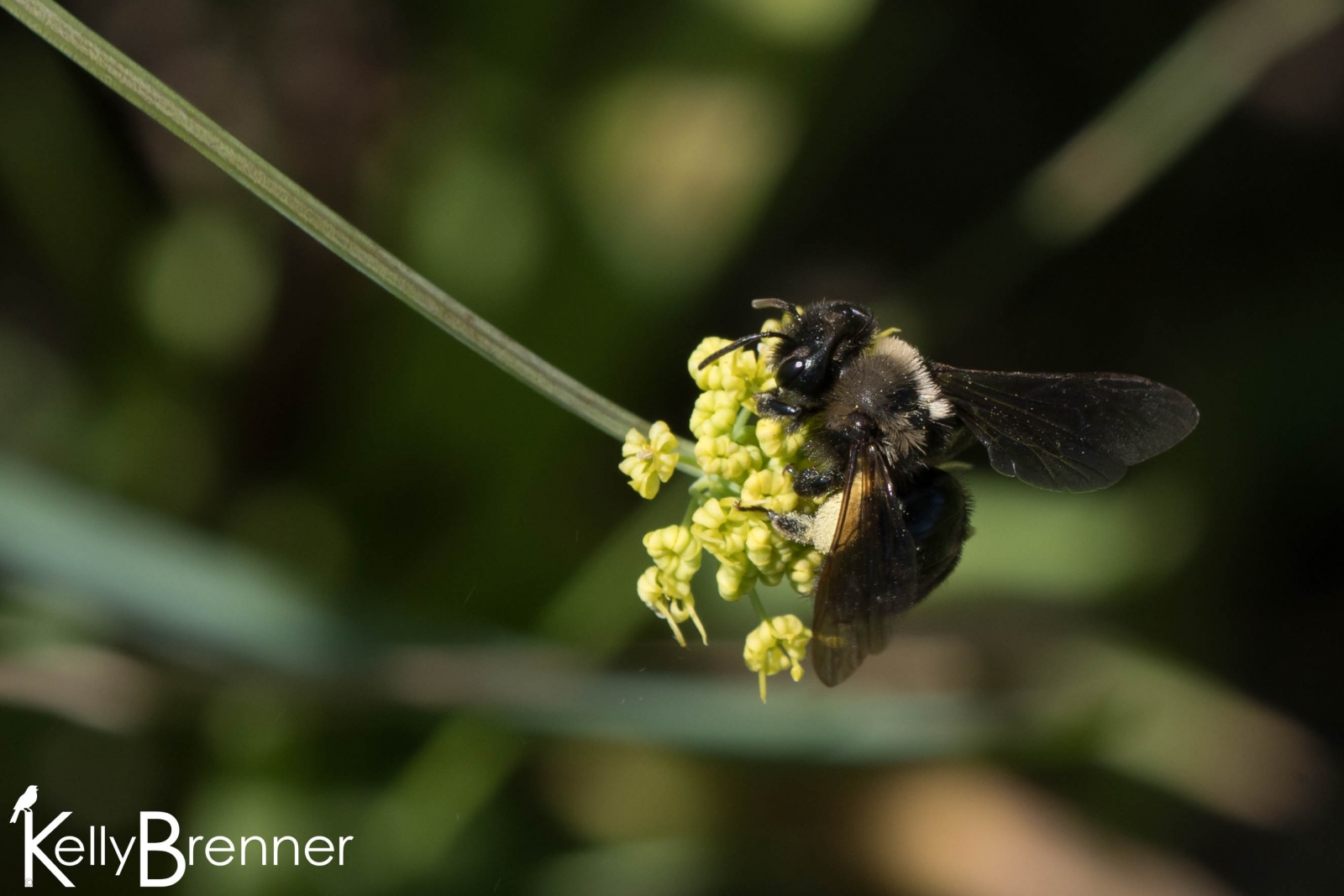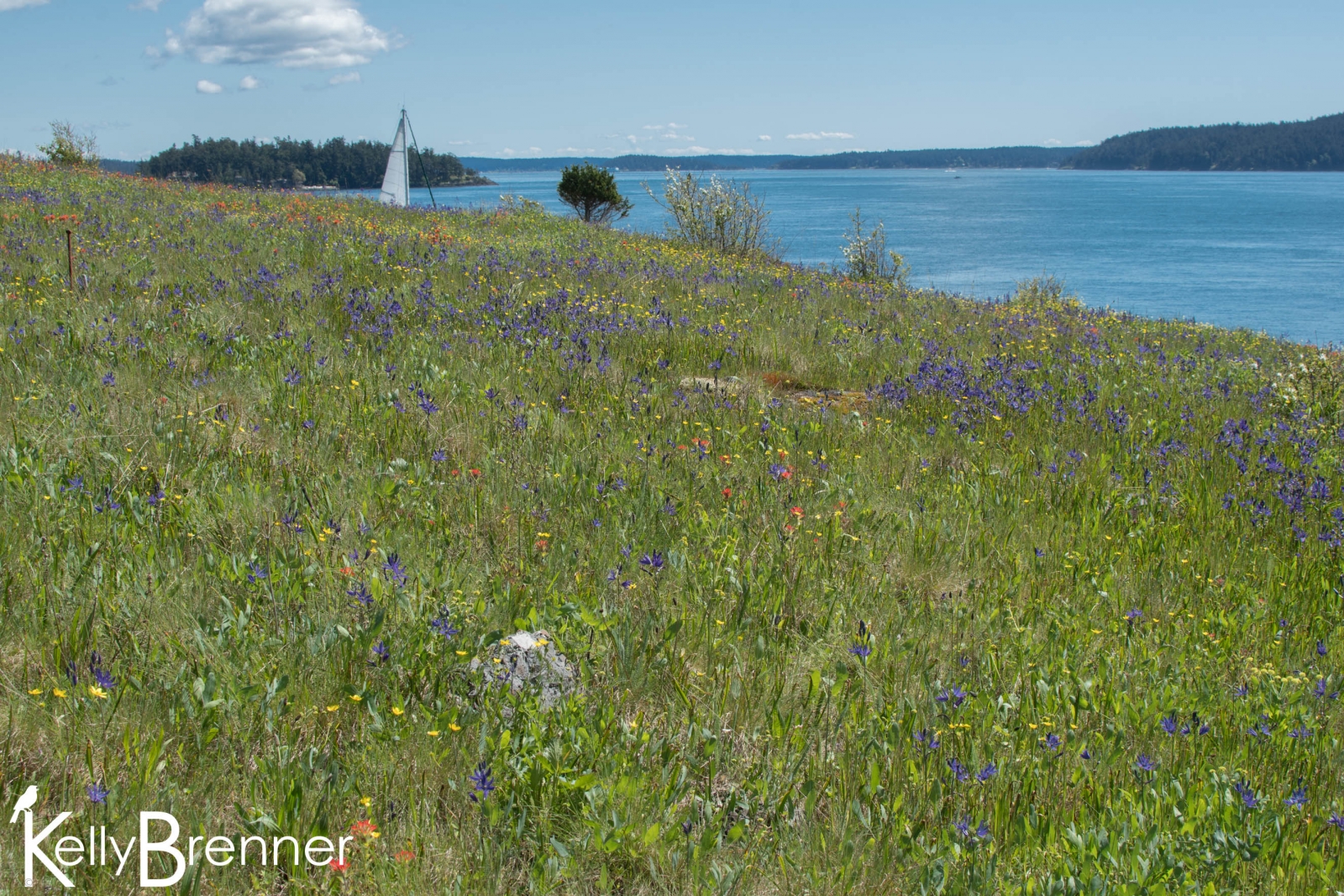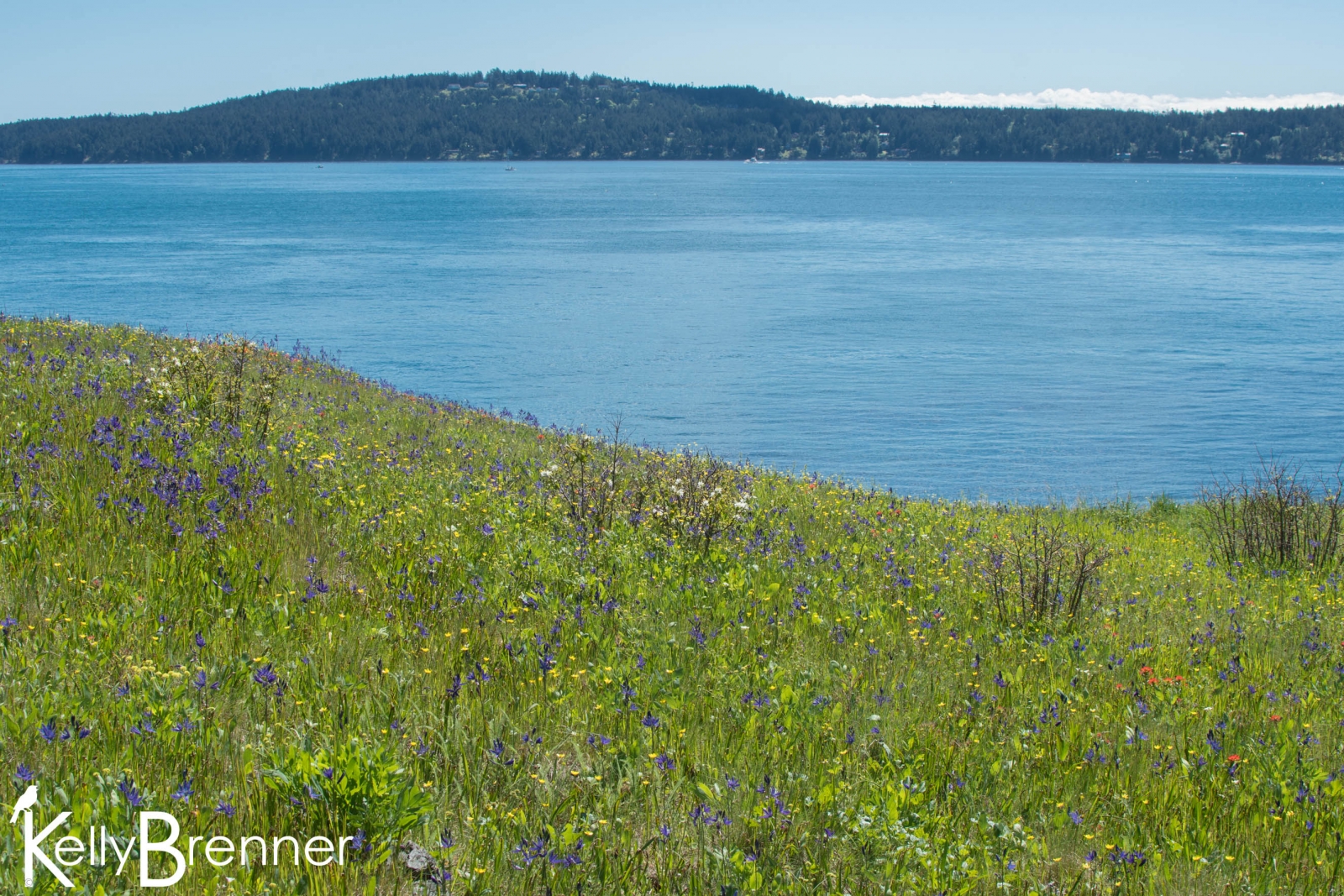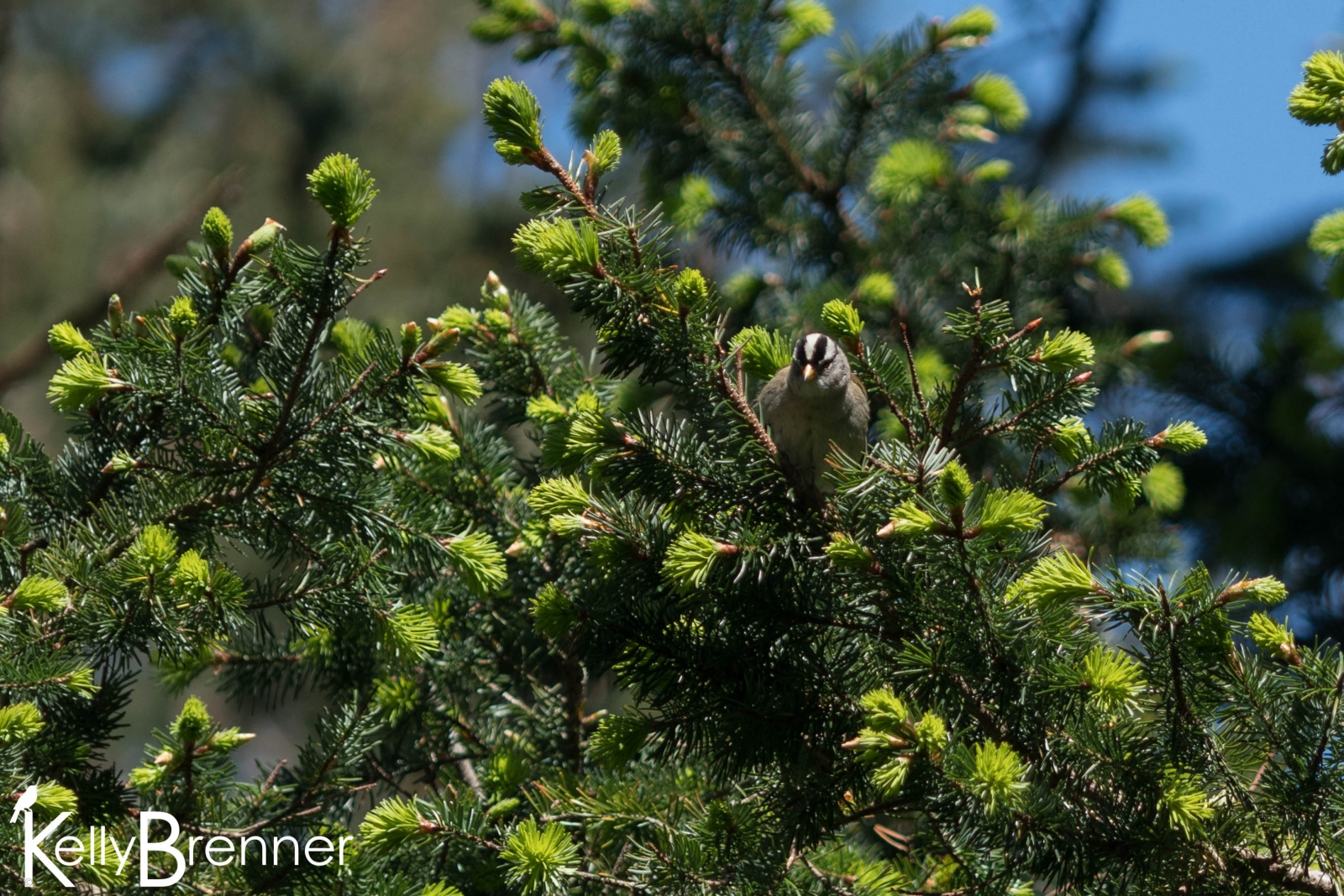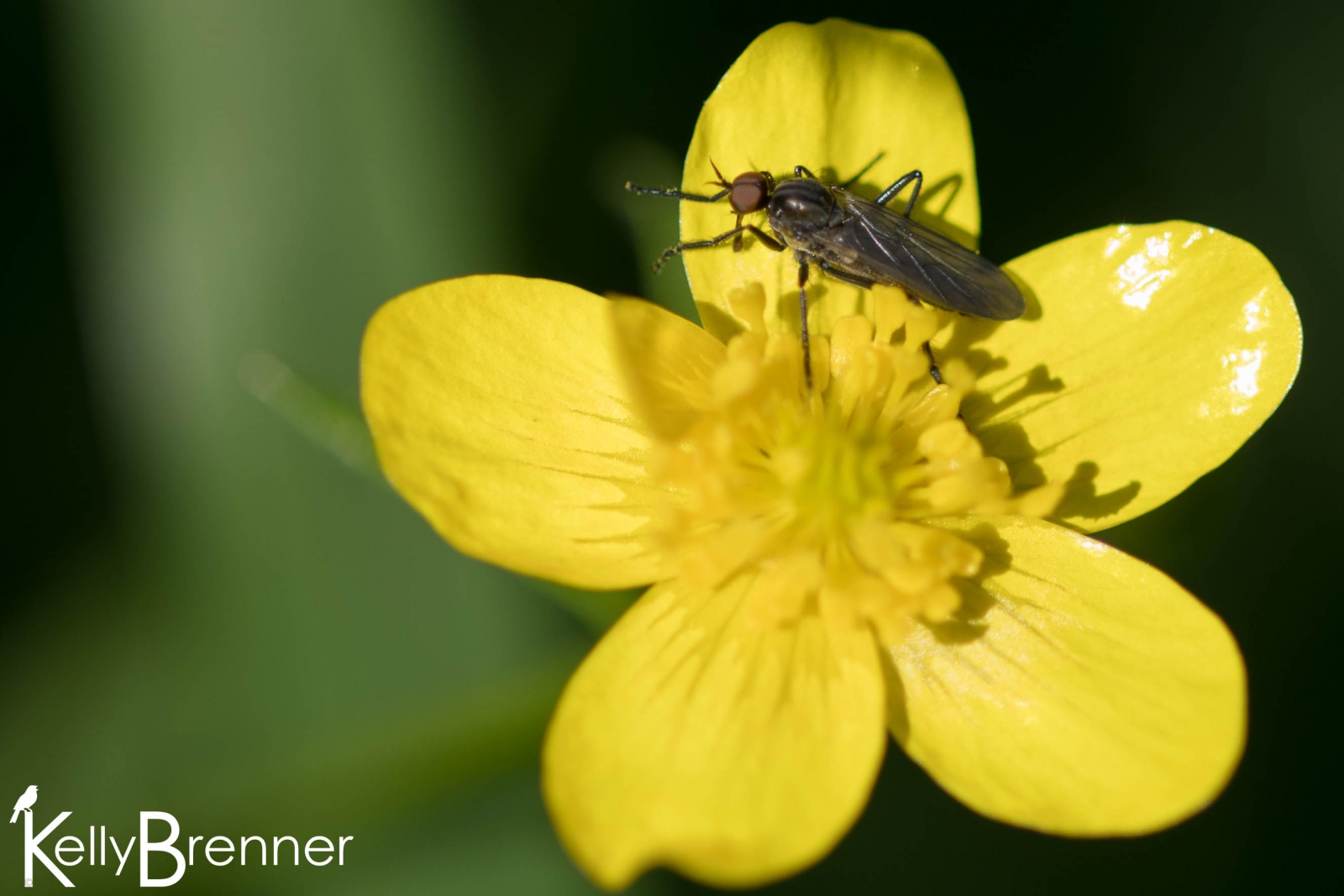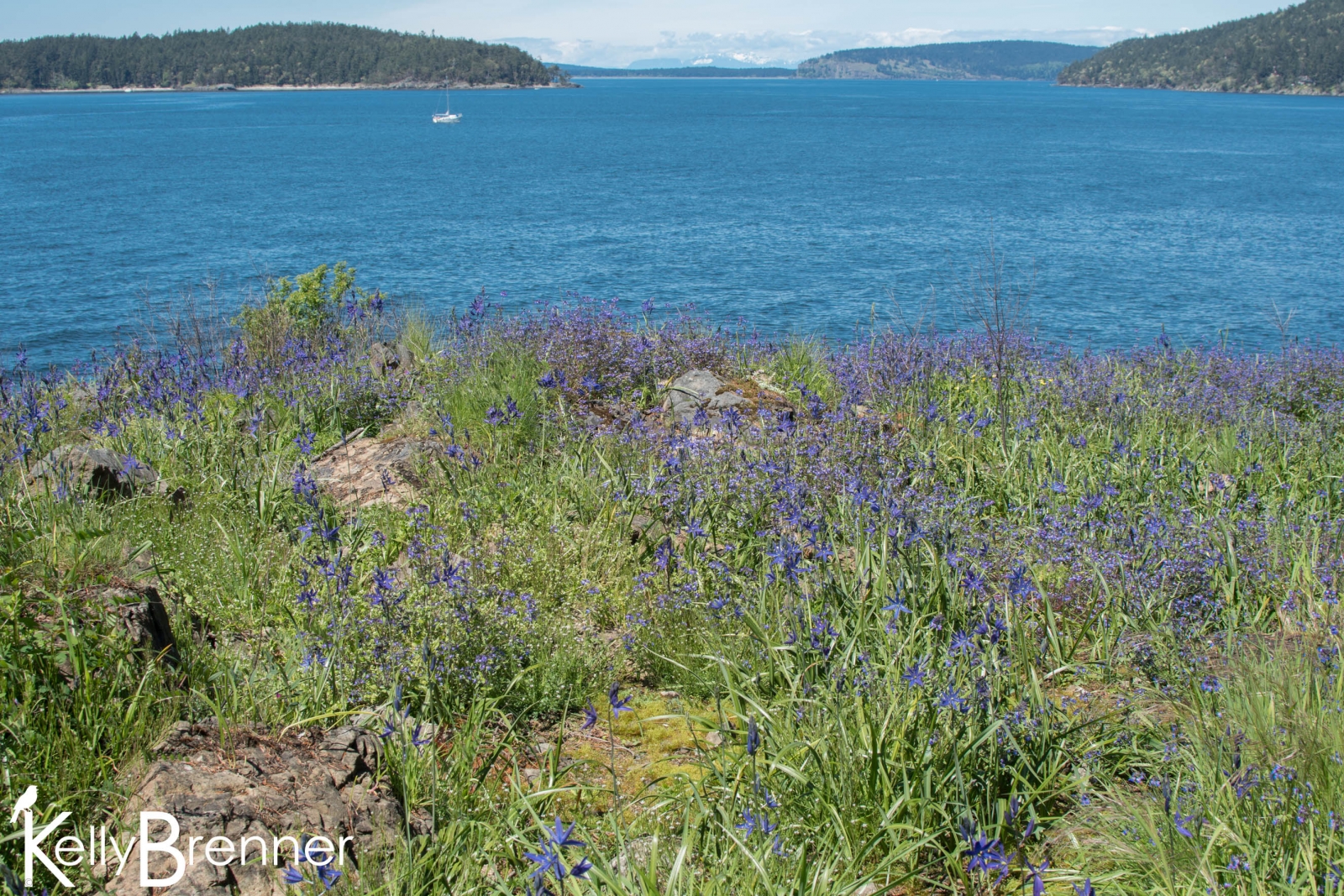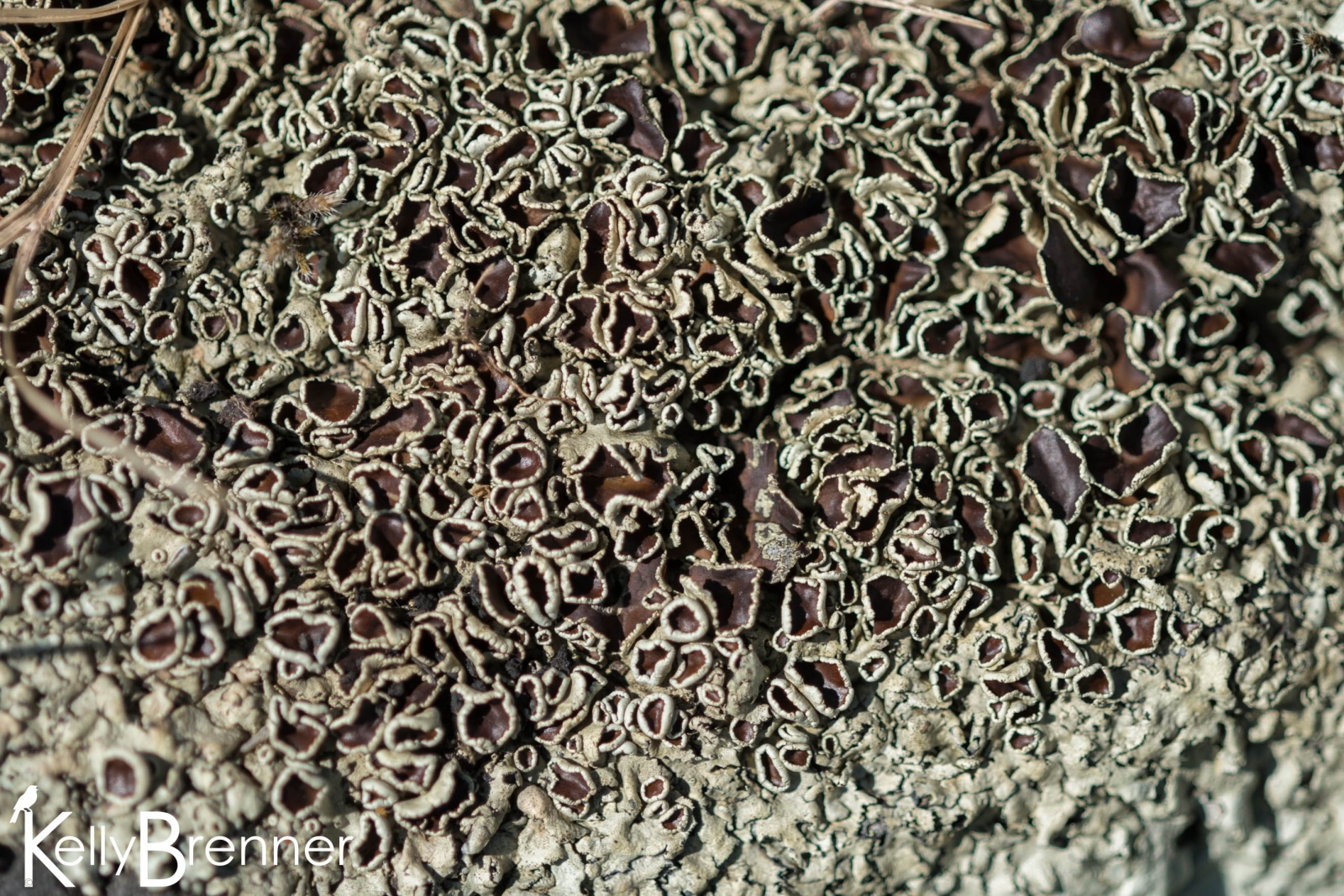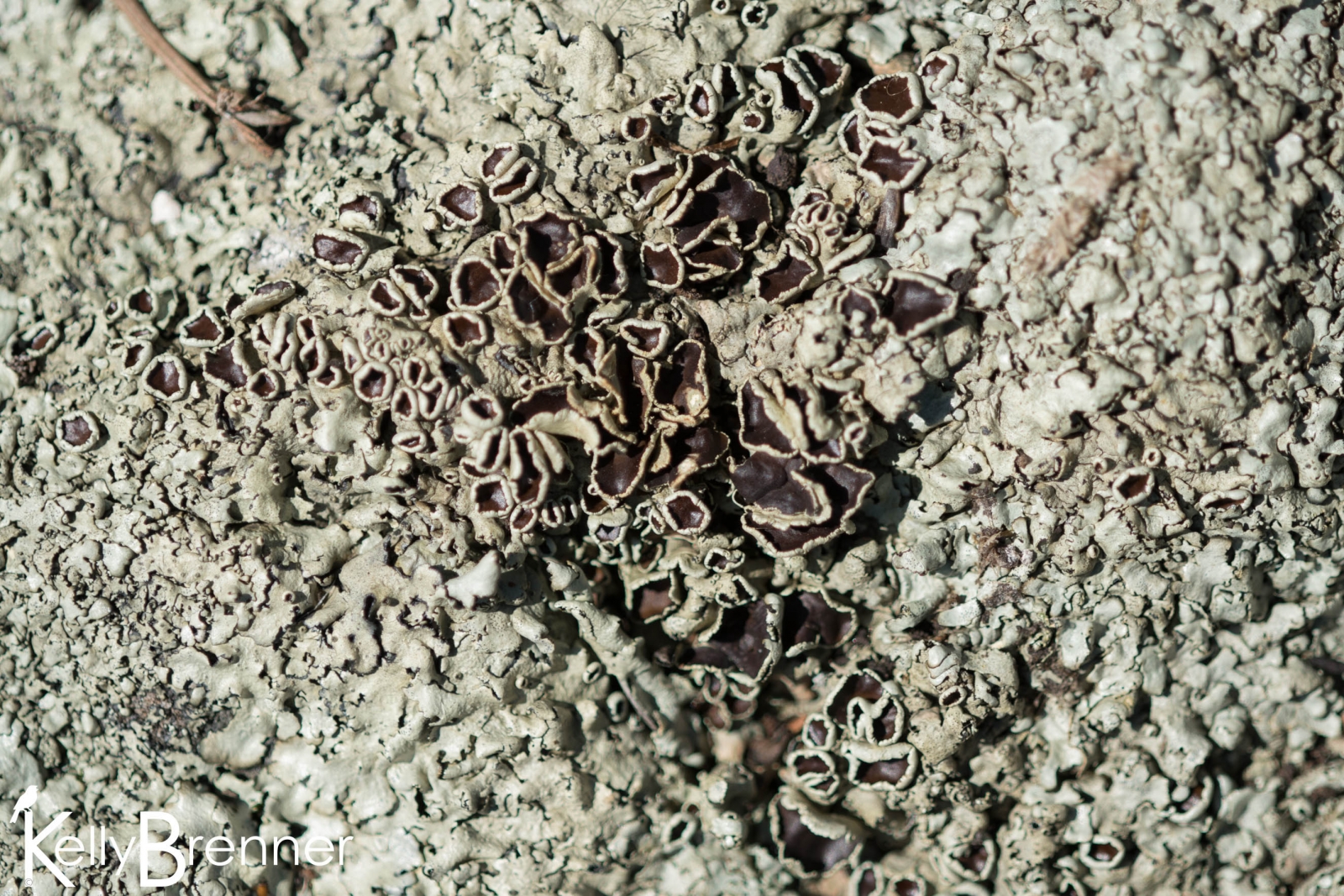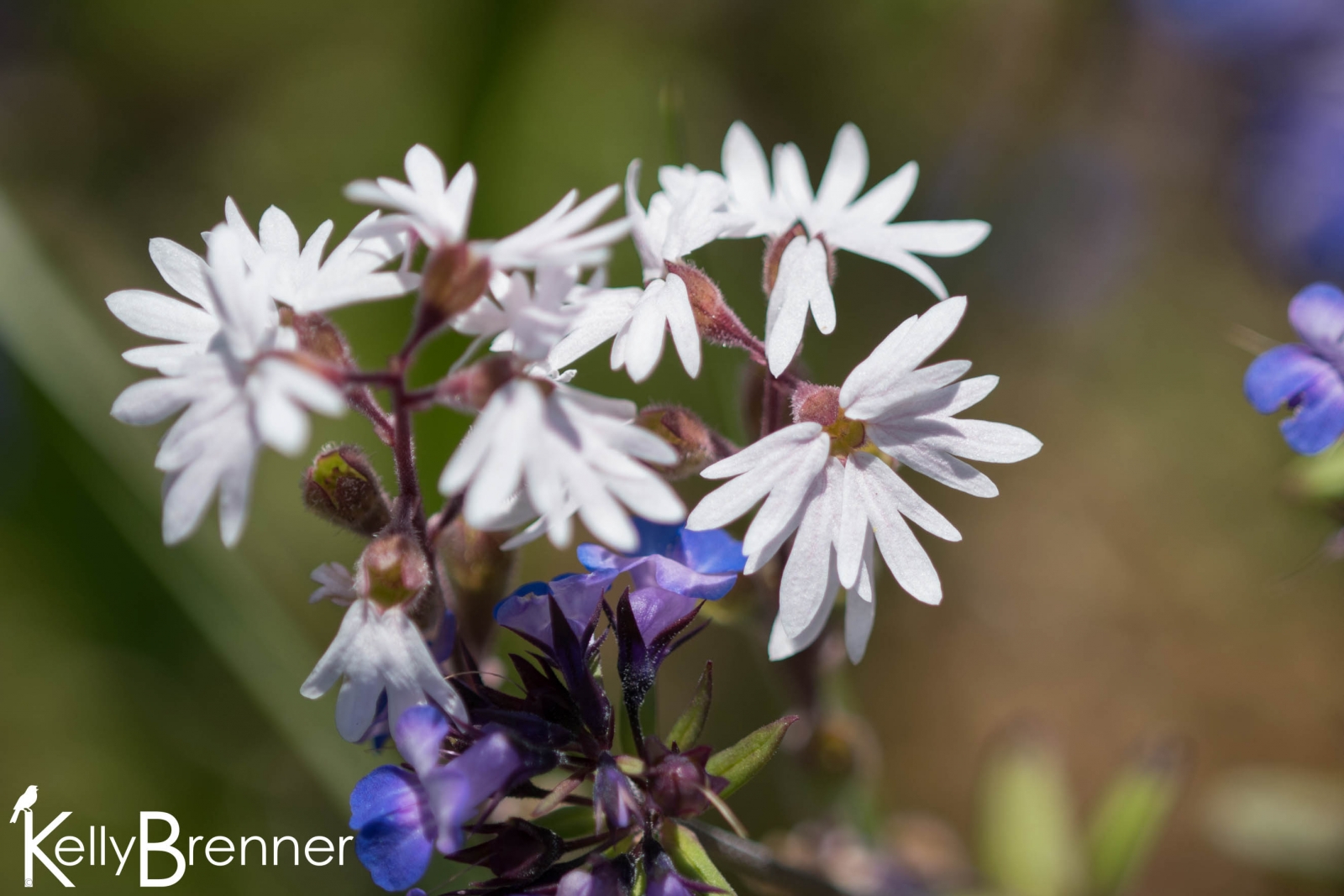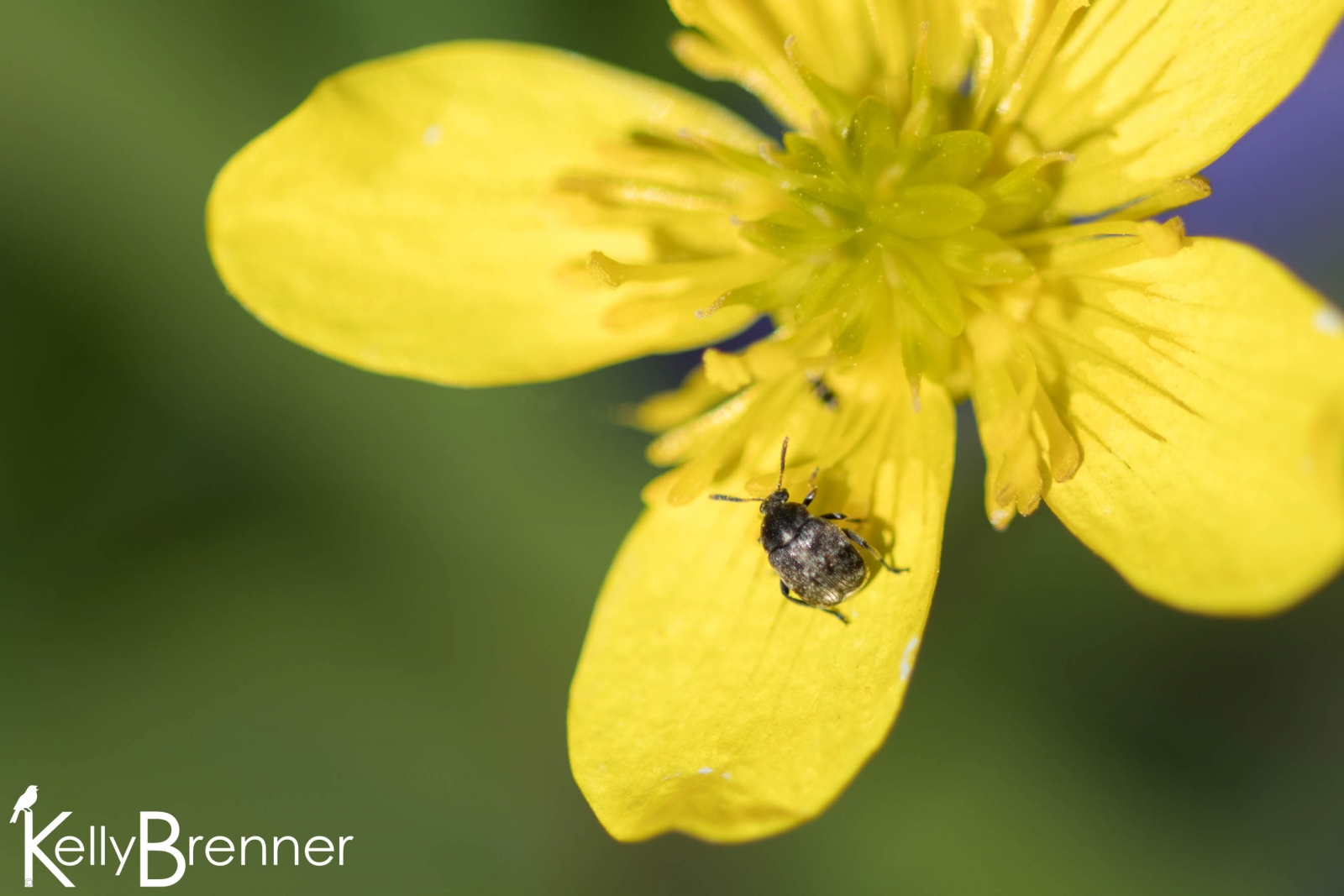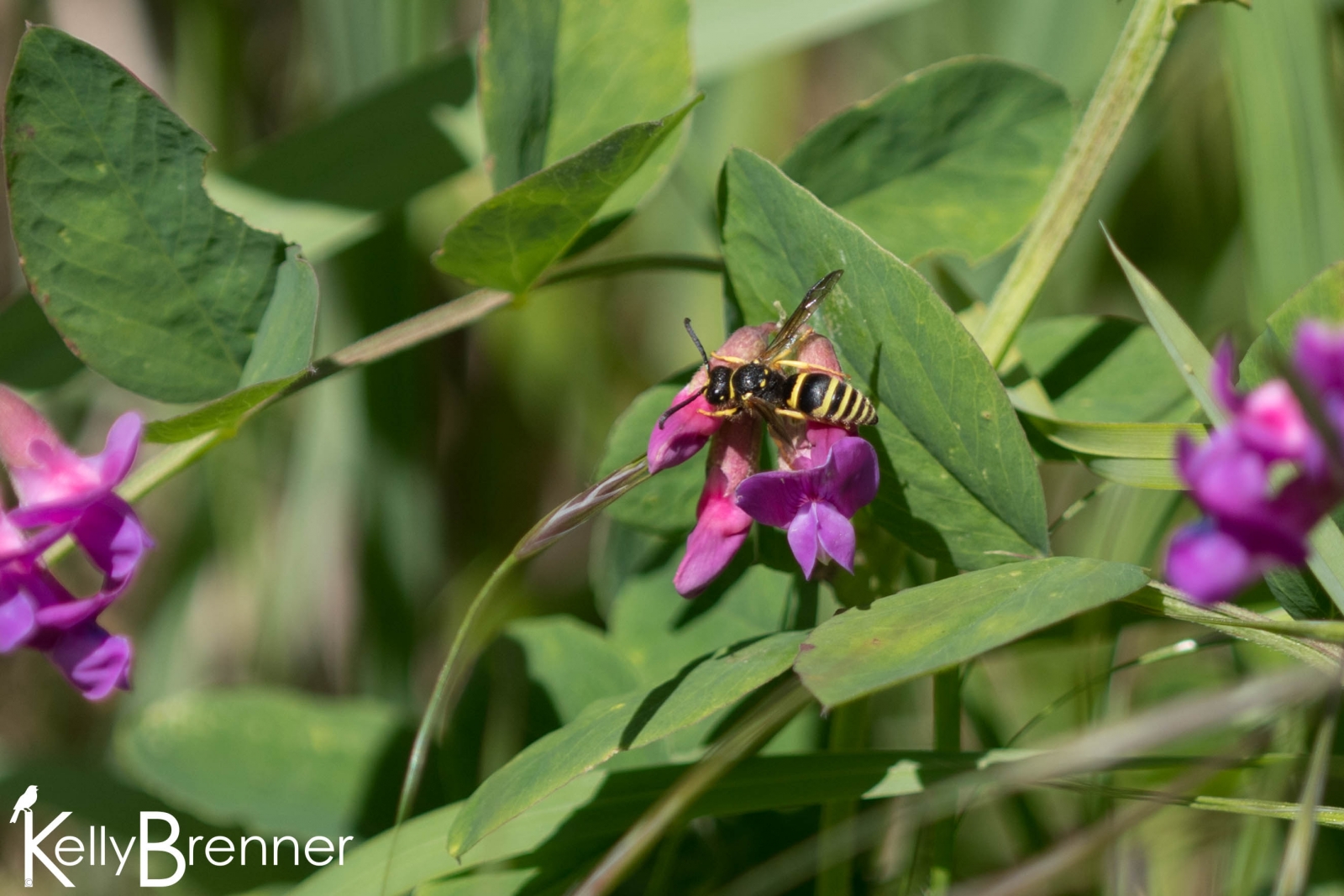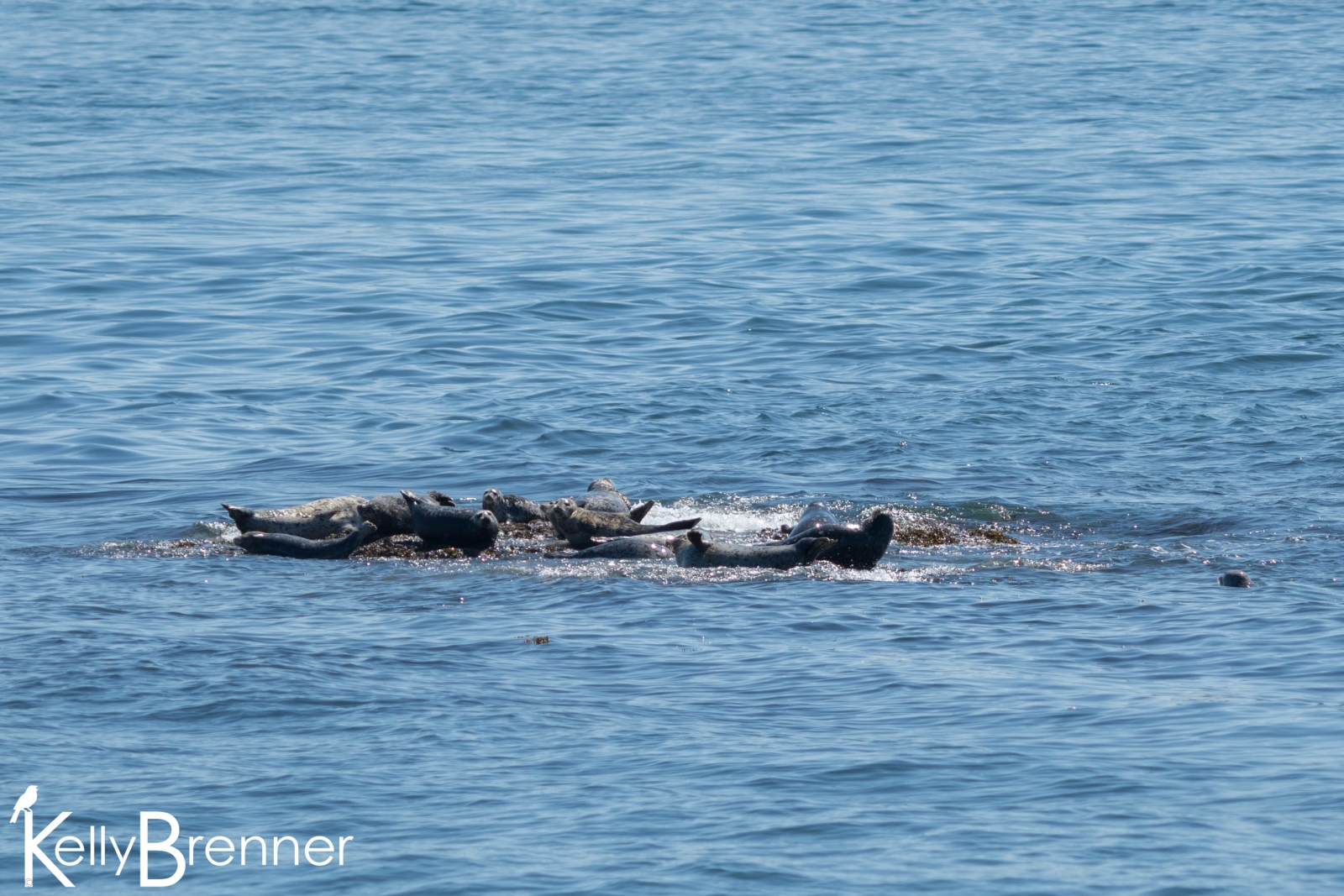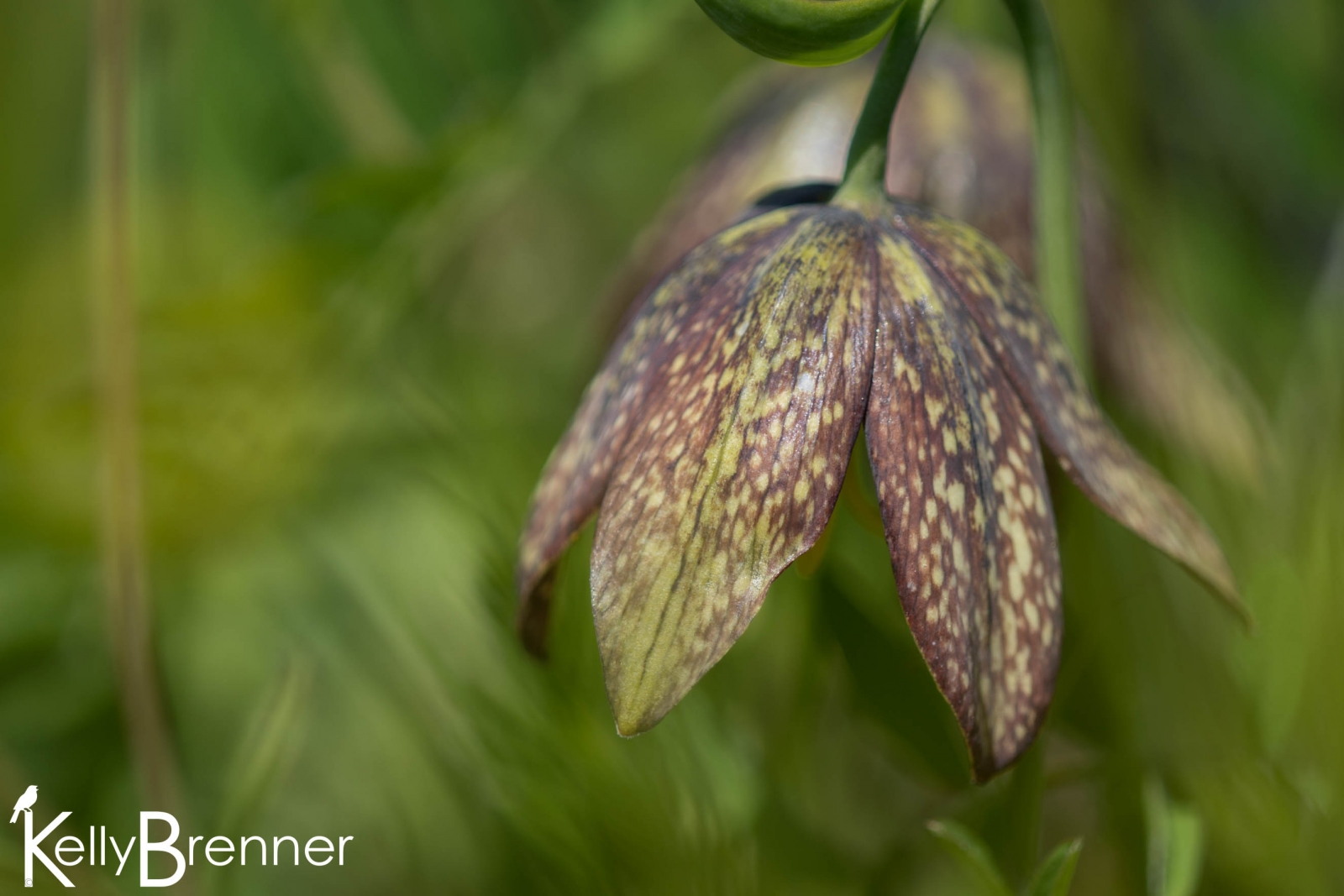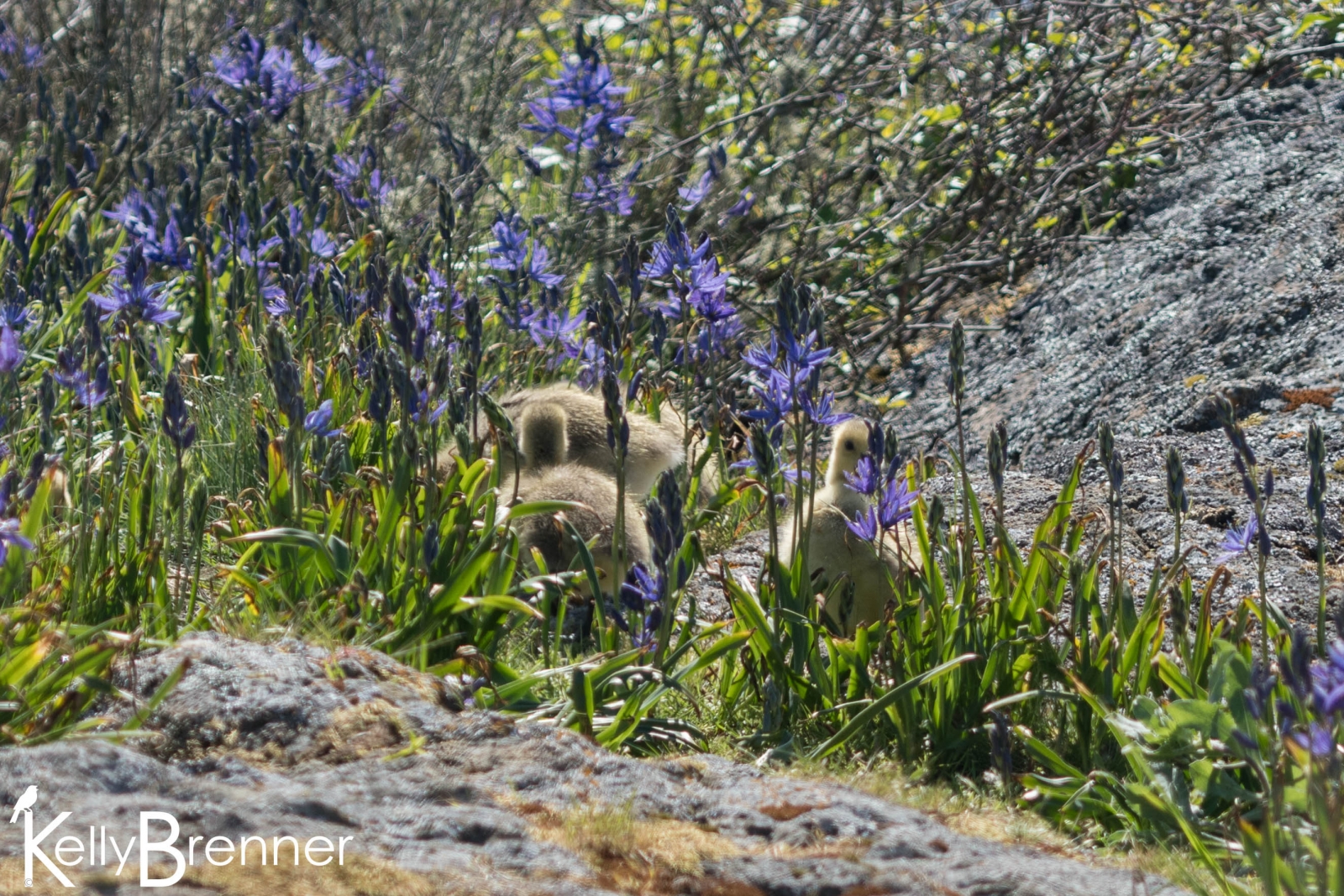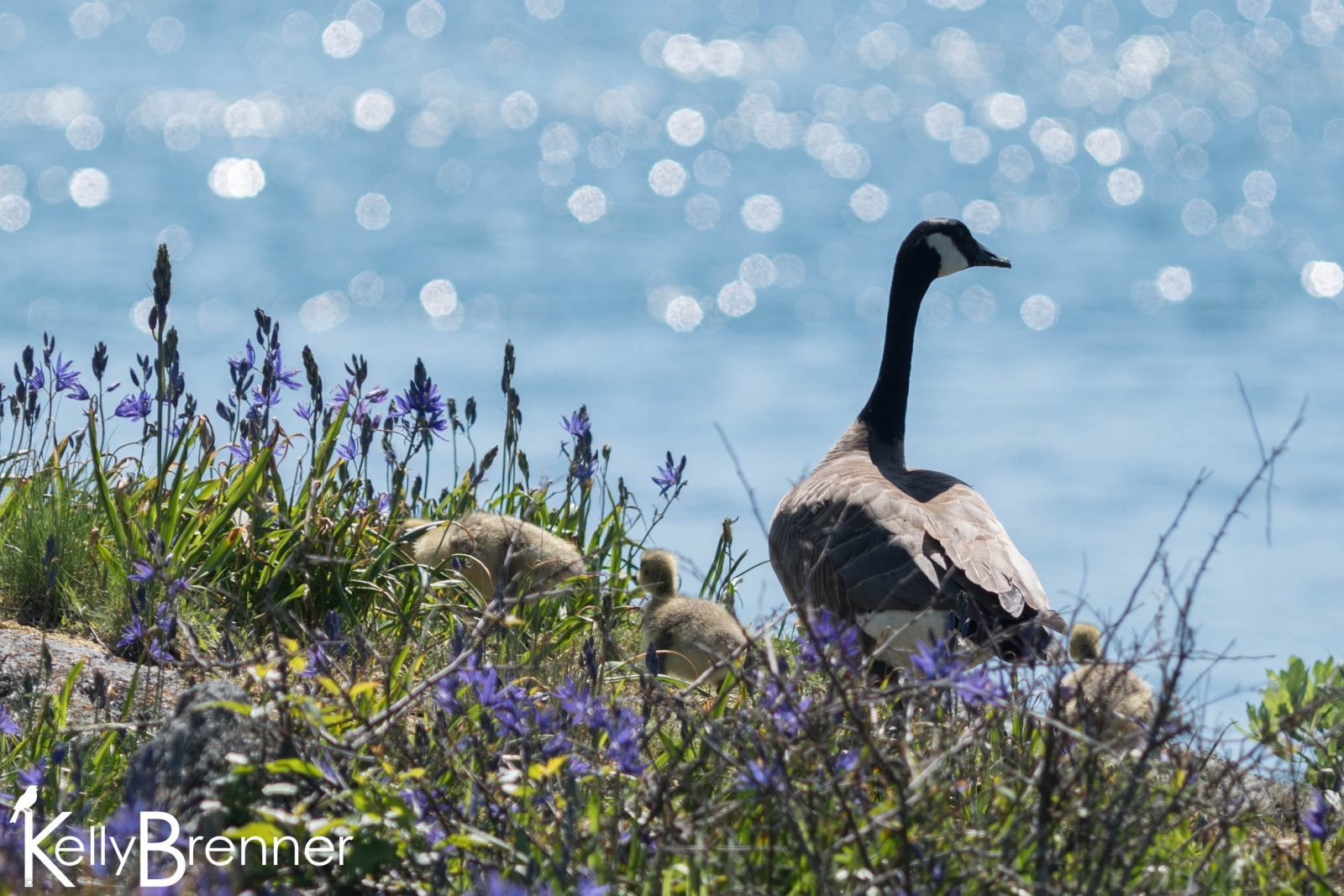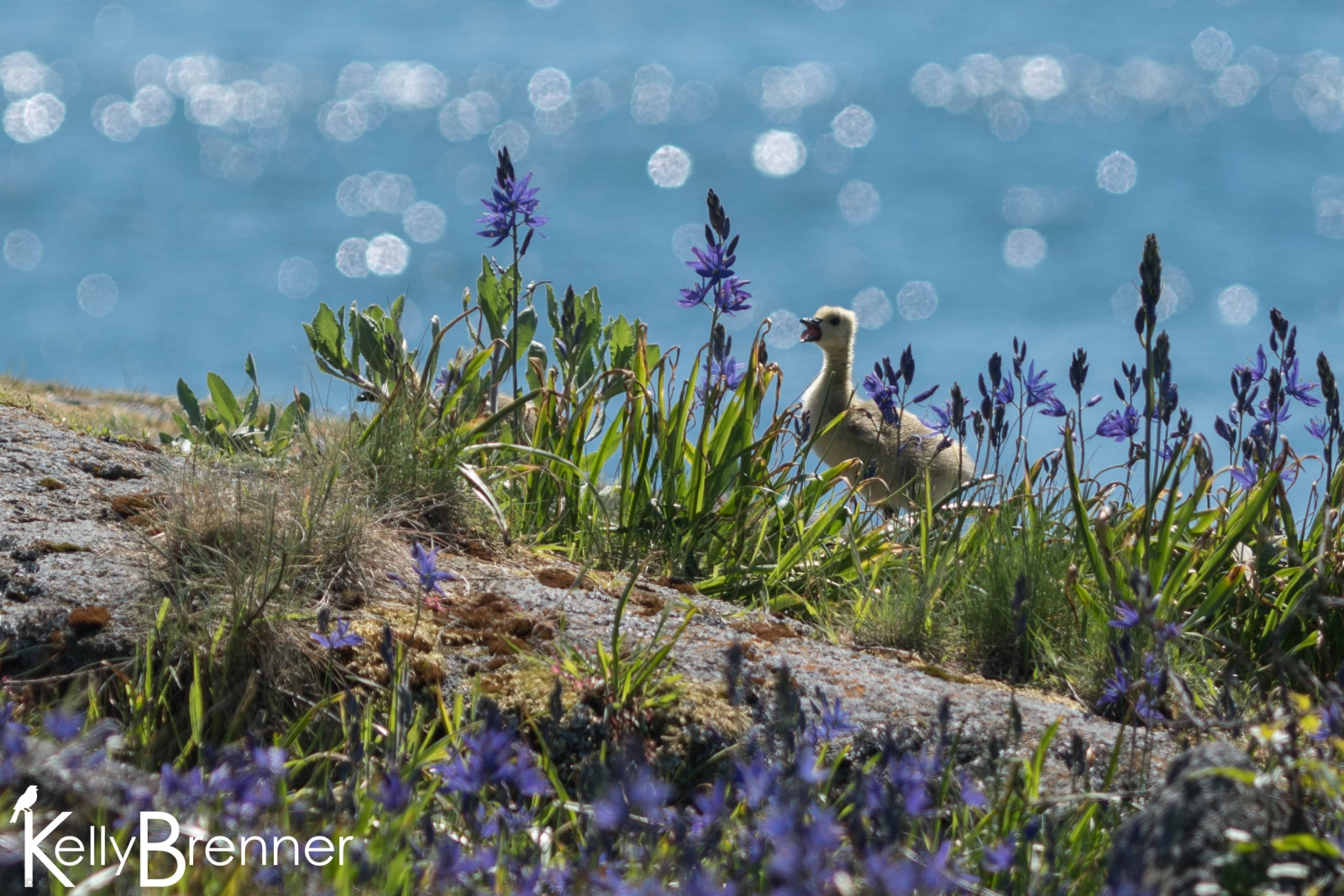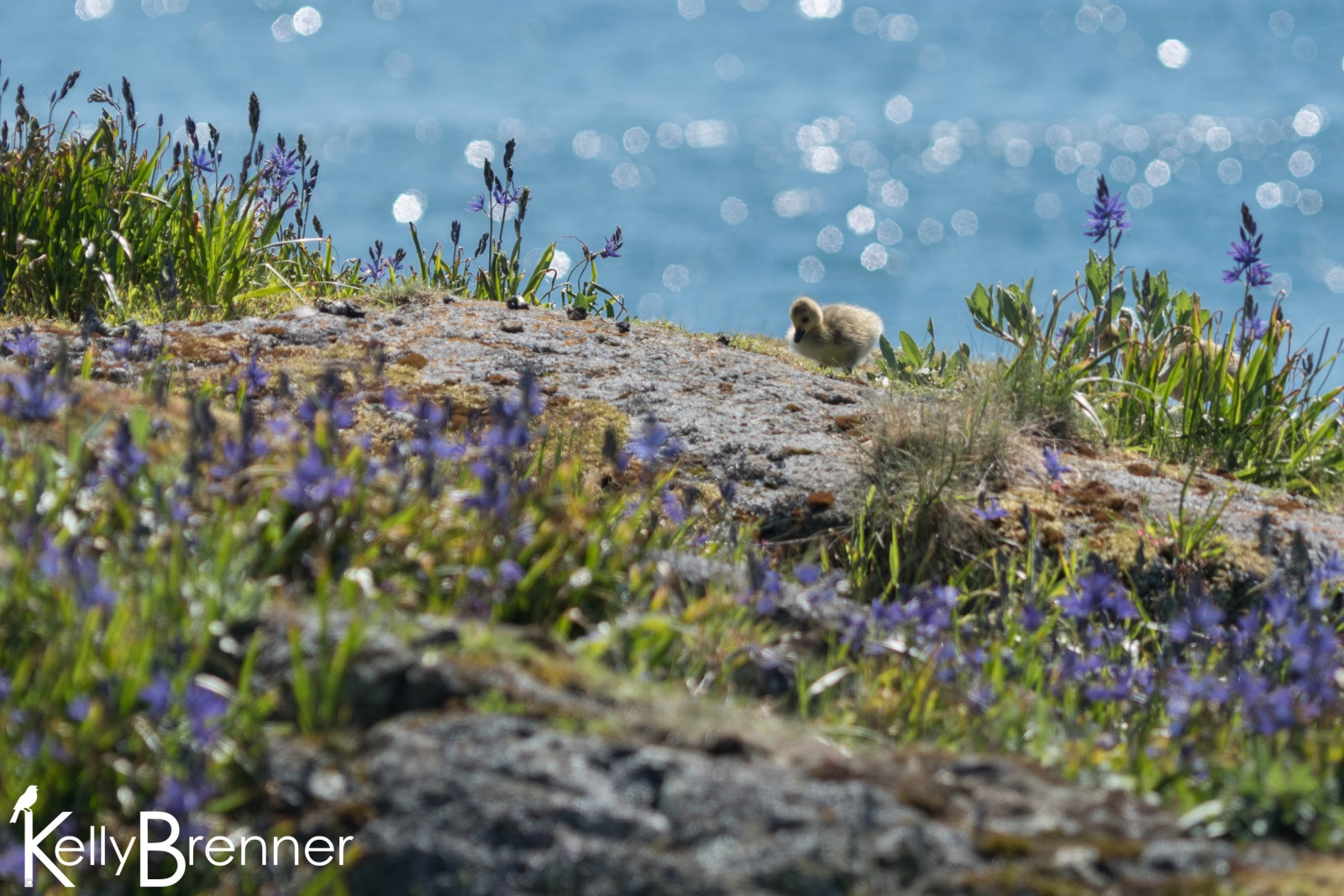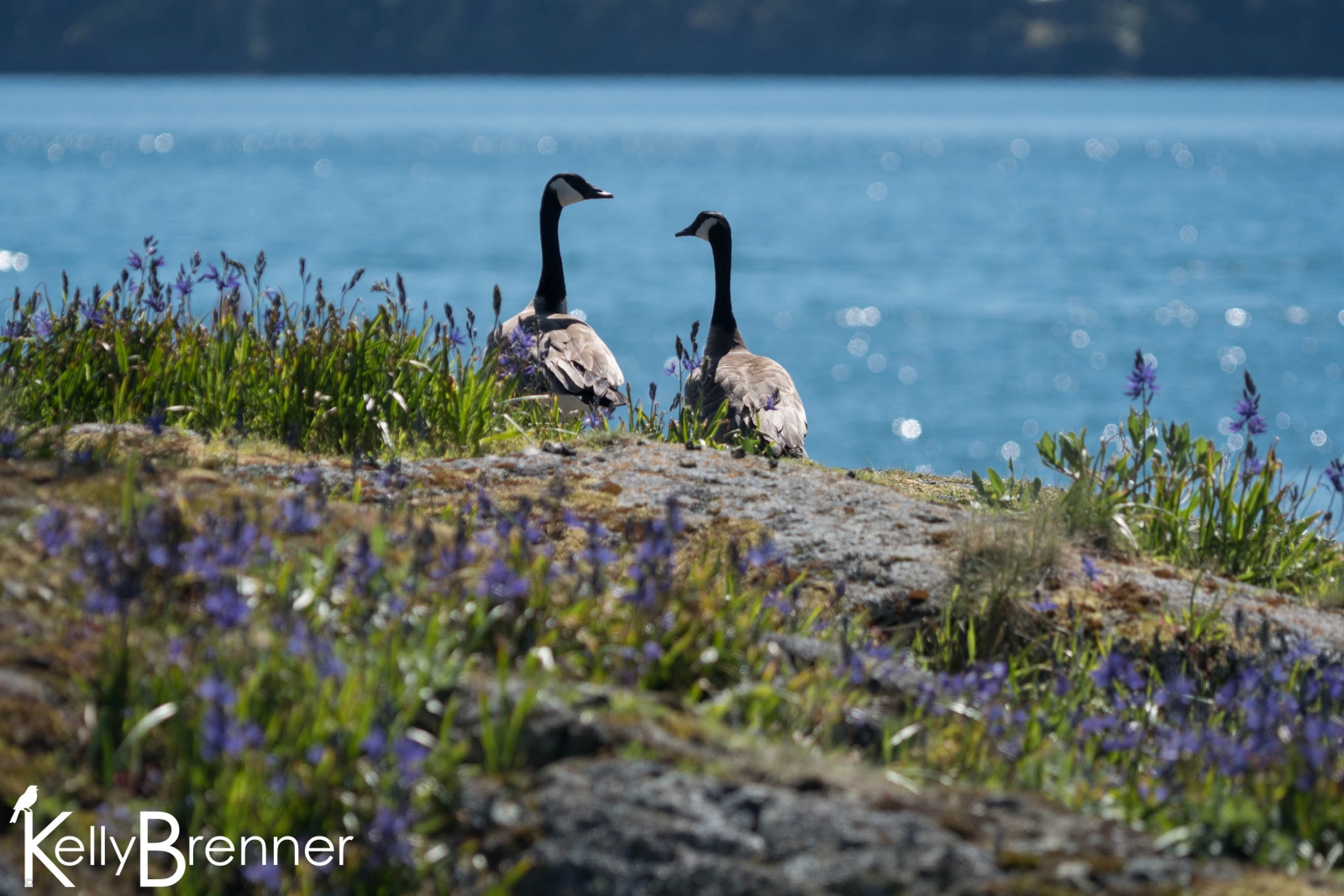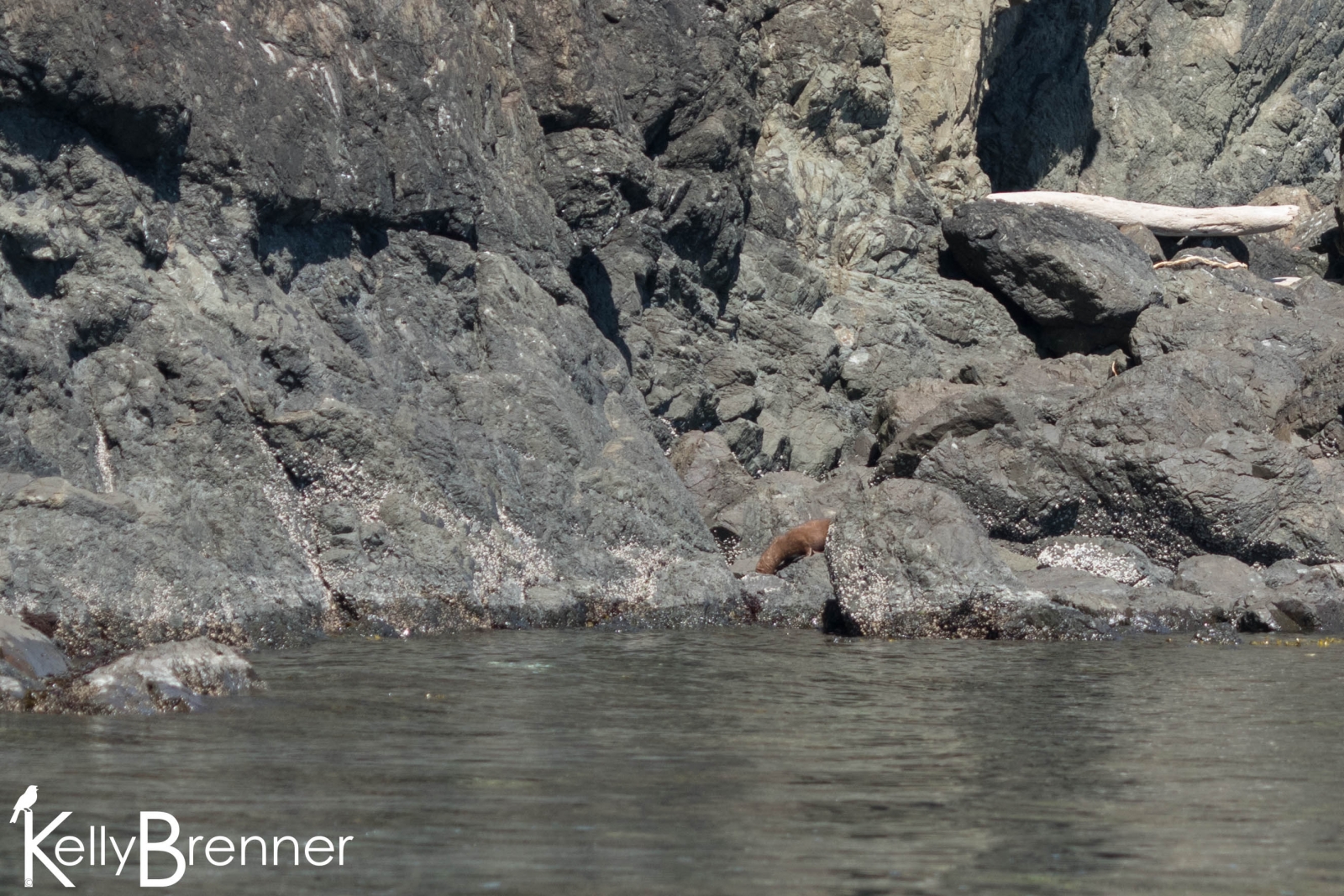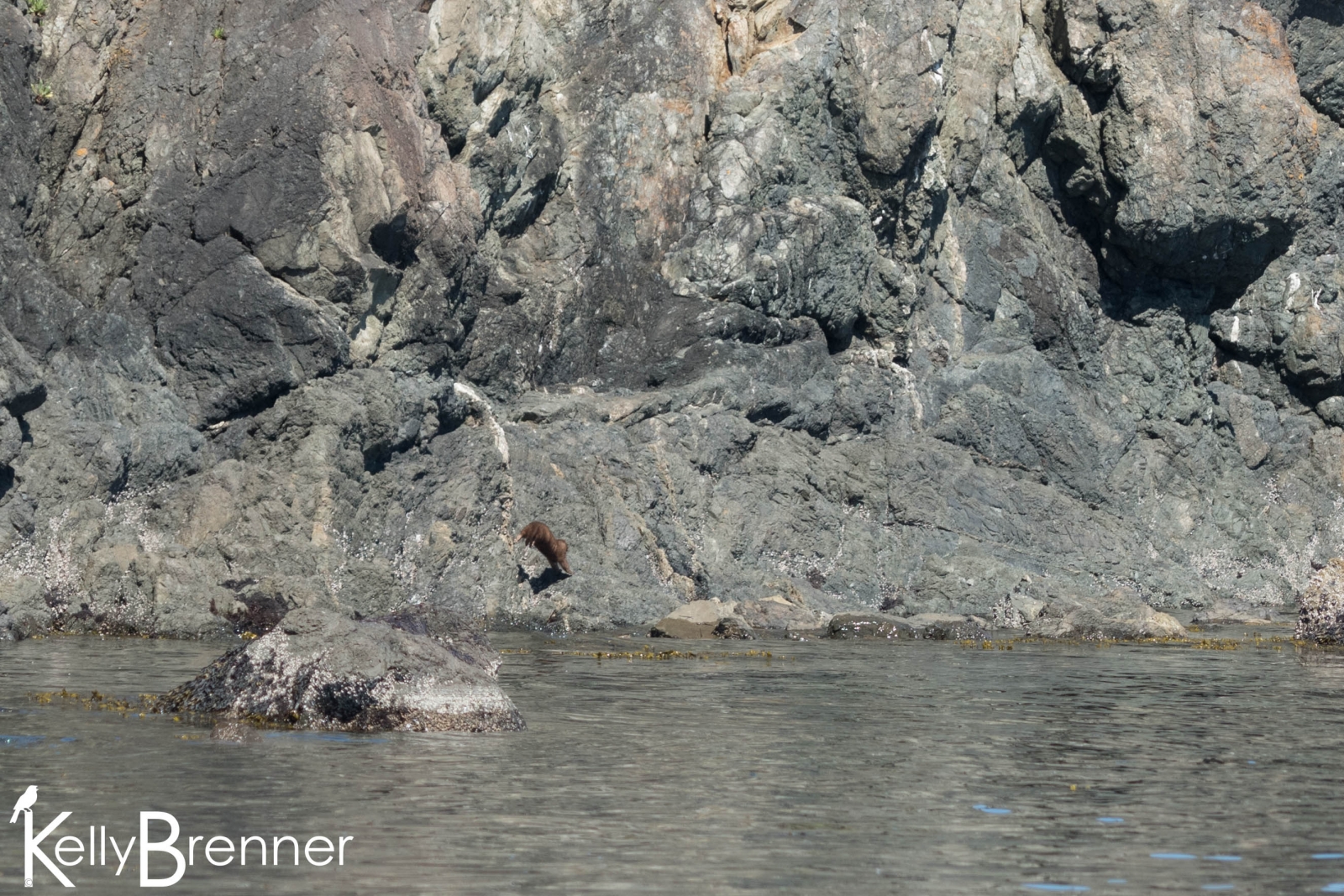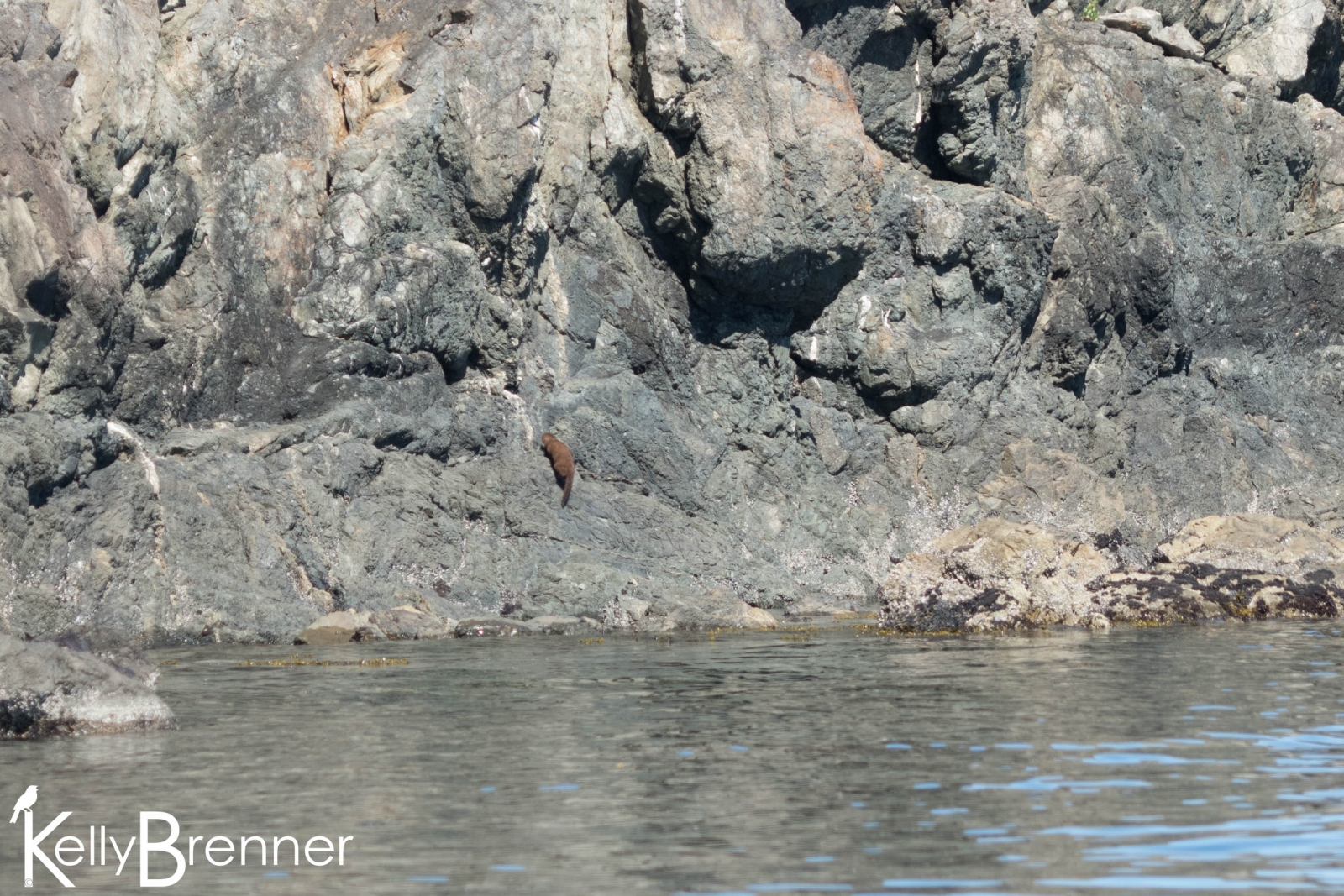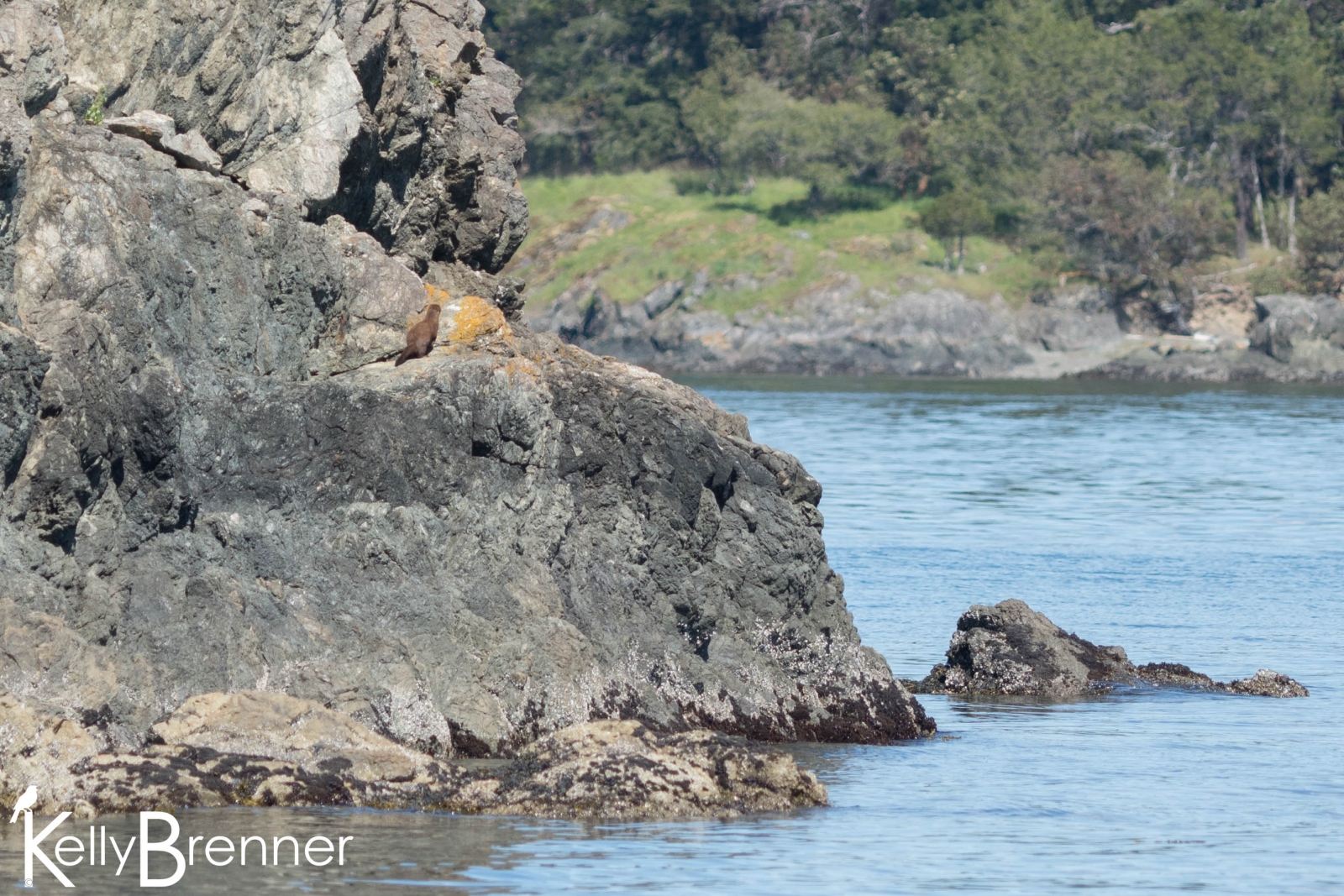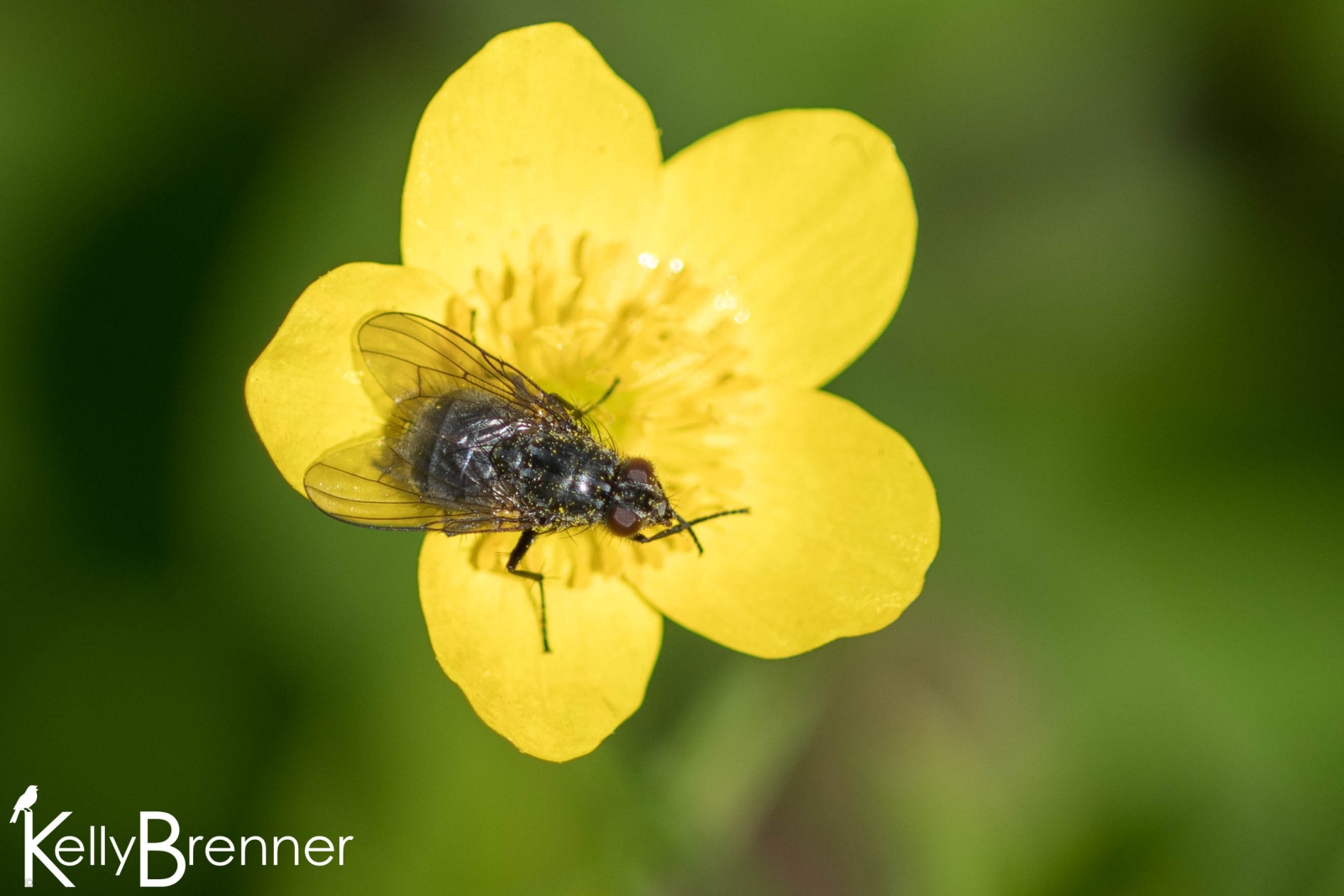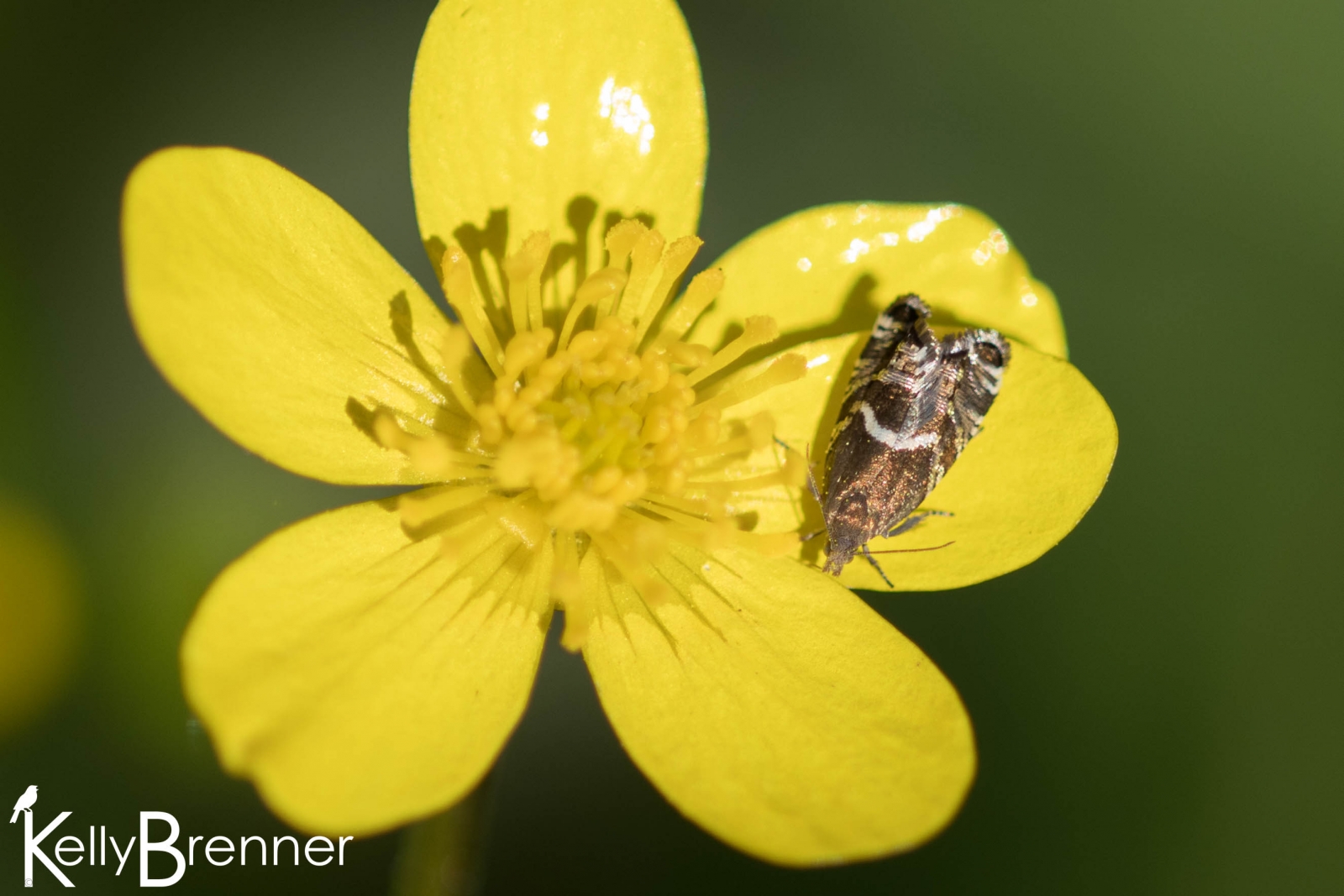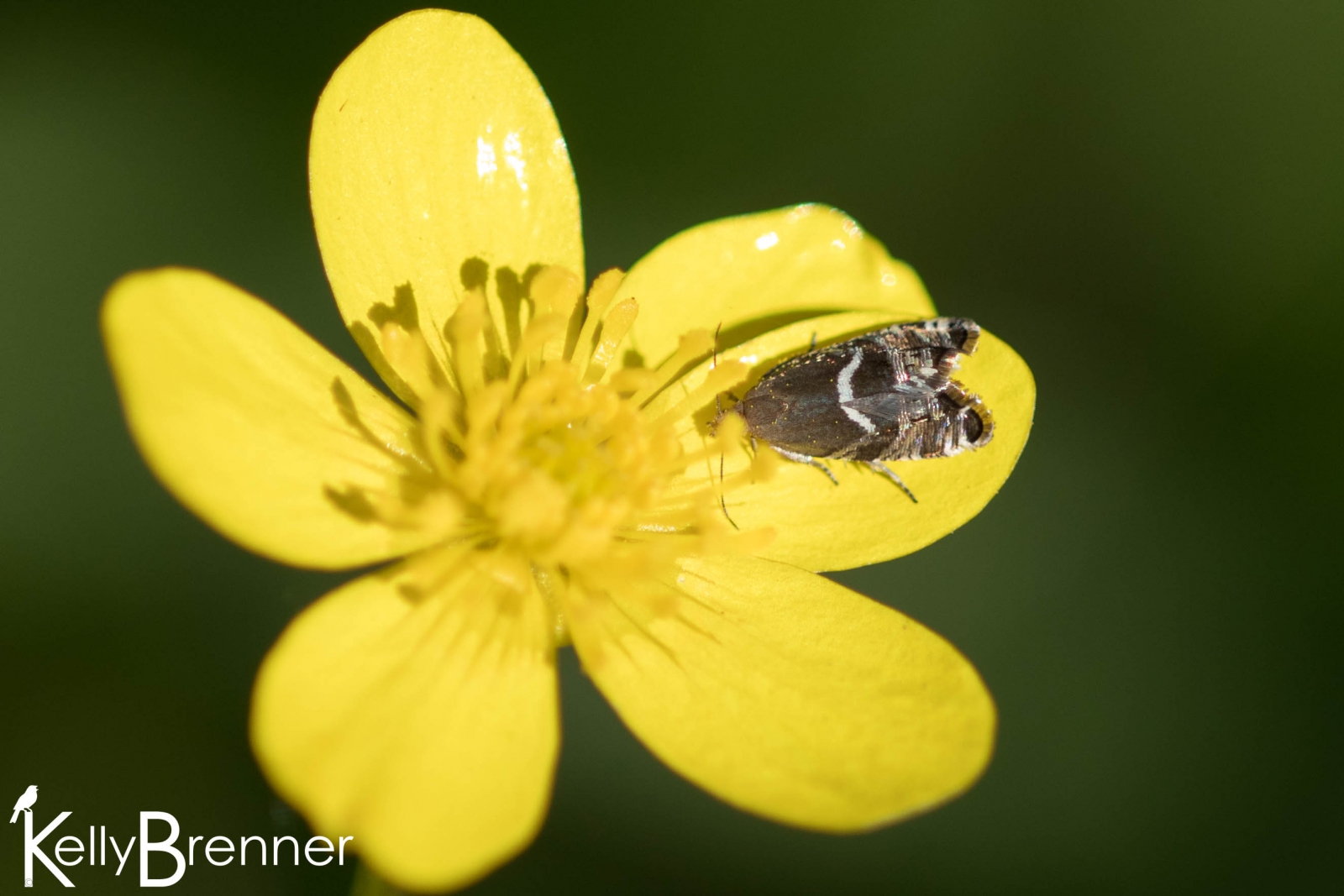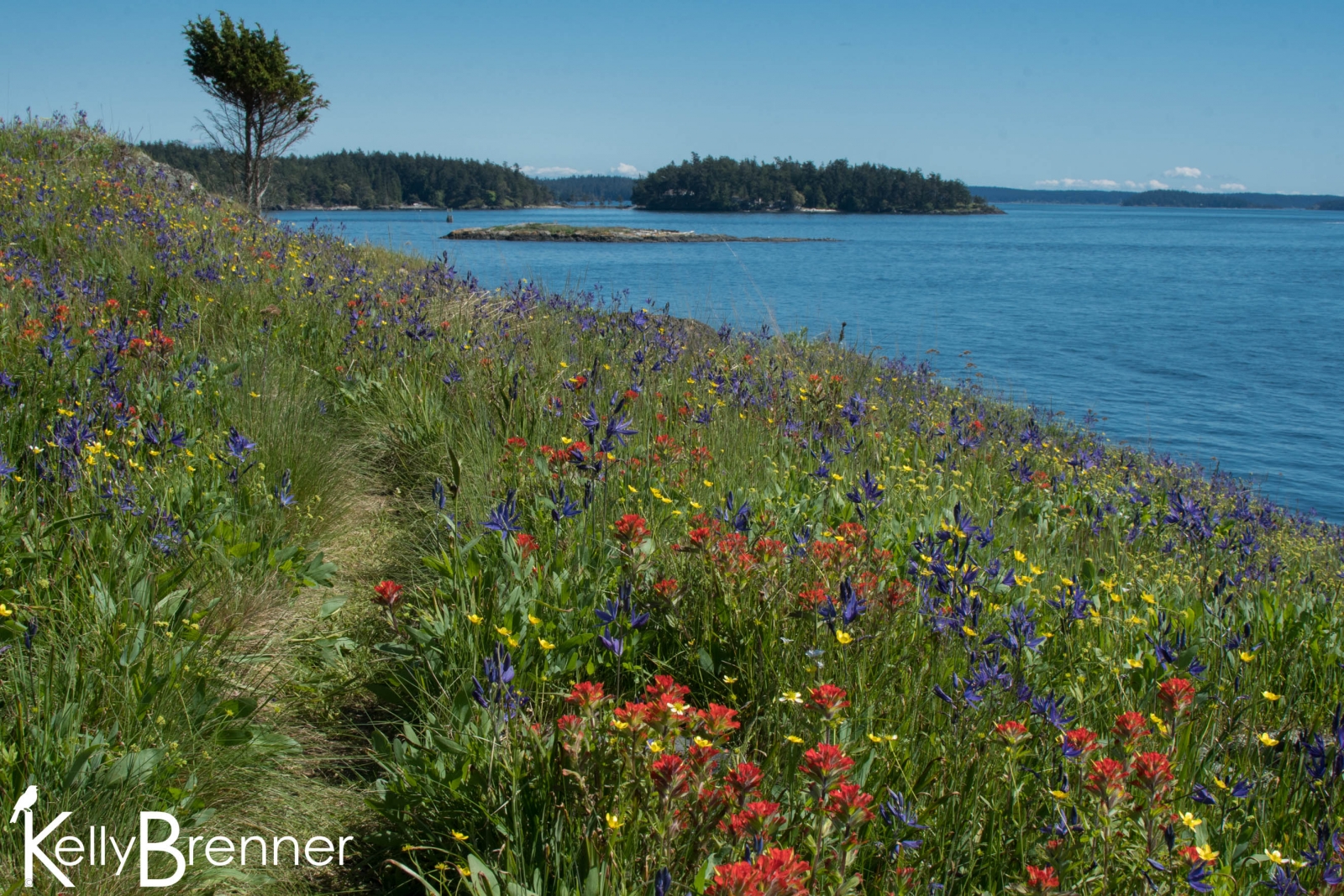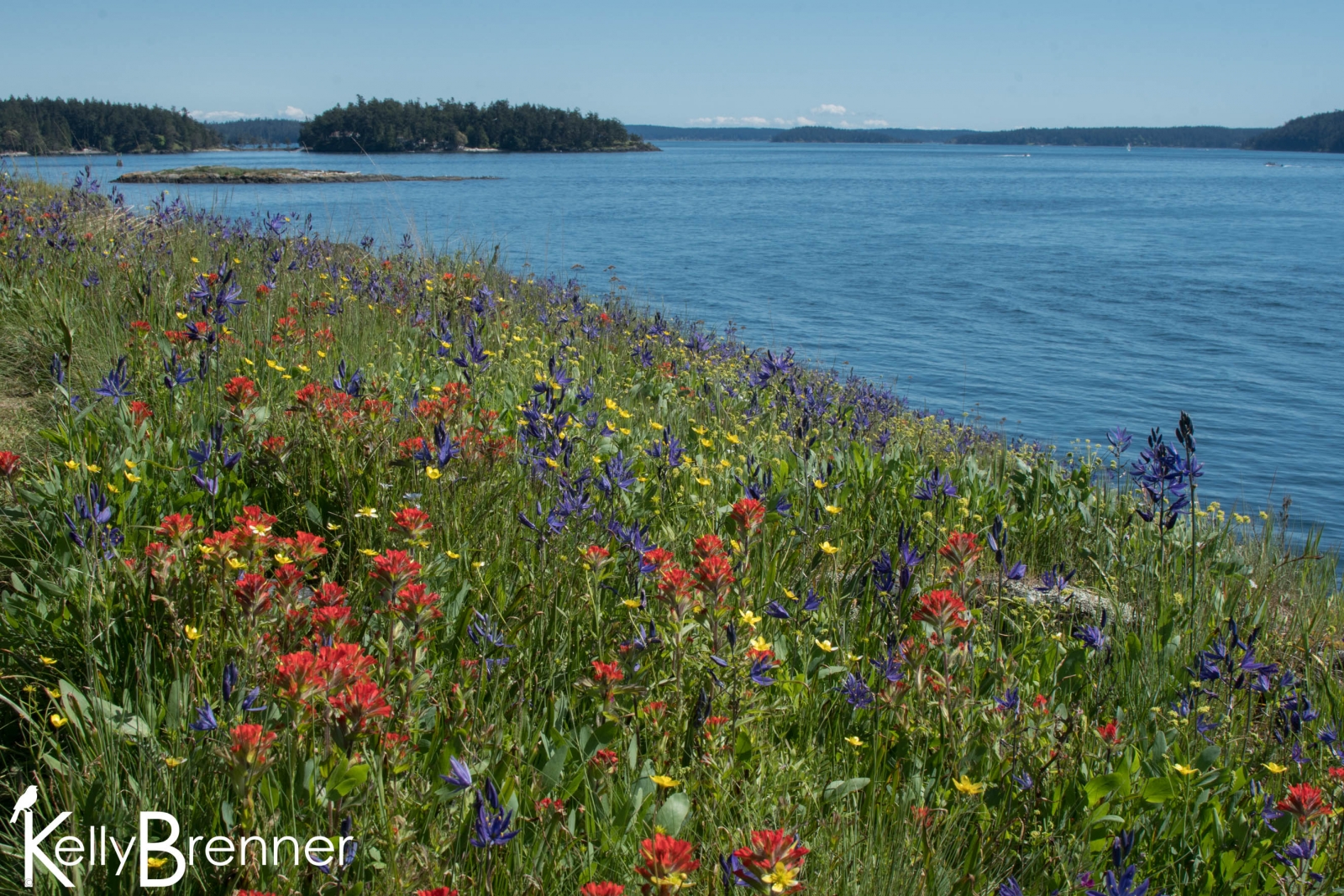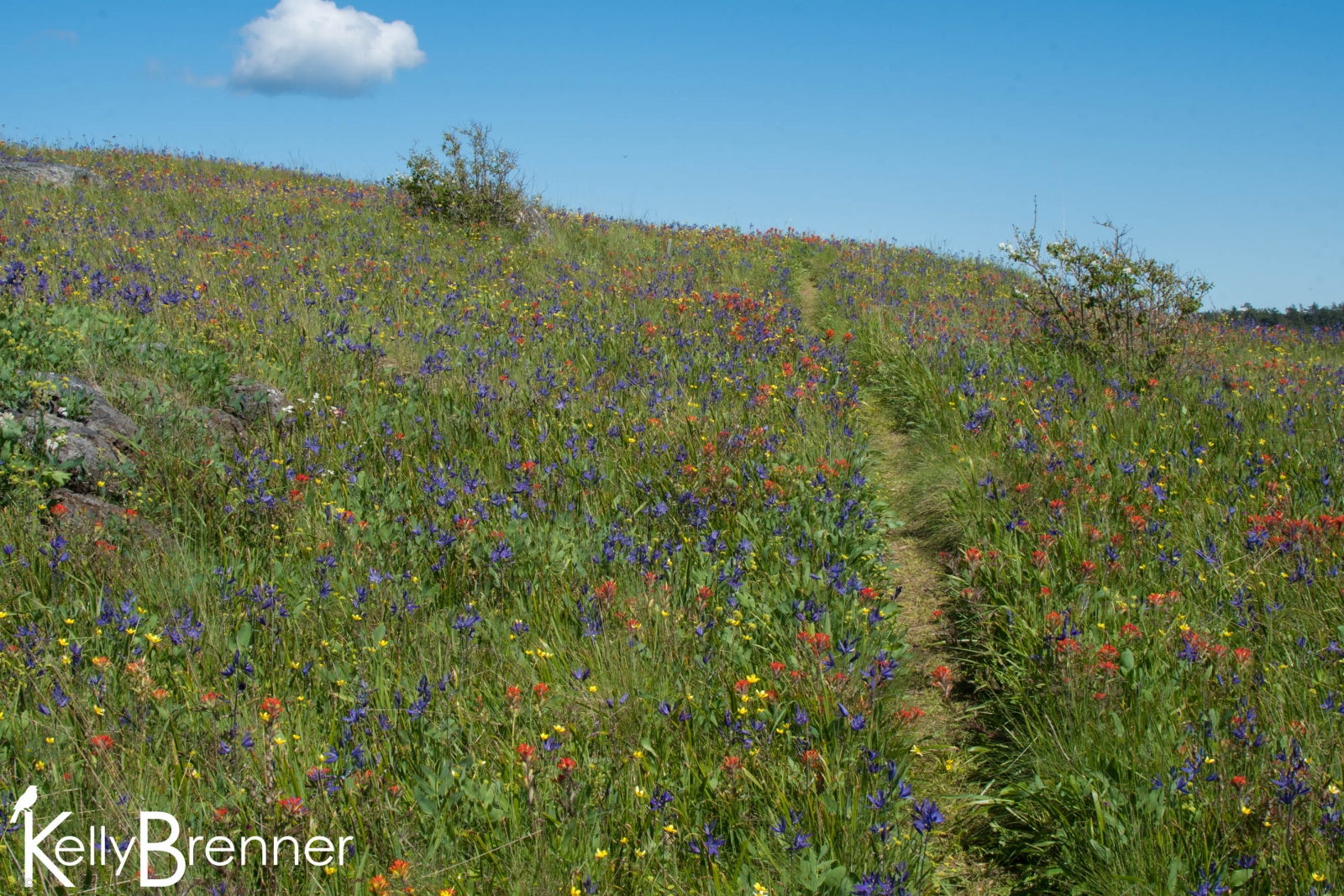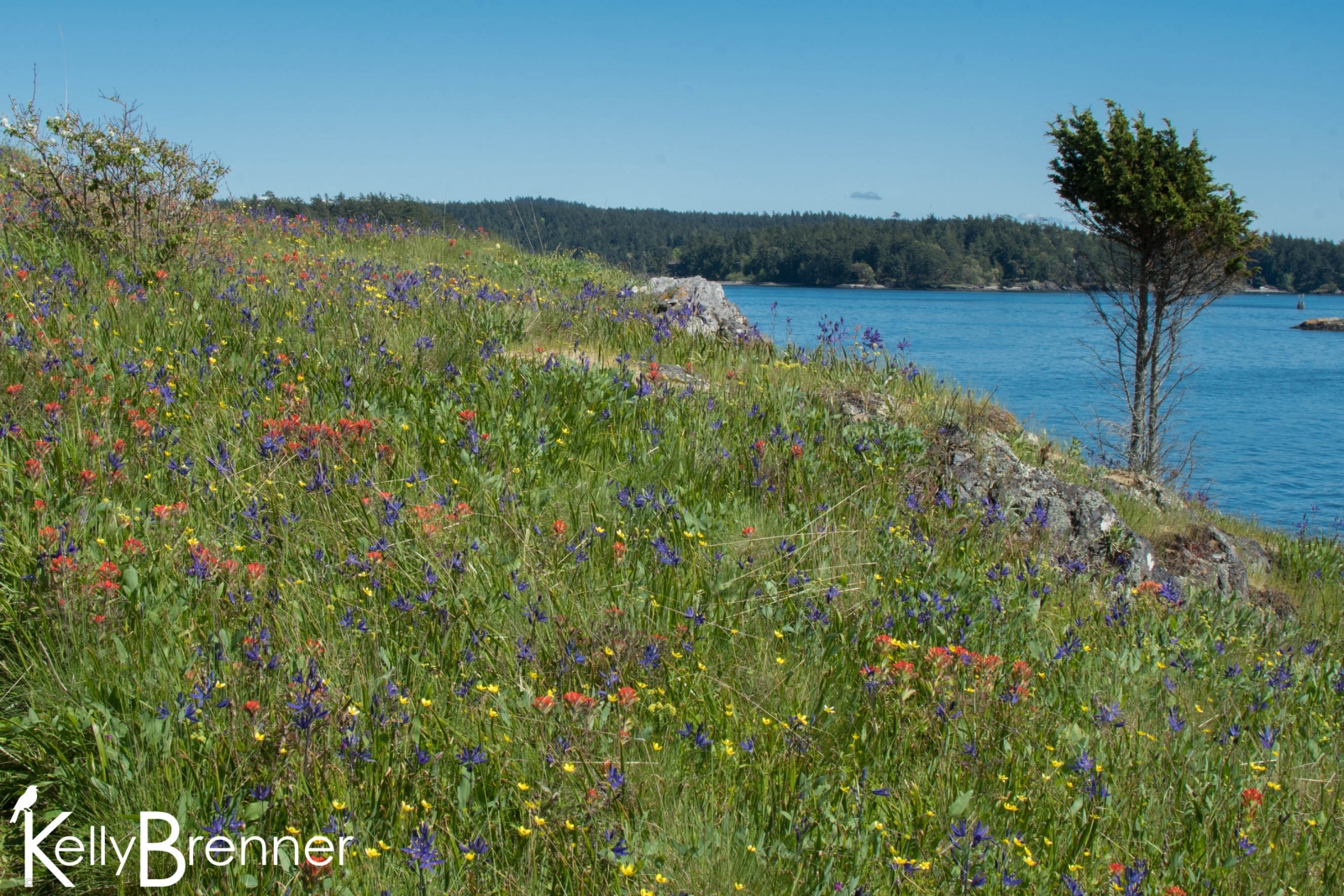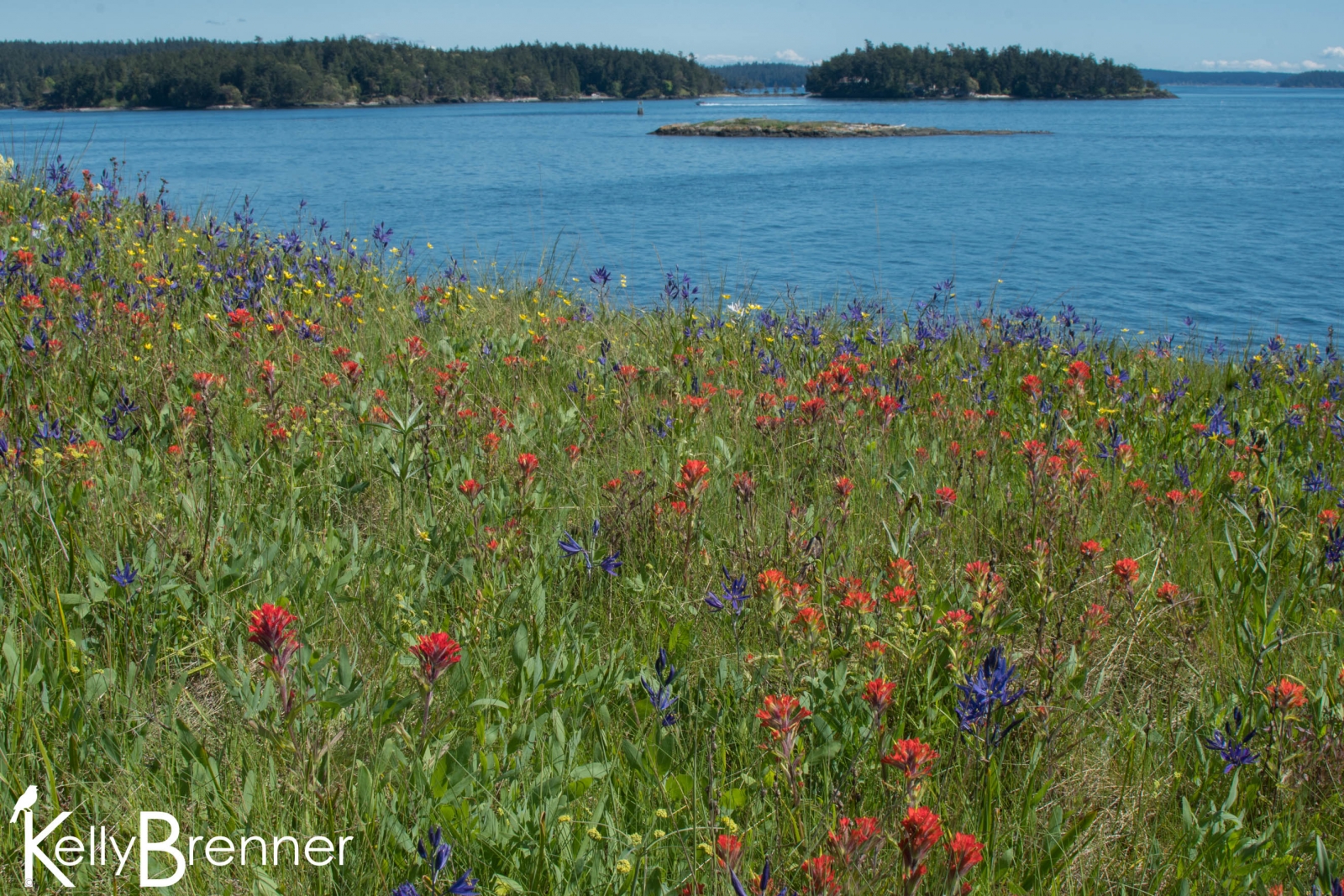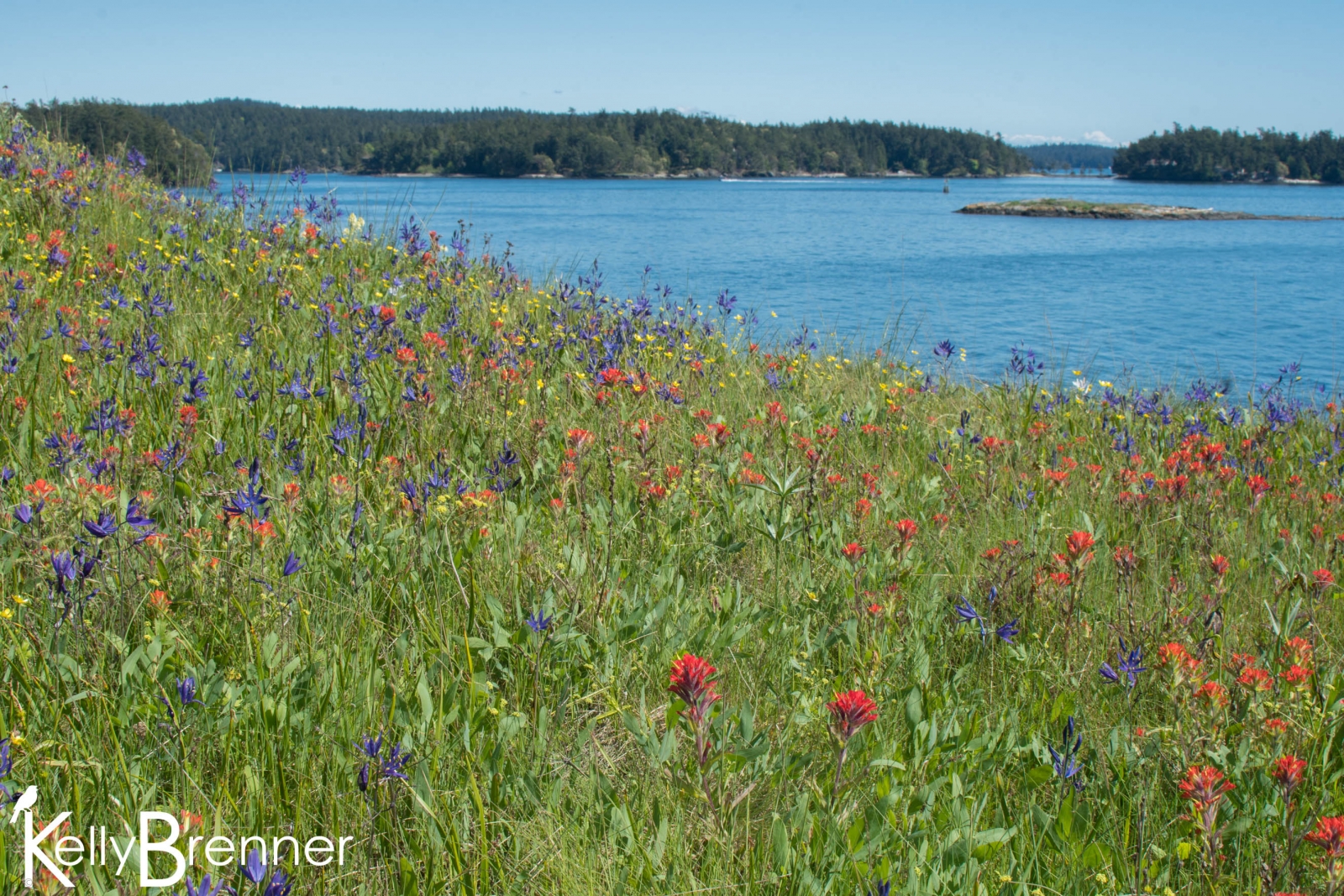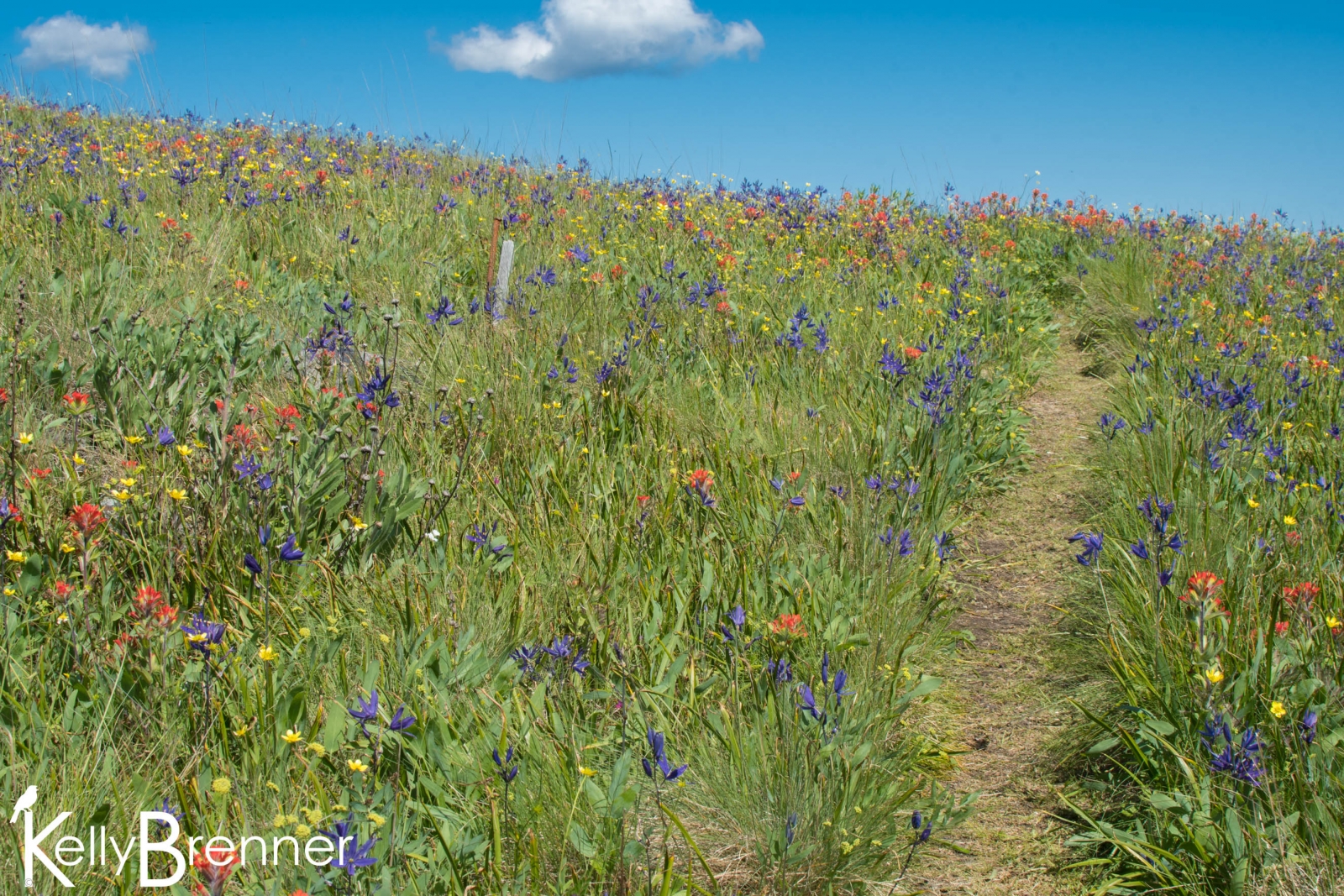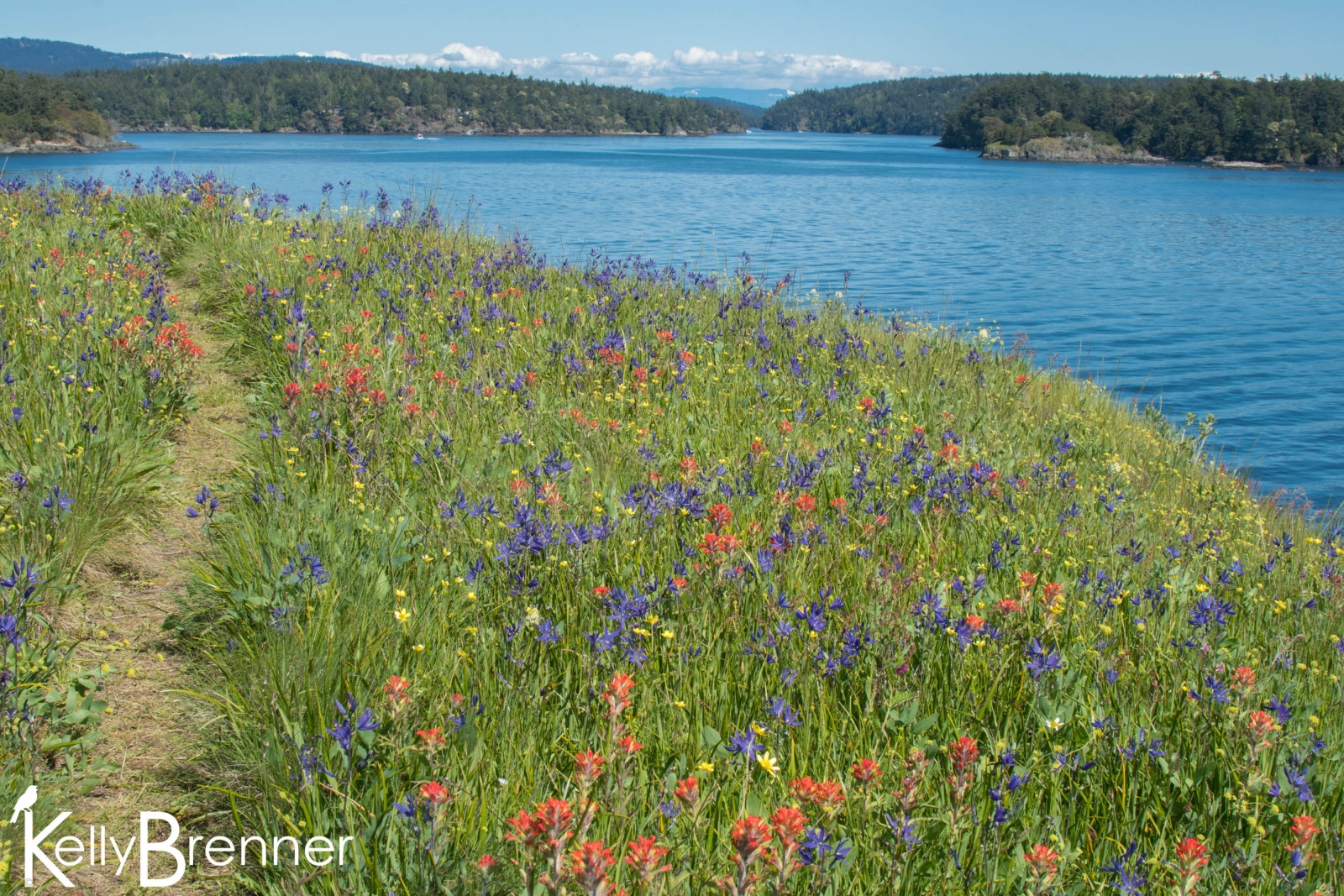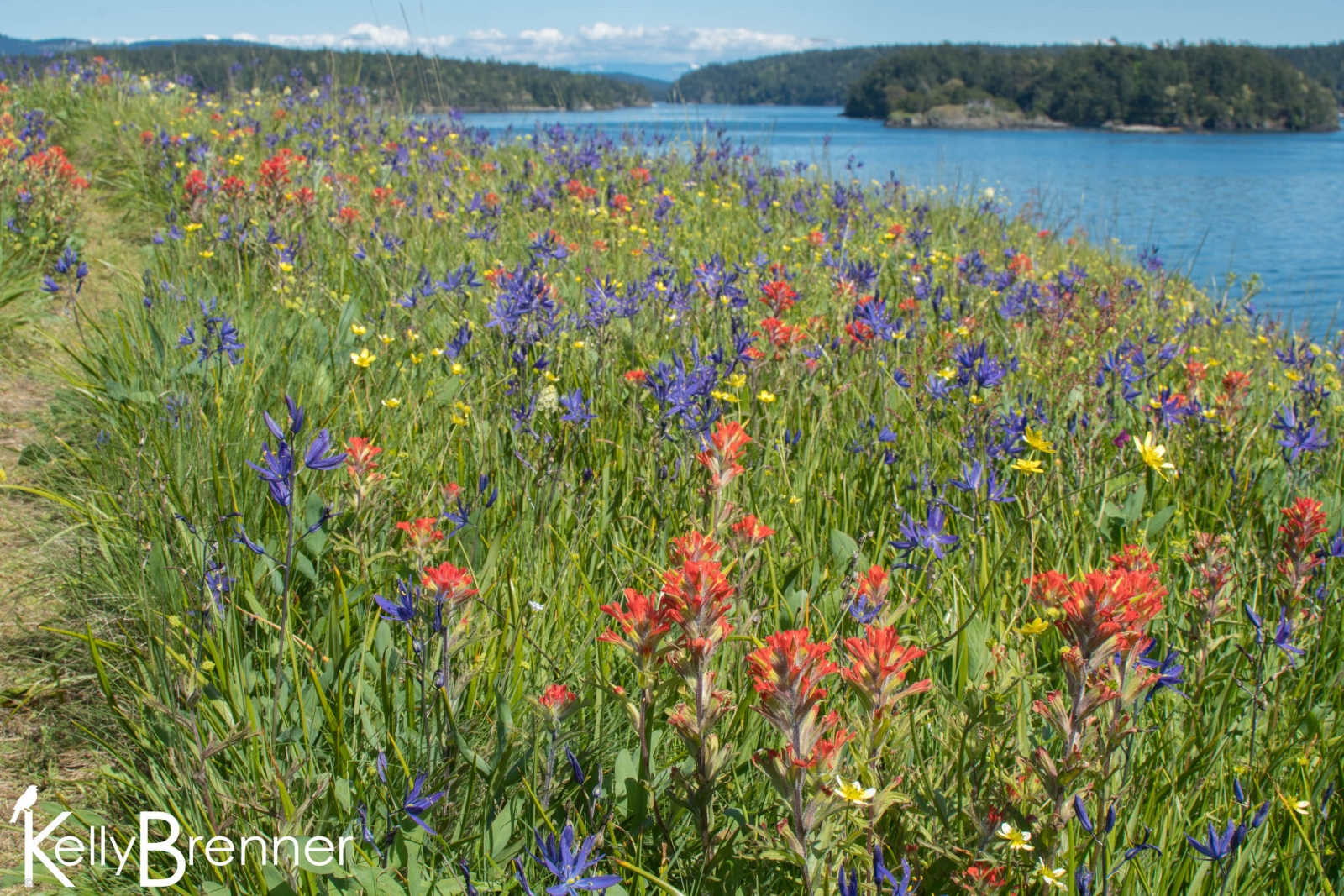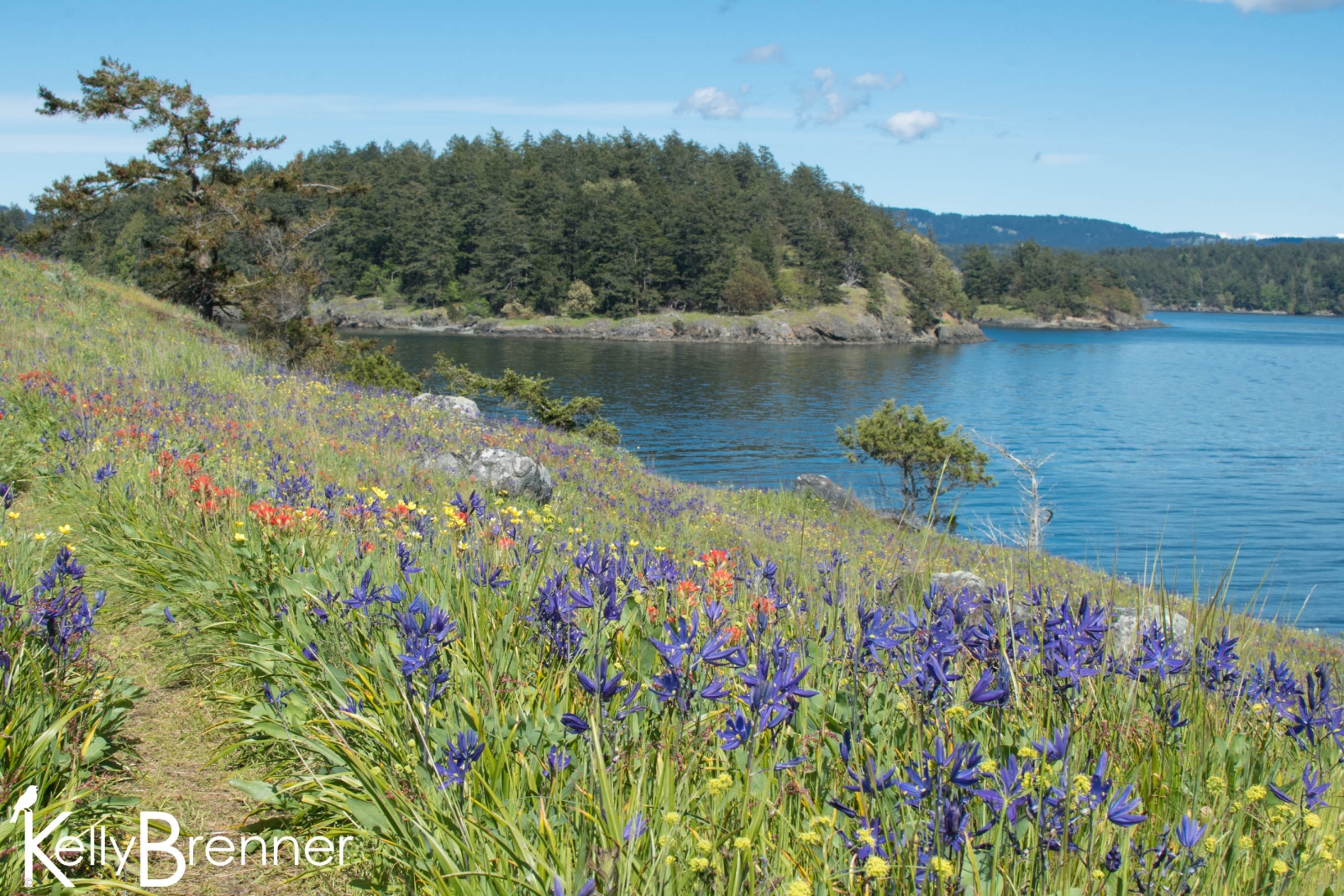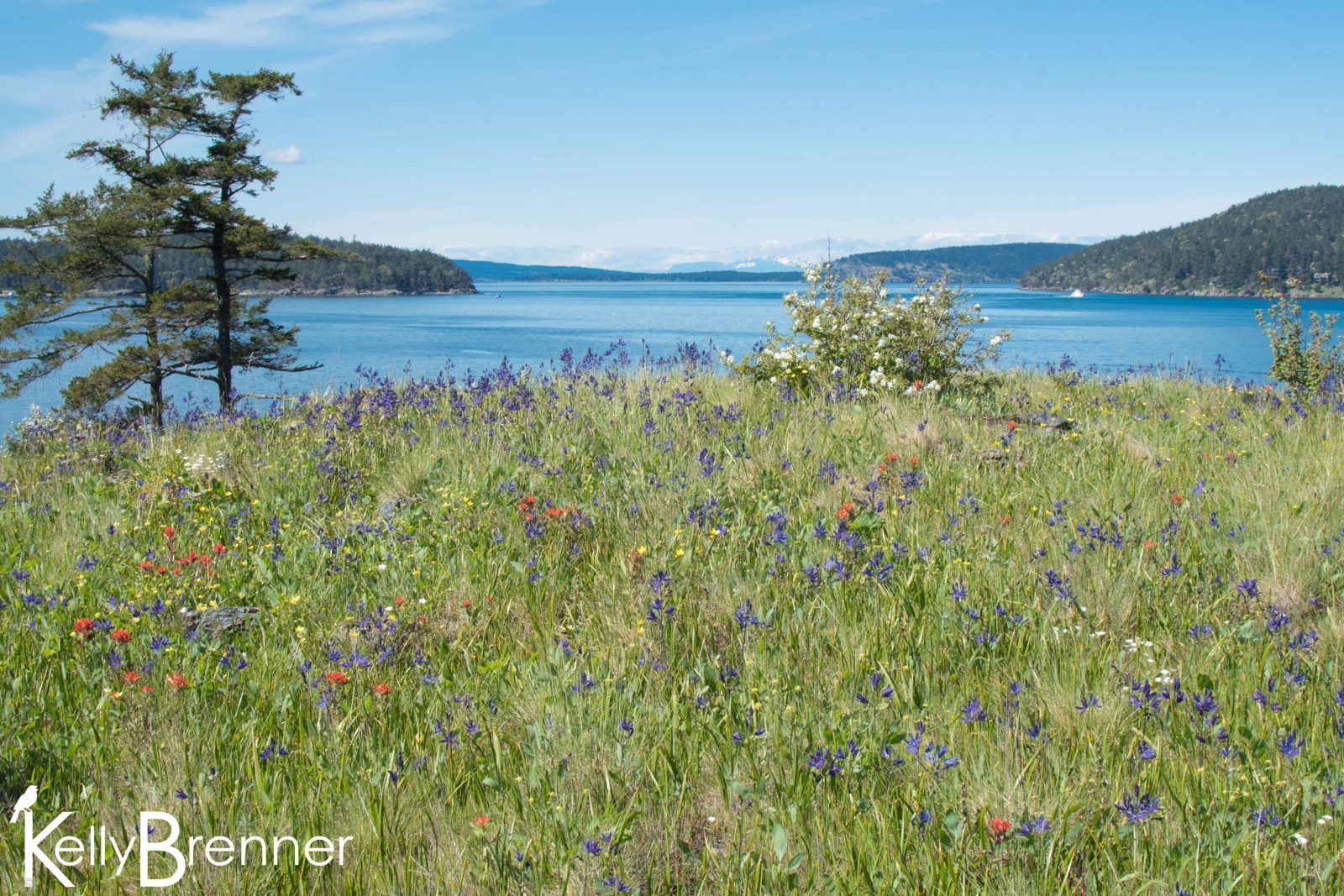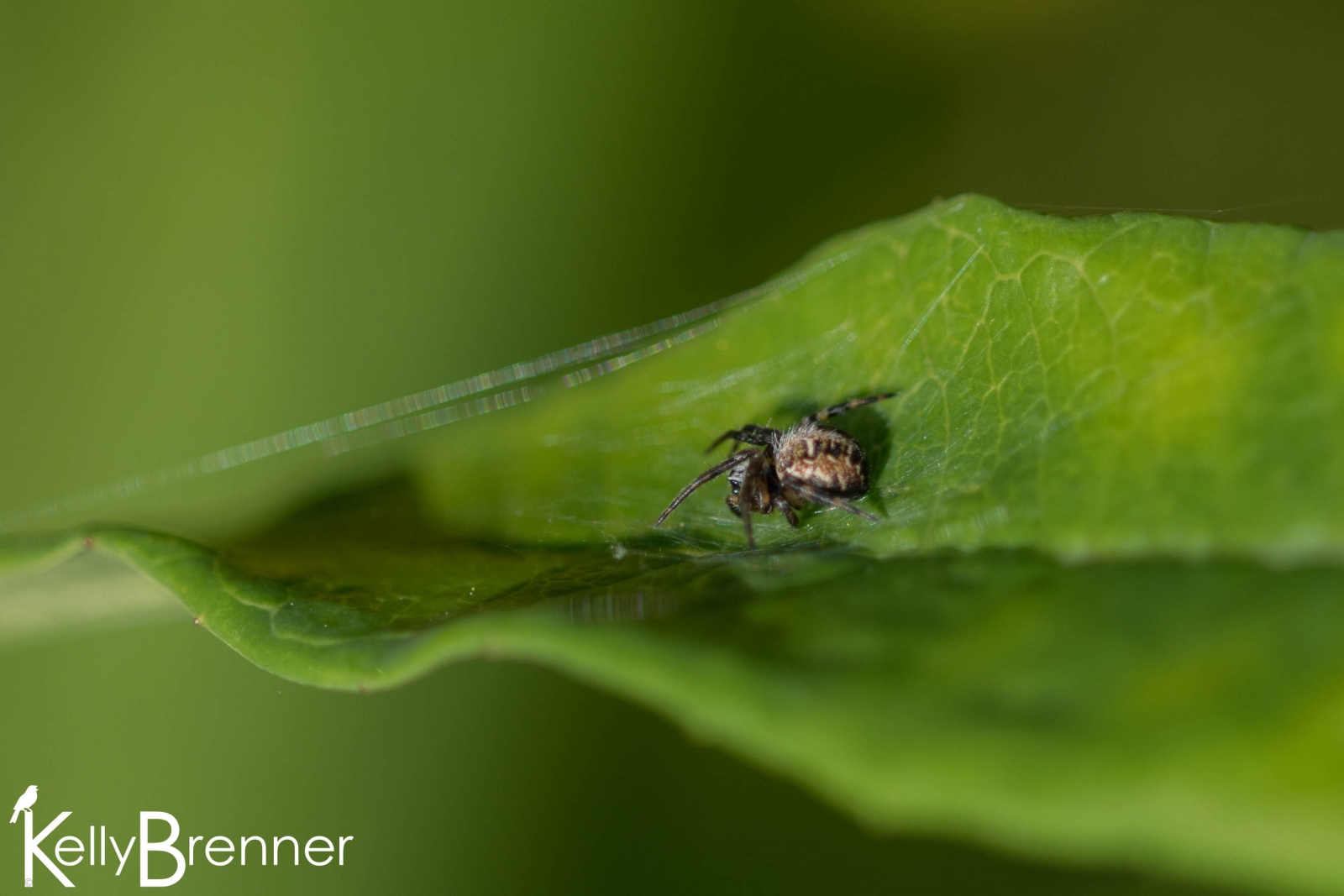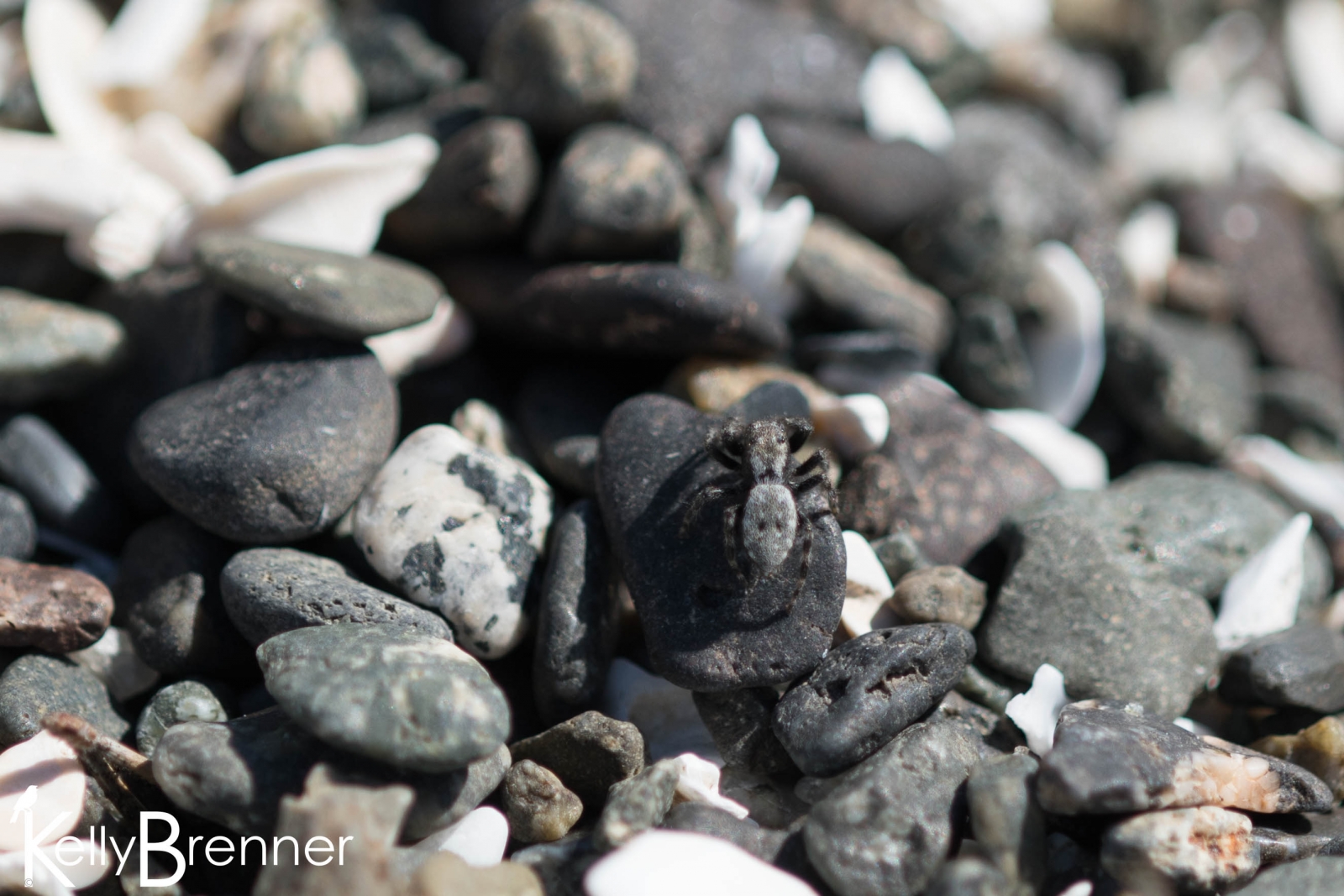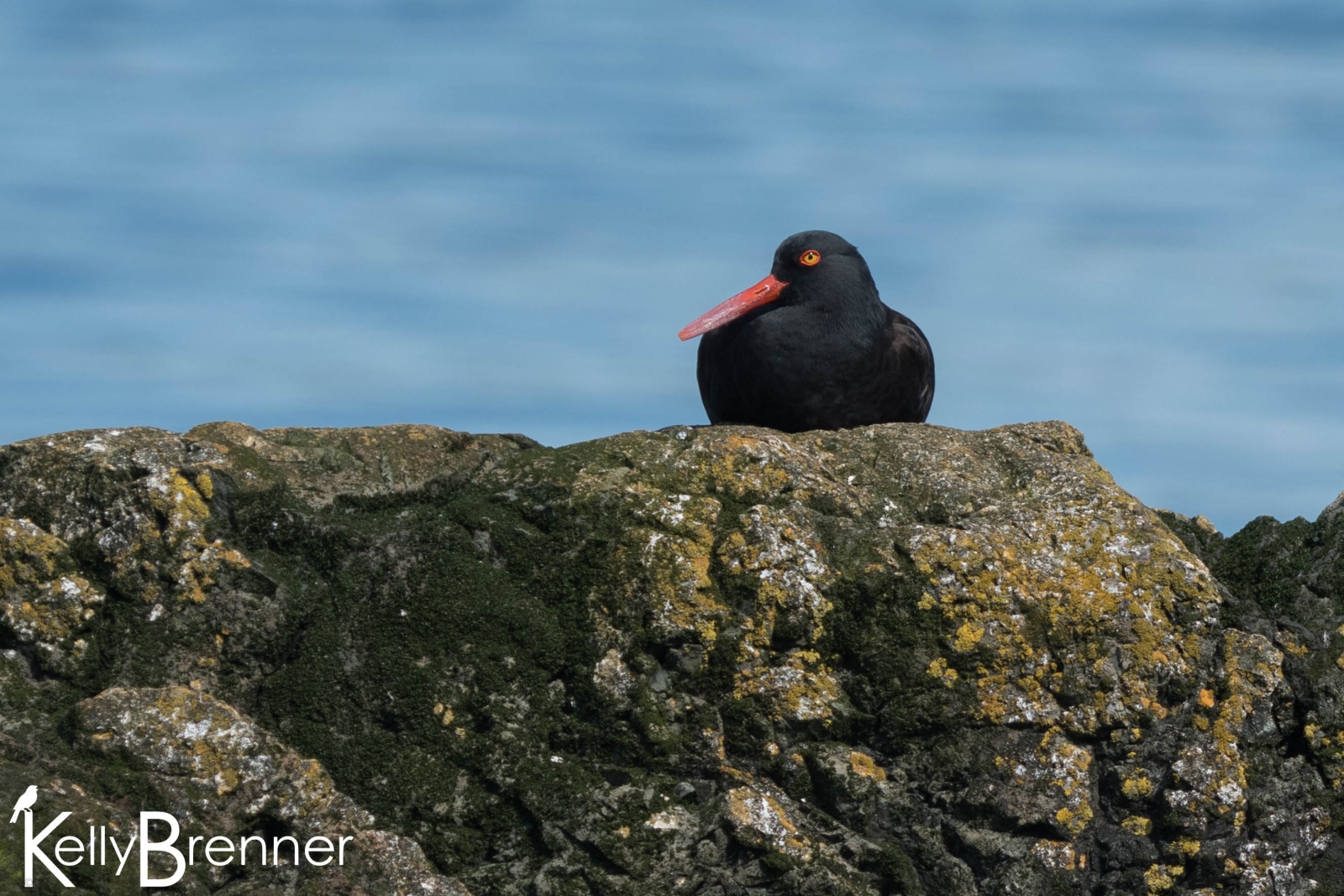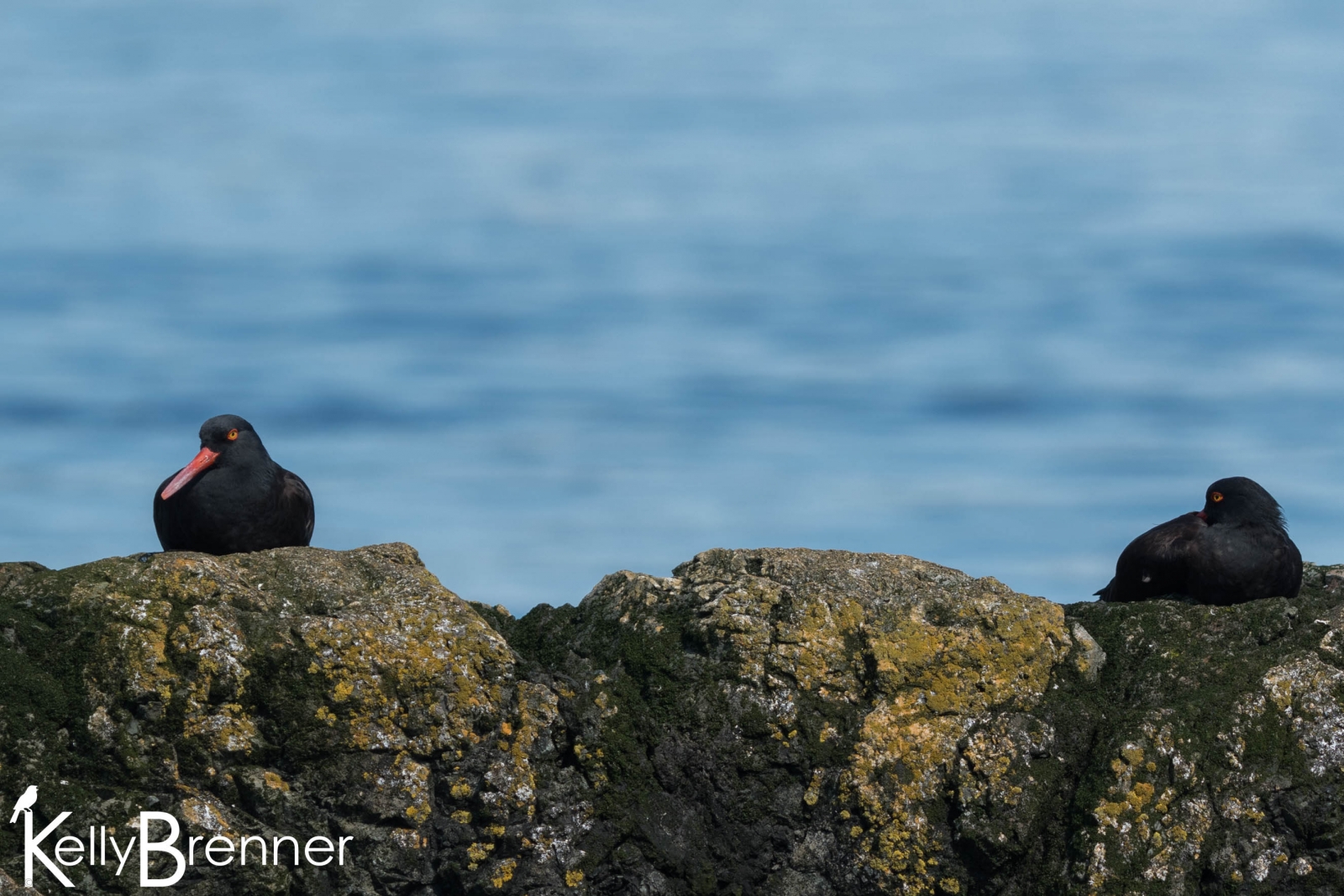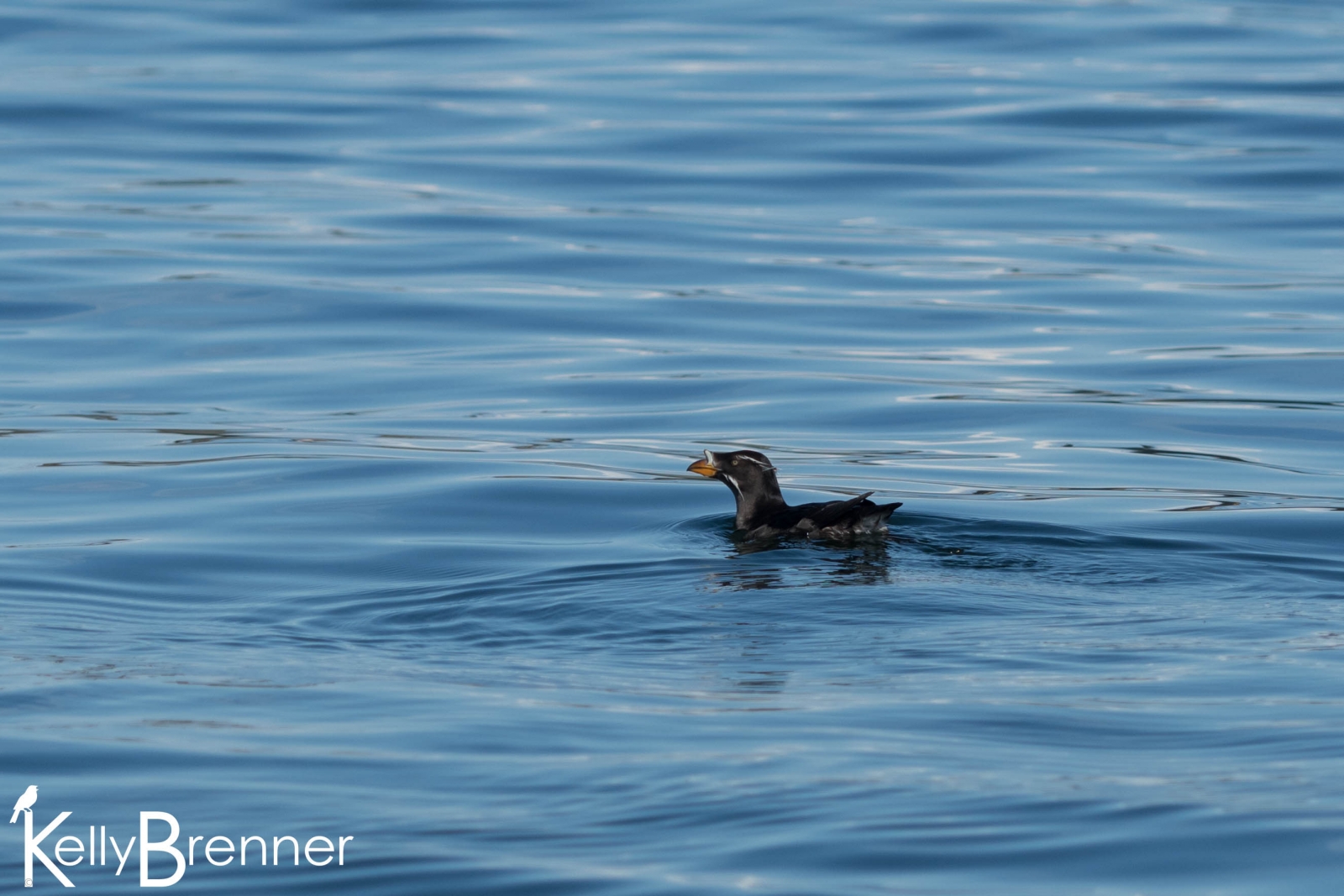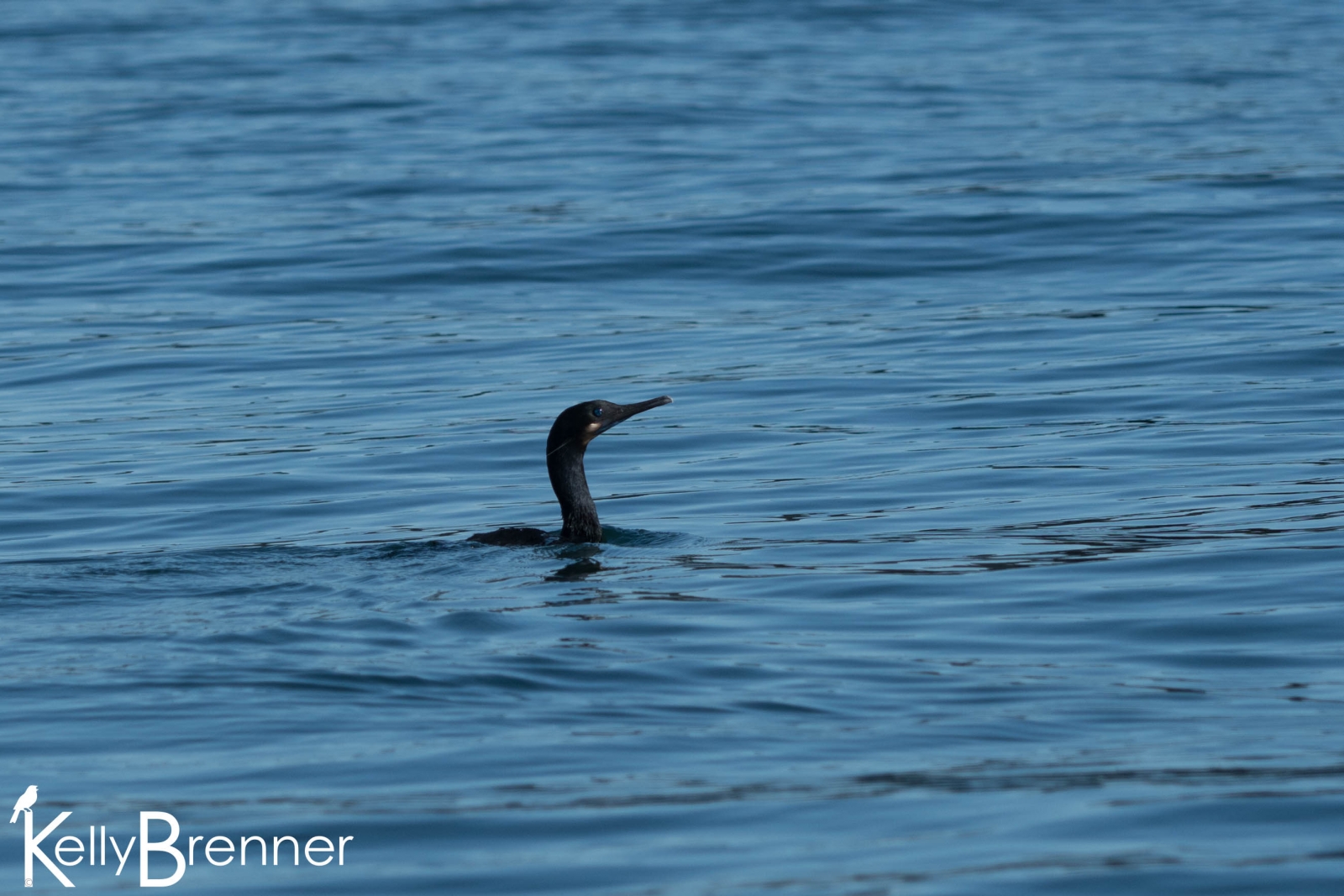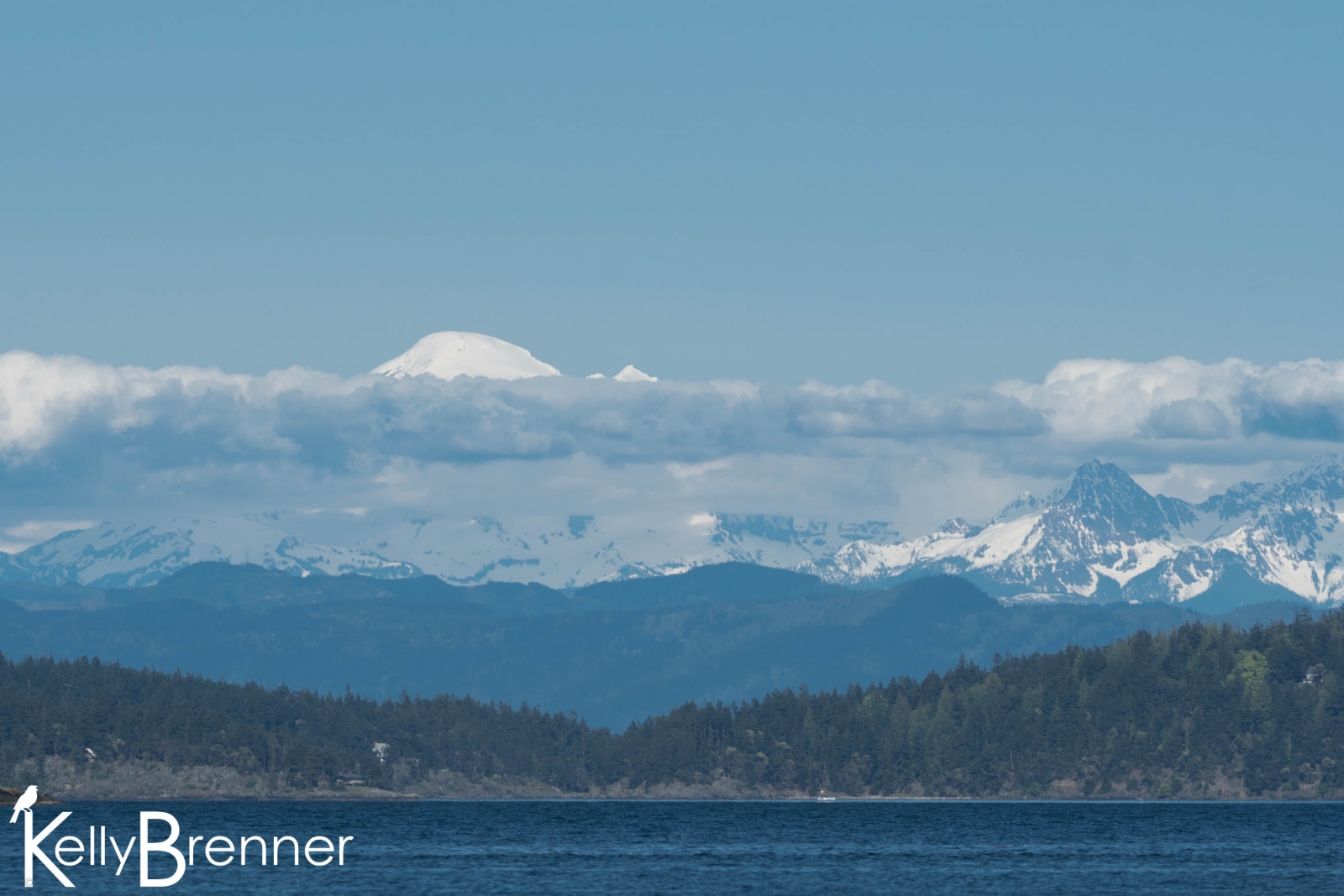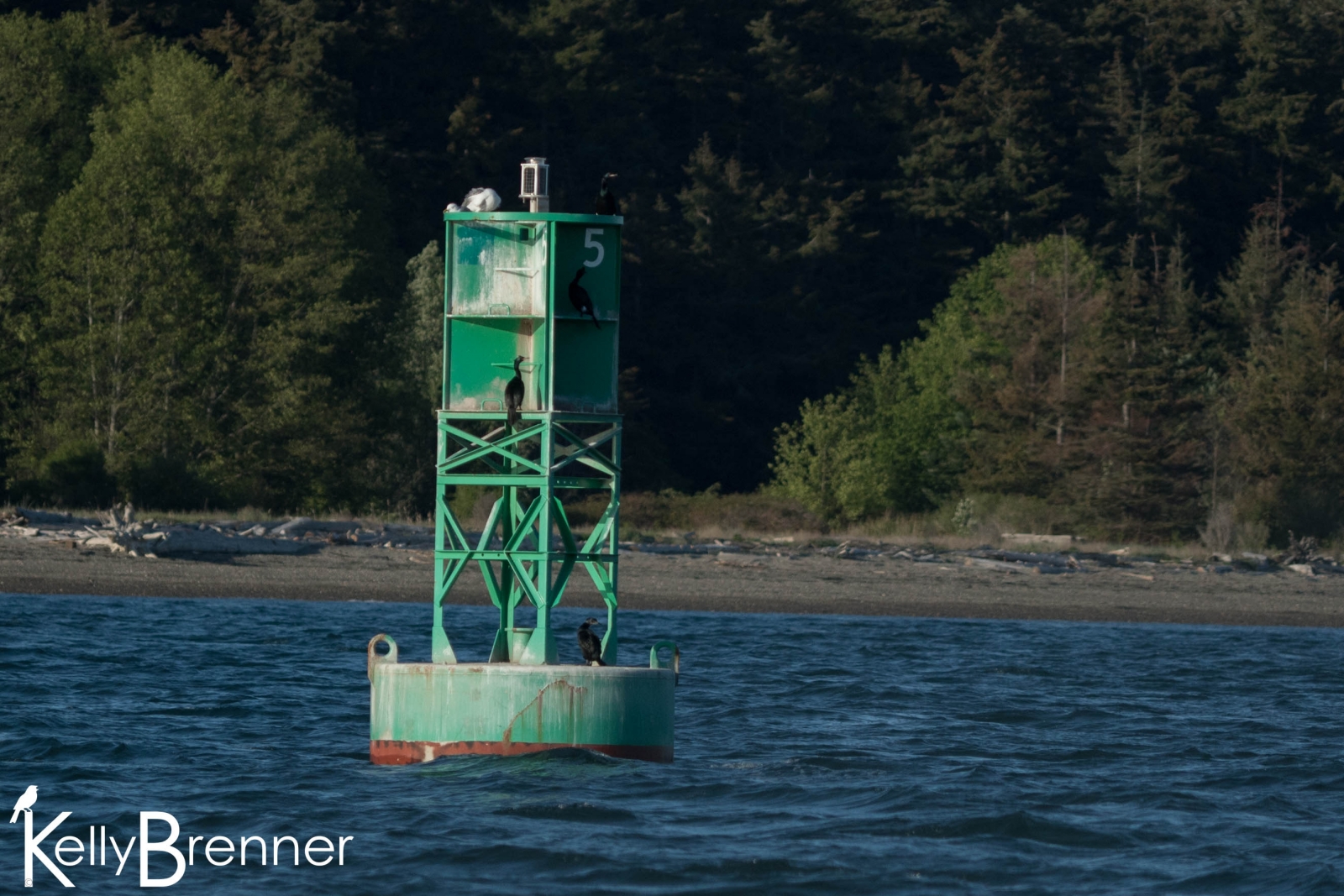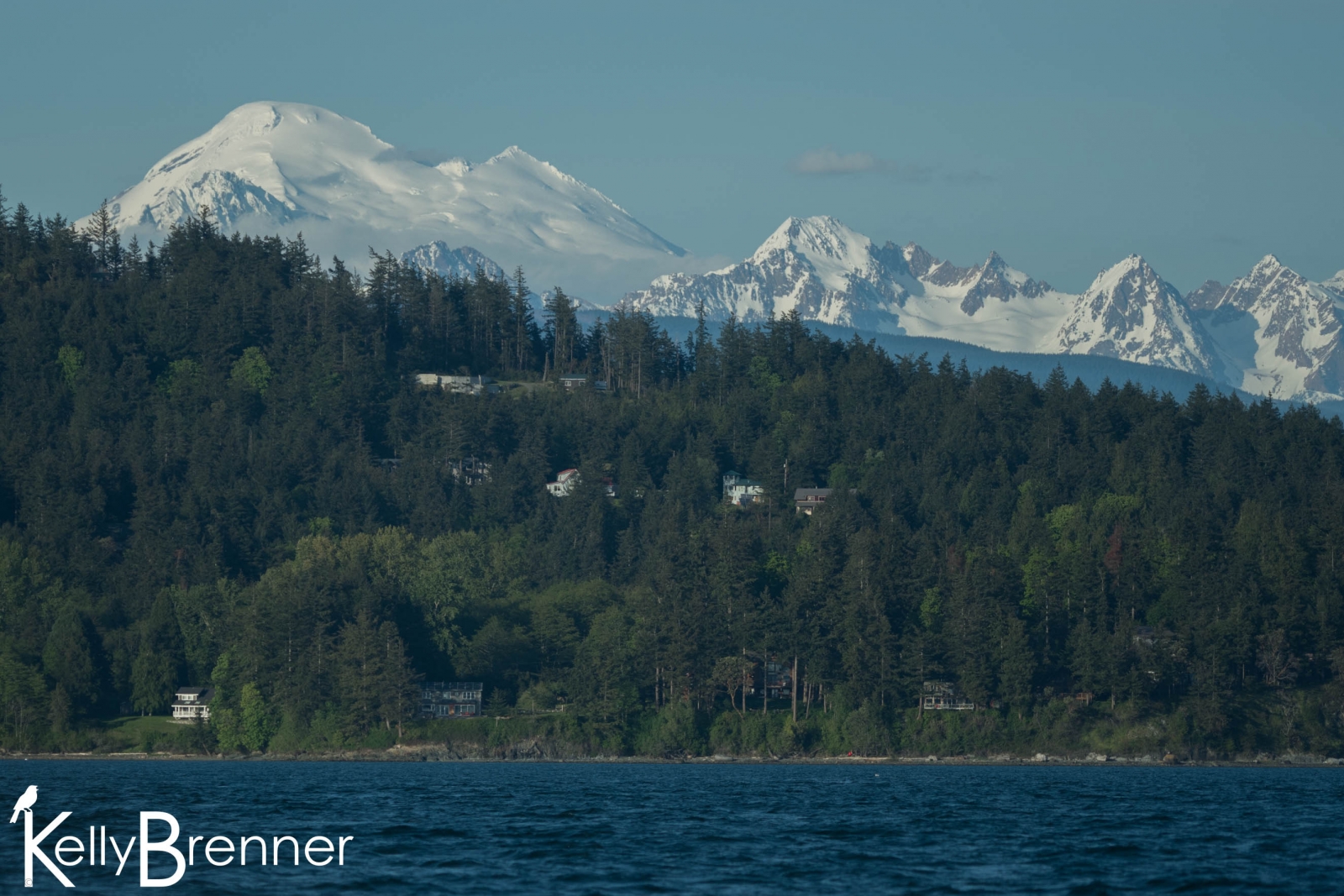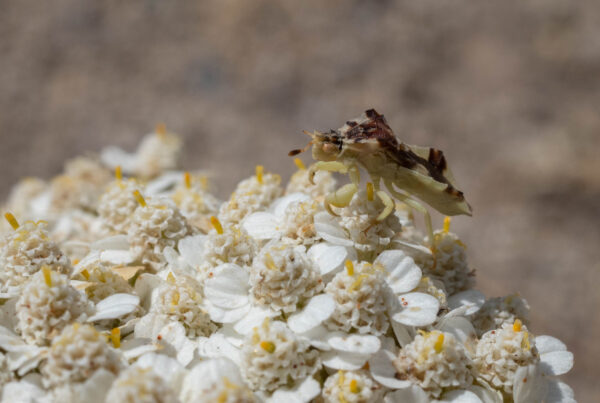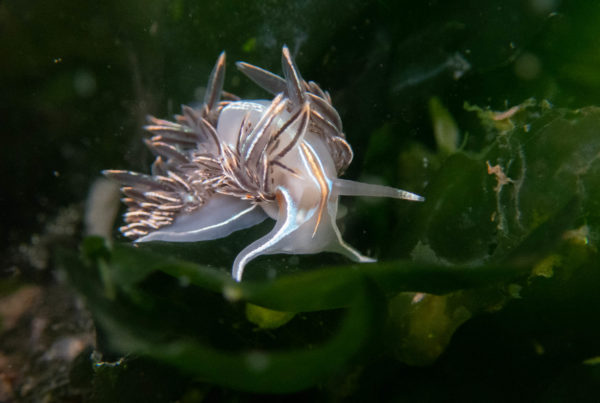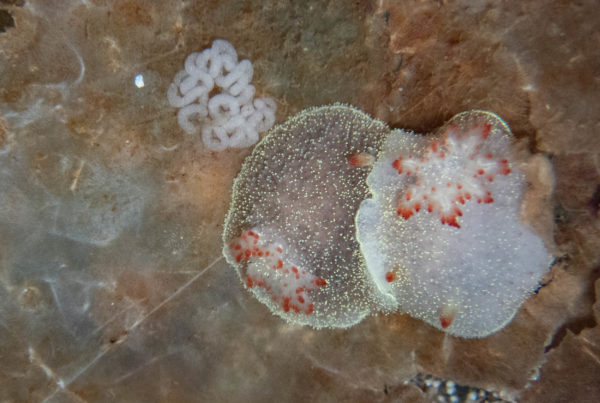In the middle of May I was fortunate enough to sail aboard the Orion, a beautiful sailboat which tours the San Juan Islands in Washington. The tour was offered by the North Cascades Institute as part of their field excursions program. I had never been on a sailboat before so it was a new experience to look forward to and although the weather forecast had the possibility of rain, the entire weekend ended up being sunny and beautiful with calm waters.
Setting Sail
We left Anacortes, located on Fidalgo Island in Washington, in the morning on Saturday. After a brief introduction and safety lesson (what to do if there’s a fire, man overboard or abandoning ship), we set off. We motored out of the harbor and around the edge of Fidalgo Island before the crew raised the sails. The boat wove through the San Juan Islands, first between Blakely and Decatur Islands. There weren’t a lot of birds in the water and most of them flew away whenever we got anywhere near them. But I was able to spot Pigeon Guillemots and Pelagic Cormorants as they ran across the water before taking flight. We slowly sailed by the rocky shores of islands topped with Douglas Fir trees and soon passed Lopez Island. A pair of American Oystercatchers called as they flew in front of the boat and we spotted a Harbor Porpoise in the water and a trio of Surf Scoters. A pair of Rhinoceros Auklets swam away from the boat, watching us over their shoulders. I could see the long, white whiskers of their breeding plumage and the white ‘horn’ on their beak. We spotted several Bald Eagles and a kettle of Turkey Vultures circling over the islands. We slowly sailed between Shaw and Orcas Islands, occasionally motoring.
Jones Island
As we shimmied between Orcas and Shaw Islands we could finally see Jones Island, our first destination where we were going to spend the night. Because the dock was currently full, we had to be shuttled to the island in turns on the dingy. As soon as I hit the shore I started looking at the tide pools along the beach. I found many of the regulars residents of Puget Sound tidal shores; barnacles, limpets and a few mussels. I noticed large numbers of a microscopic animal in the small pools, swimming around. They had a reddish hue and moved in jerky movements, similar to the freshwater cyclops I’ve watched.
After setting up our individual camps we went for a short walk across the island. We first took the trail through the center of the island, a forested path surrounded by Douglas Firs heading south. In a short time we reached the opposite side of the island where we were greeted by an apple tree orchard and a view of Yellow Island, our destination the next day. We followed the trail along the west side of the island passing by Gary Oaks and open rocky areas filled with the white flowers of Death Camas. The large boulders between camas were covered in various mosses and lichens. Many of the lichens had cups of their fruiting bodies formed. The circular white lichens were most noticeable, but if I looked closer I could see darker, more unassuming lichens in between. There were small, bumpy black lichens and tiny yellow lichens as well.
Along the cliffs, Pacific Madrone and Douglas Firs grew among the boulders. Growing on rocky outcrops, Broadleaf Stonecrop bubbled up out of the cracks as the yellow flowers of monkeyflower sprouted between them. Further along we found long chains of lichen dangling from the trees over the cliff edges. The lichens were interesting because the strands grew together, in a honeycomb pattern.
We returned for dinner before once again walking to the cliffs along the west side of the island to watch the sunset. We perched on the hill sitting in silence as the sun retreated behind the hills of the distant islands. In the water below us, a half dozen harbor porpoise wheeled their dorsal fins out of the water over and over as we watched and in the silence we could hear Steller’s Sea Lions bellowing, their calls carried across the water from Spieden Island. As it grew dark we made our way back to camp.
The Mating Cove
The next morning I unintentionally woke up early and was glad I did because the dawn chorus was robust. I lay in my warm sleeping bag listening as the cool morning air made getting up undesirable. As the chorus slowed I finally gave in and got up in the chilly morning and made my way outside. The grass was dewy and my tent was damp and I made my way down to the beach of the small cove as the sun rose over the trees. I checked the tide pools but it was still dark and hard to see. On the other side of the dock I noticed a few Pigeon Guillemots active in the cove chasing one another. I slowly walked along the rocky beach and stopped moving so they would ignore me and return to swimming close to the shore.
They did return and I watched as one would swim near another and open its beak, the sharp tips becoming the top of a ‘V’. Then they would utter a series of sharp cries, sometimes accompanied with them standing tall and flapping their wings. I realized I was watching their mating rituals. If a third guillemot intruded, one half of the pair, presumably the male, would first ignore it and if that failed, chase it. The chases were quite fun to watch as they raced all over the cove before, with wings and orange feet spread wide, they would fall back into the water with dramatic splashes. After watching a few chases the pair closest to me swam very close to the shore. The female jumped up on a large rock at the water’s edge before being followed by the male. Without fanfare they copulated briefly before jumping back into the water. The act was followed immediately by vigorous bathing and splashing.
I watched two fly up onto the rocky cliffs over the bay, the first disappearing into a hole, the second landing on a flat surface for only a few moments before returning to the water. Not only was this cove used for mating, but the cliffs apparently would be used for nesting. While I watched the guillemots, I noticed a Rufus Hummingbird buzzing around the rocky cliffs. Another flying animal caught my attention and I followed until it landed on a rock long the shore. It was a fly and looking closely I saw four wings and realized it was actually two flies and they were mating. I watched the guillemot’s antics for about an hour until they mostly drifted further out in the bay and stopped their calling and chasing. By that time the sun had cleared the trees and I returned to the tide pools to investigate.
Tide Pools
In the middle of the beach a cluster of boulders and rocks created a nice set of tide pools, many high above the level of the beach. I spotted some of the same creatures I’d first noticed after our arrival the day before, barnacles and limpets, but as I looked I saw more and more. There were many periwinkle snails, red and green amphipods, several types of limpets, and chitons. I inadvertently dislodged one limpet from the rock with my foot and watched as it righted itself, stretched its foot back to the rock and pulled the shell back over itself. Floating on the surface of one pool I noticed the shed molted skin of barnacles, which I had first noticed at Saltwater State Park recently. There were hermit crabs everywhere, some peaking out from under seaweed, others clinging to the sides of rocks. All were busy consuming the tiny things growing in the saltwater pools.
The tide pools were a mess of shapes and colors and the longer I sat and simply looked, the more that was revealed to my eyes. I noticed tiny chitons, half an inch long, perfectly blended in with the rocks. I probably sat for five minutes looking at one pool before I finally noticed the sculpin an inch from my foot. Quick movements exposed a reddish brown shrimp and a green one following behind. The sun shone right through the green shrimp creating a wonderful green shadow underneath it. Later I consulted my books and learned the green shrimp was a Sitka Shrimp.
In another pool I caught the slightest movement and noticed the tiniest fish. They were like miniature sculpins and in fact may very well have been very young ones. They were probably no more than a quarter of inch long and perfectly blended into the background they were resting against. A greenish fish on a greenish background, a yellow tinged fish against the yellow rocks. I discovered later after some research that the Tidepool Sculpin can change colors to blend in.
I only spotted one Ochre Sea Star during my searching. Near the end of the rocks I noticed a moon jelly floating wrong-side-up near the shoreline. Shortly after I found another washed up on the beach while nearby I discovered a pile of shrimp. The shrimp were all missing their back half, only their legs and fronts were left discarded on the shore. Some were dumped on the beach, others had been reclaimed by the water and floated slowly in the waves. I assume they had been harvested by people as they were the Spot Shrimp, a common commercially harvested shrimp in Puget Sound. Near the end of my exploration I noticed a red speck running across one of the pools and realized it was a tiny mite.
The Bellowing Lions
We returned to the sailboat and left Jones Island, heading west. Before going to Yellow Island we were being taken by Spieden Island, just to the west of Jones Island, where the bellowing sounds of the Steller’s Sea Lions had come from the night before. On the way we saw Harbor Seals and a small group of Harbor Porpoise before they disappeared as another boat approached them. As we neared Spieden Island we could see the large masses of the sea lions hauled up on the bare rocks along the shoreline. Around eight males laid basking in the sun or propped up on their font flippers in a stoic pose. Another couple sat half in the water while I saw another few others tumbling about off the end of the rocks in the water. At least two more swam further out in the water.
We quickly saw what the noise was about as none stayed still for very long. One would roar, setting off another three or four in a chain reaction. While there were no outright fights, there was a fair amount of posturing with wide open mouths showing their sharp teeth, and bumping of bodies. While we were fairly close, we were still not quite close to truly appreciate their size. But I was able to easily recall the time I encountered up close an adult male Steller’s Sea Lion, impressively large animals.
Wildflowers on Yellow Island
We slowly floated towards Yellow Island, watching it grow larger and larger. It differed from the surrounding islands because it had relatively few trees. While all the other islands were covered in Douglas Fir trees, Yellow Island had sparse trees, but great green expanses of low-growing vegetation. It was not a large island, only 11 acres or so in size, but we could see the color of the flowers from the boat. There was no dock so we again were shuttled onto the island in the dingy. I was among the first group ashore and started exploring the narrow beach first. Scattered amongst the gravelly beach were the molted shells of kelp crabs and floating just off the beach were a pair of Harlequin Ducks.
I made my way towards the large boulders between the beach and main body of the island because I saw they were covered in bright yellow lichens. As I got closer I could see there were several different types of lichens, three of which were yellow and orange. Some were circular, radiating thick, puffy strands of orange blending to yellow. Another consisted of orange masses of small bumps and yet another was the same orange but with more leaf-like structures. Between the blinding orange and yellows were the more subdued black and gray lichens which could easily have been overlooked as the stone they were growing on.
Once the group was assembled we began our walk around the island’s path through the wildflowers. This field excursion has been run for a few years now and the leaders declared they had never seen the island so perfect before. Because we’ve had a late spring in the Pacific Northwest this year, the flowers were perfectly blooming this weekend. All of the fields were purple with massive numbers of camas blooming. Patches of yellow buttercups punctuated the purple and hidden amongst the bright colors, Chocolate Lilies could be found subtly nodding their heads. Broadleaf Stonecrop grew up among the reindeer lichens on some of the rocky patches. Blazing red of Indian Paintbrush flowers also dotted the meadows.
A few insects buzzed around the flowers, I spotted a few bumble bees and wasps and several types of beetles plodded along the flower stems. A click beetle rested on a buttercup while some black and gray beetles mated on other flowers. In the trees we saw White-crowned Sparrows and a Brown-headed Blackbird and on the western side of the island families of Canada Geese disputed territory. Down on the beach a pair of American Oystercatchers slept while a pair of Canada Geese marched their goslings up on the shore. Out in the water a dozen Harbor Seals rested on a small patch of land which was quickly being covered by the incoming tide.
We reached the caretakers cabin and descended to the beach where I almost immediately spotted a small, reddish mammal running over the driftwood before disappearing. It was a mink. Everyone watched and after a few minutes it re-emerged running along the rocky shoreline, pausing periodically to look for whatever it was searching for. Eventually it disappeared around the corner, lost to view.
Yellow Island is a unique place in the San Juan Islands, nowhere else has a landscape full of wildflowers like that. Many people trek to Mount Rainier to see the wildflower displays there, but this small island in the middle of the Salish Sea is just as beautiful. The only downside is you need a boat to get there as no public ferries service the small island.
The Return
Our trip was over and we all returned to the Orion to begin our final voyage back to Anacortes. We motored all the way back through the chilly afternoon and evening air. I sat in the bow of the boat and watched for wildlife, spotting a few harbor porpoise, Rhinoceros Auklets, Pelagic Cormorants, a single Brandt’s Cormorant and many harbor seals. Near the end of our trip we could see both Mount Rainier and Mount Baker.
The weekend was a wonderful experience, once that is not easily repeated without access to a private boat, and I’m grateful I was able to have the opportunity to visit these islands aboard a sailboat. It was also a privilege to sail aboard the Orion with her crew. Deep Green Wilderness uses the Orion almost entirely for educational programs, often taking kids out into the Salish Sea “using science and the sea to inspire stewardship”. Thank you Captain Kevin.

